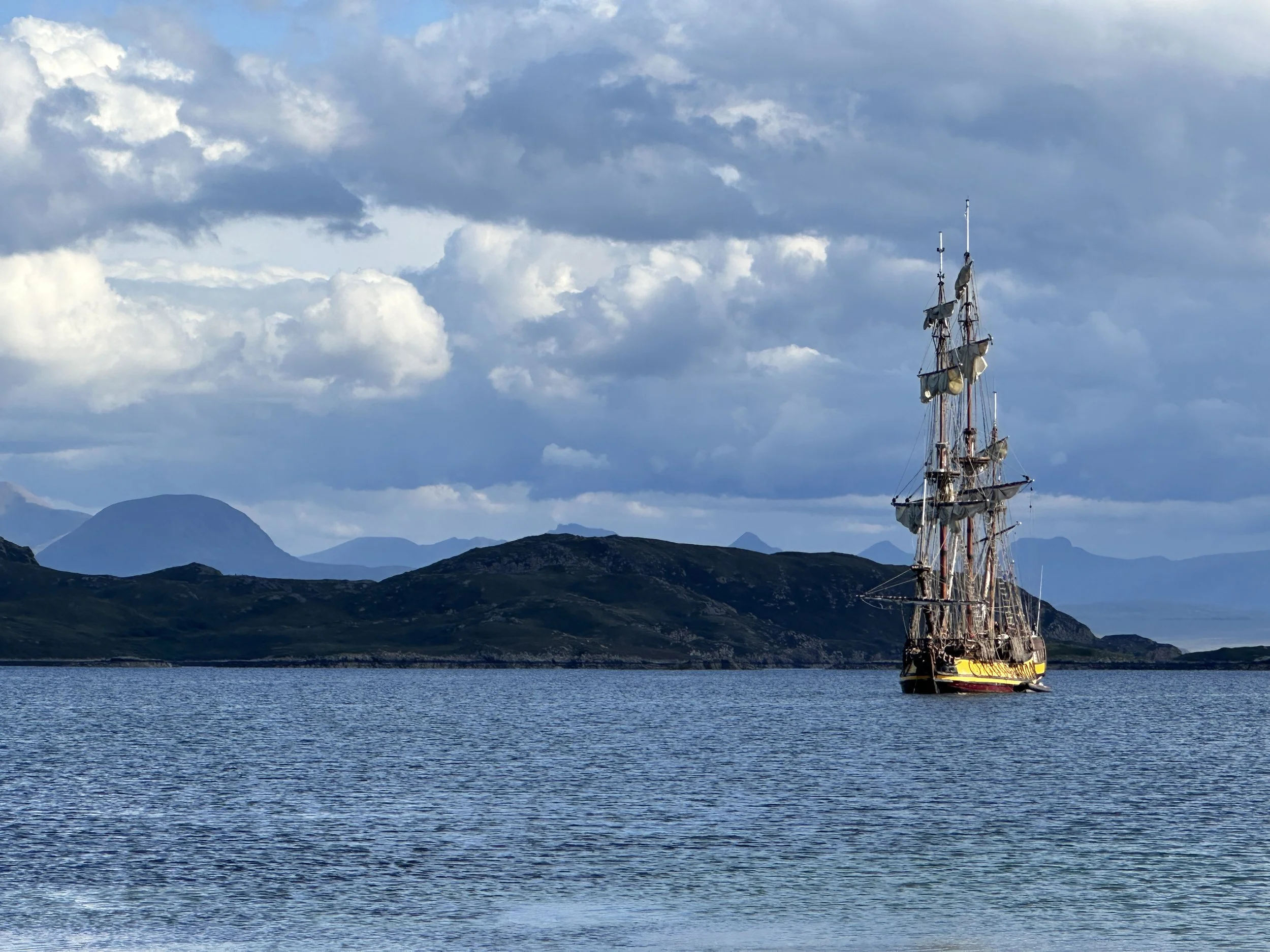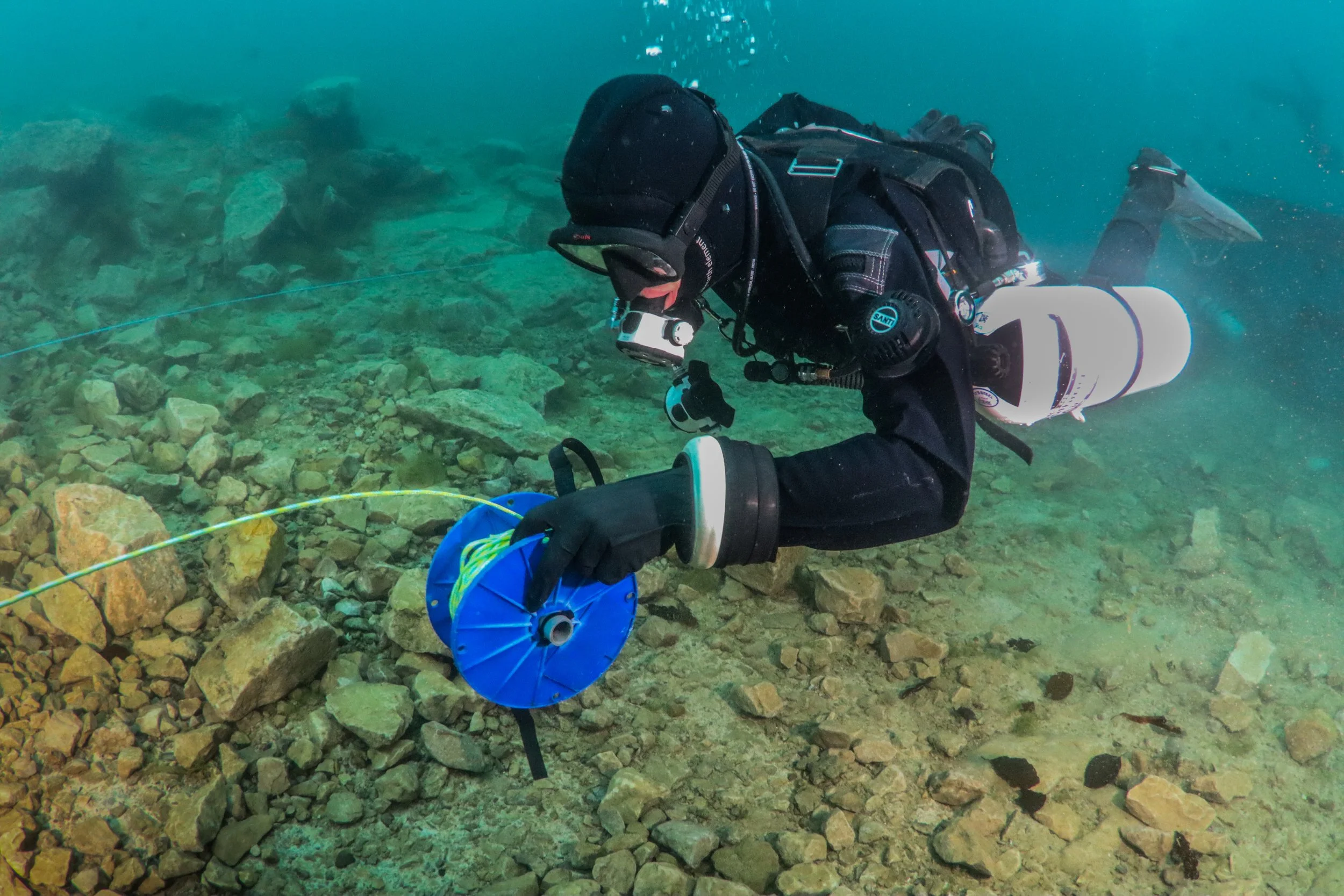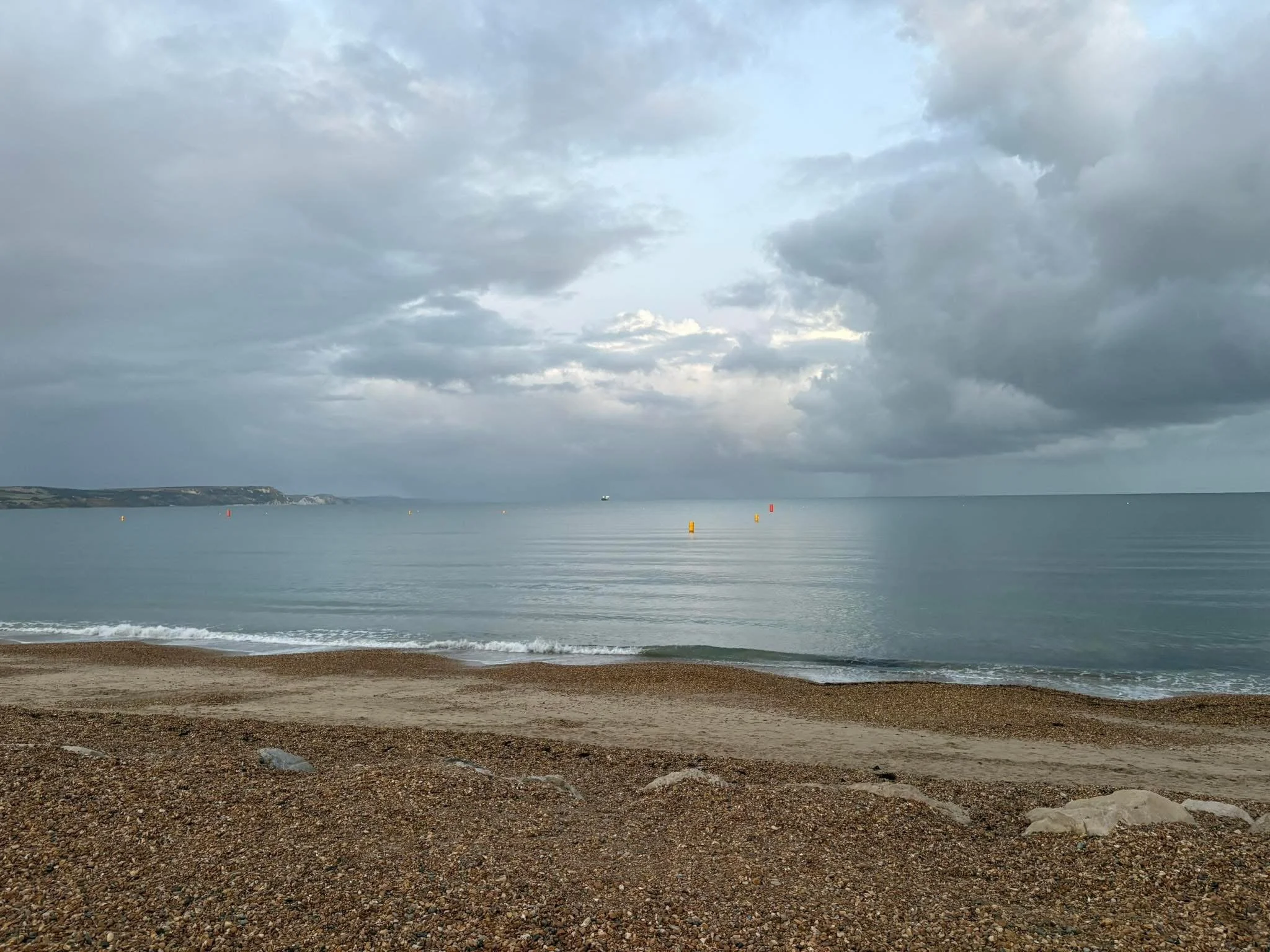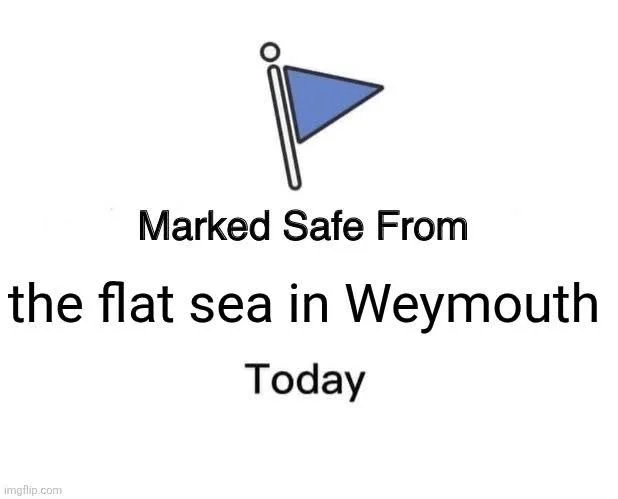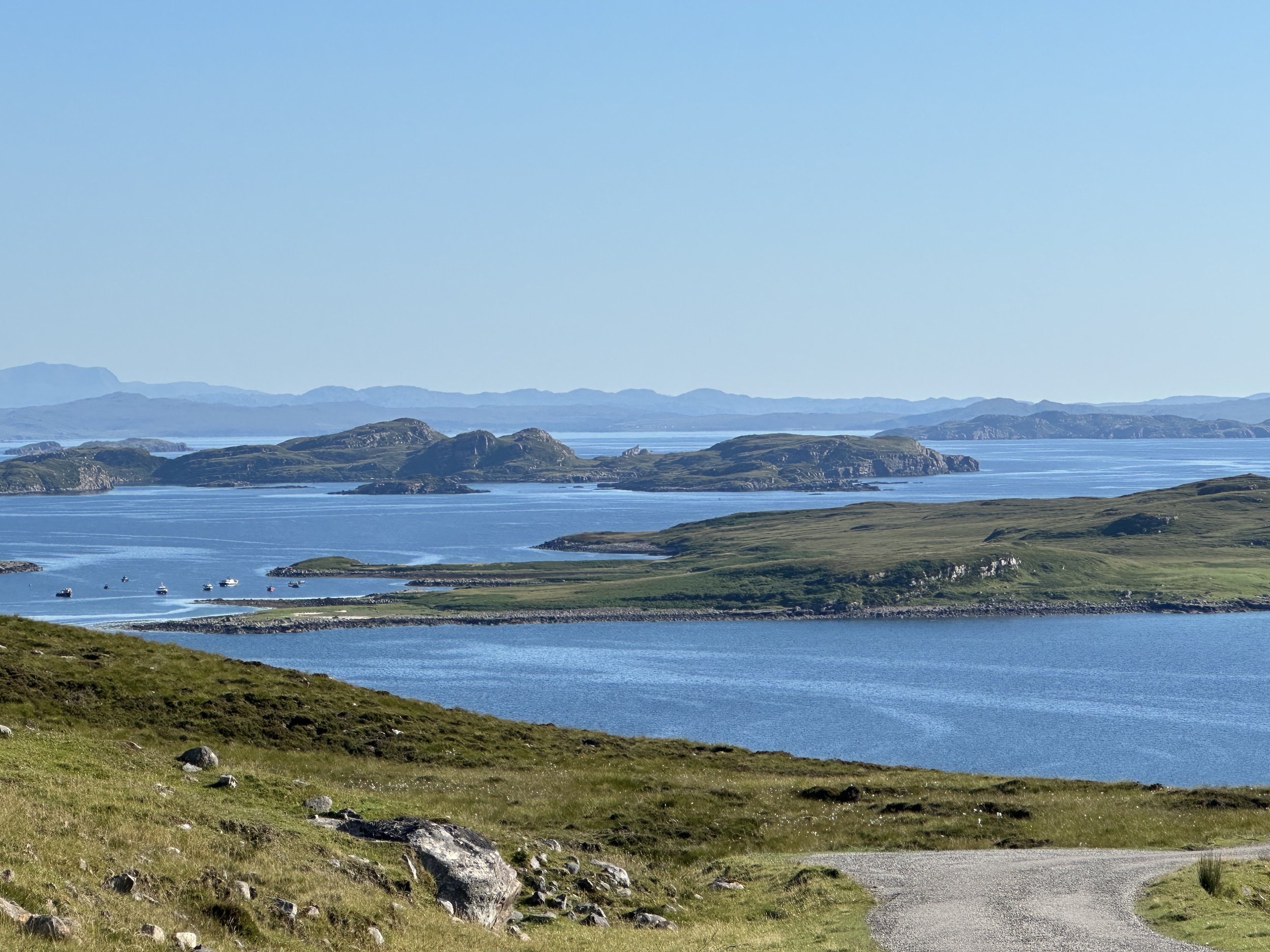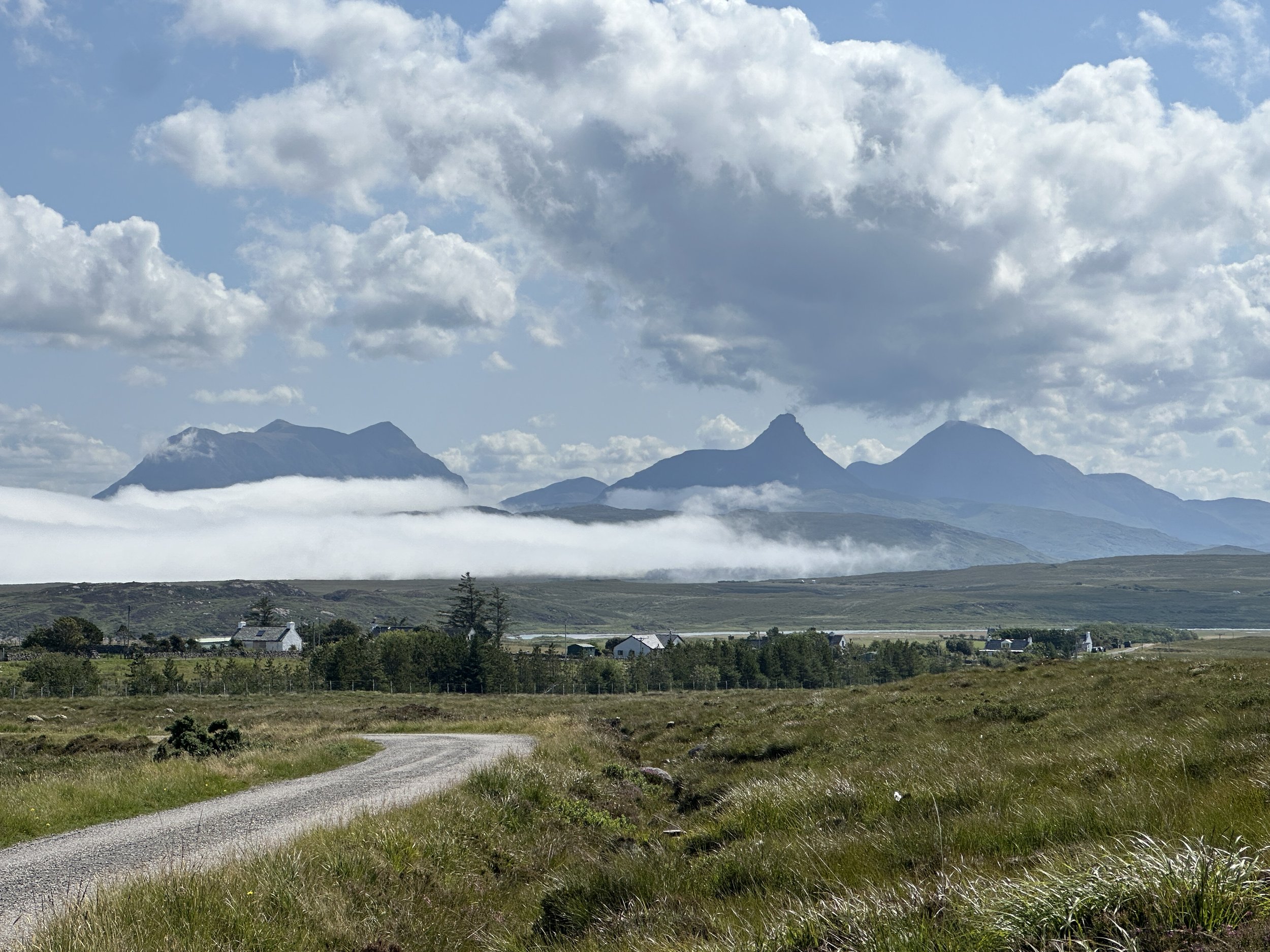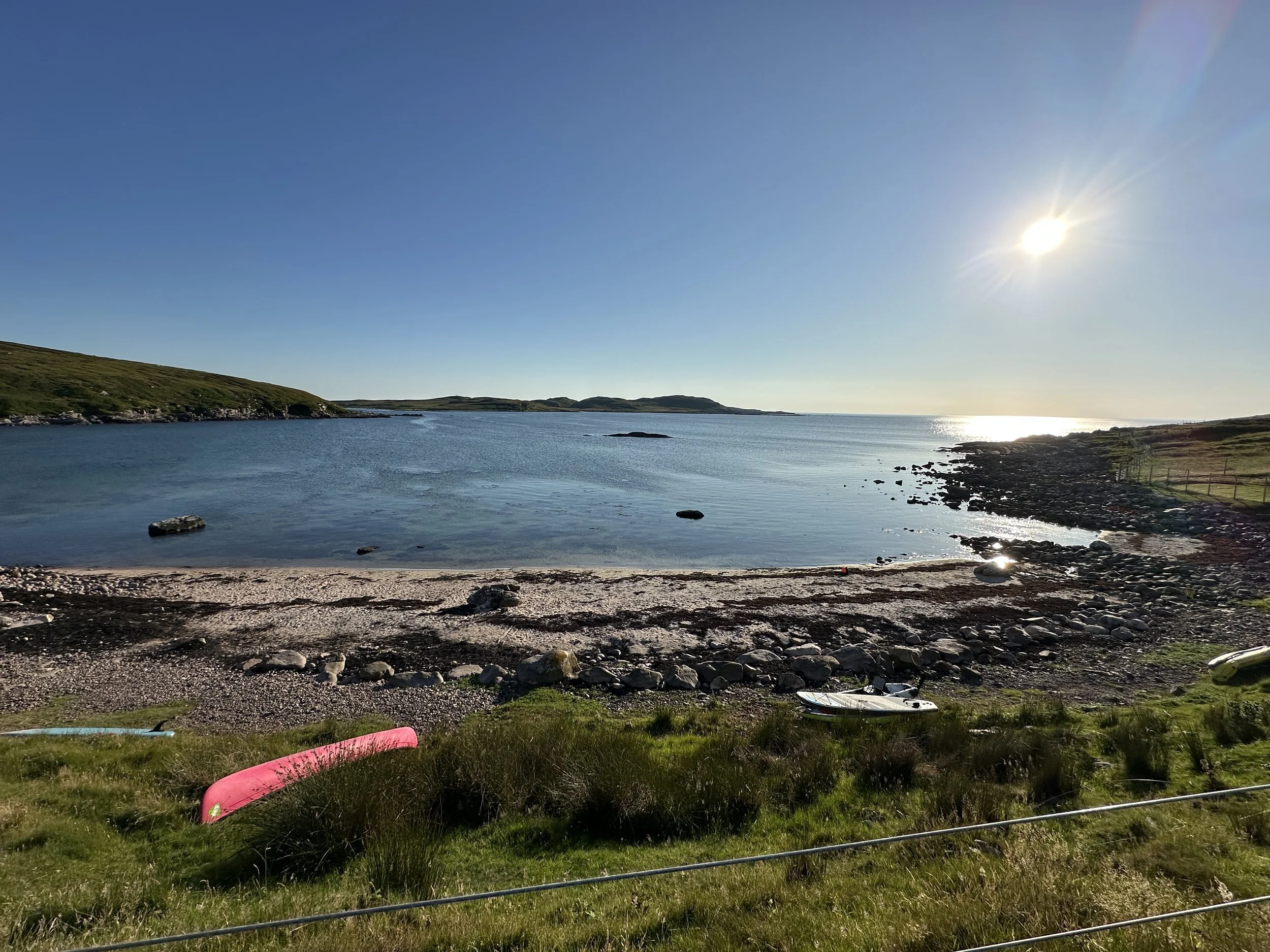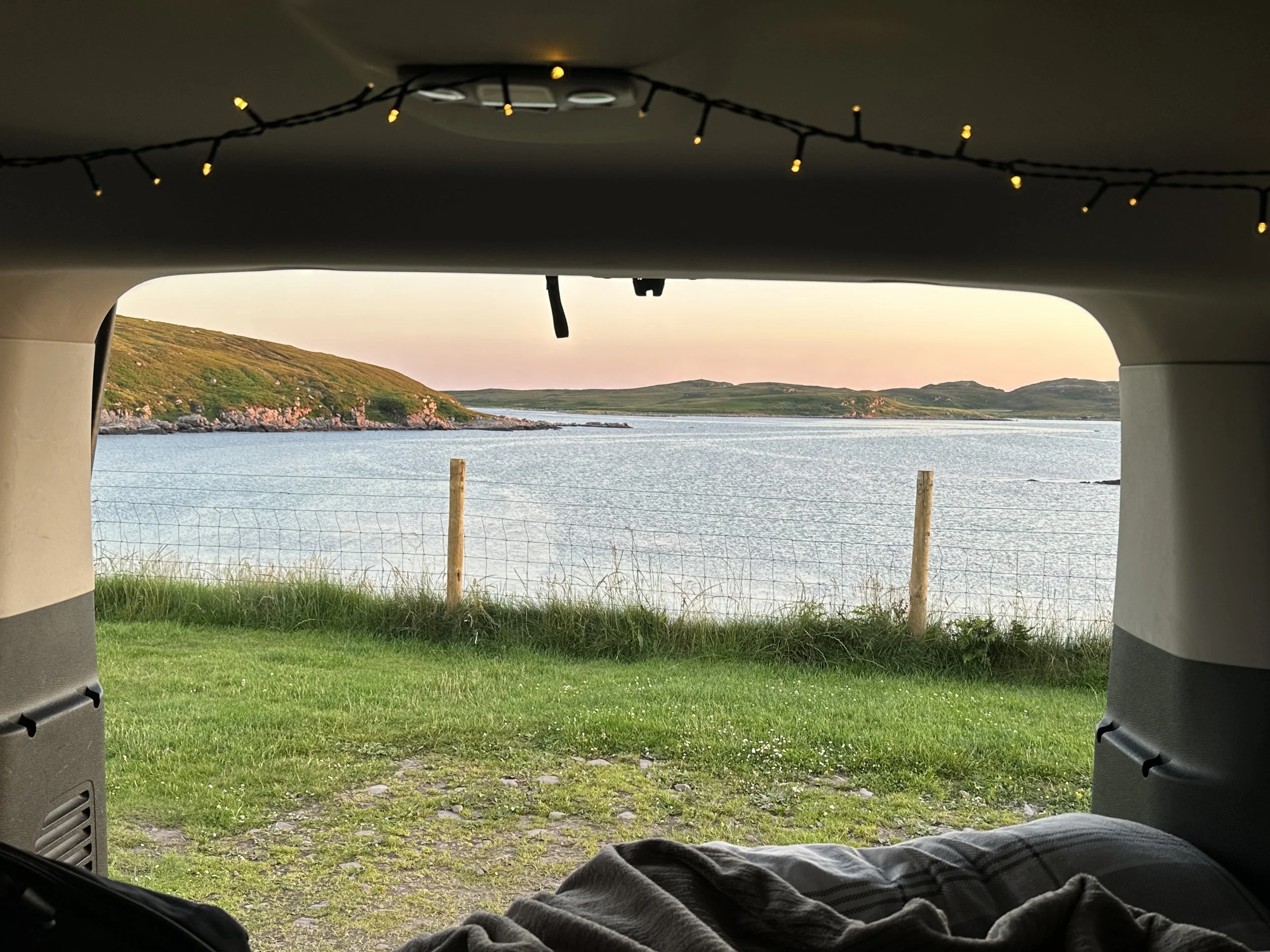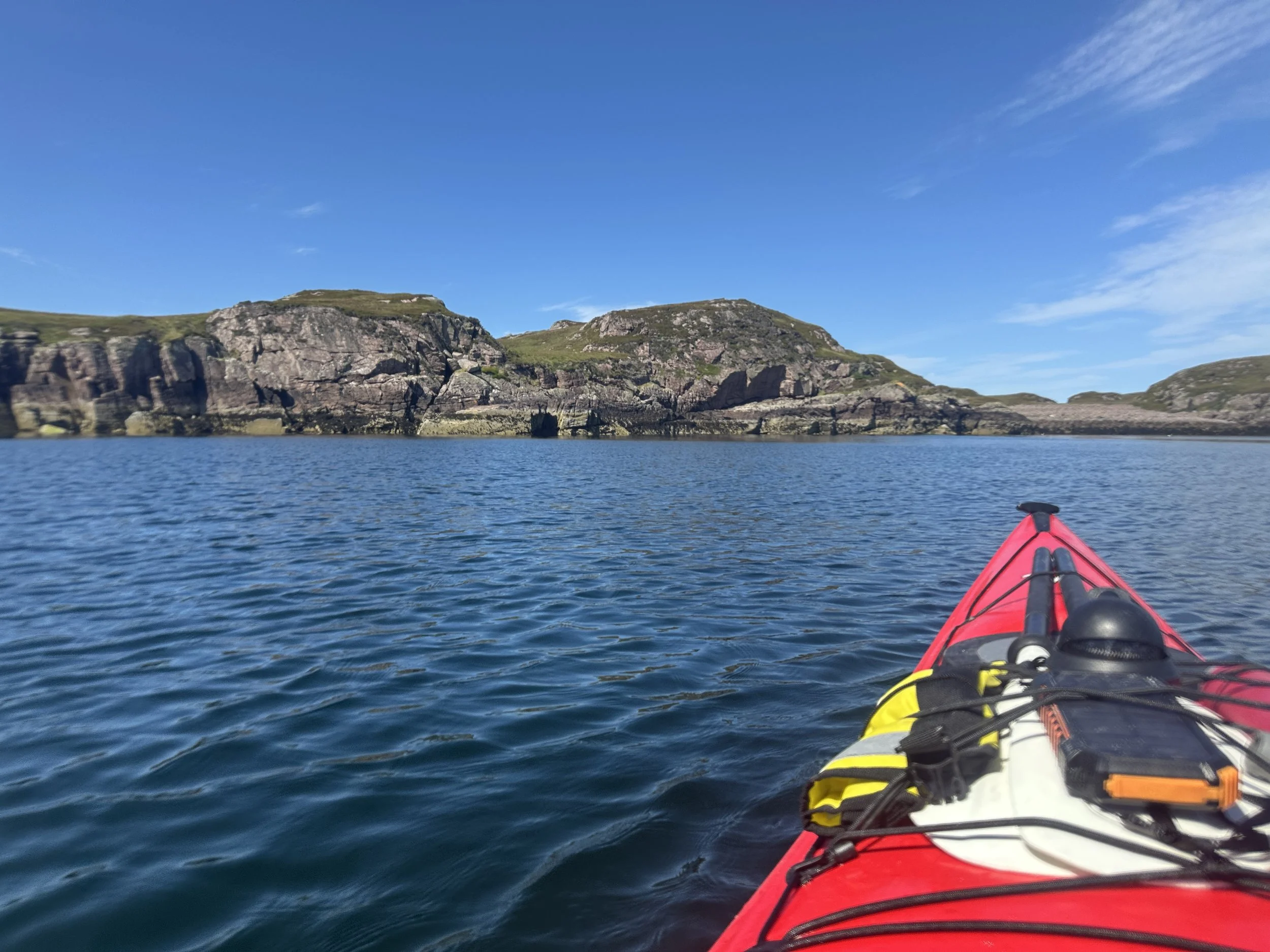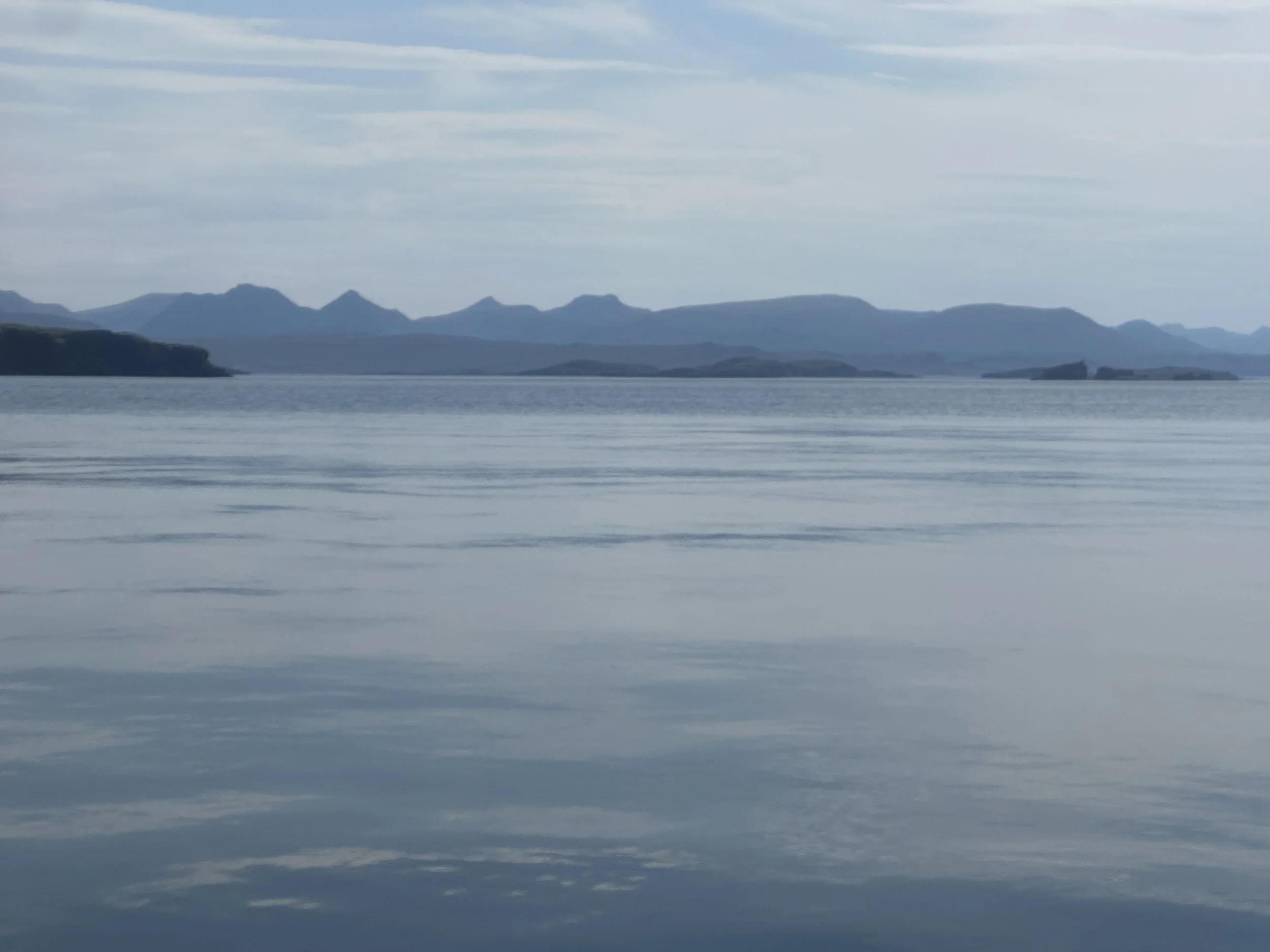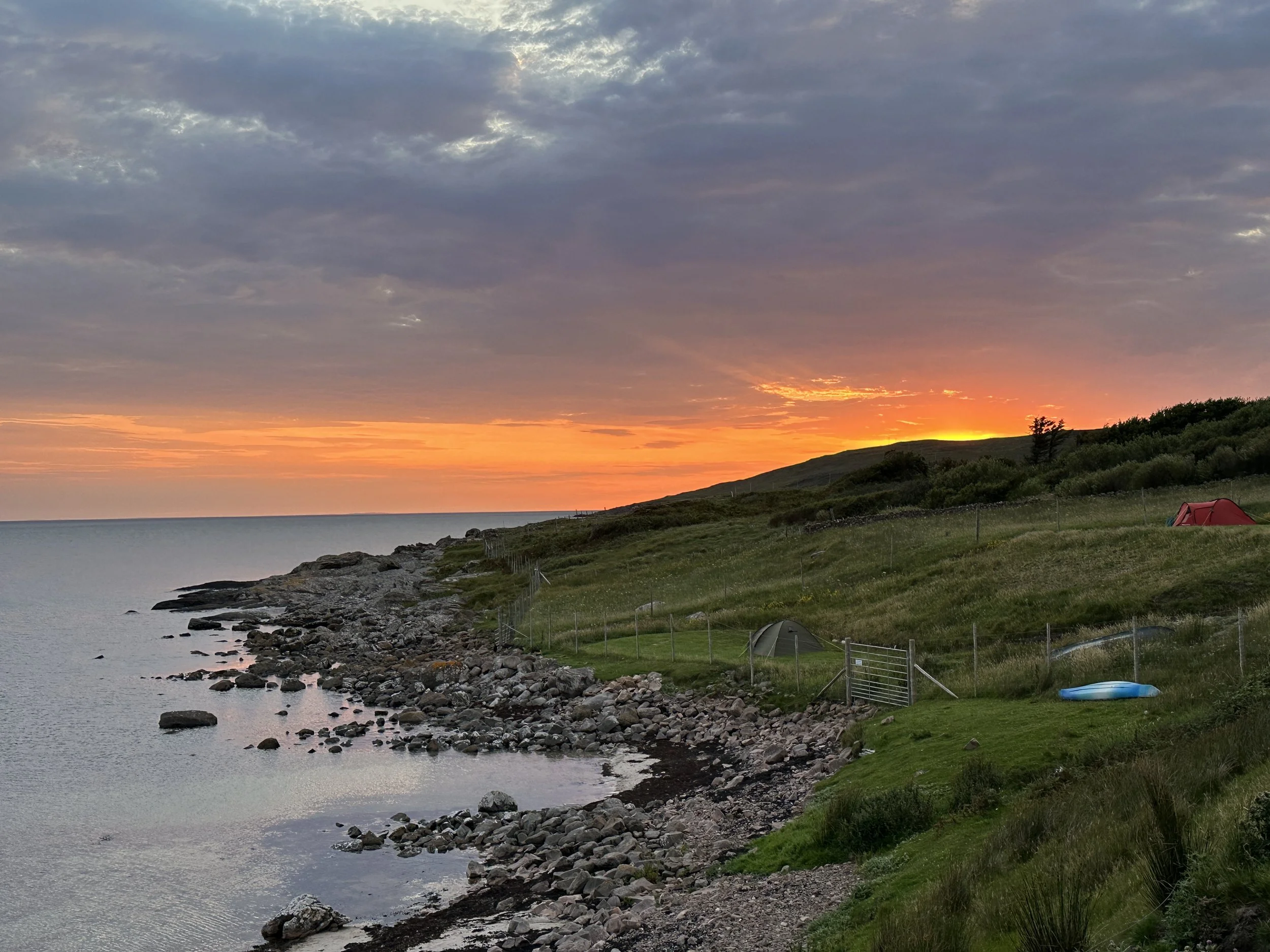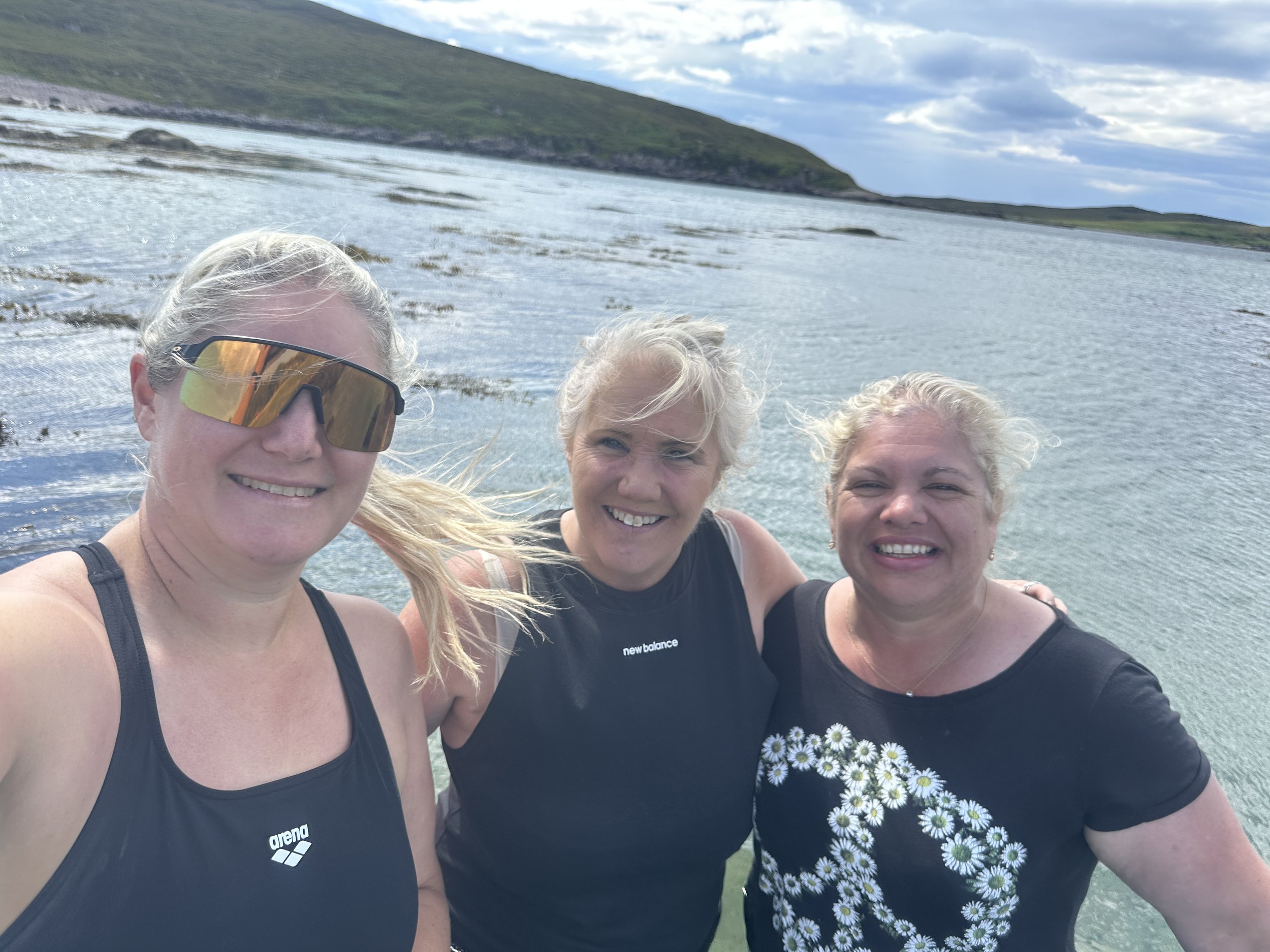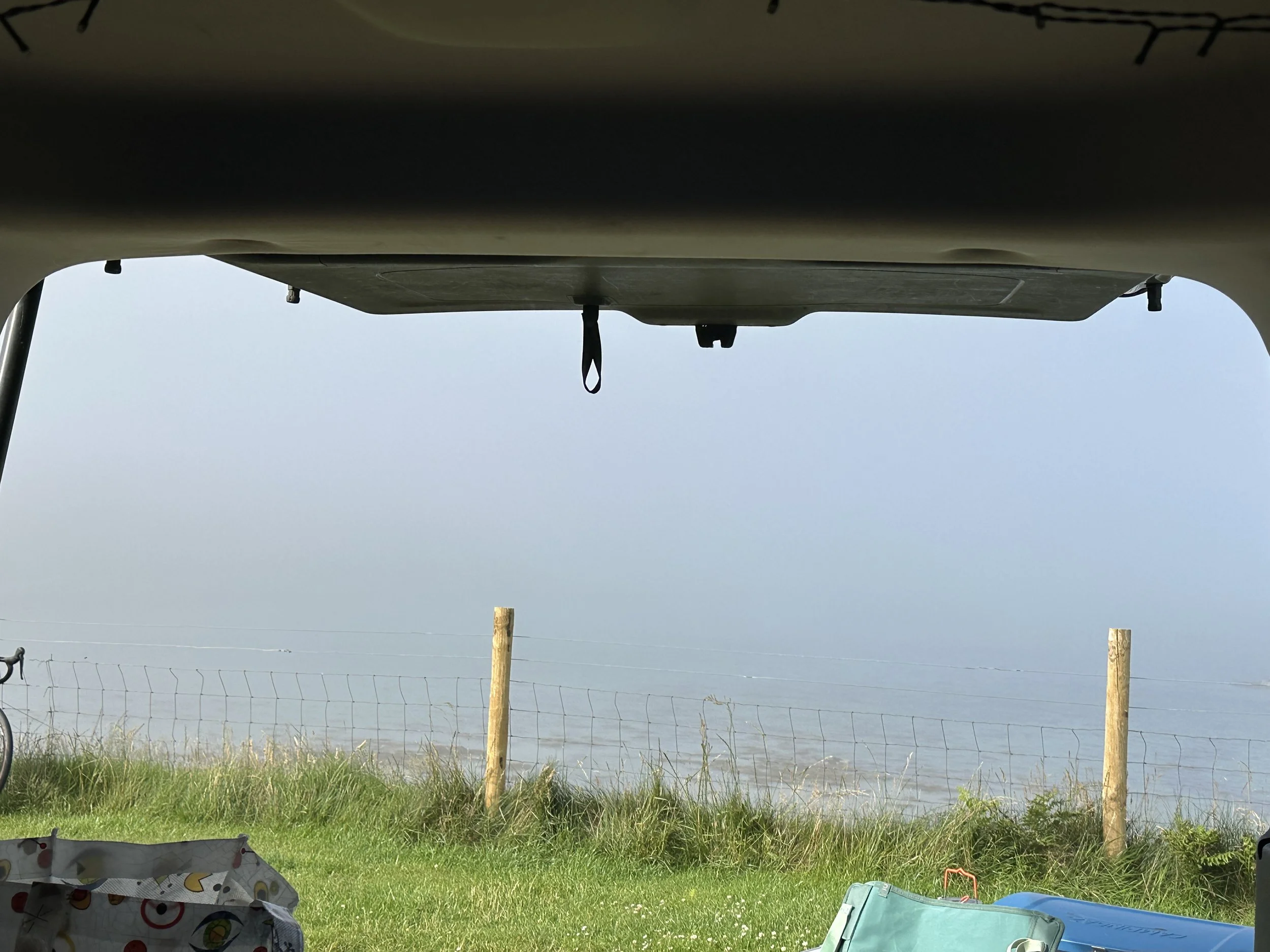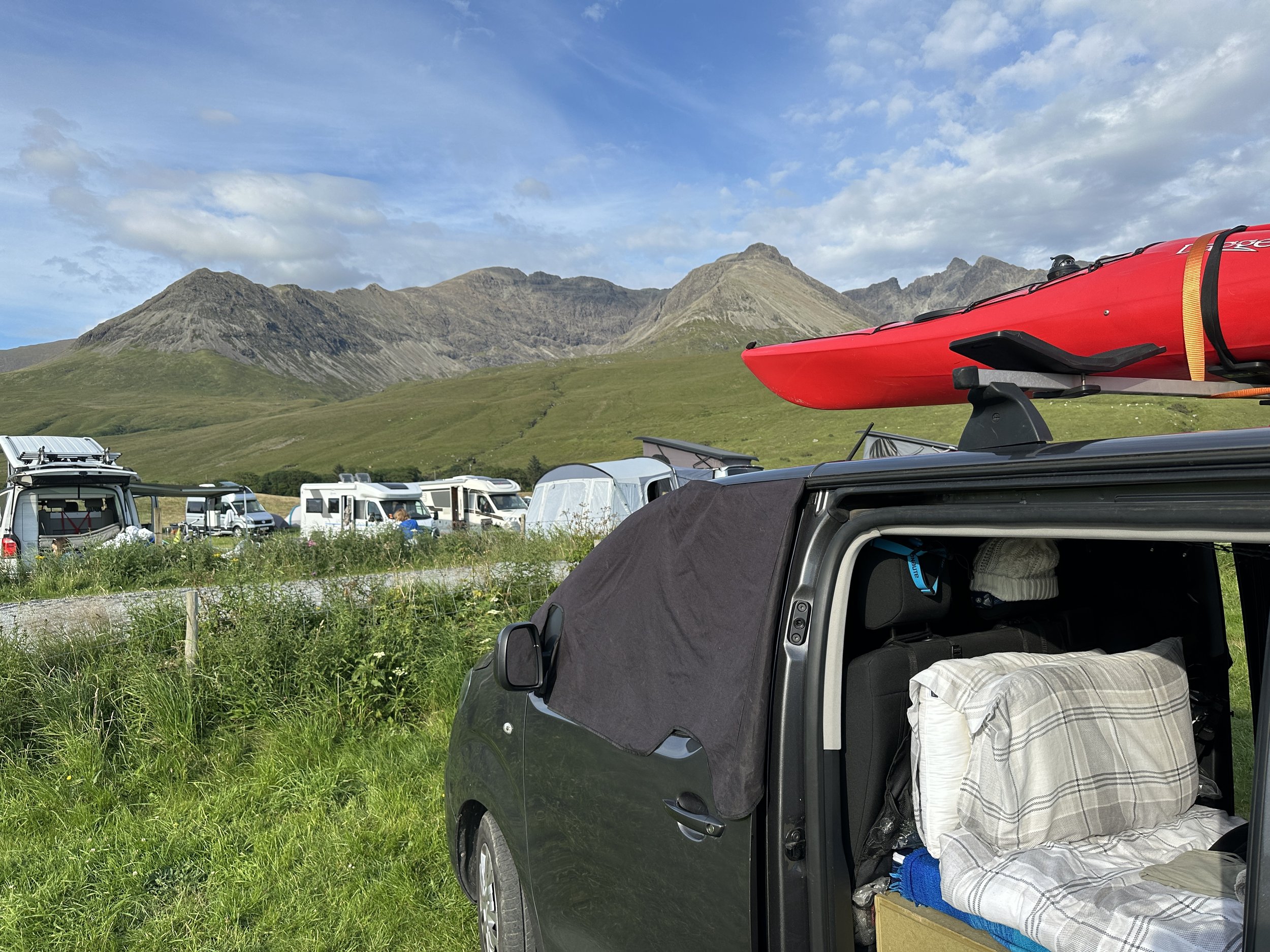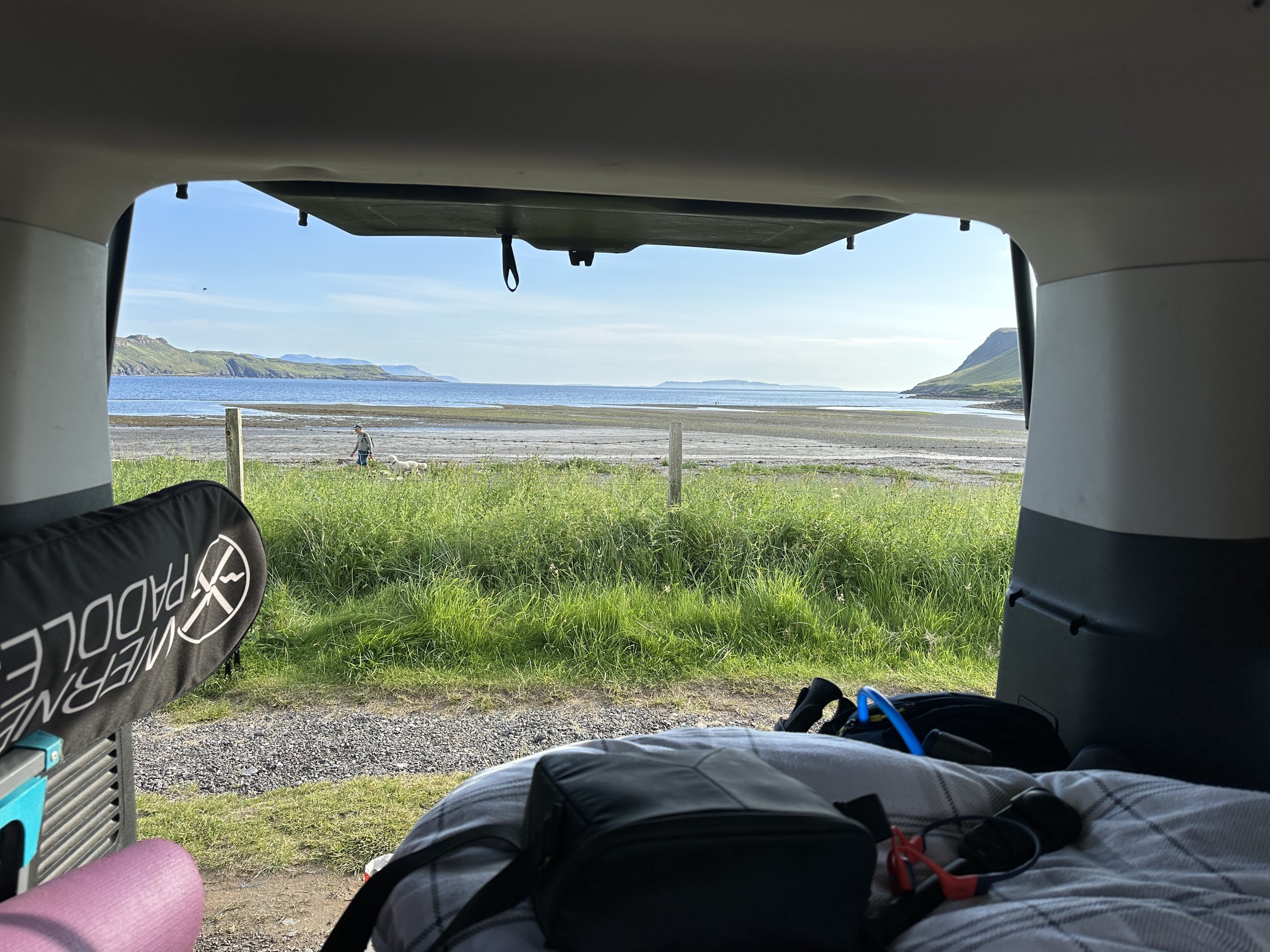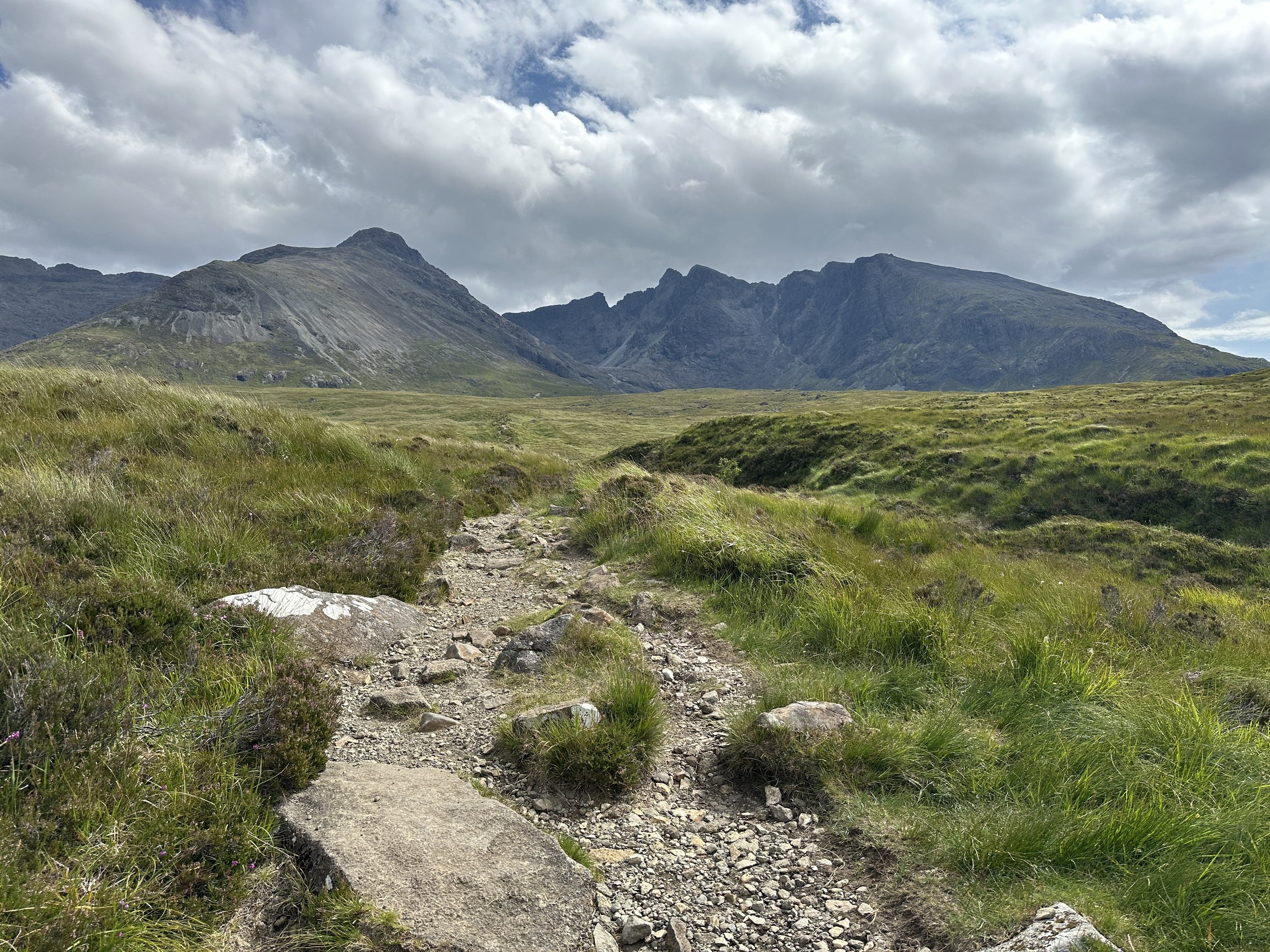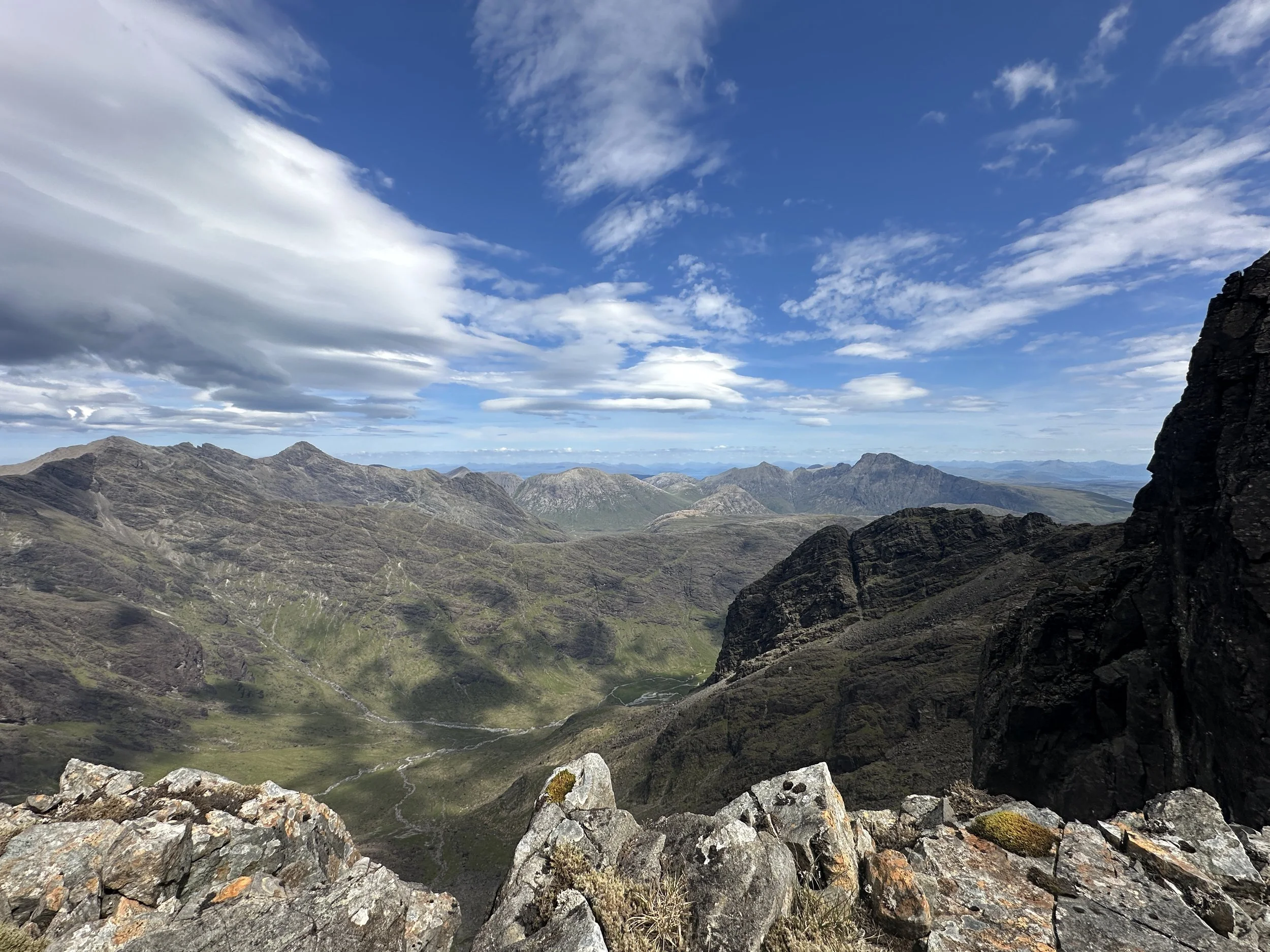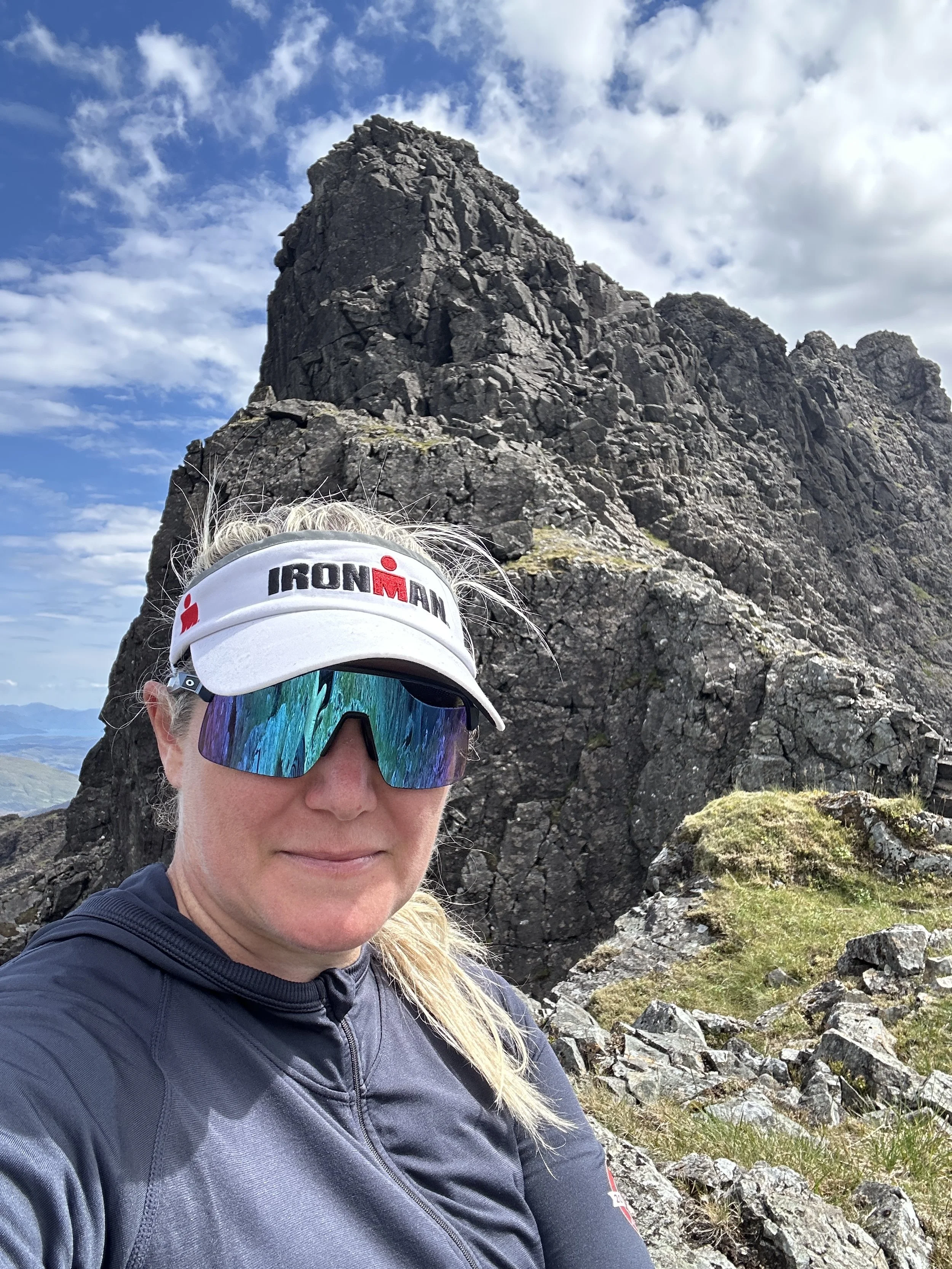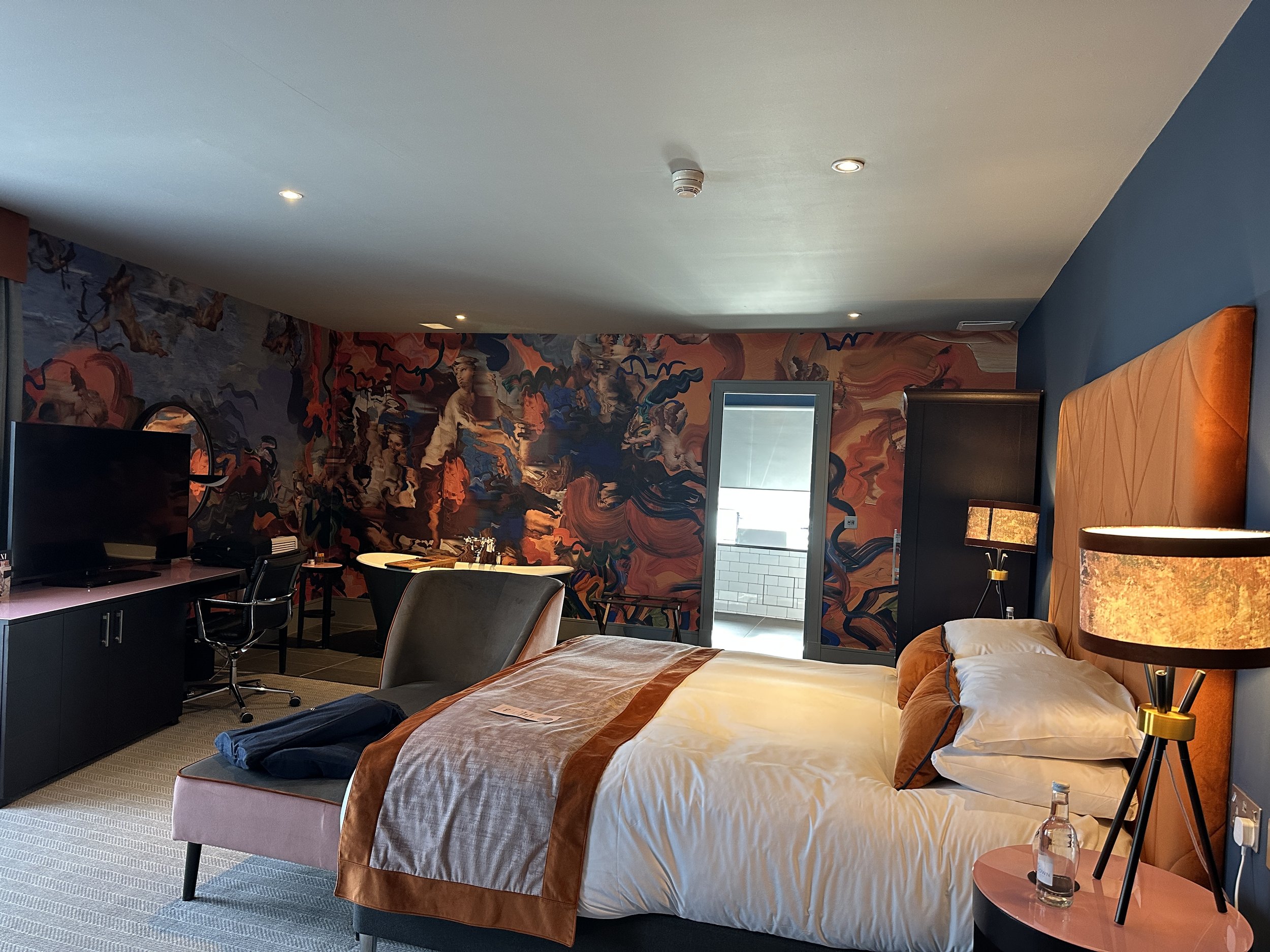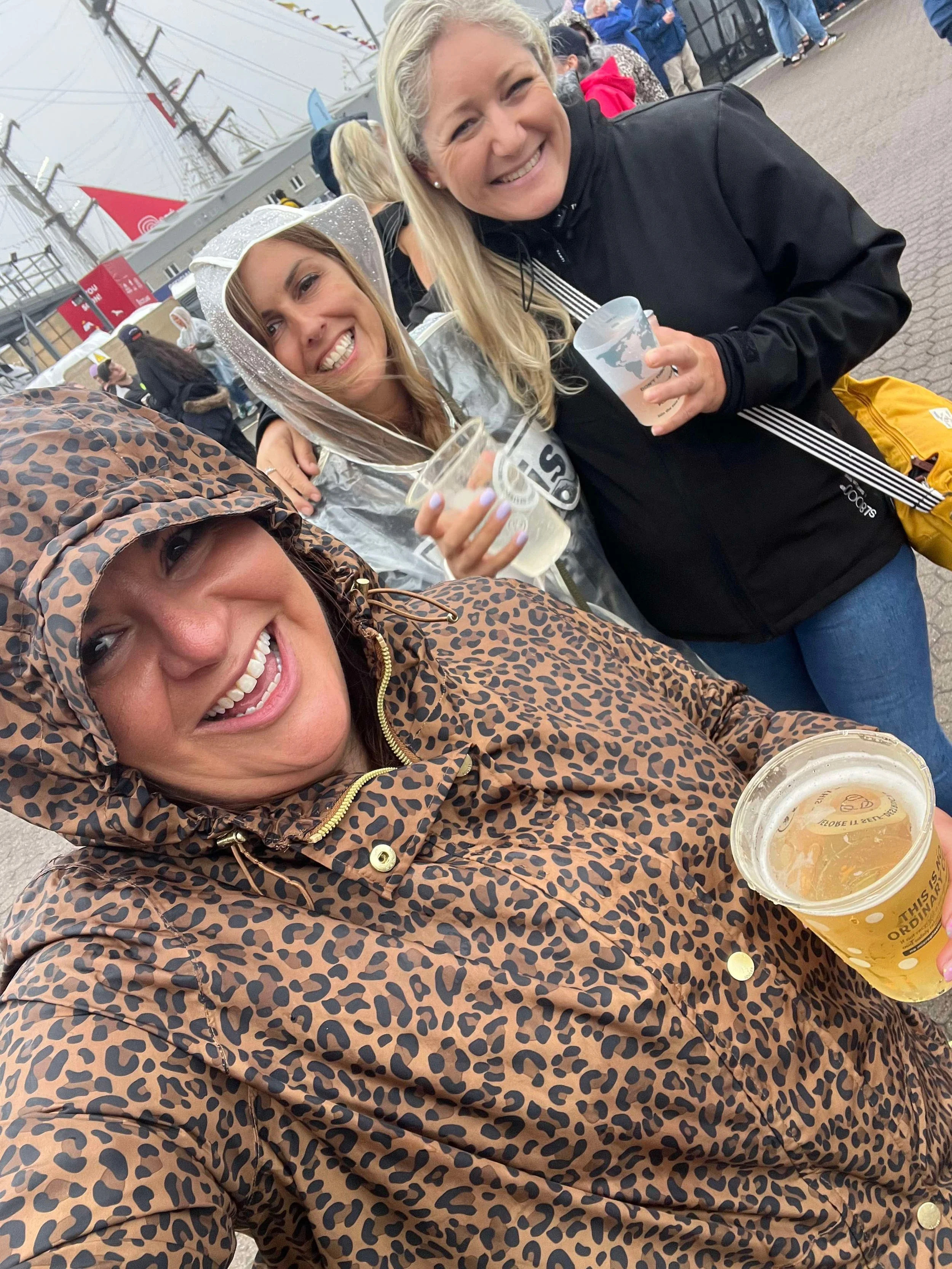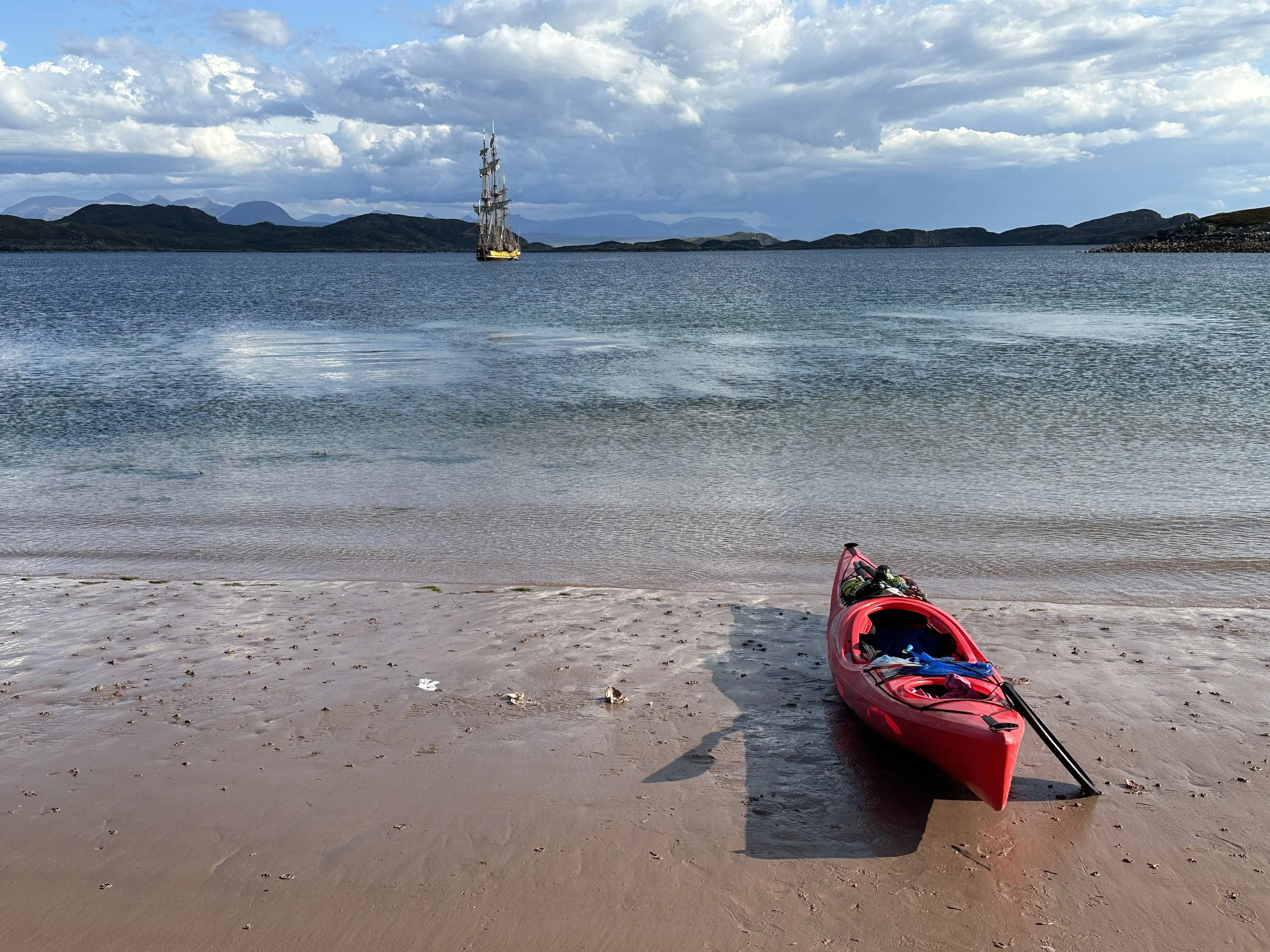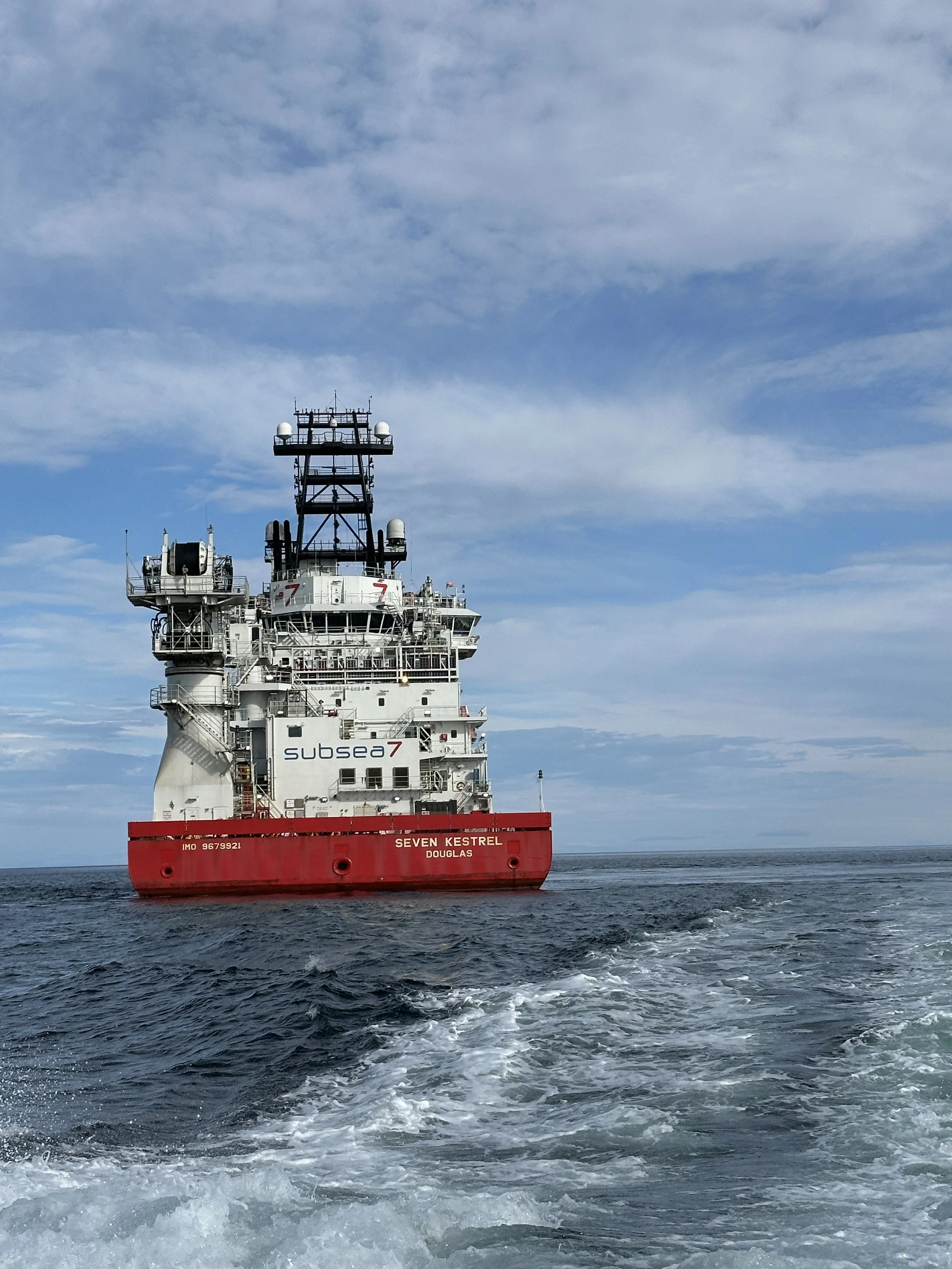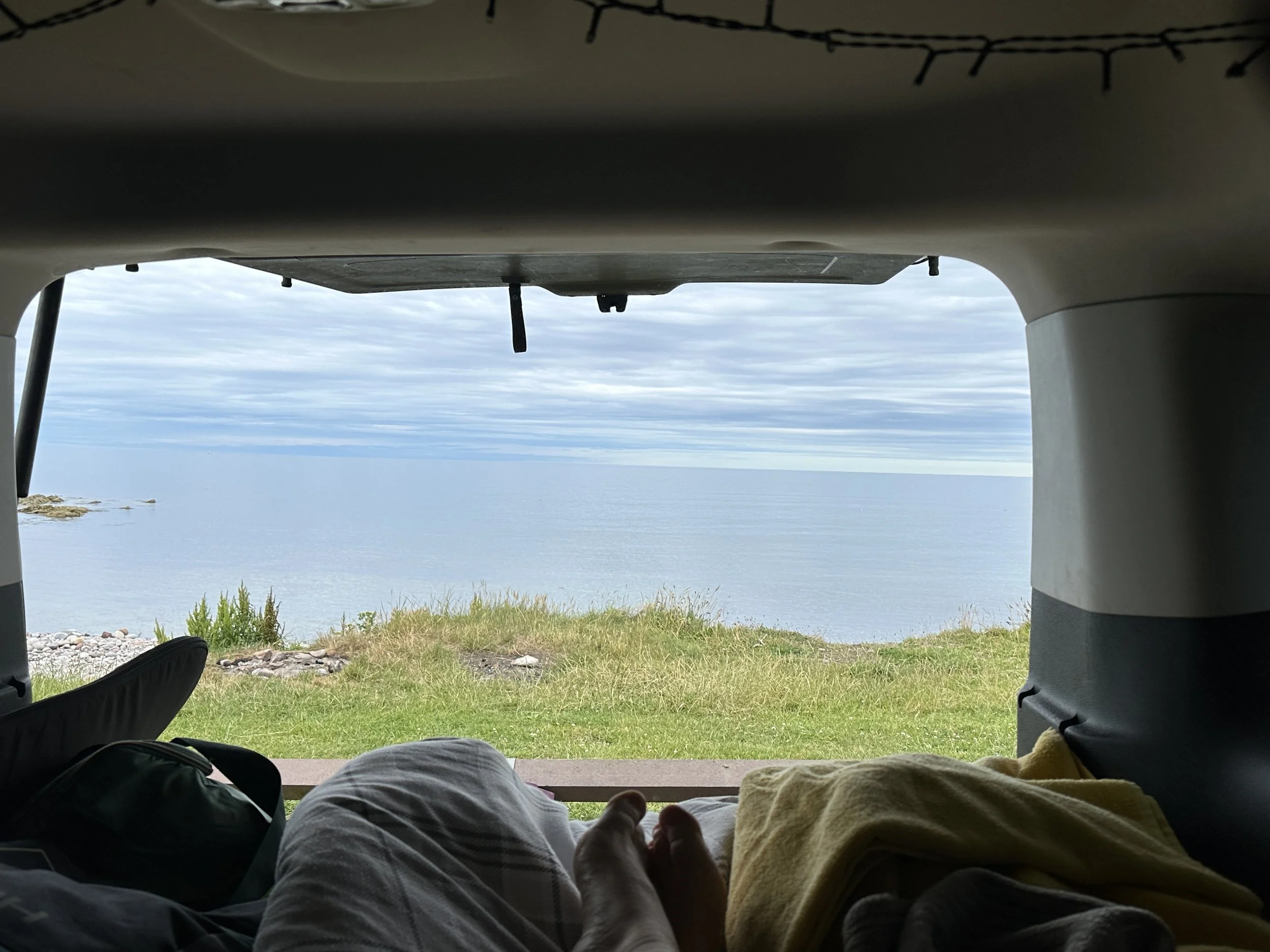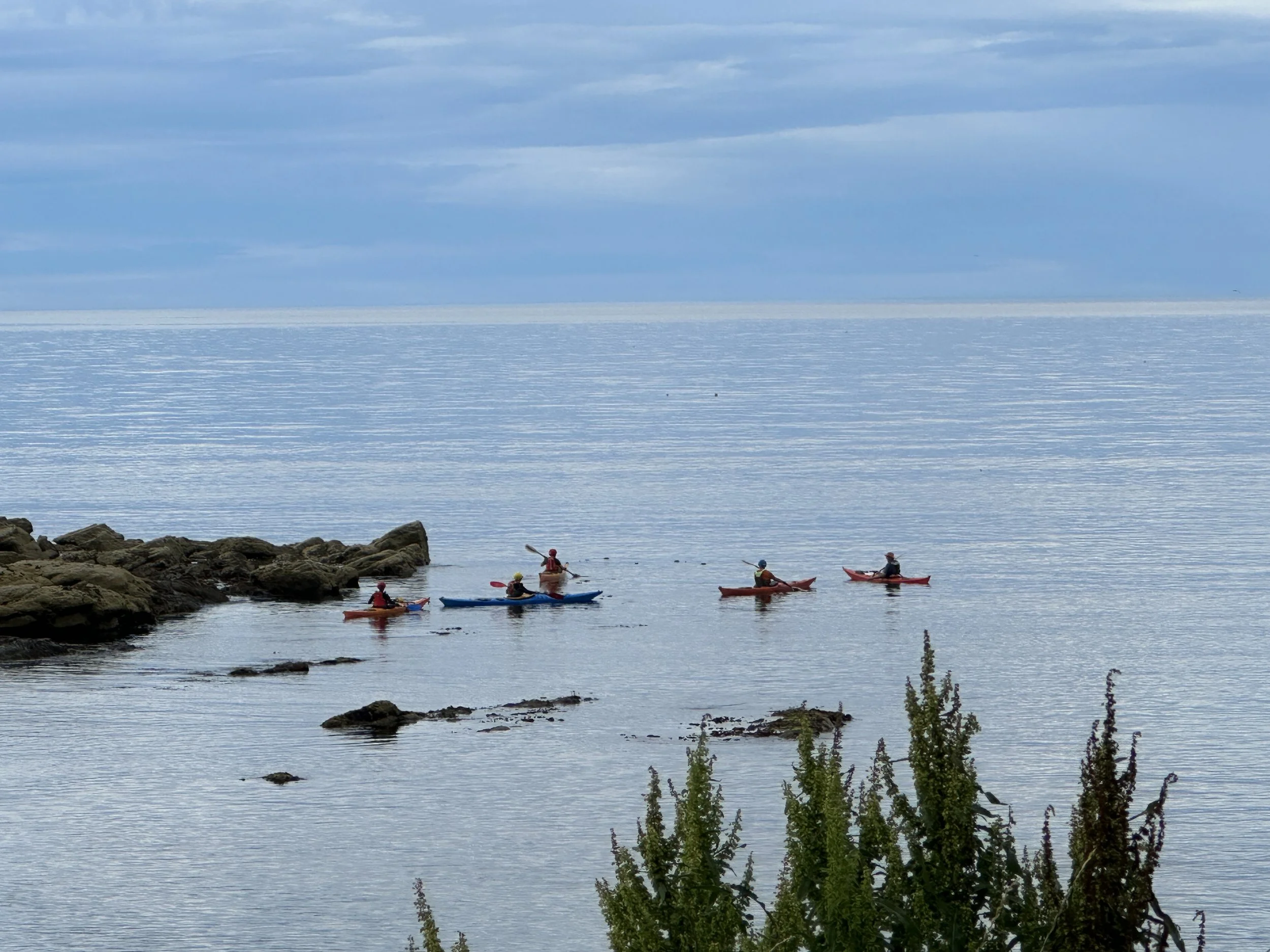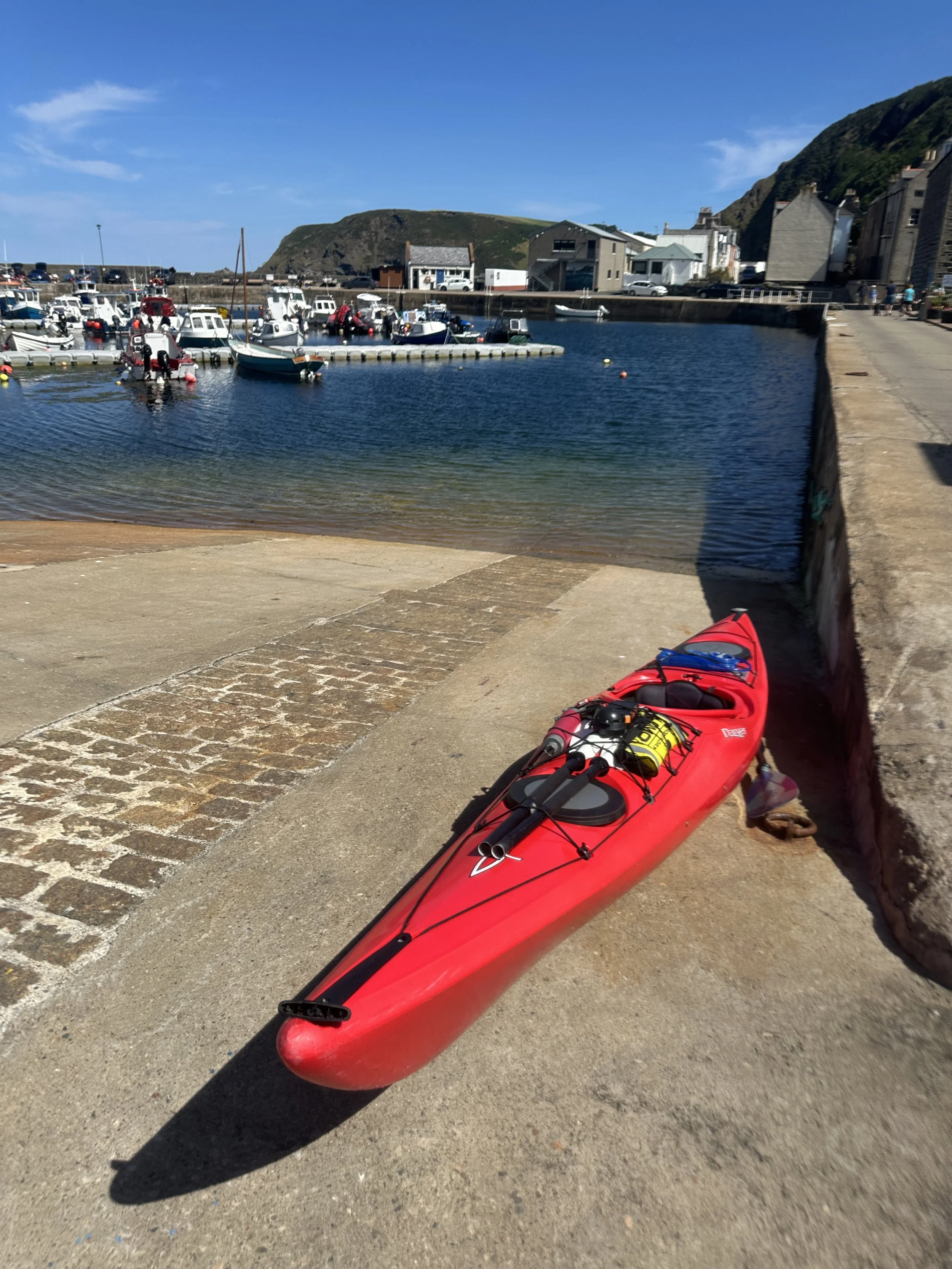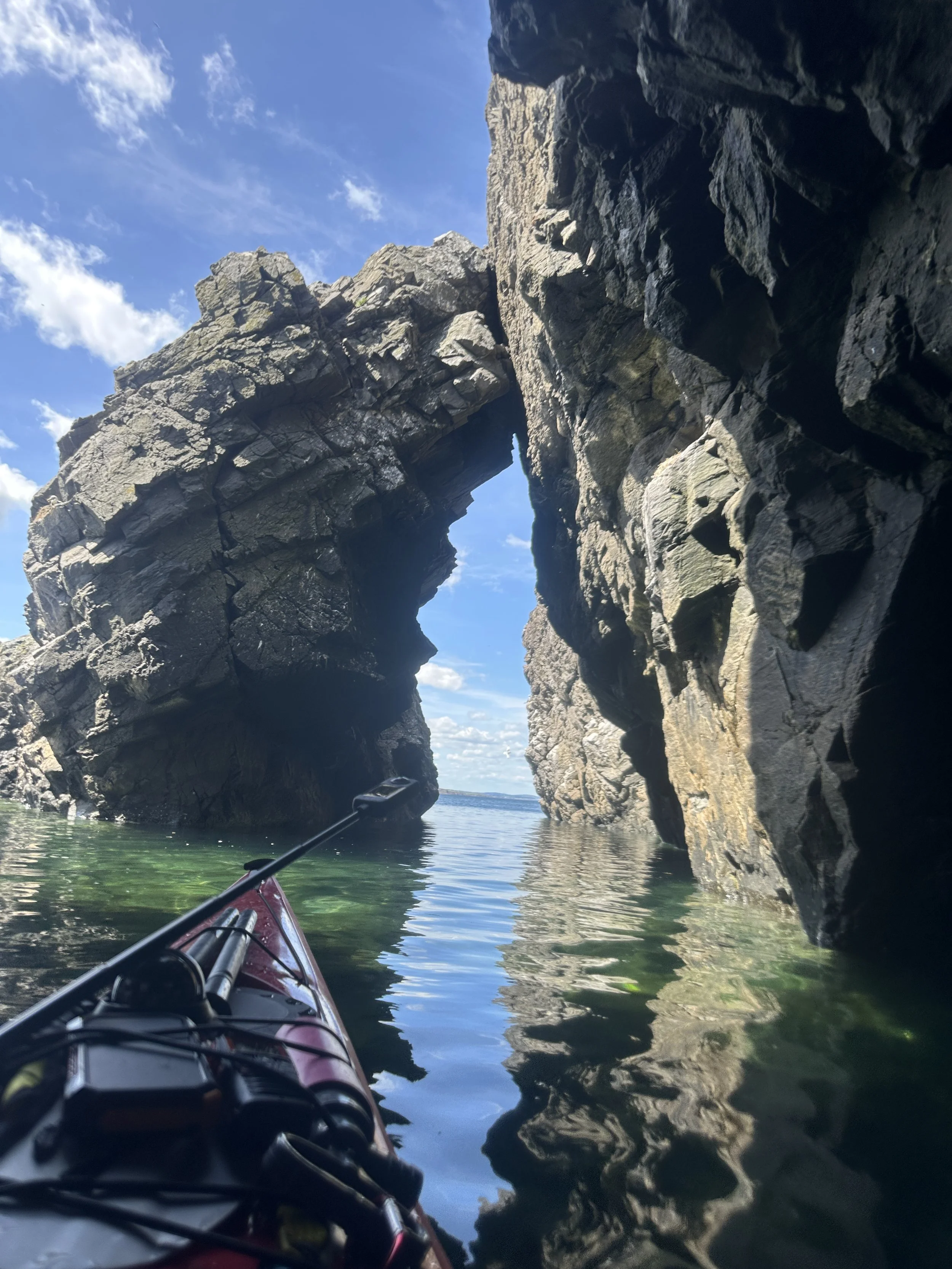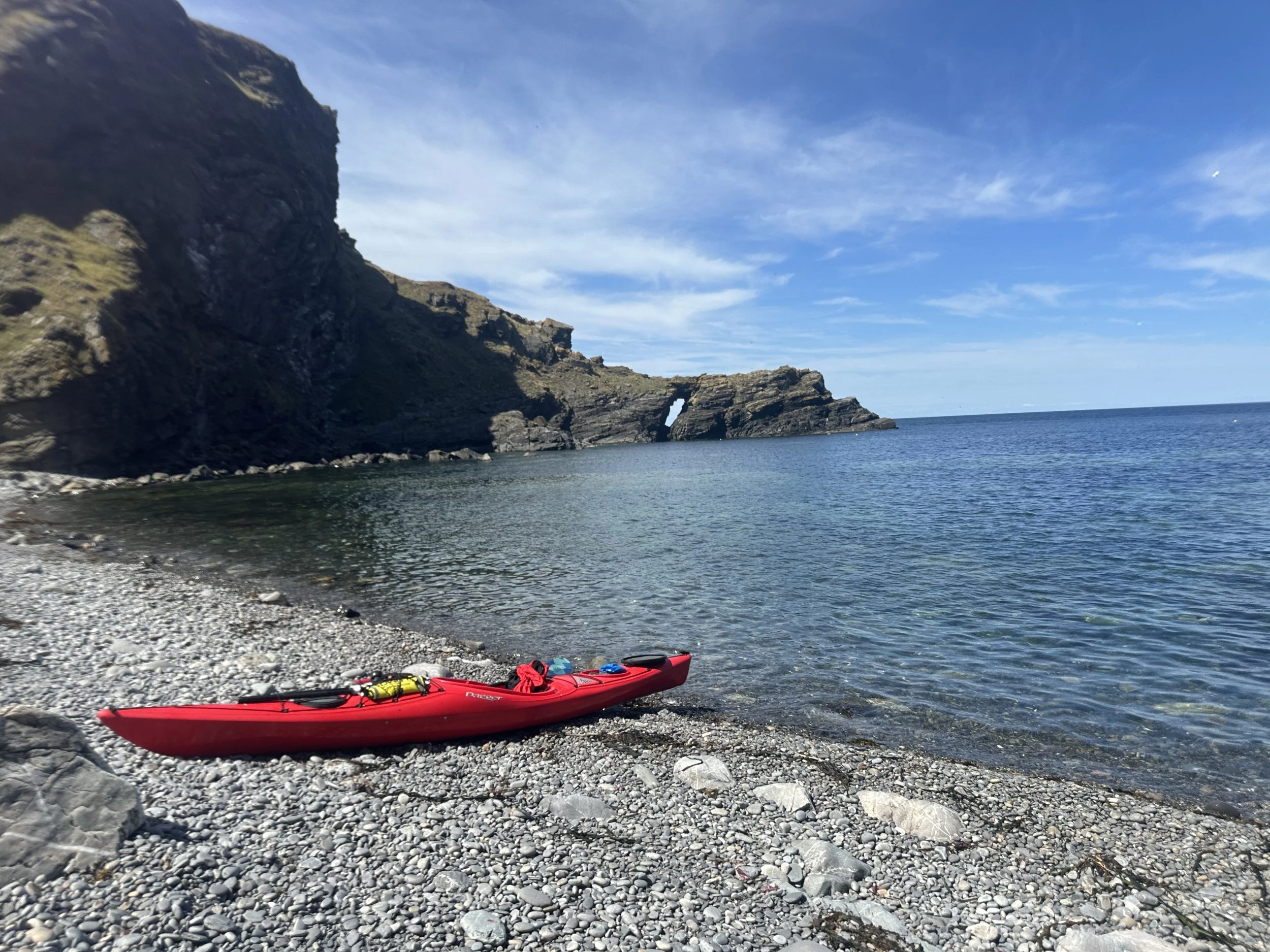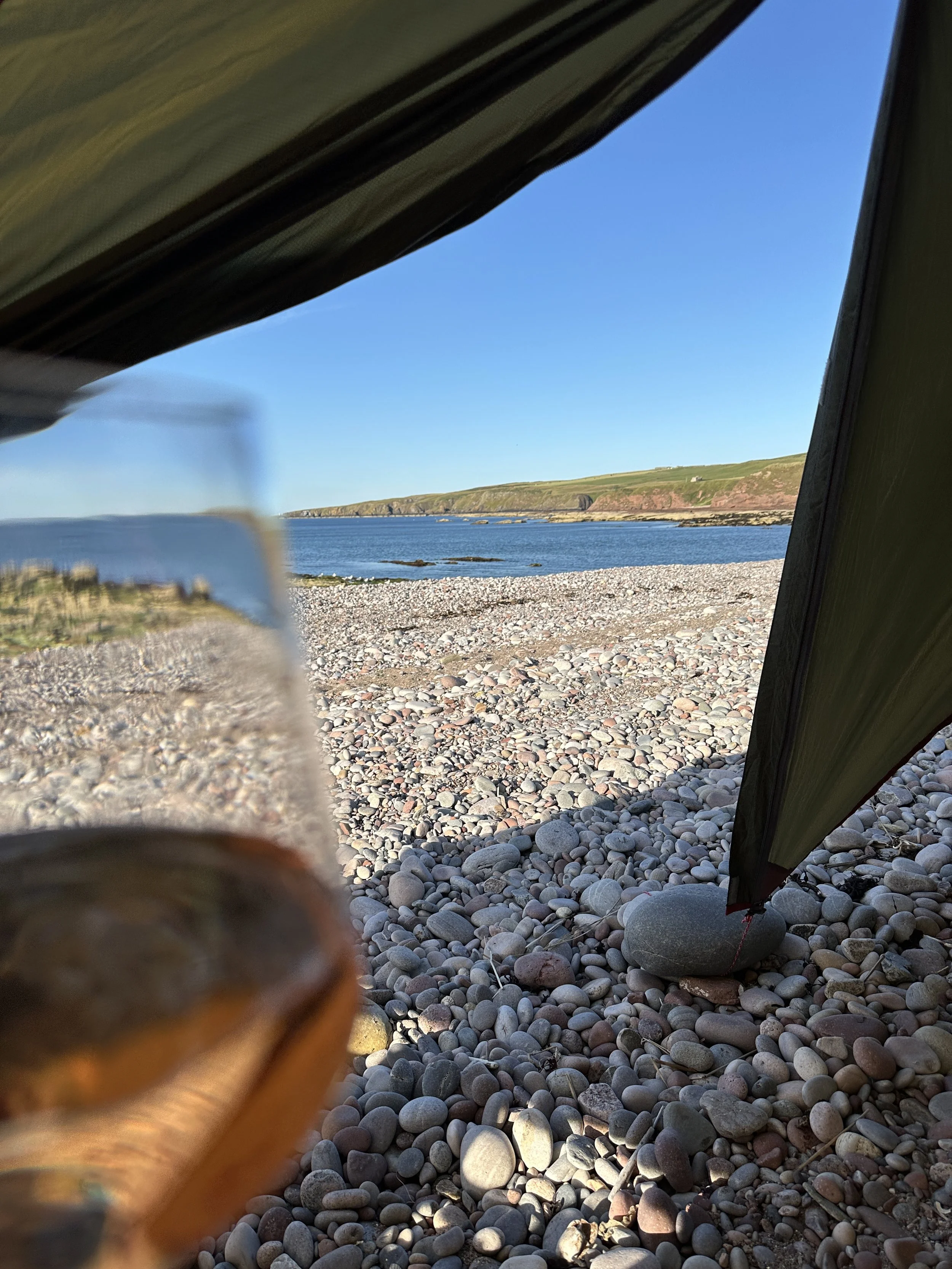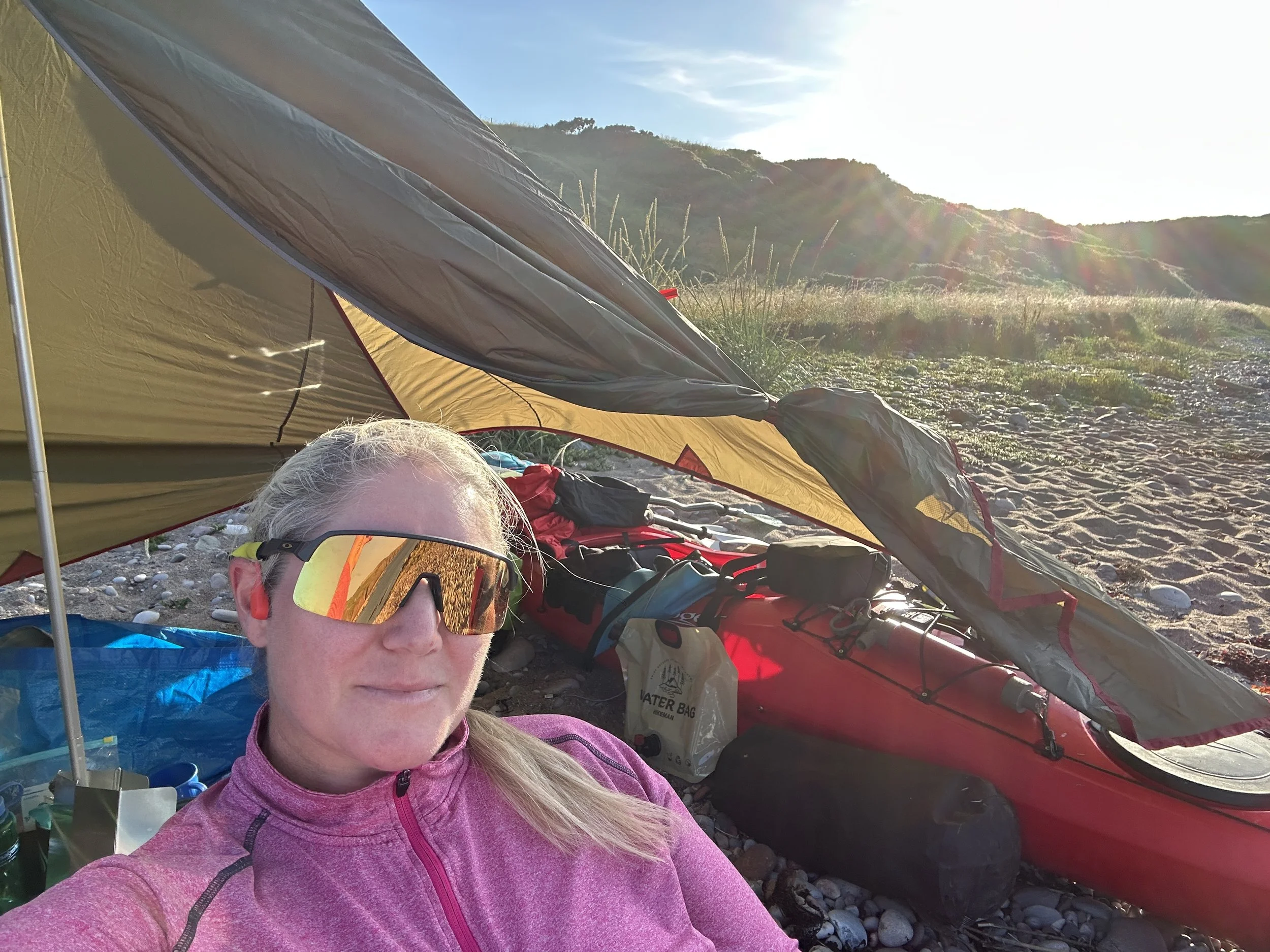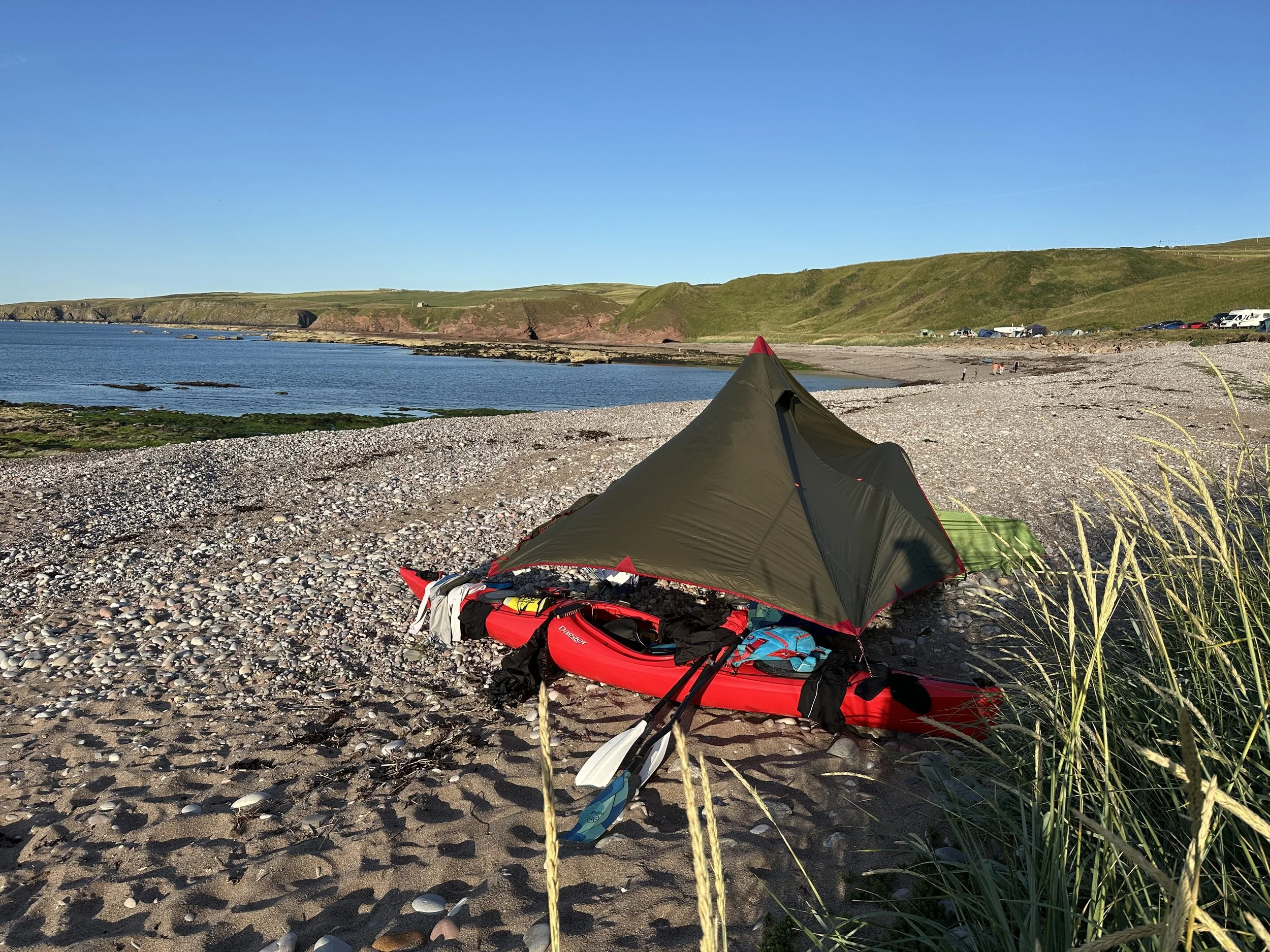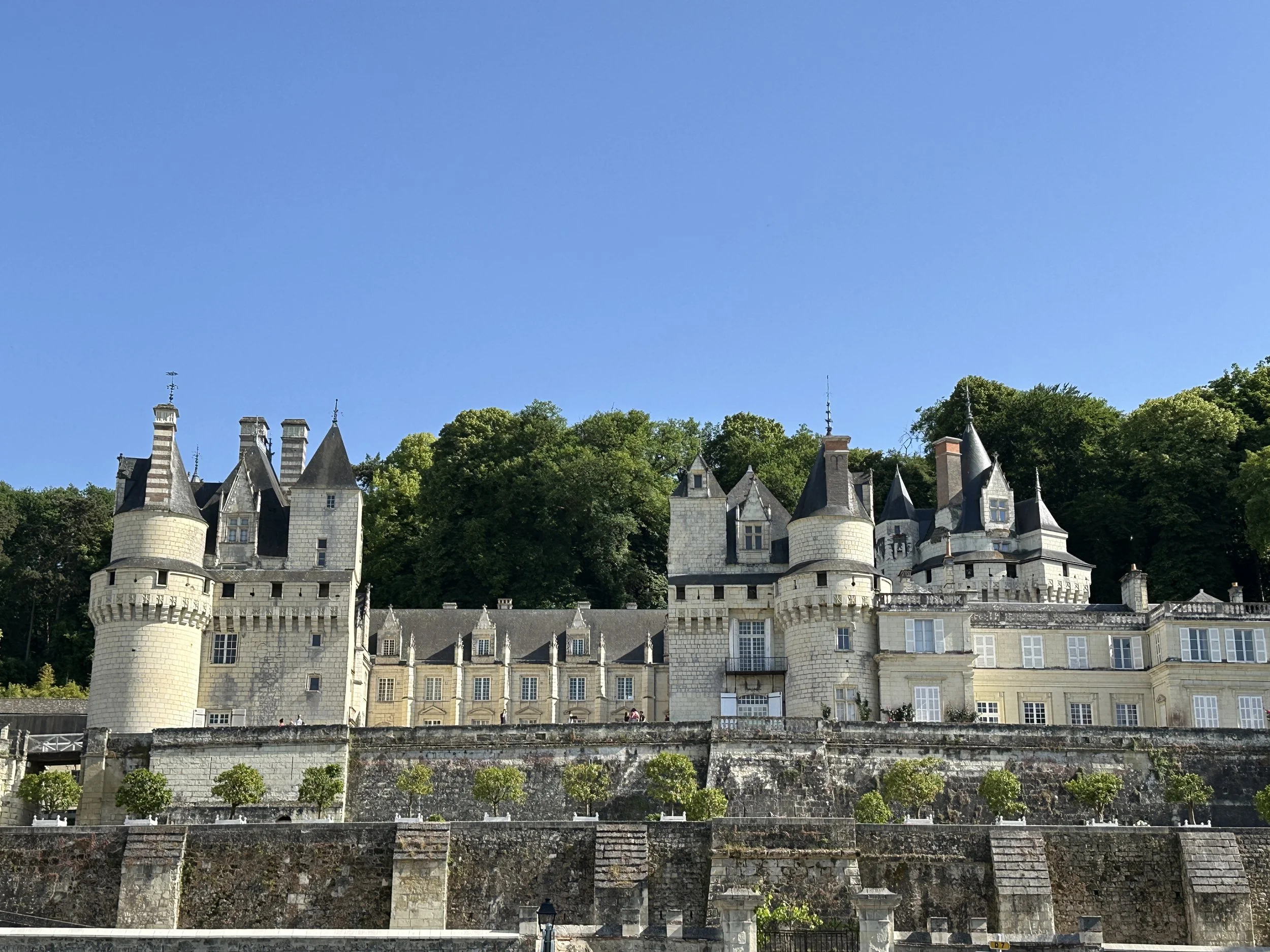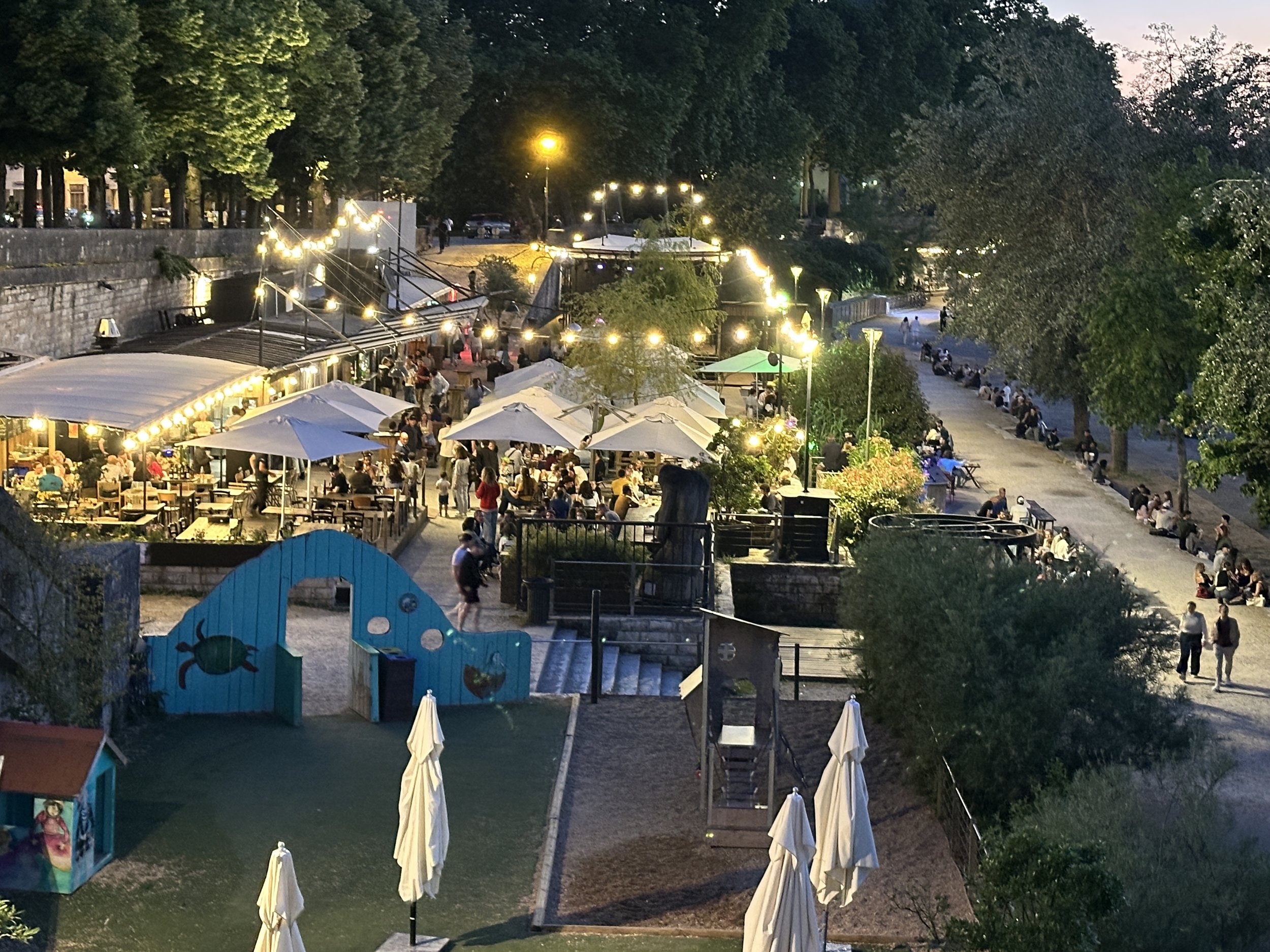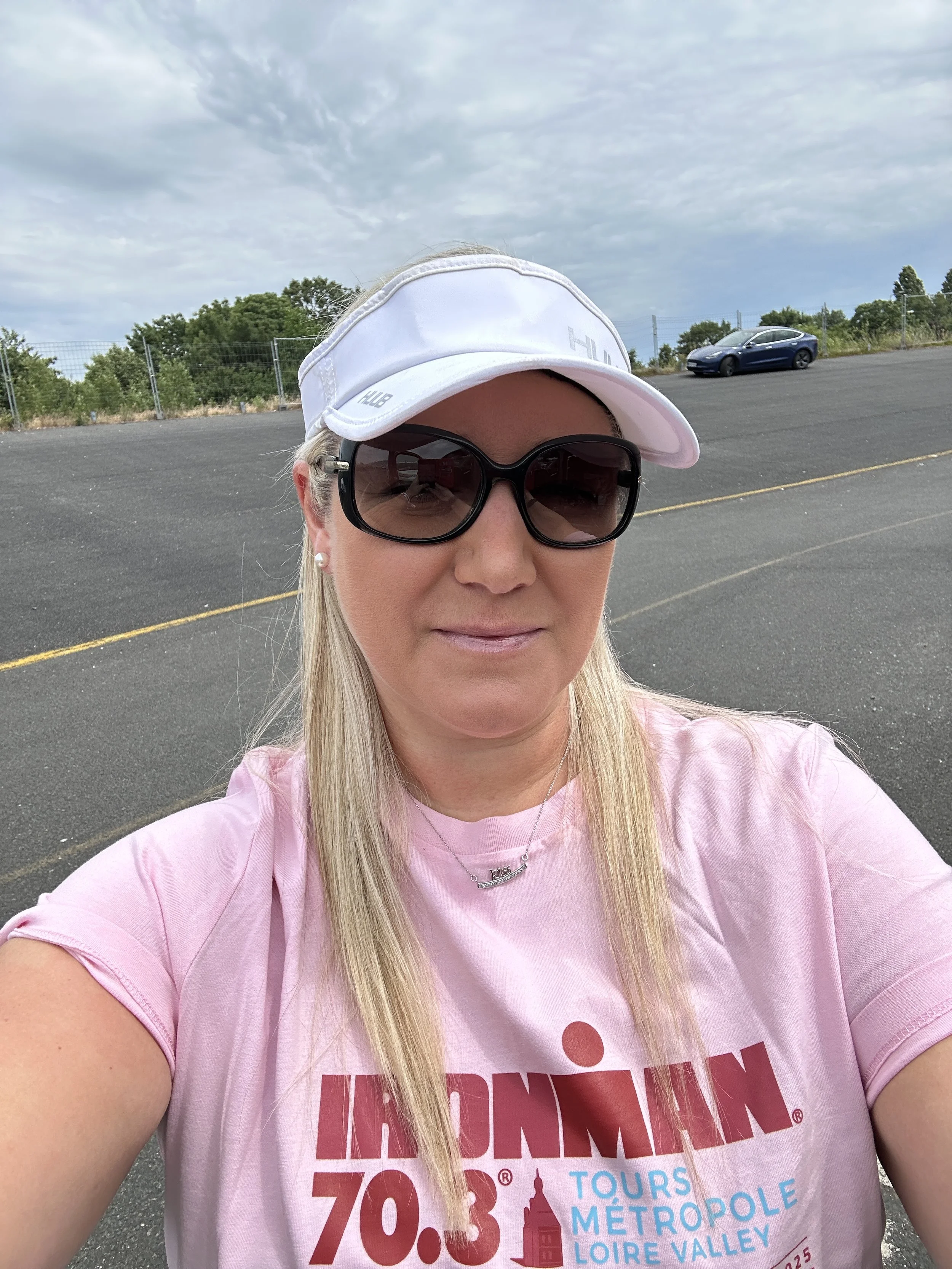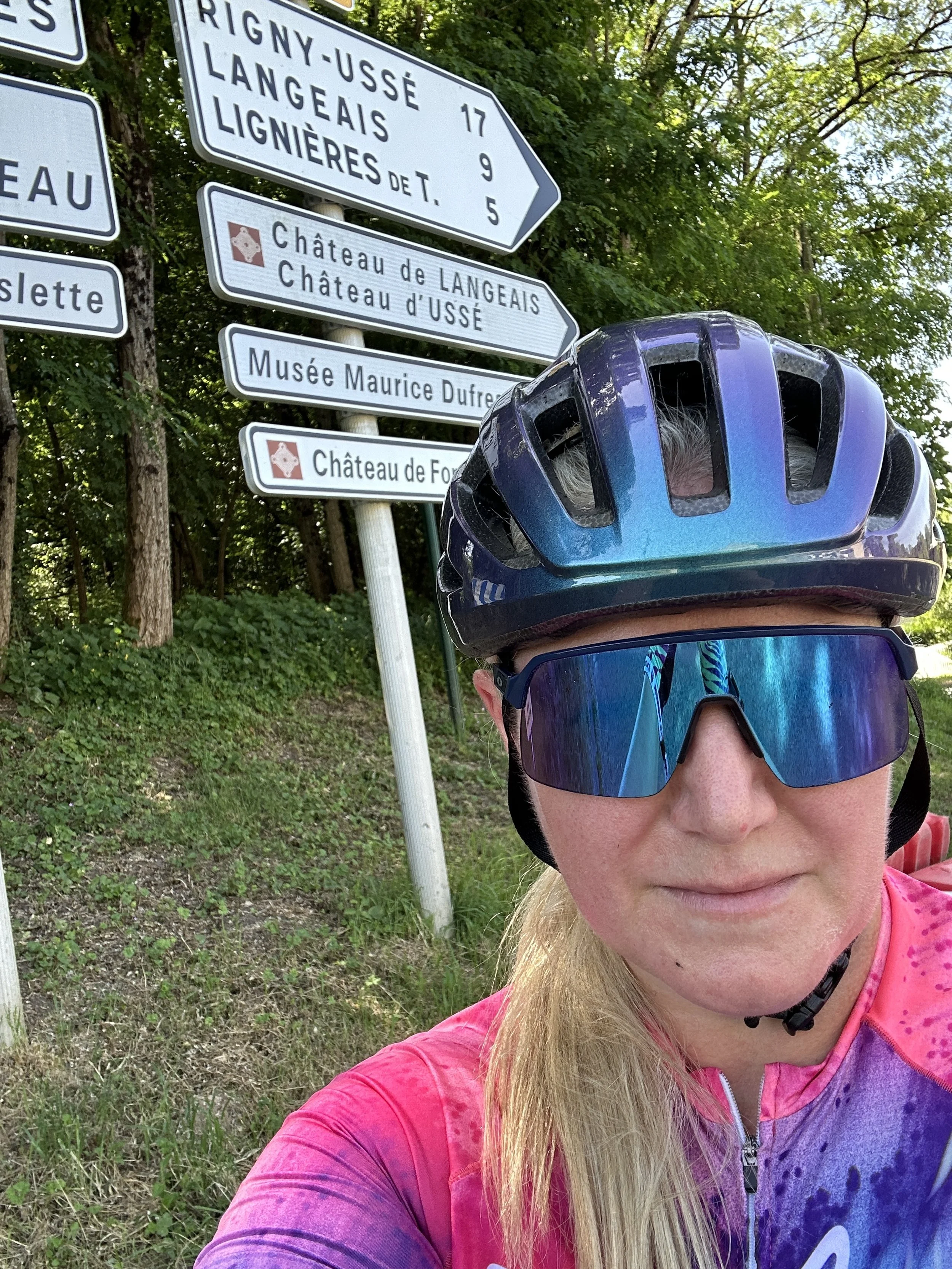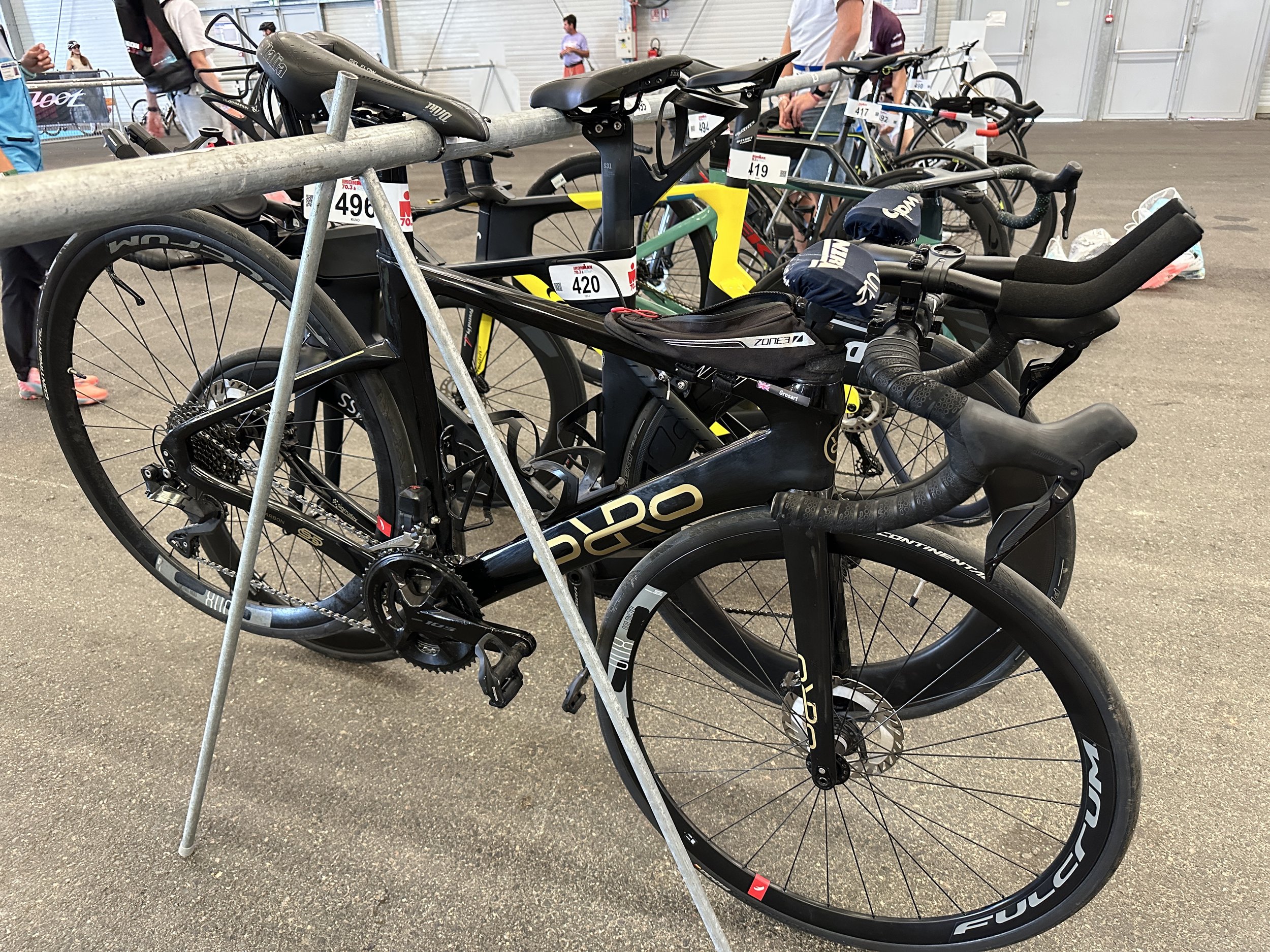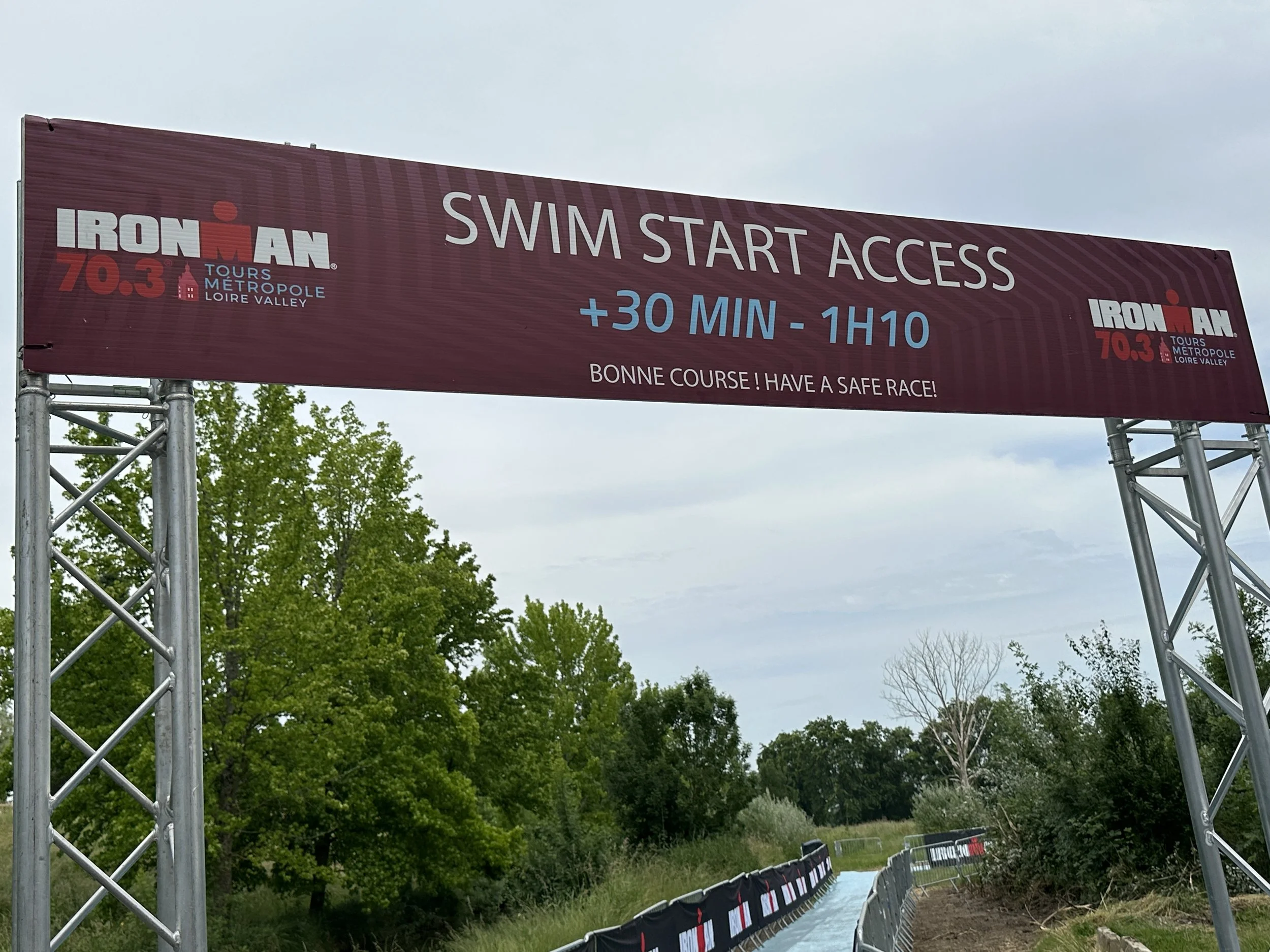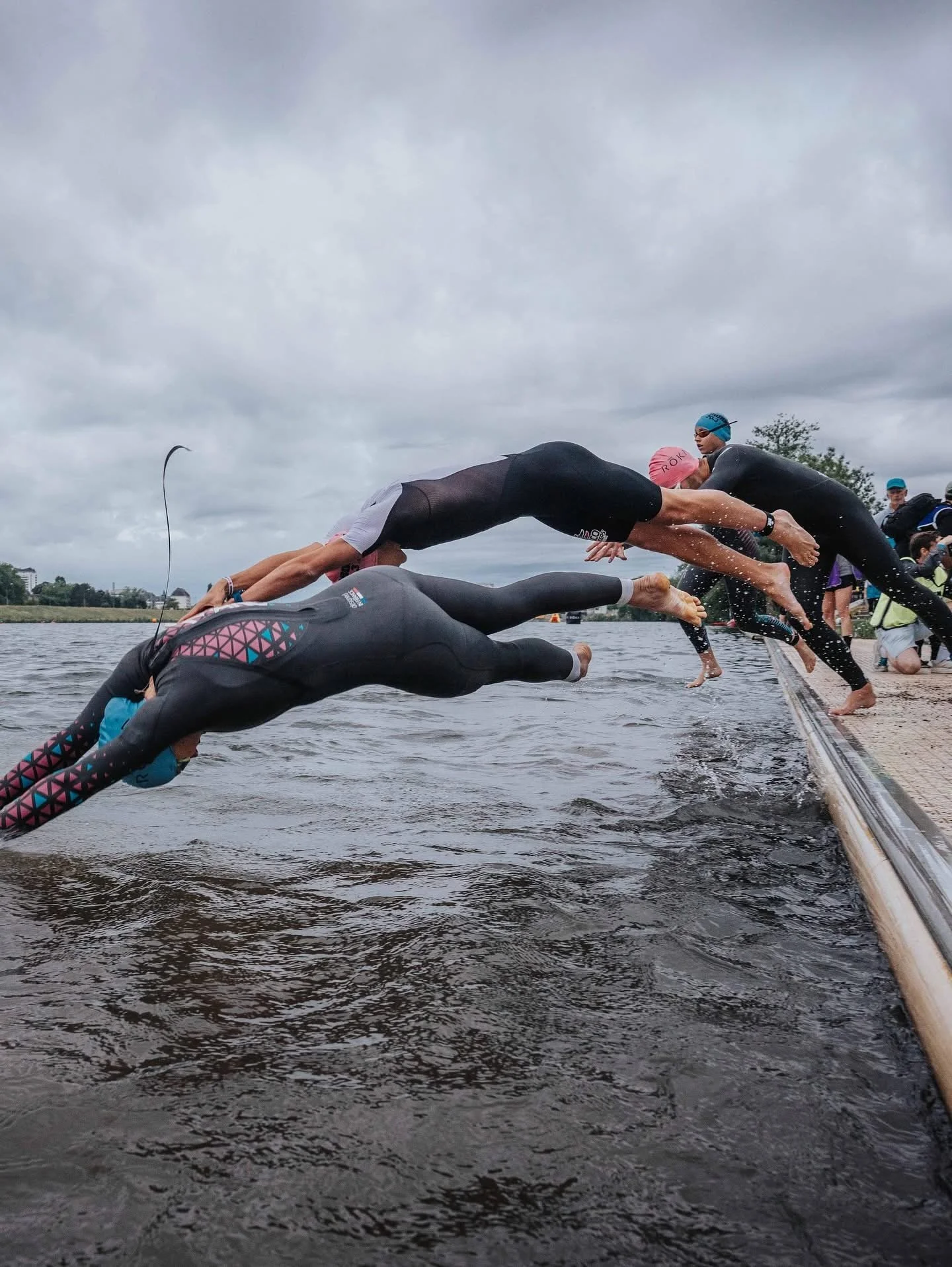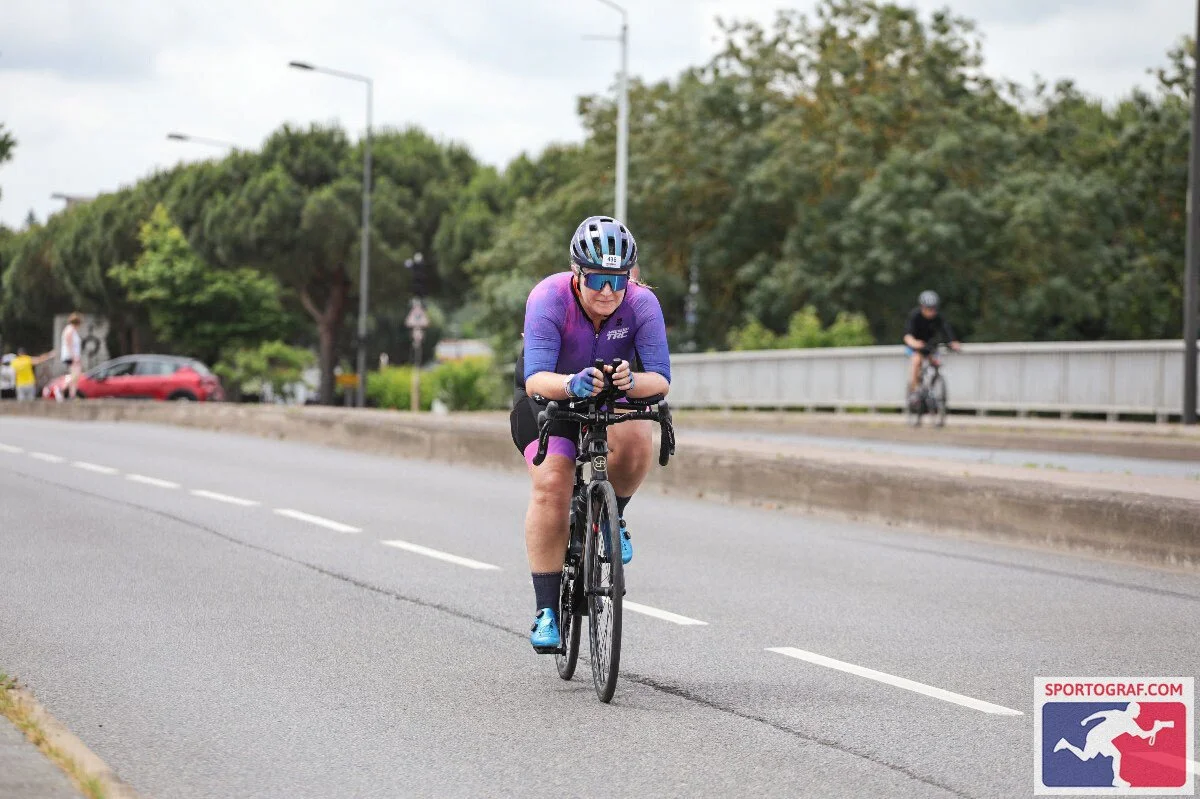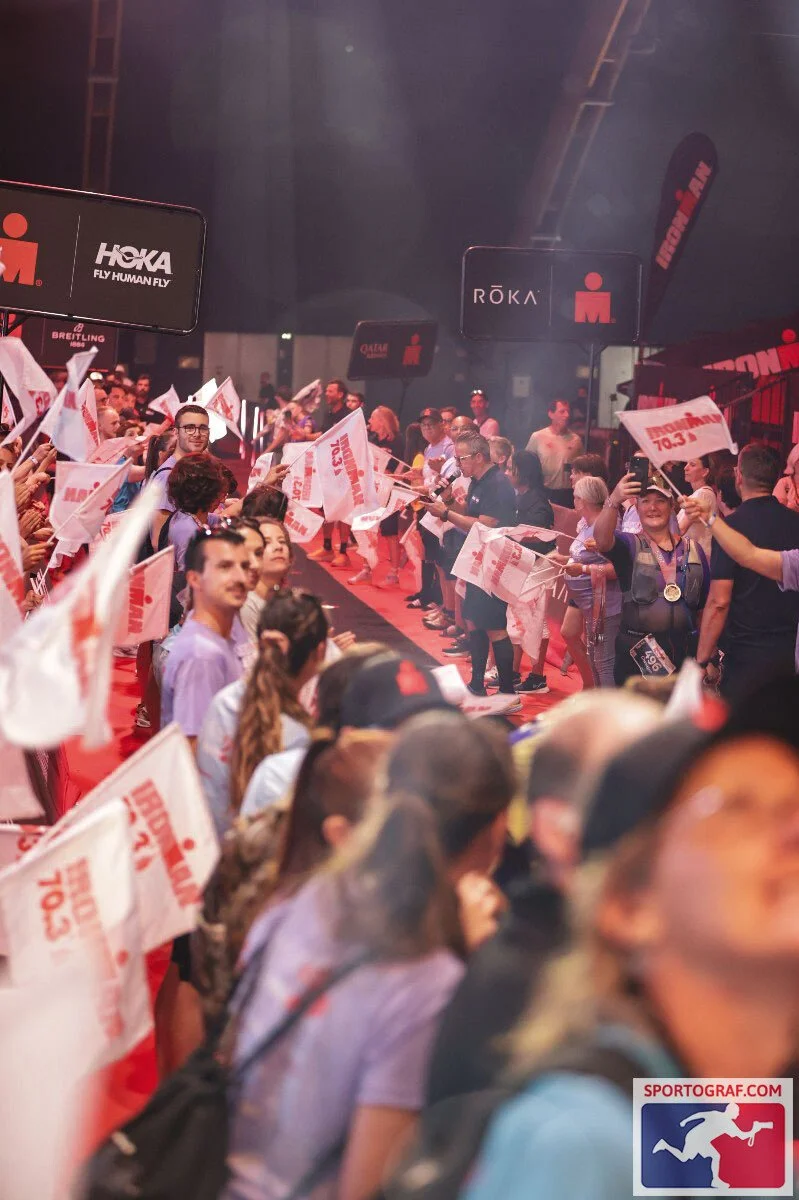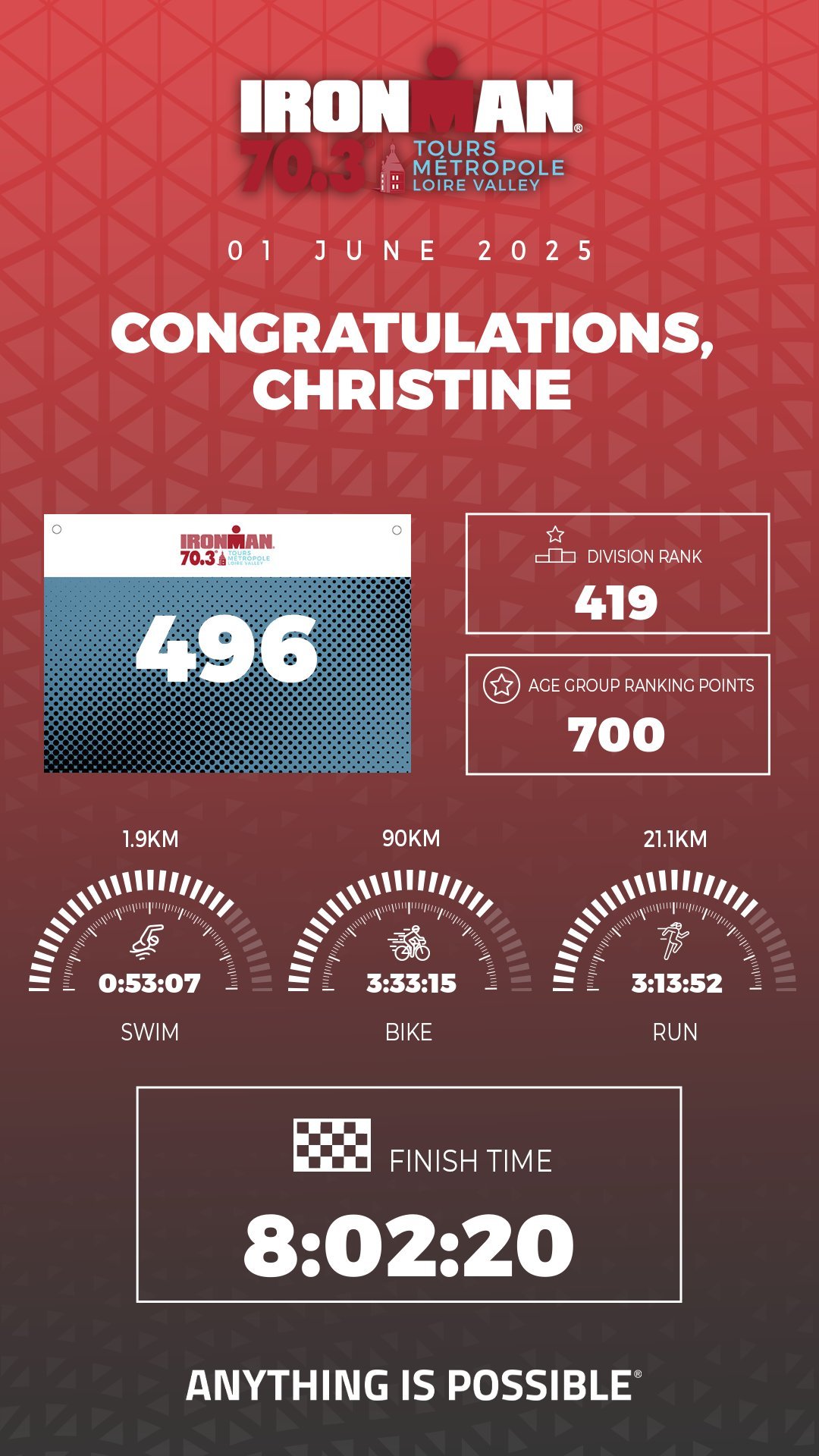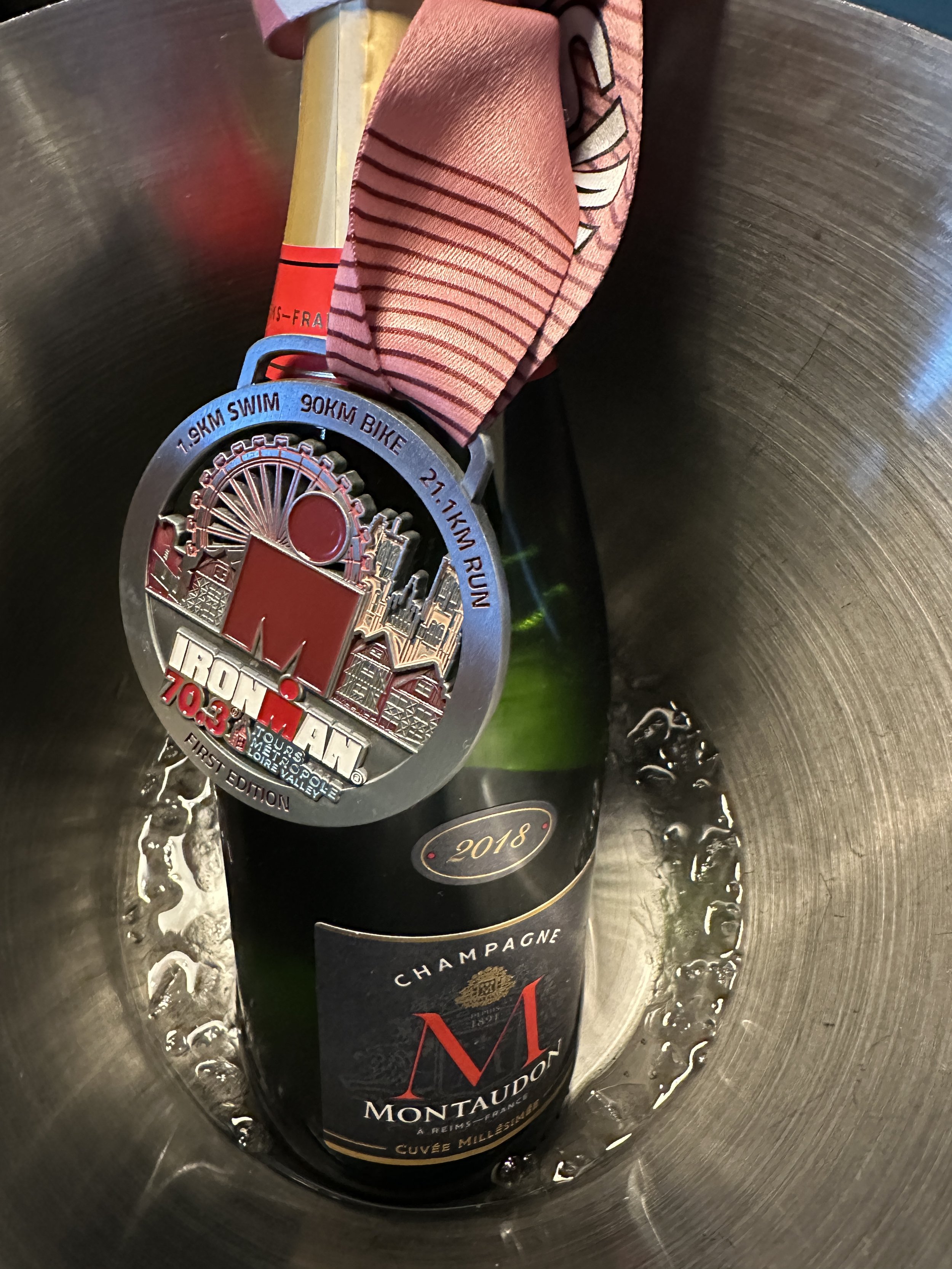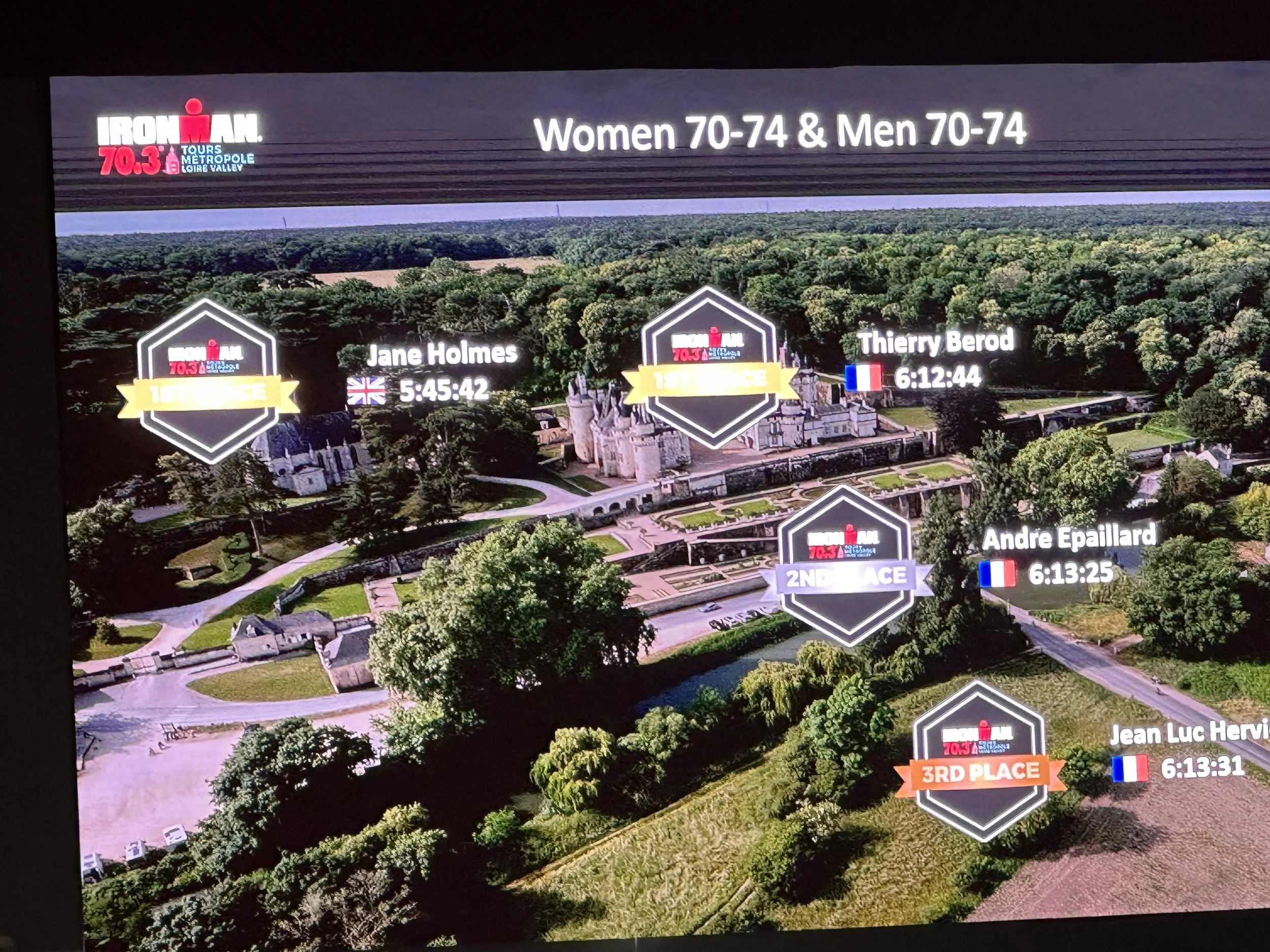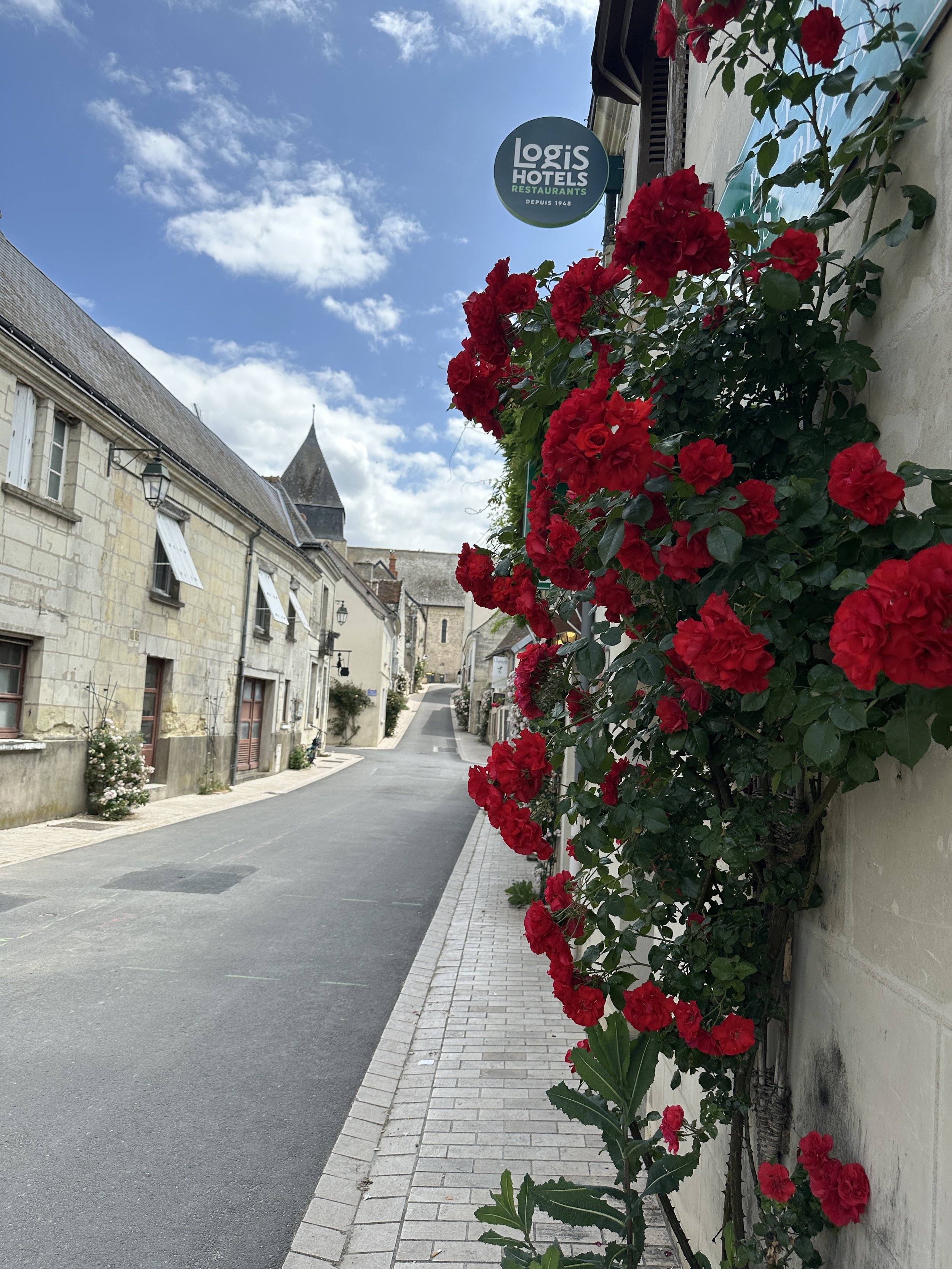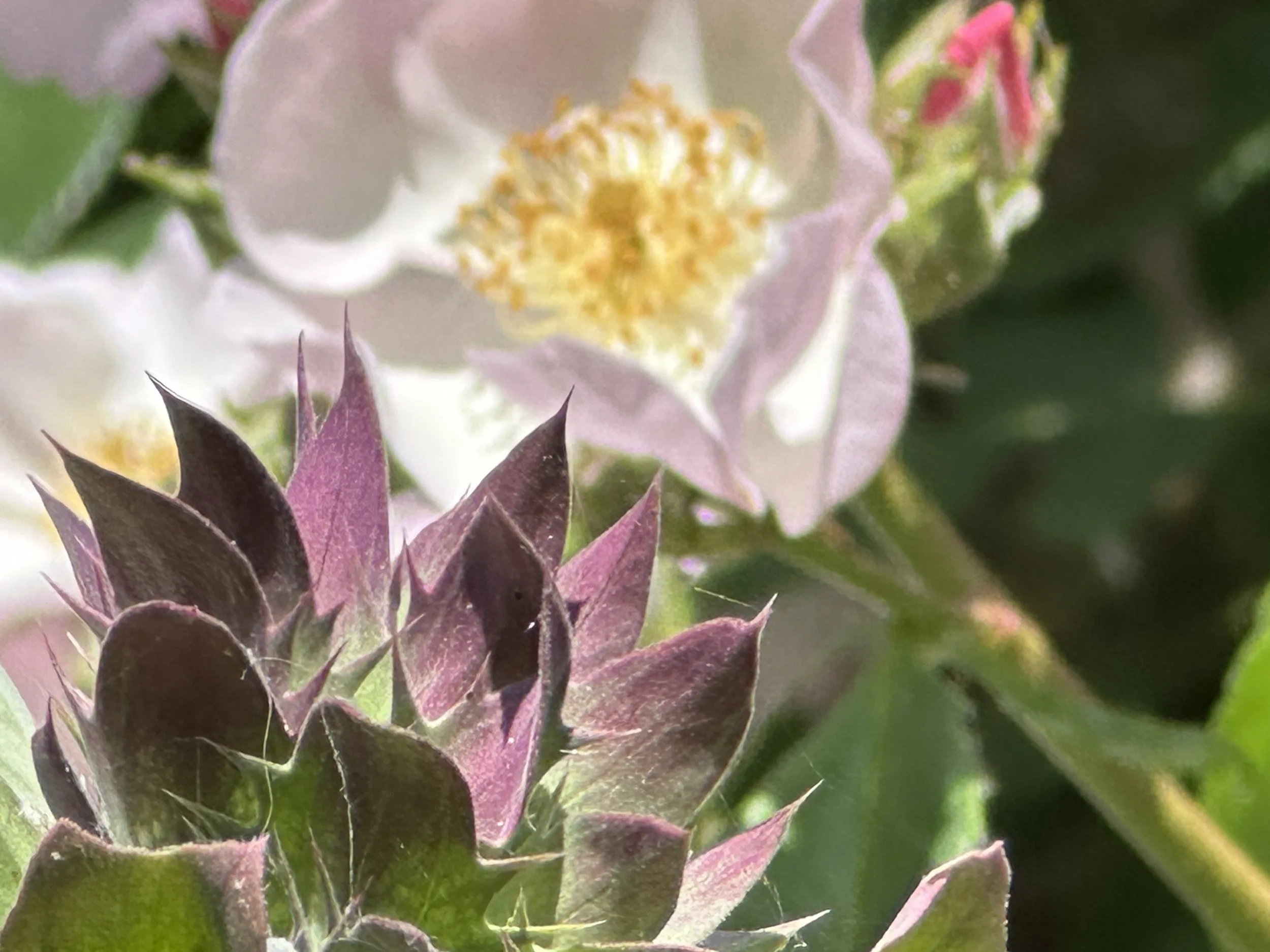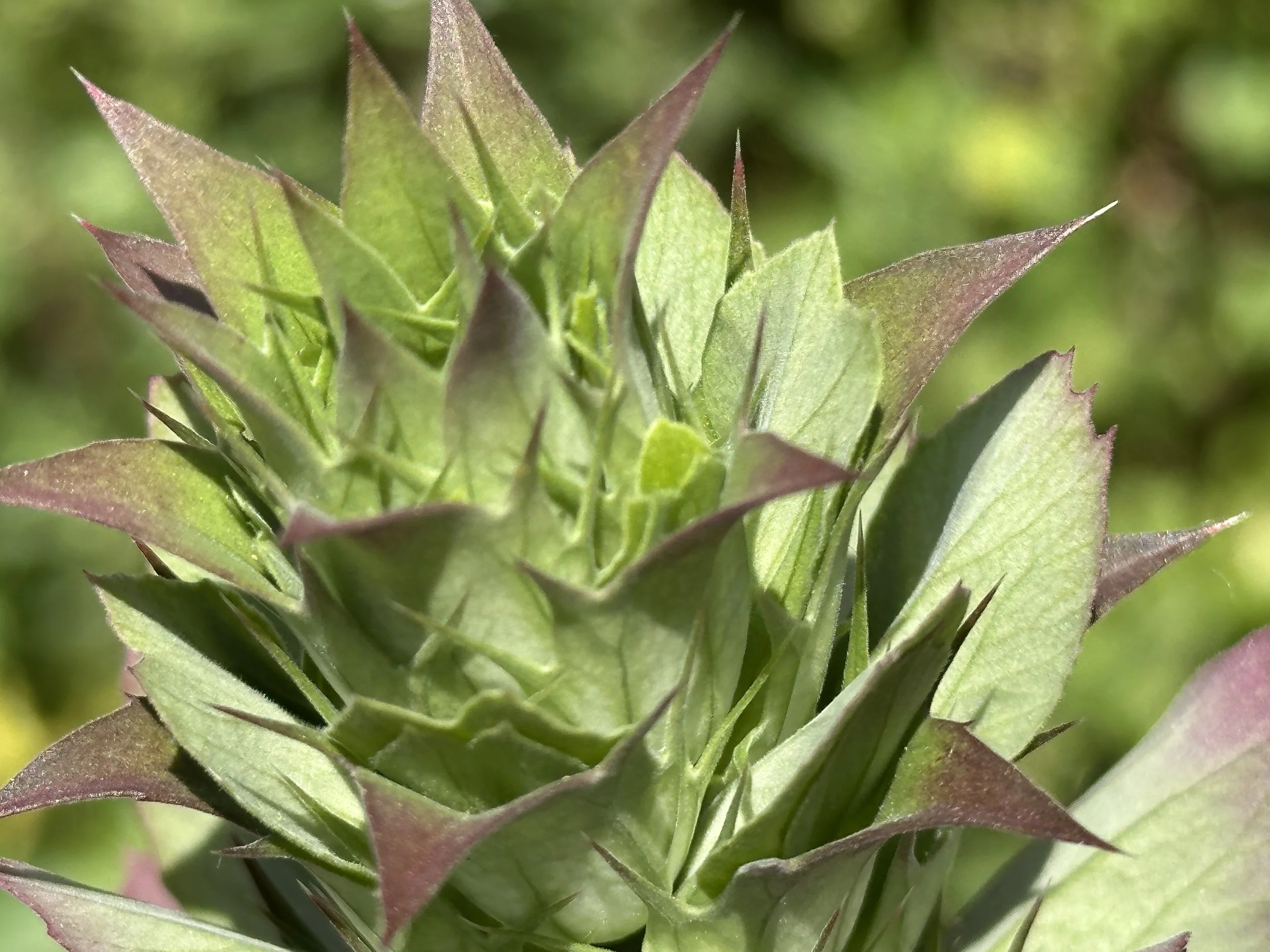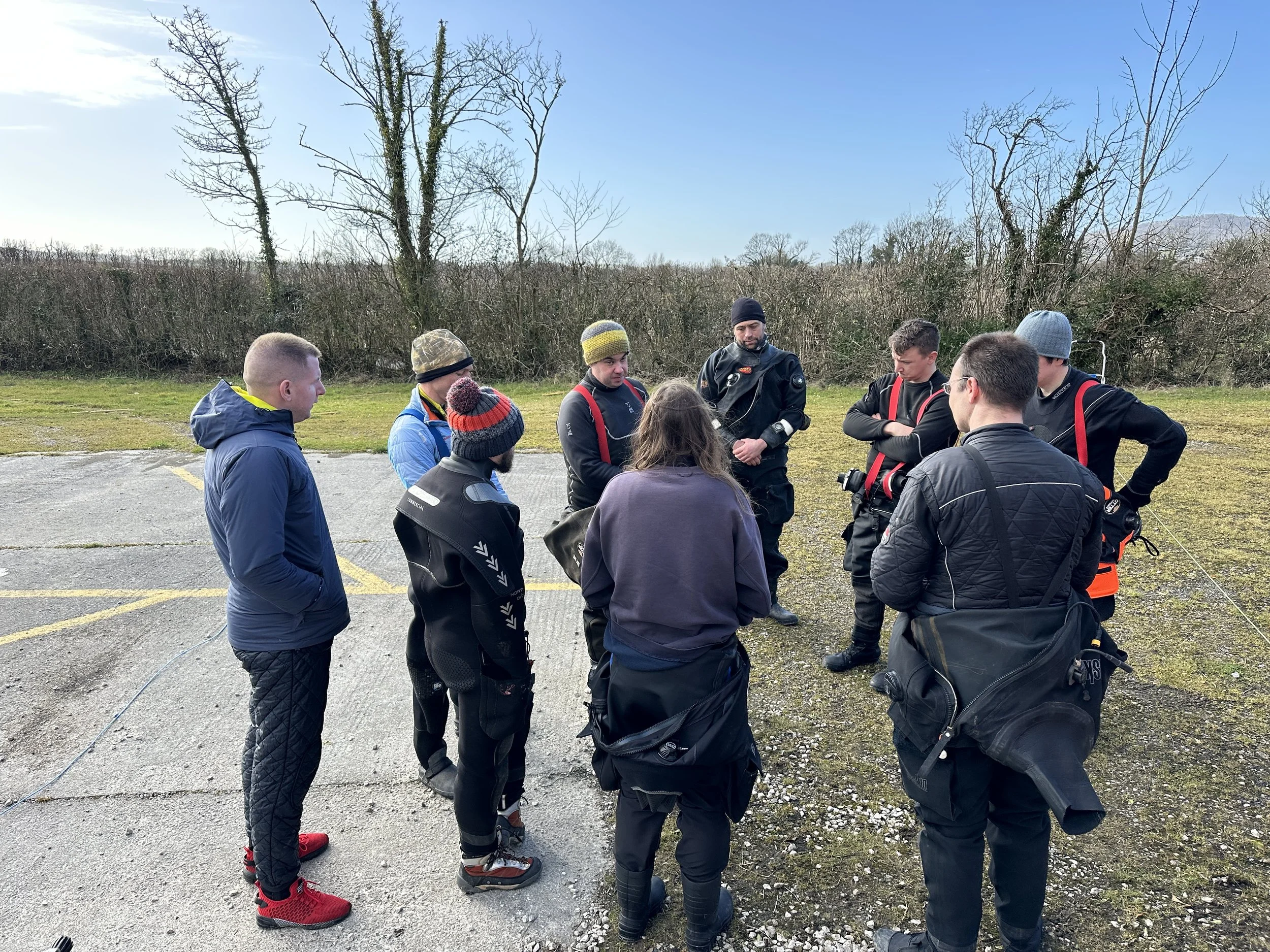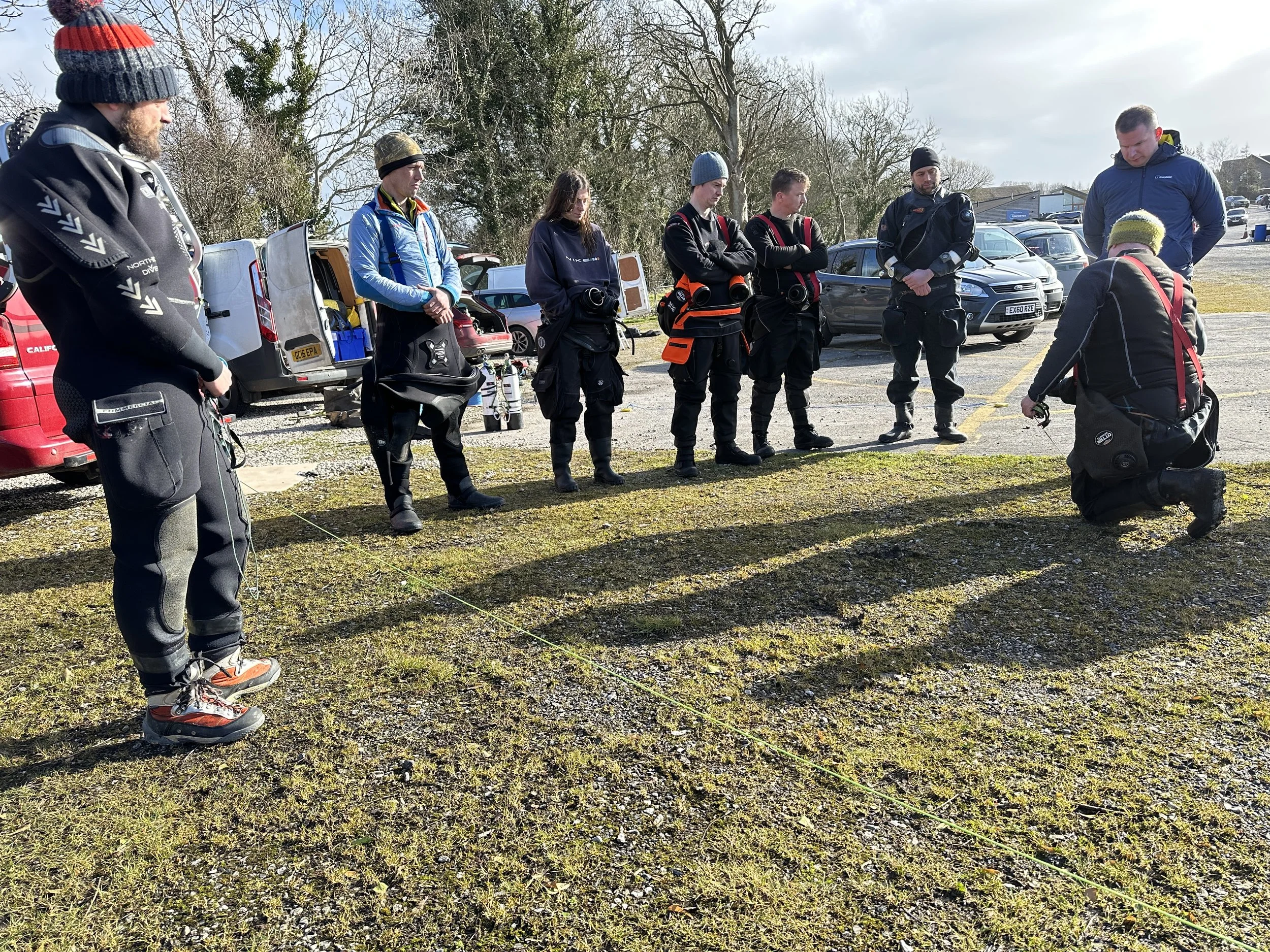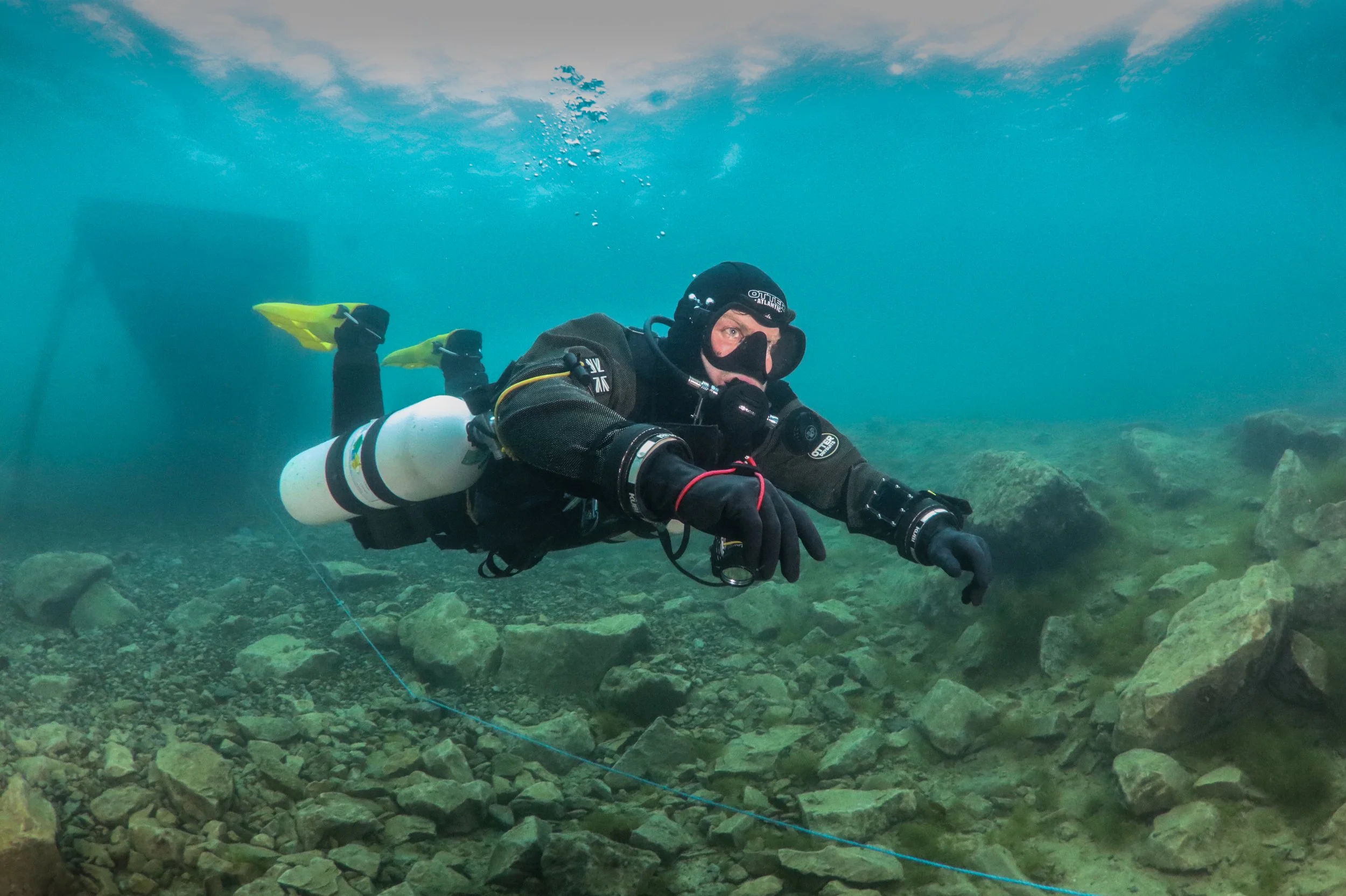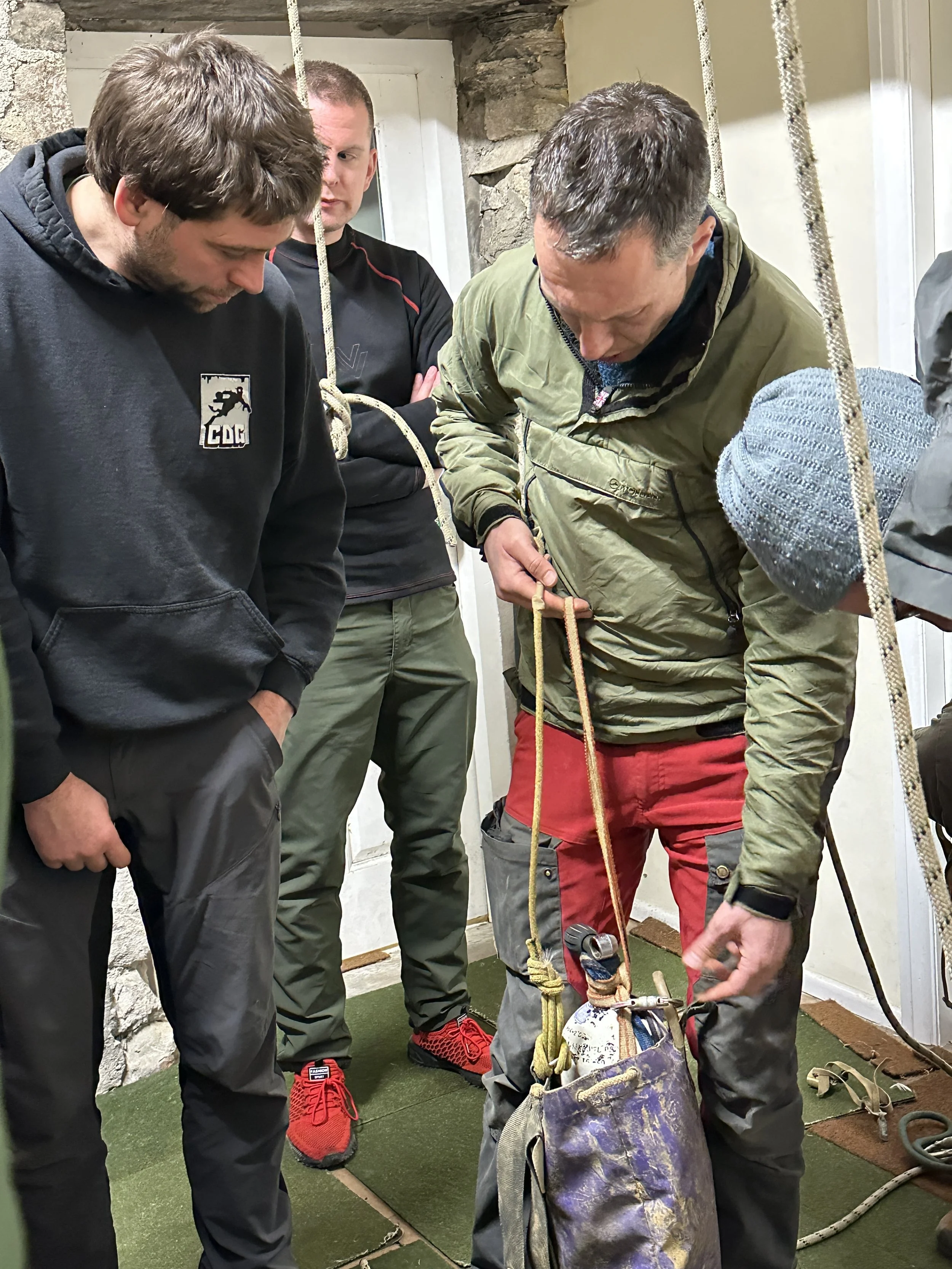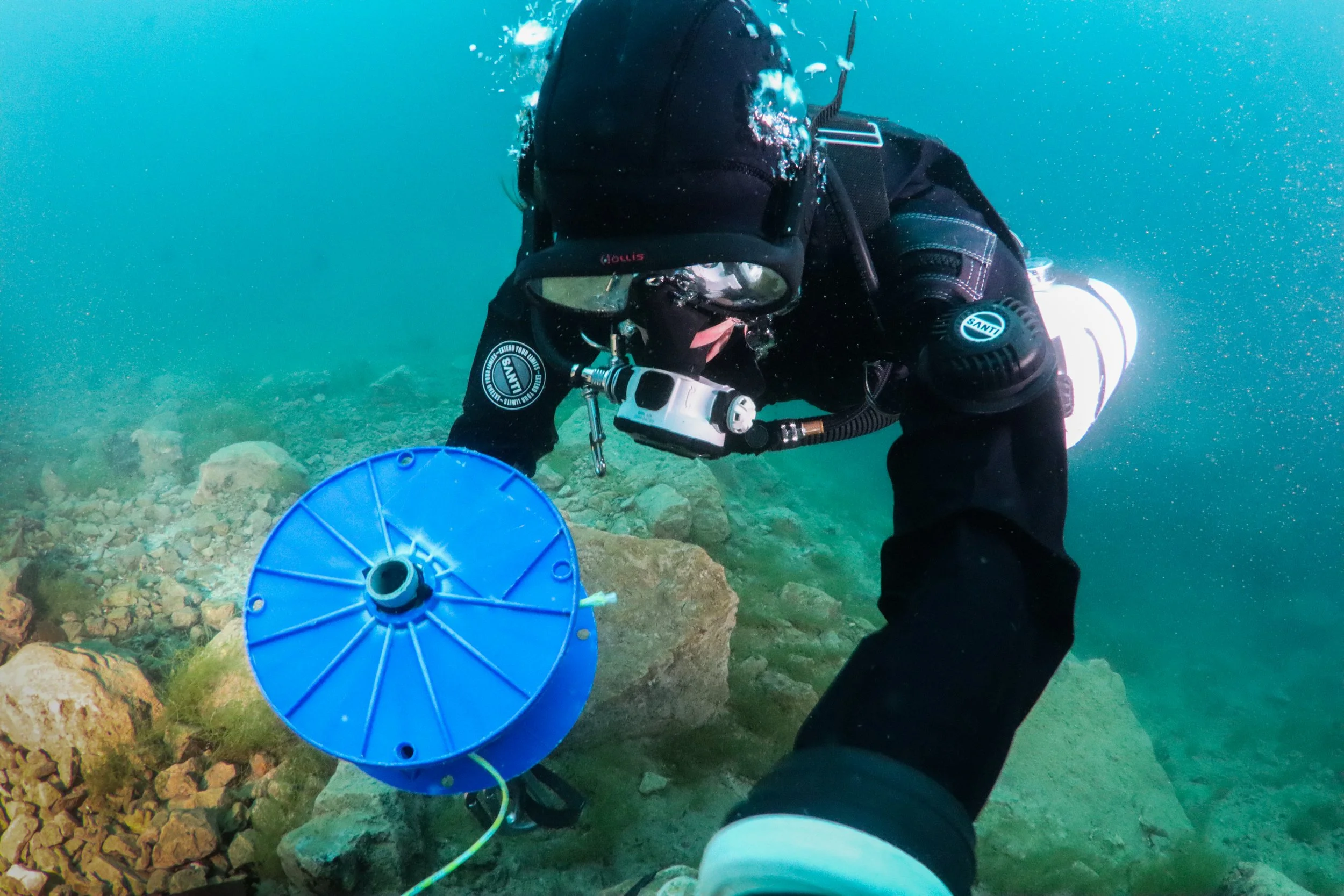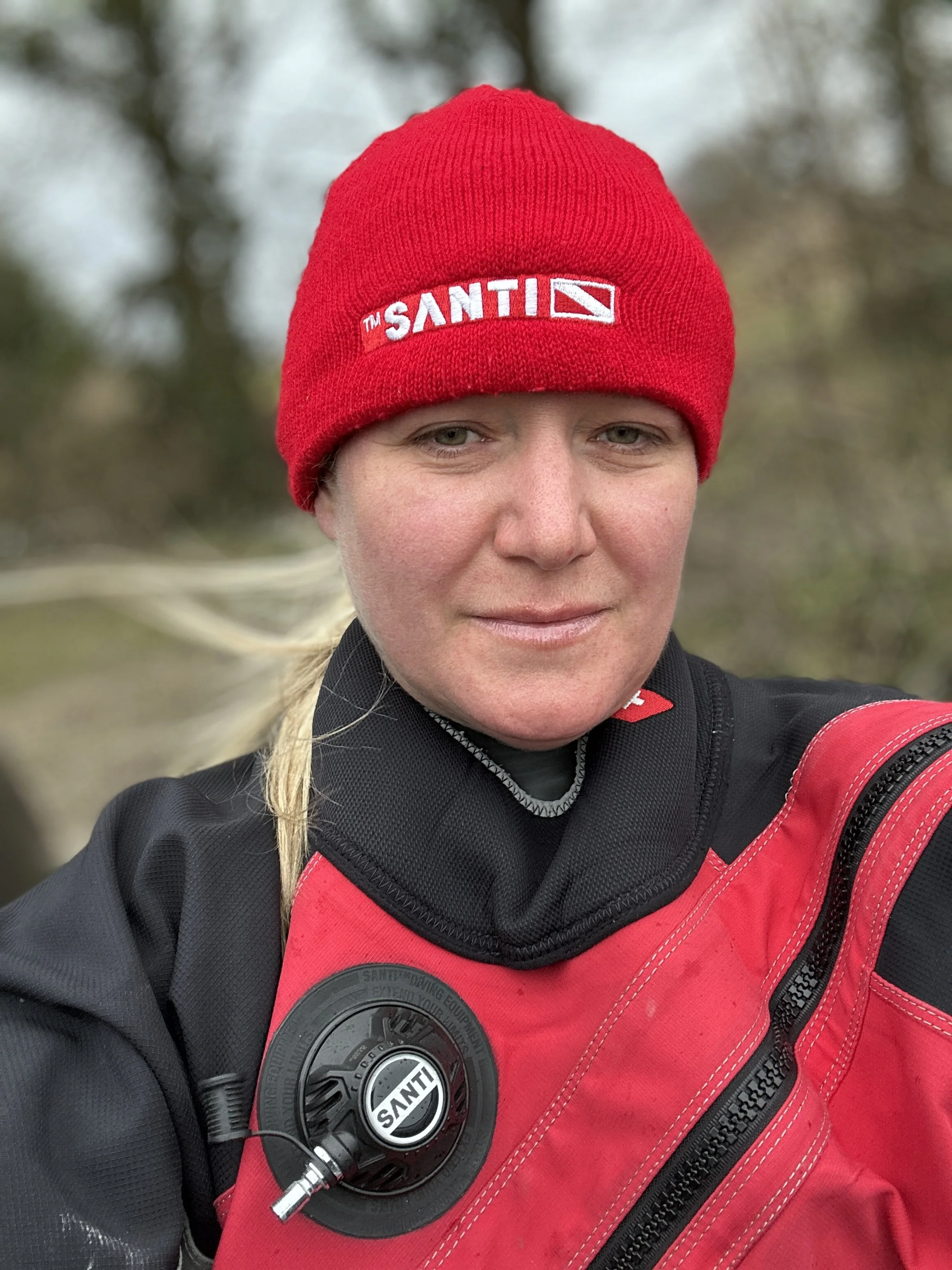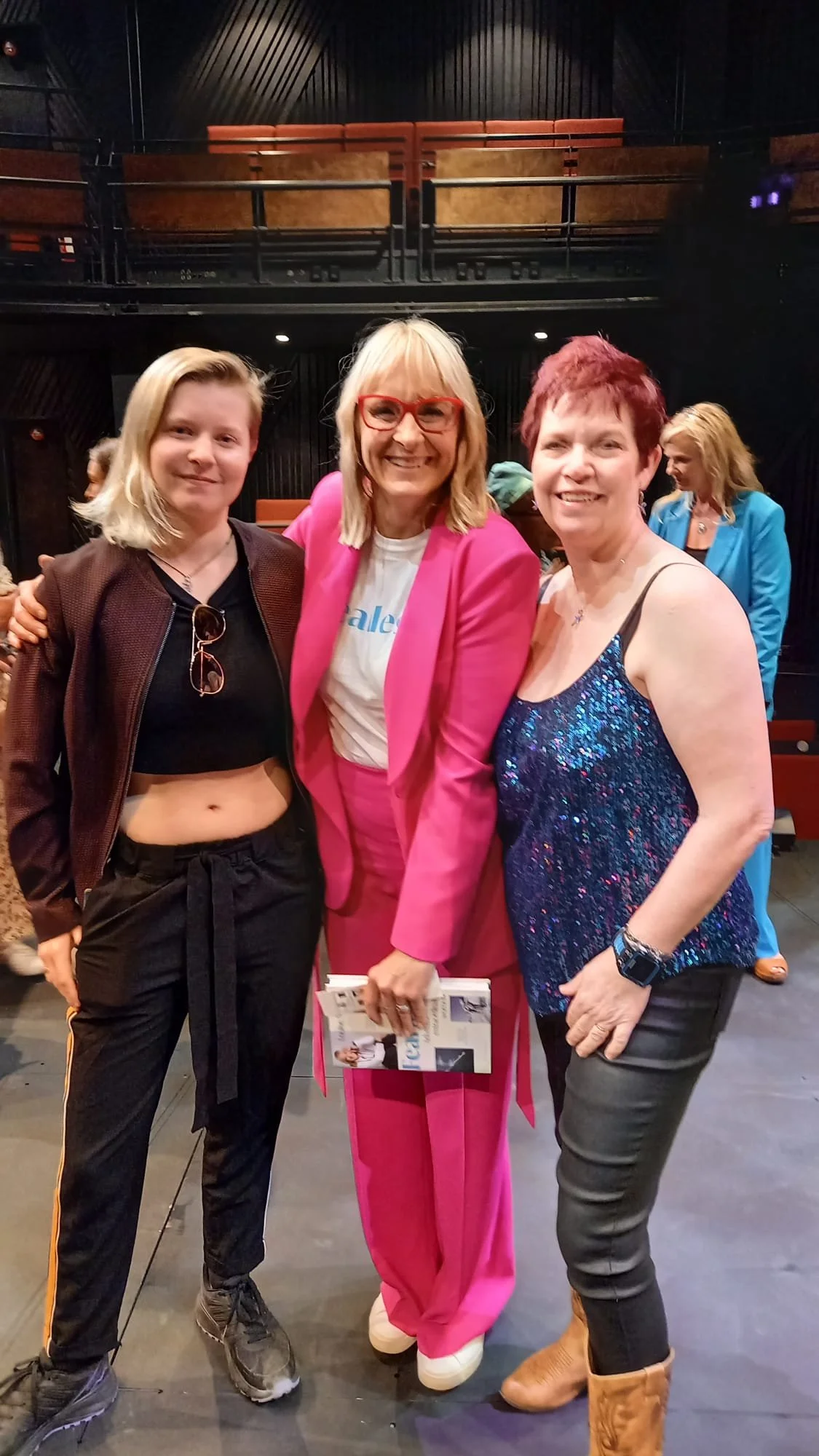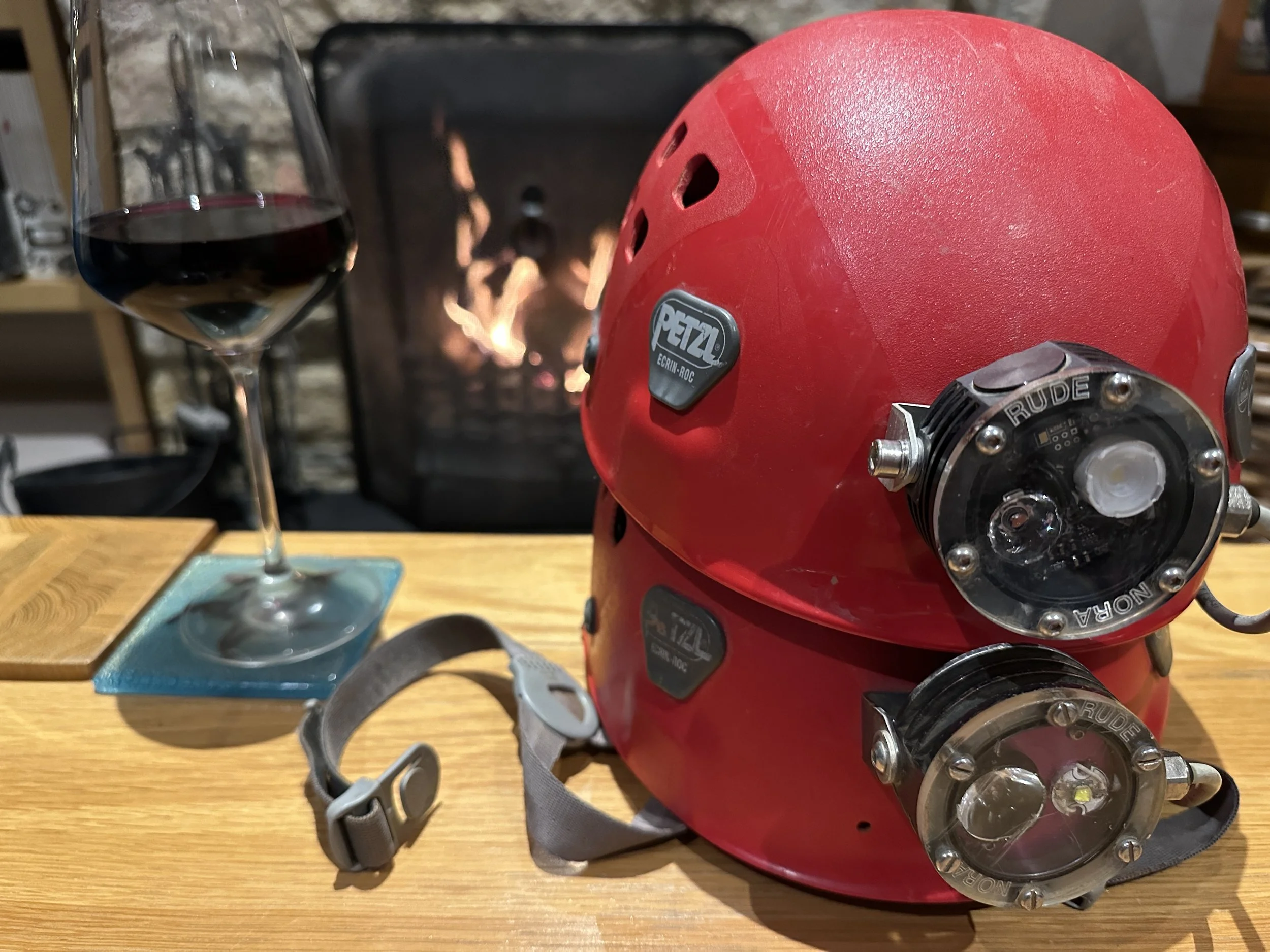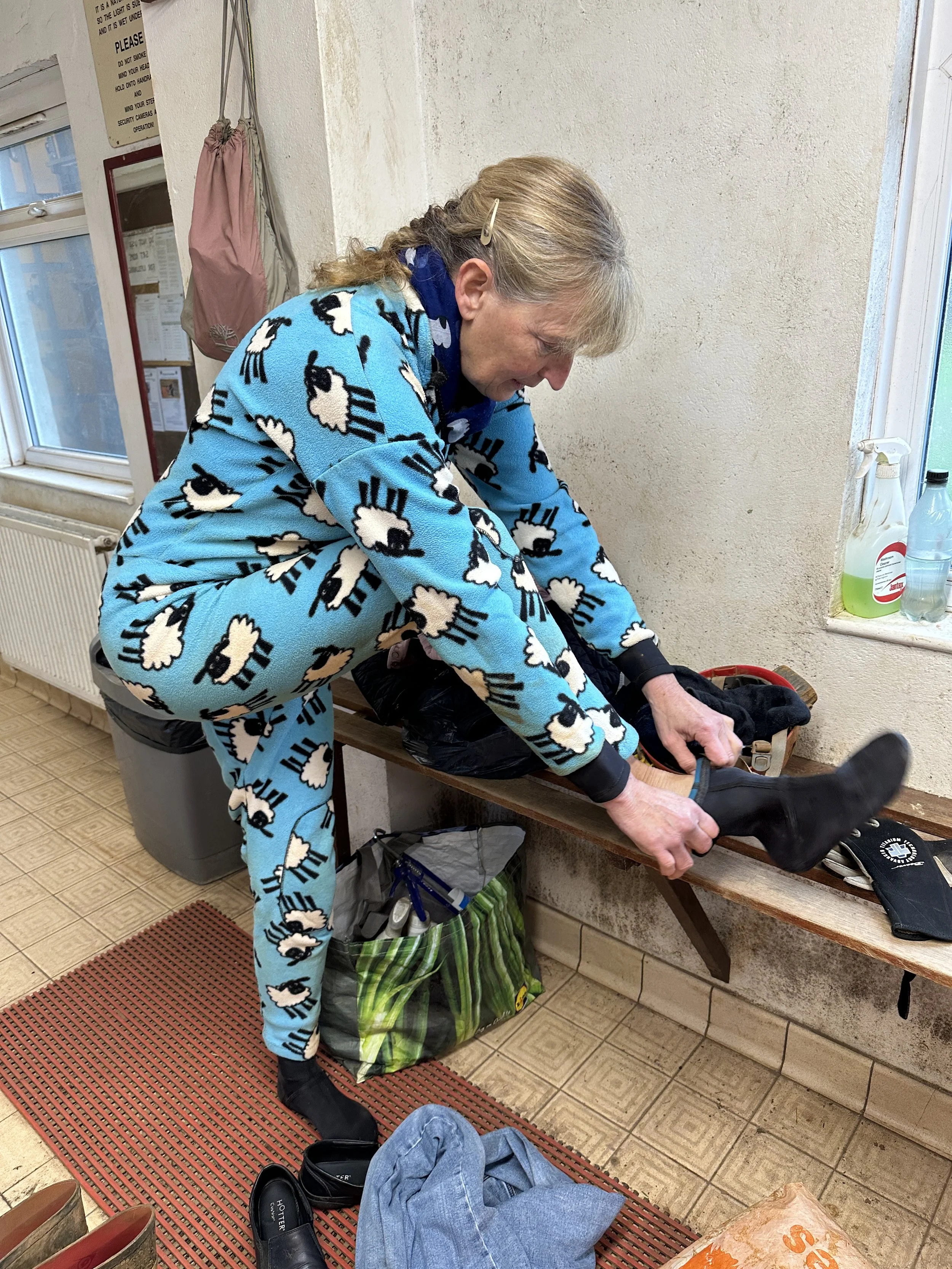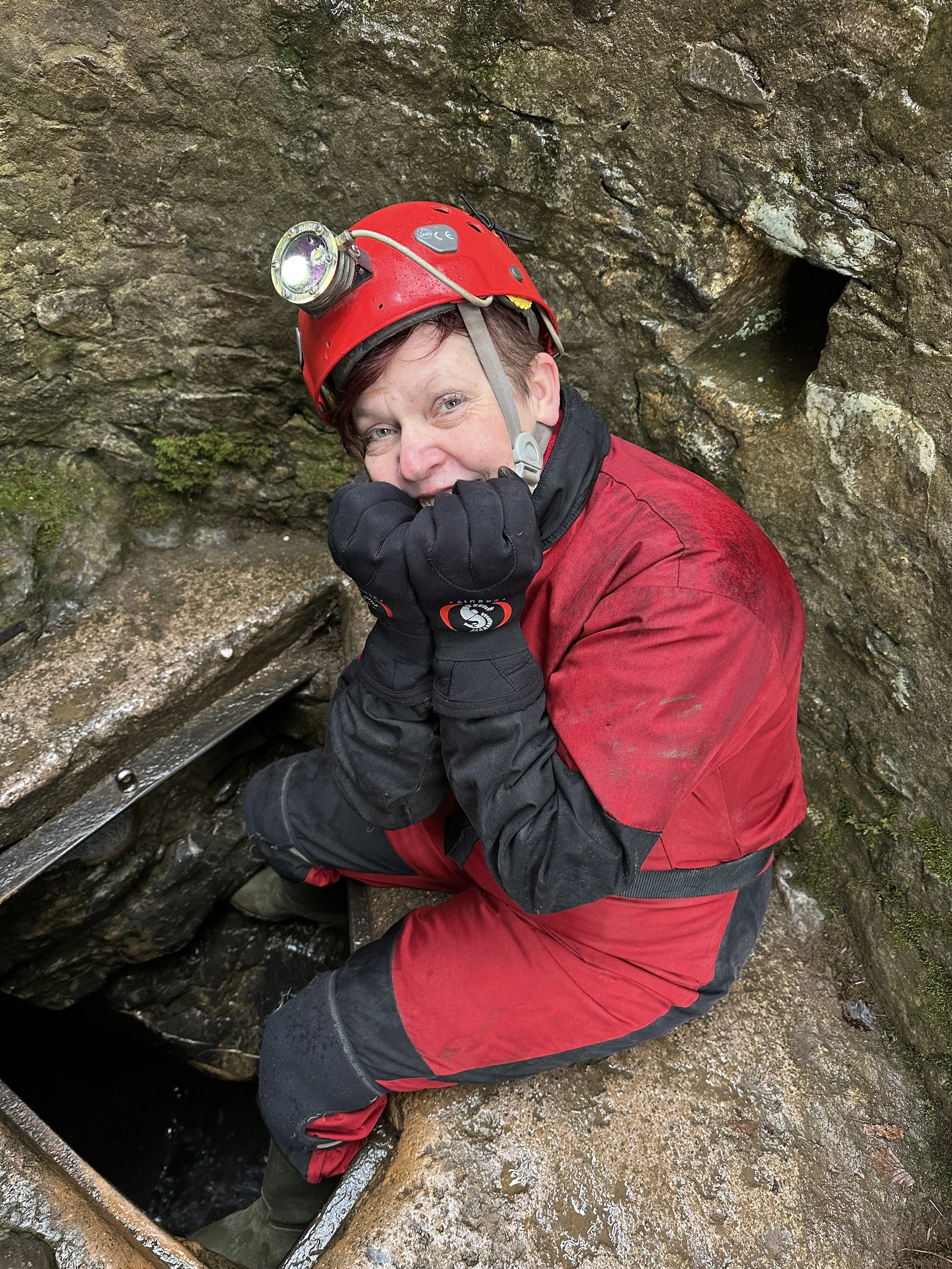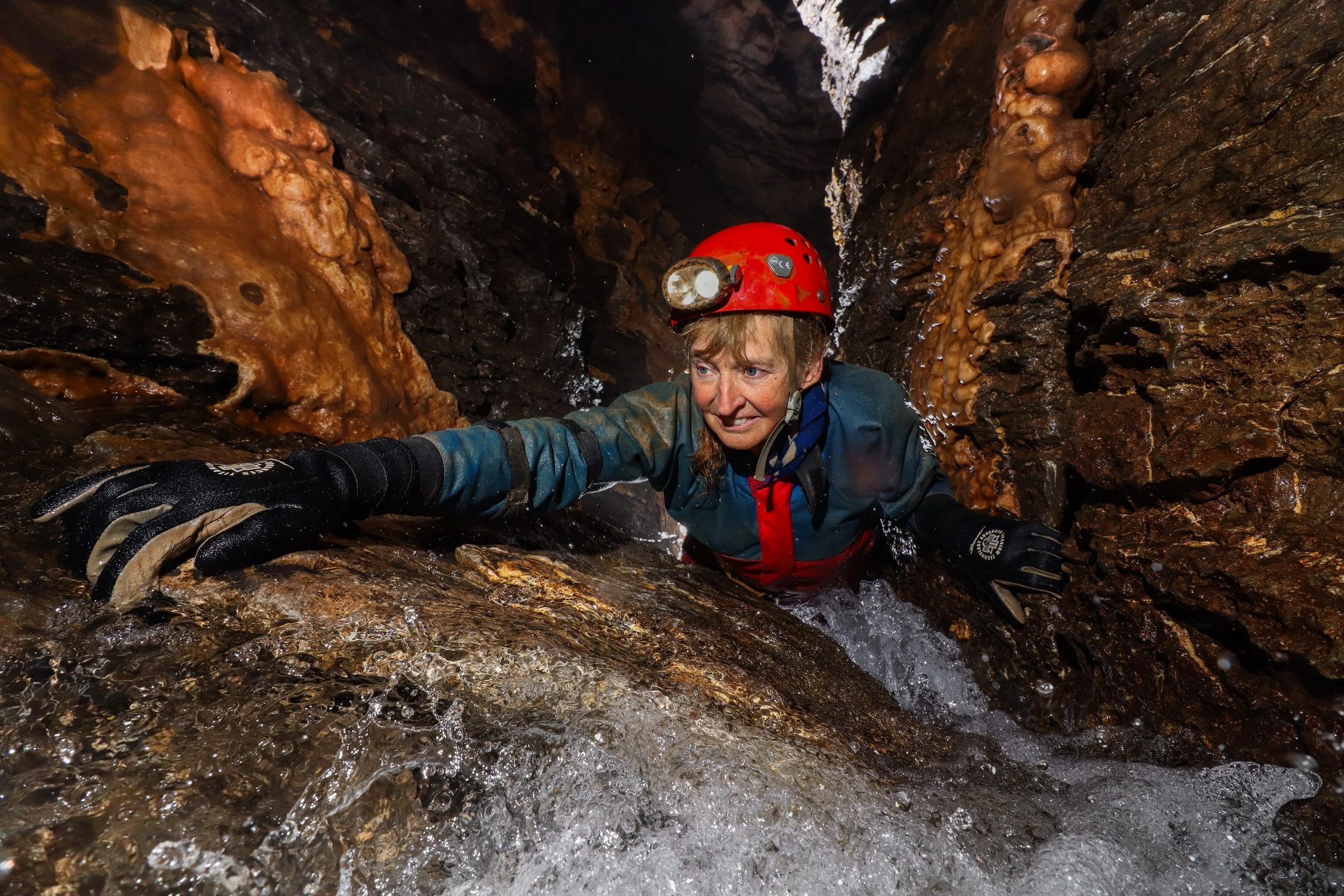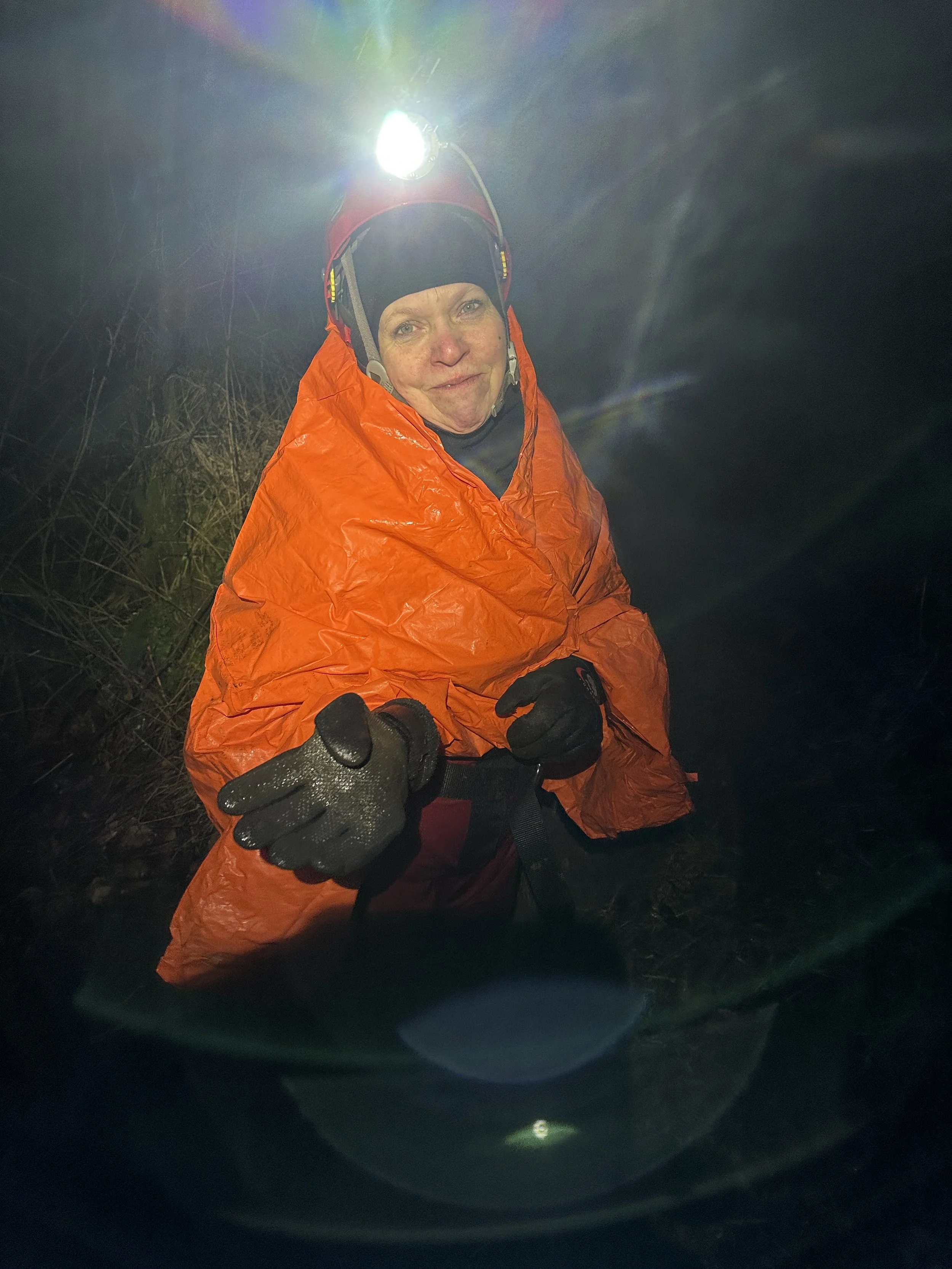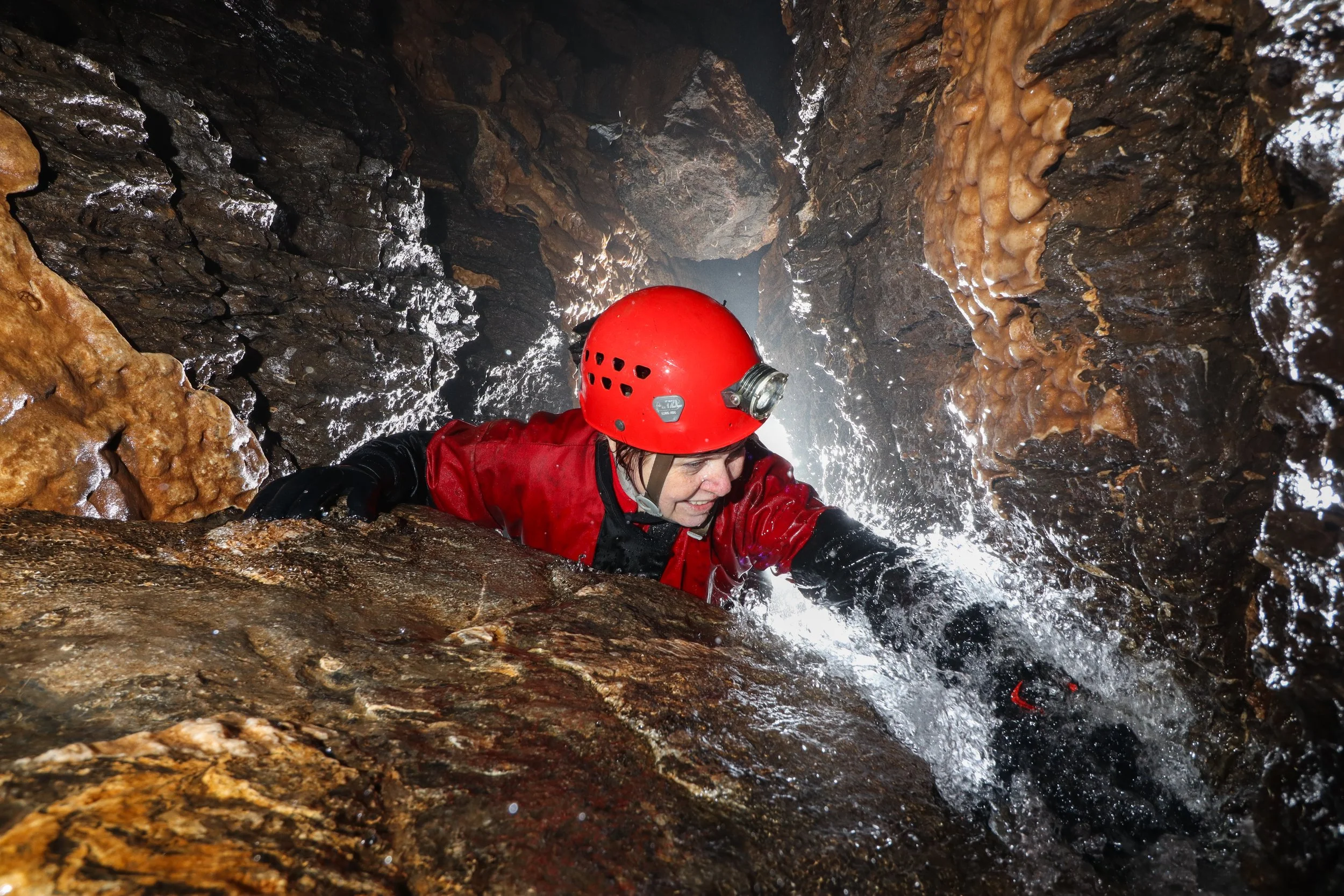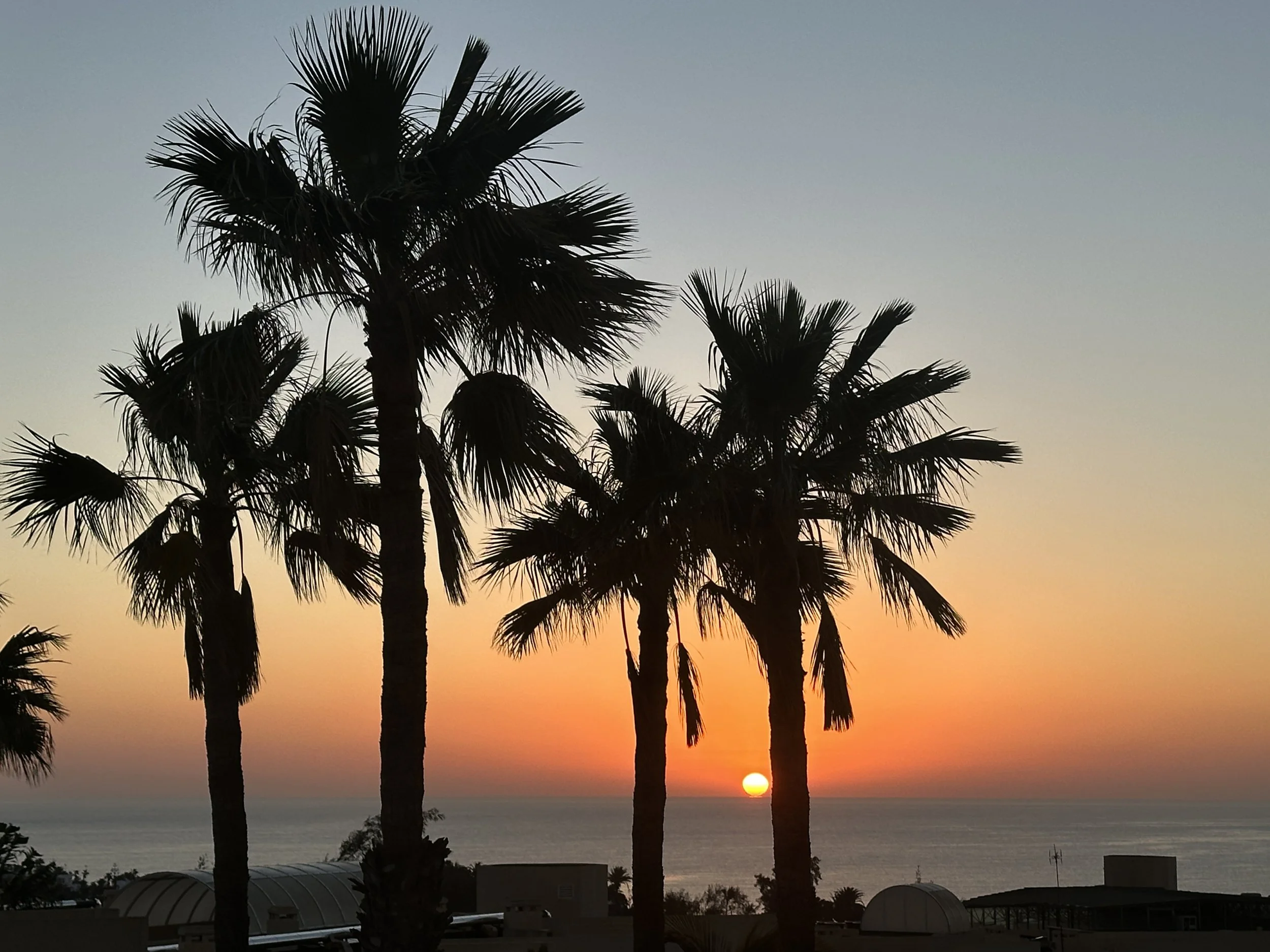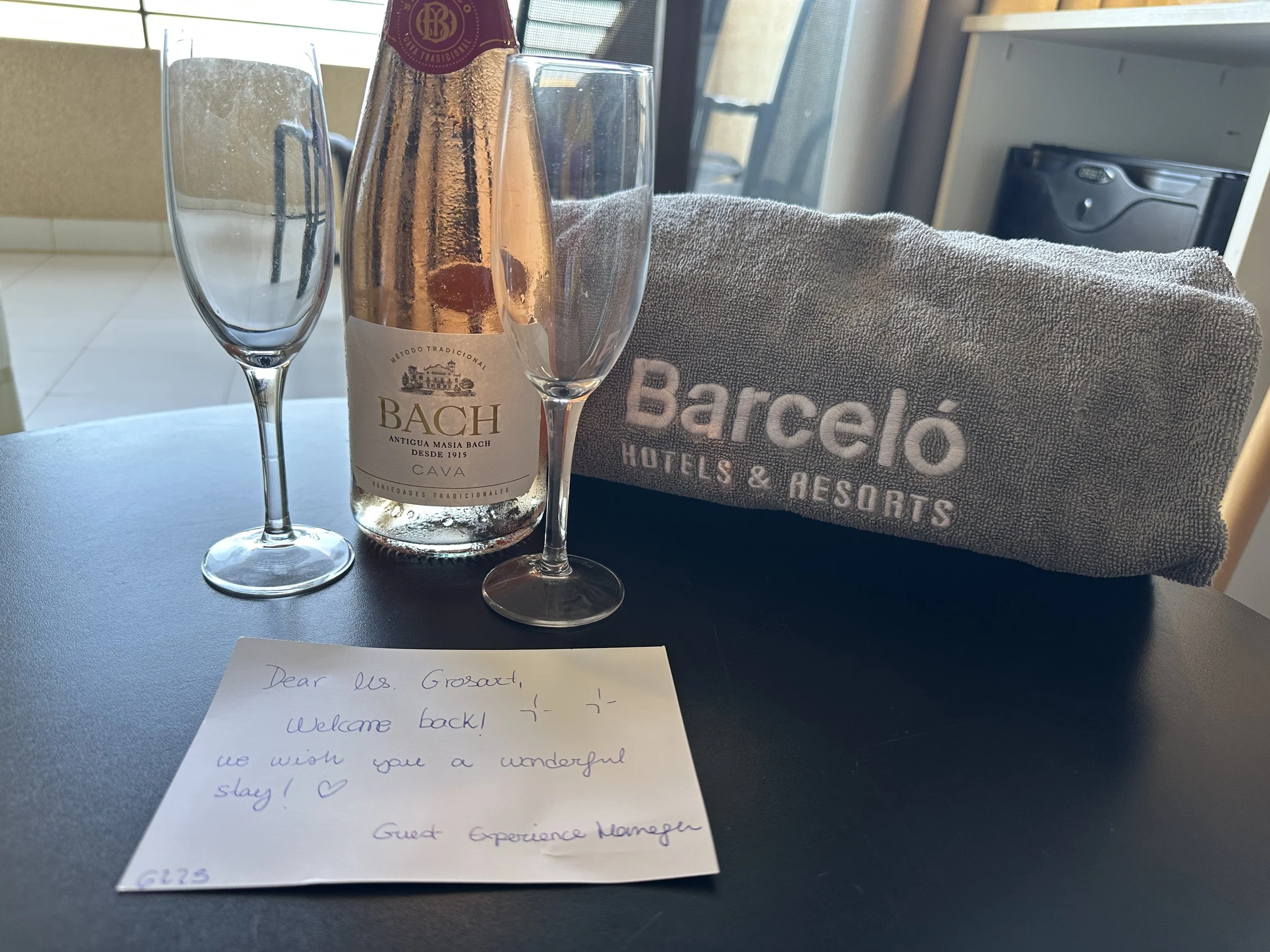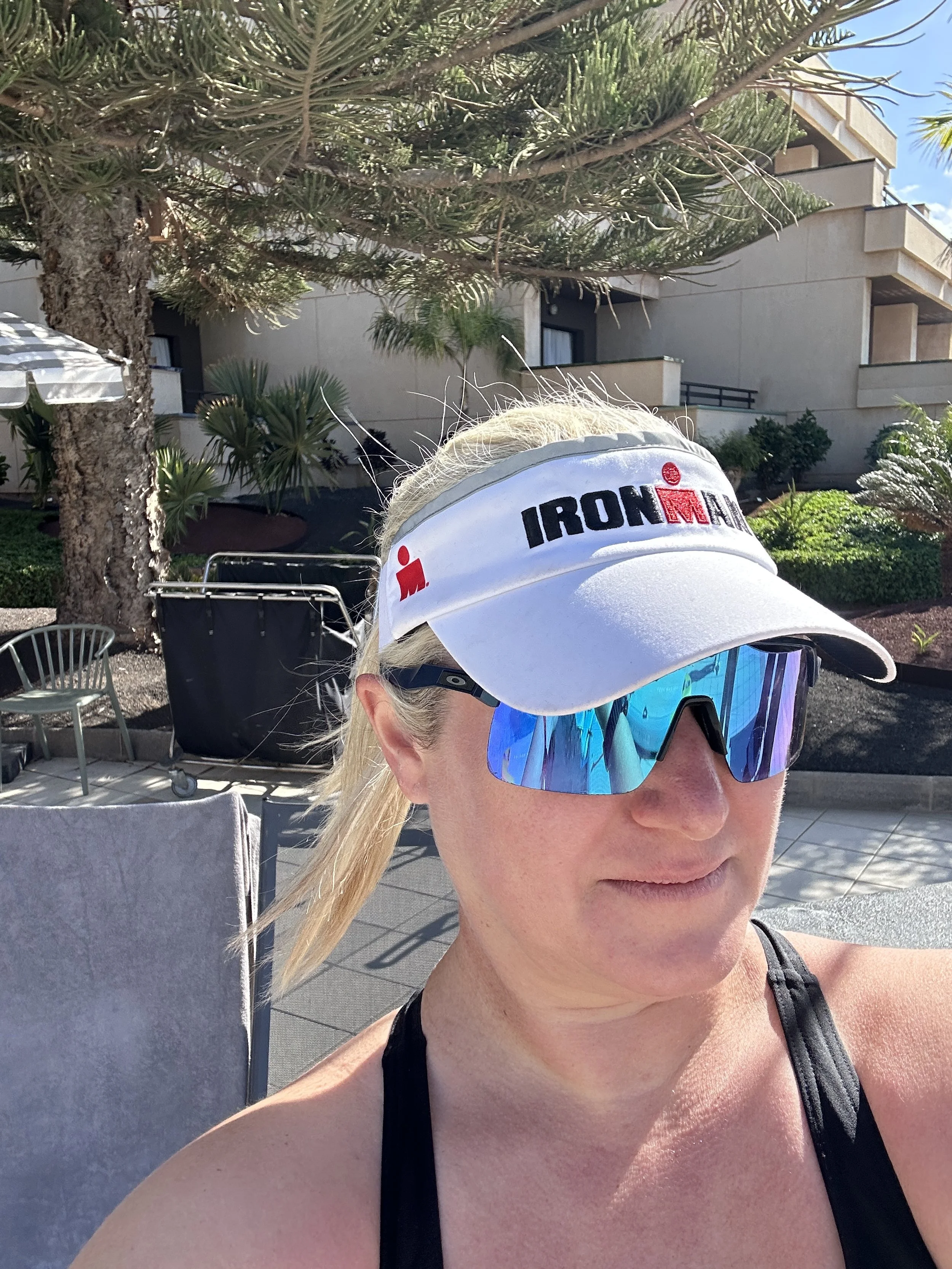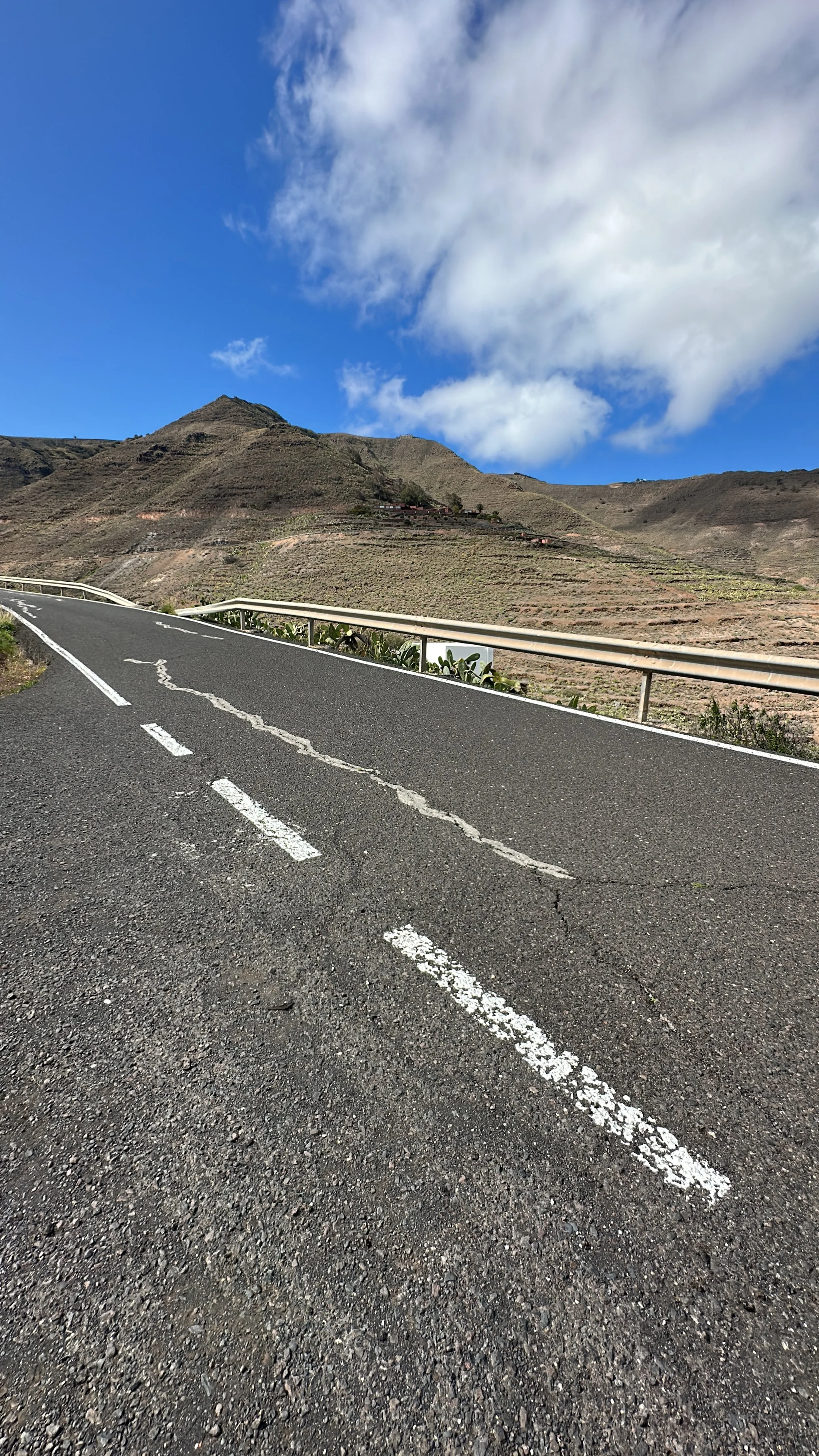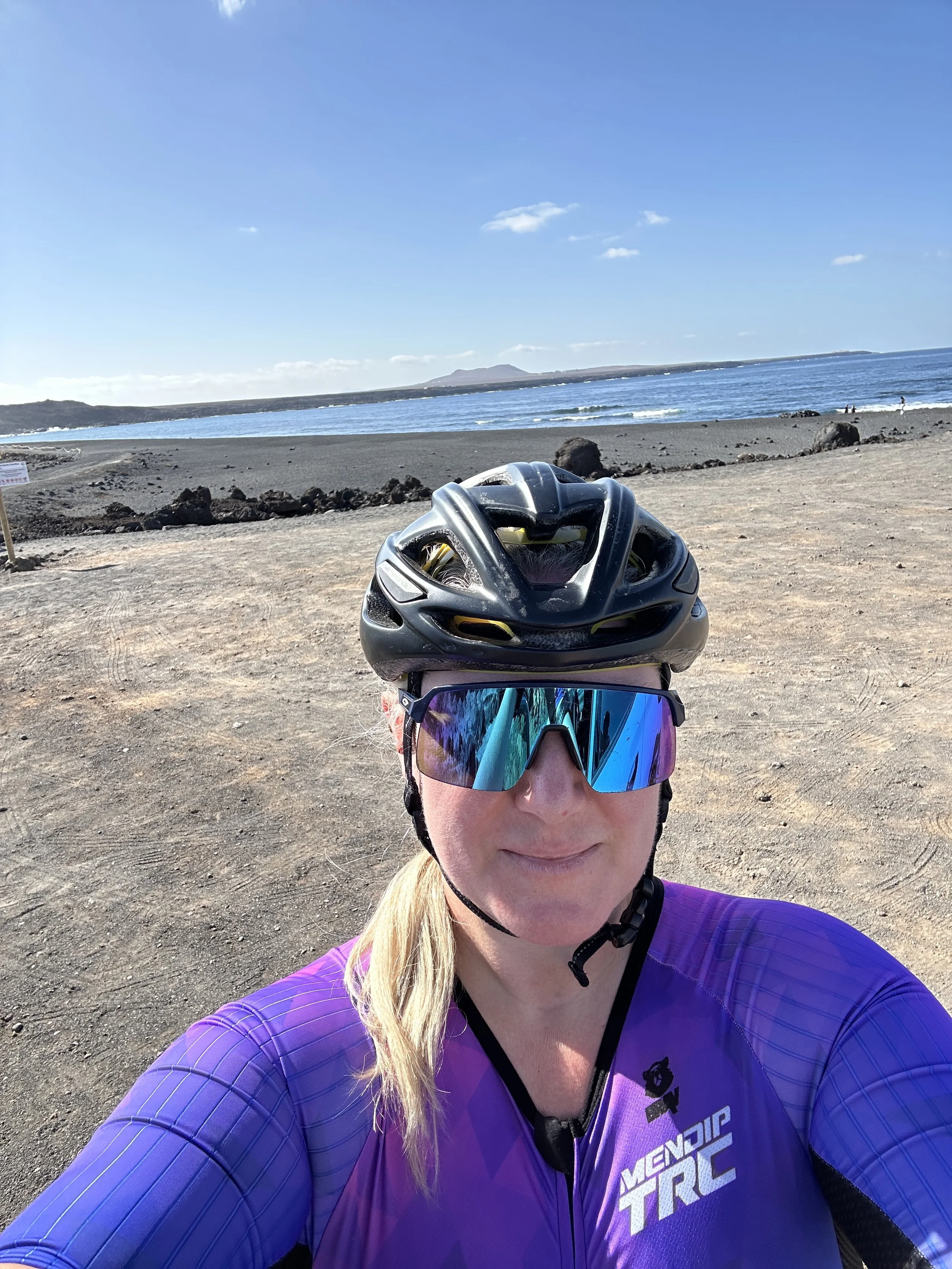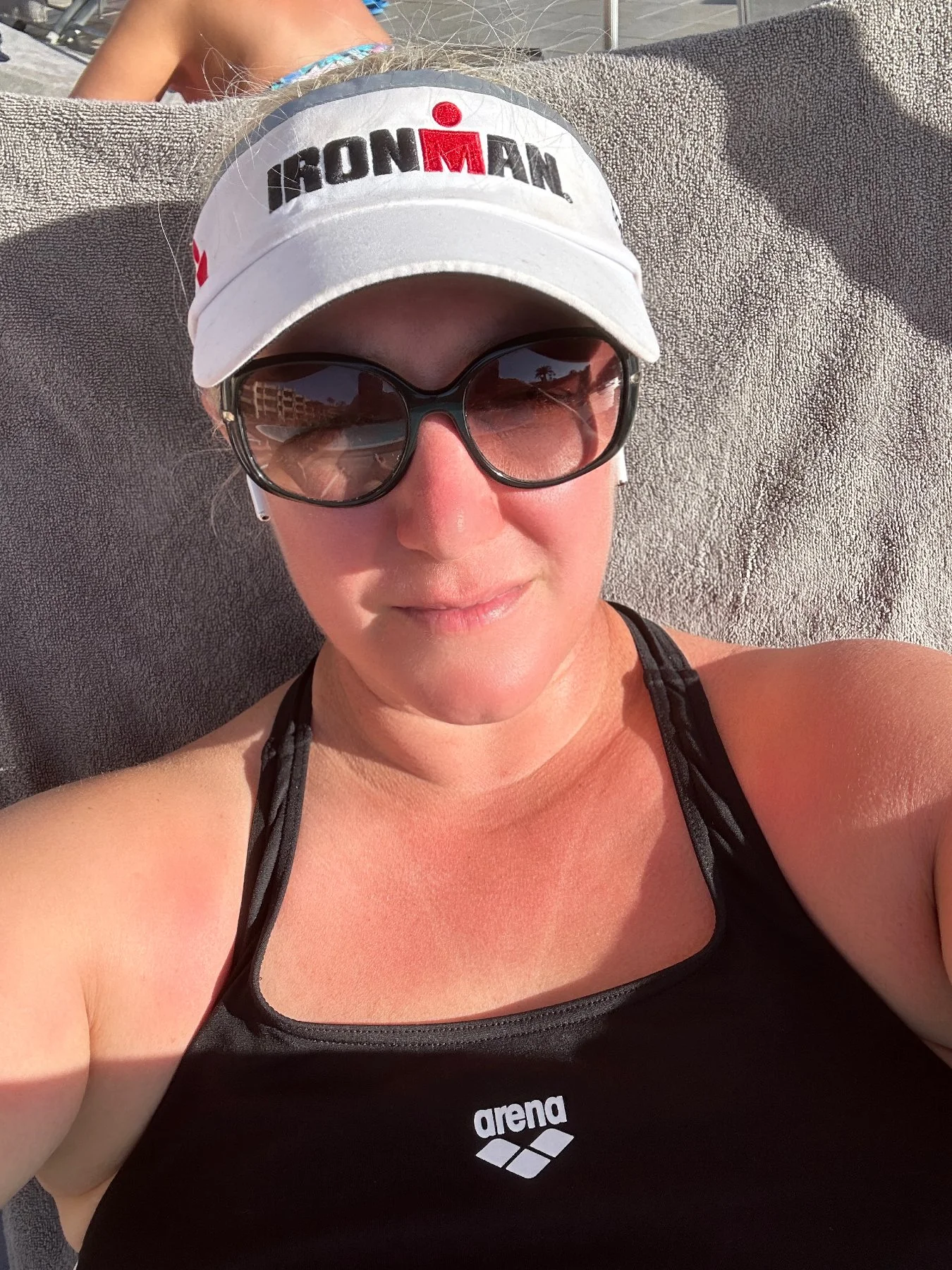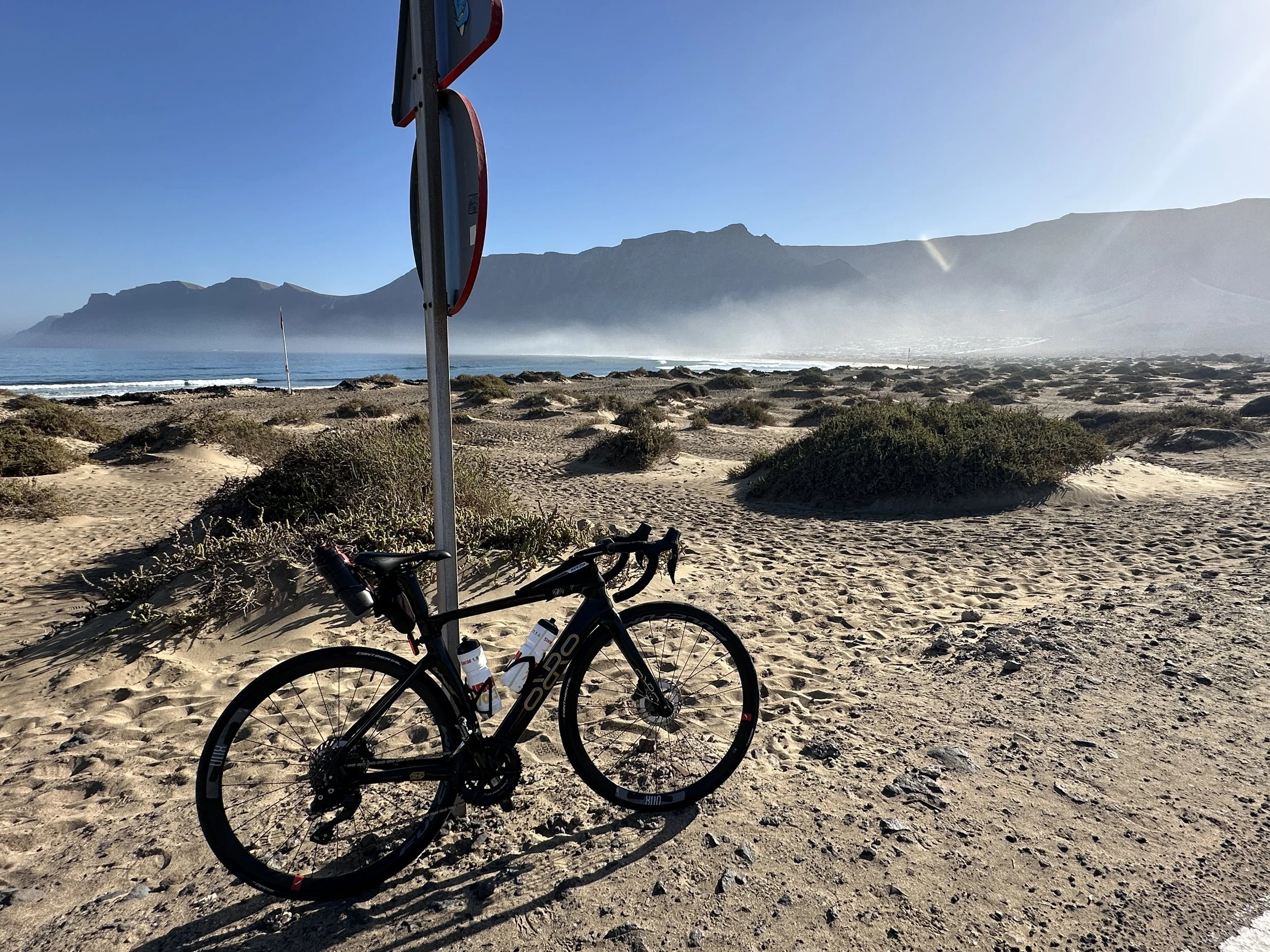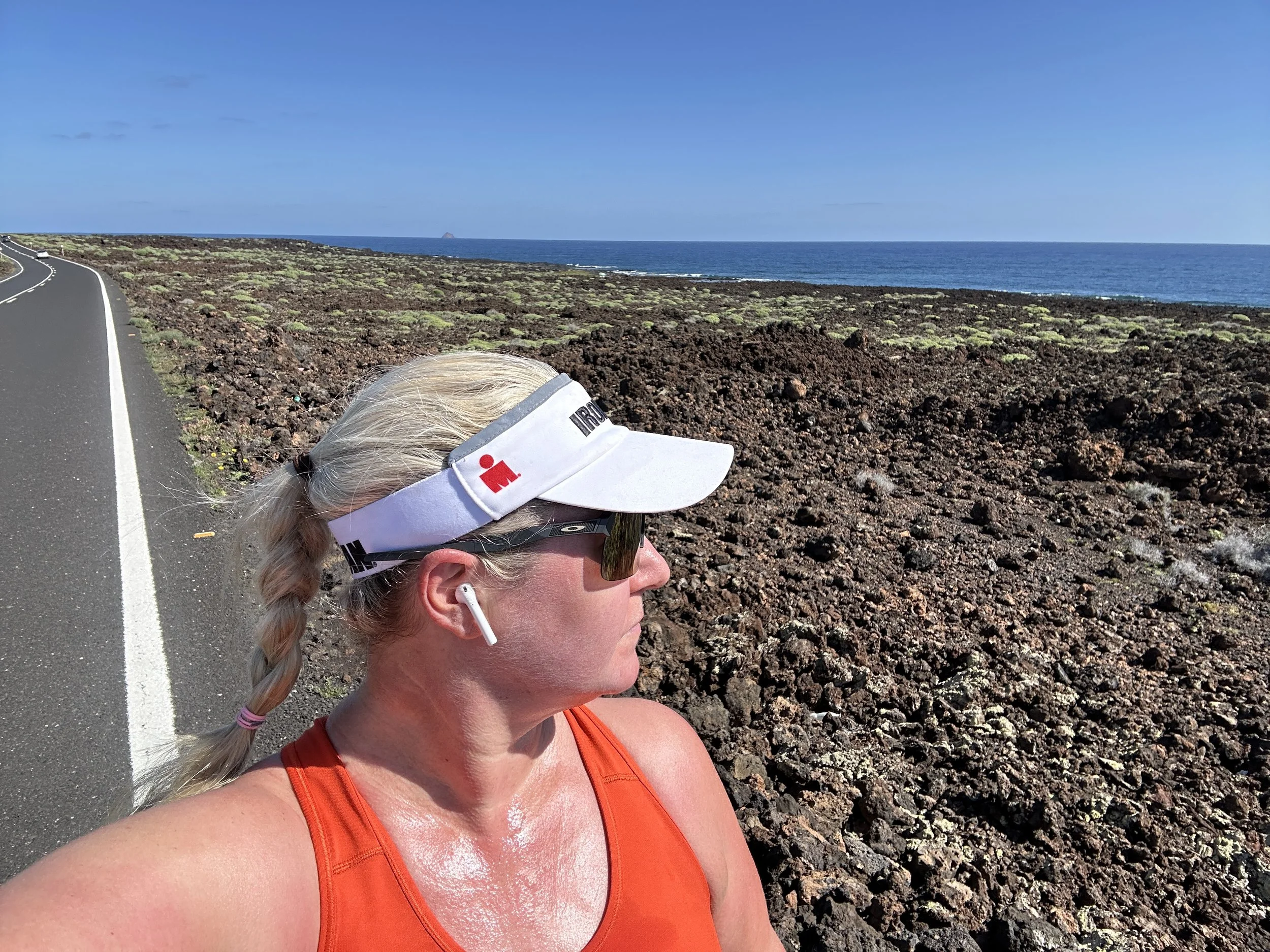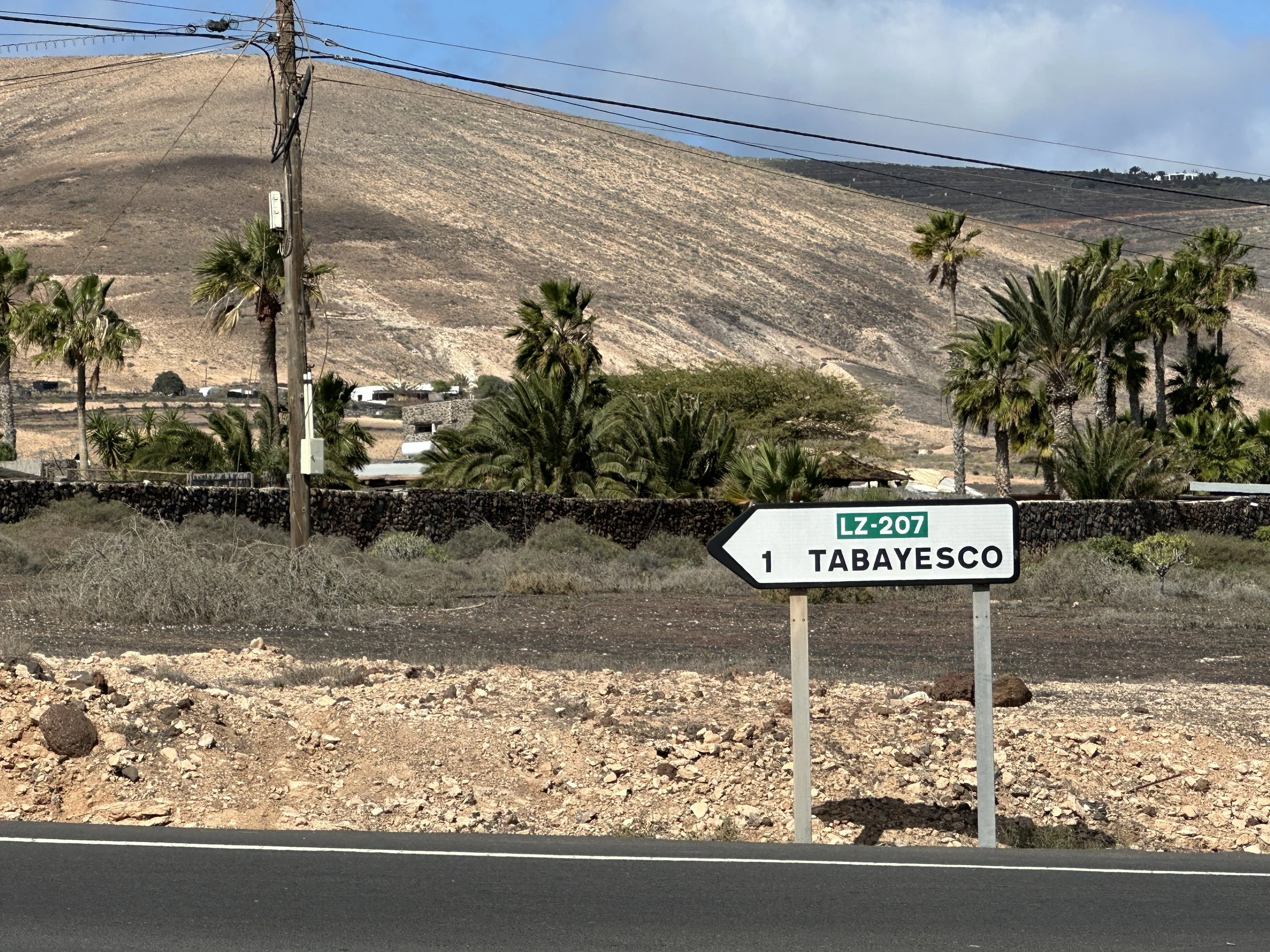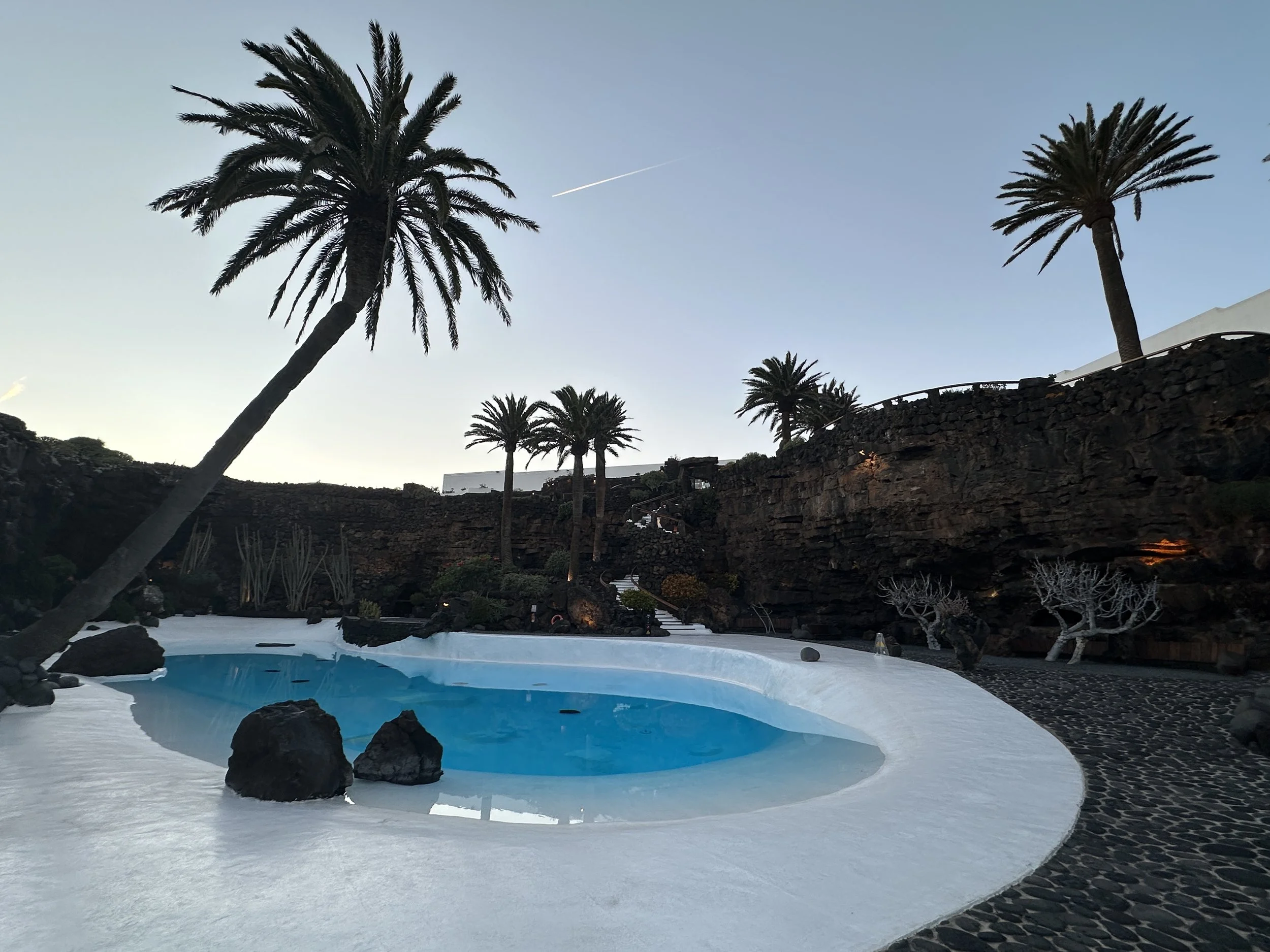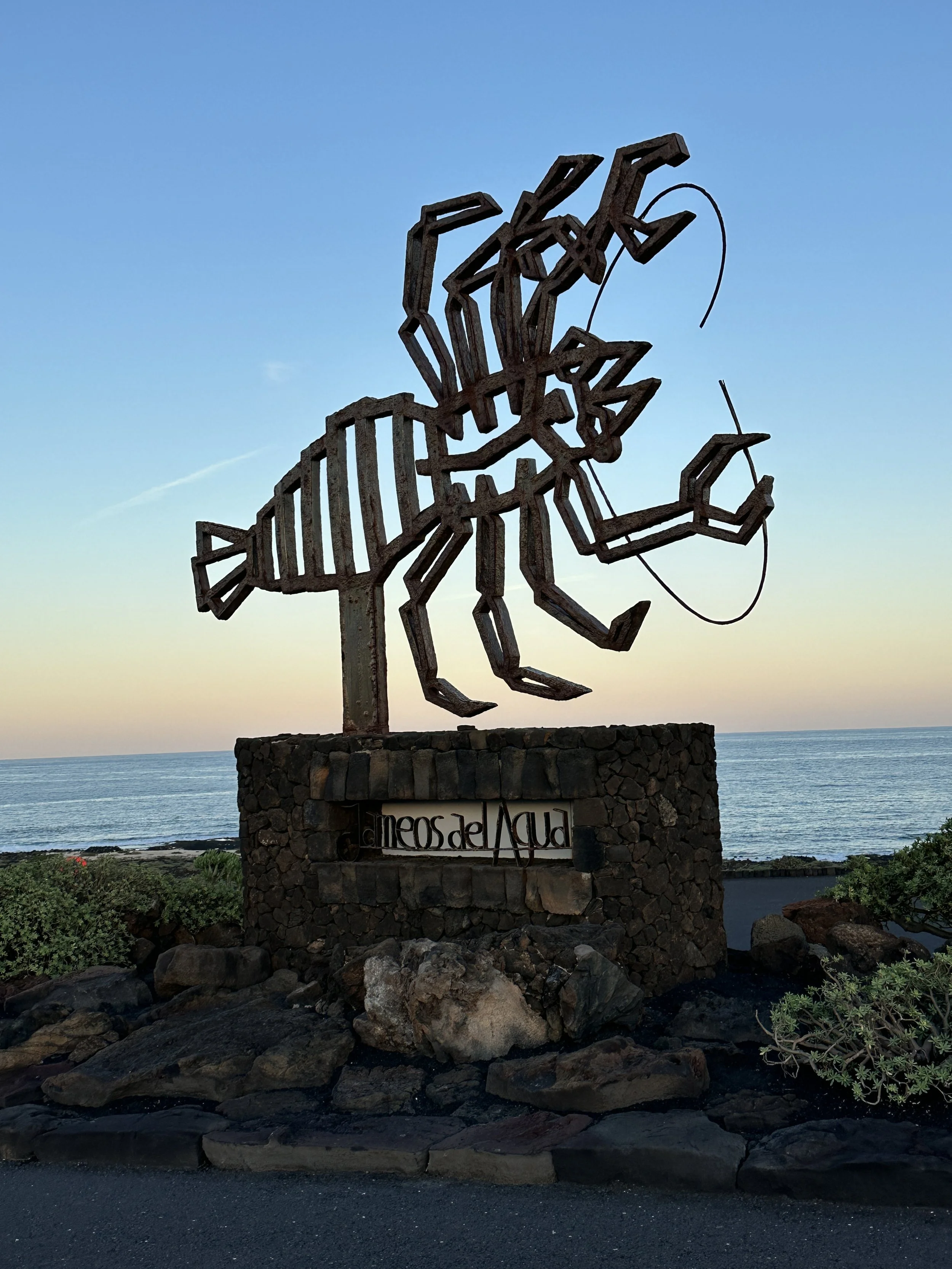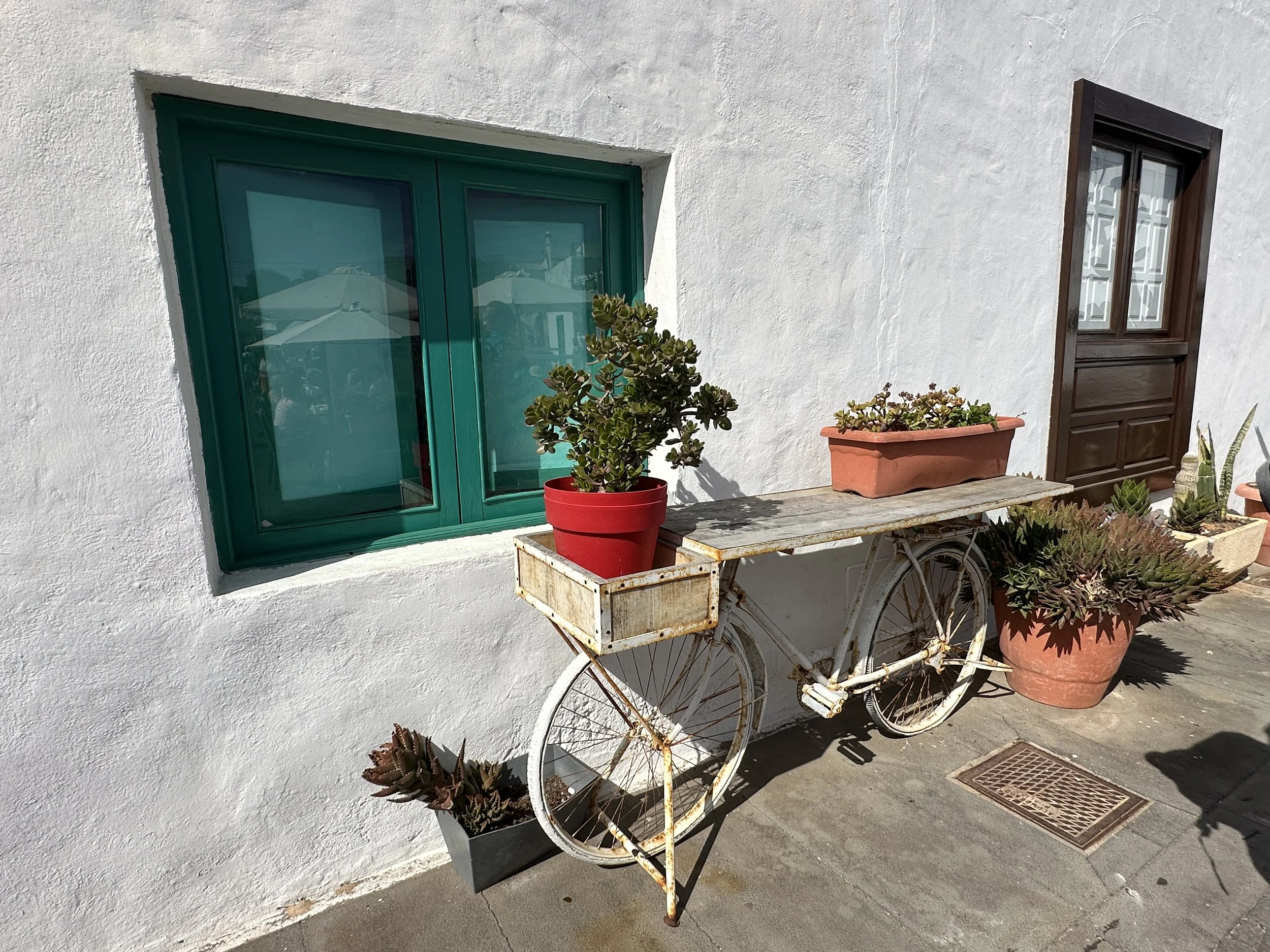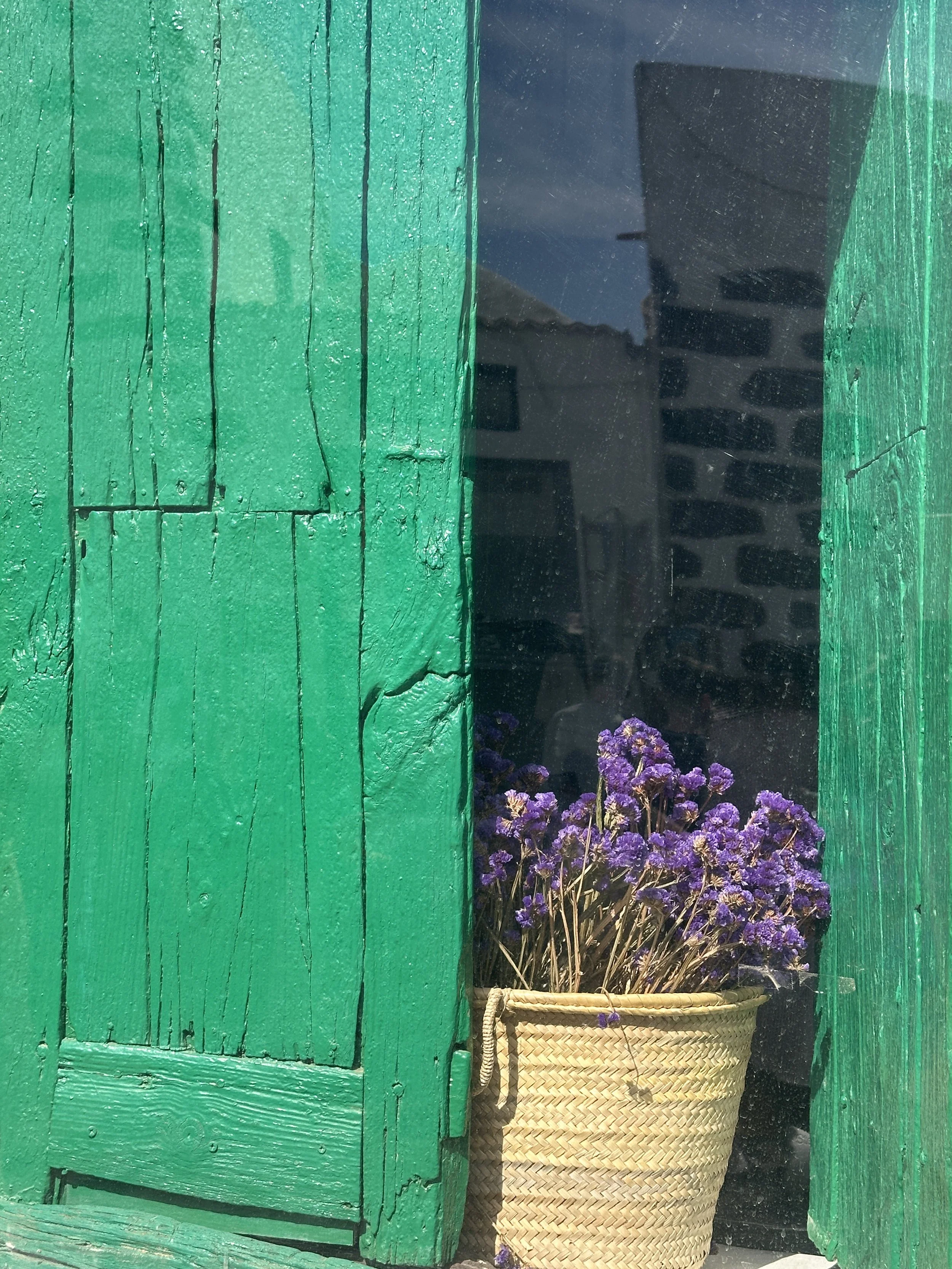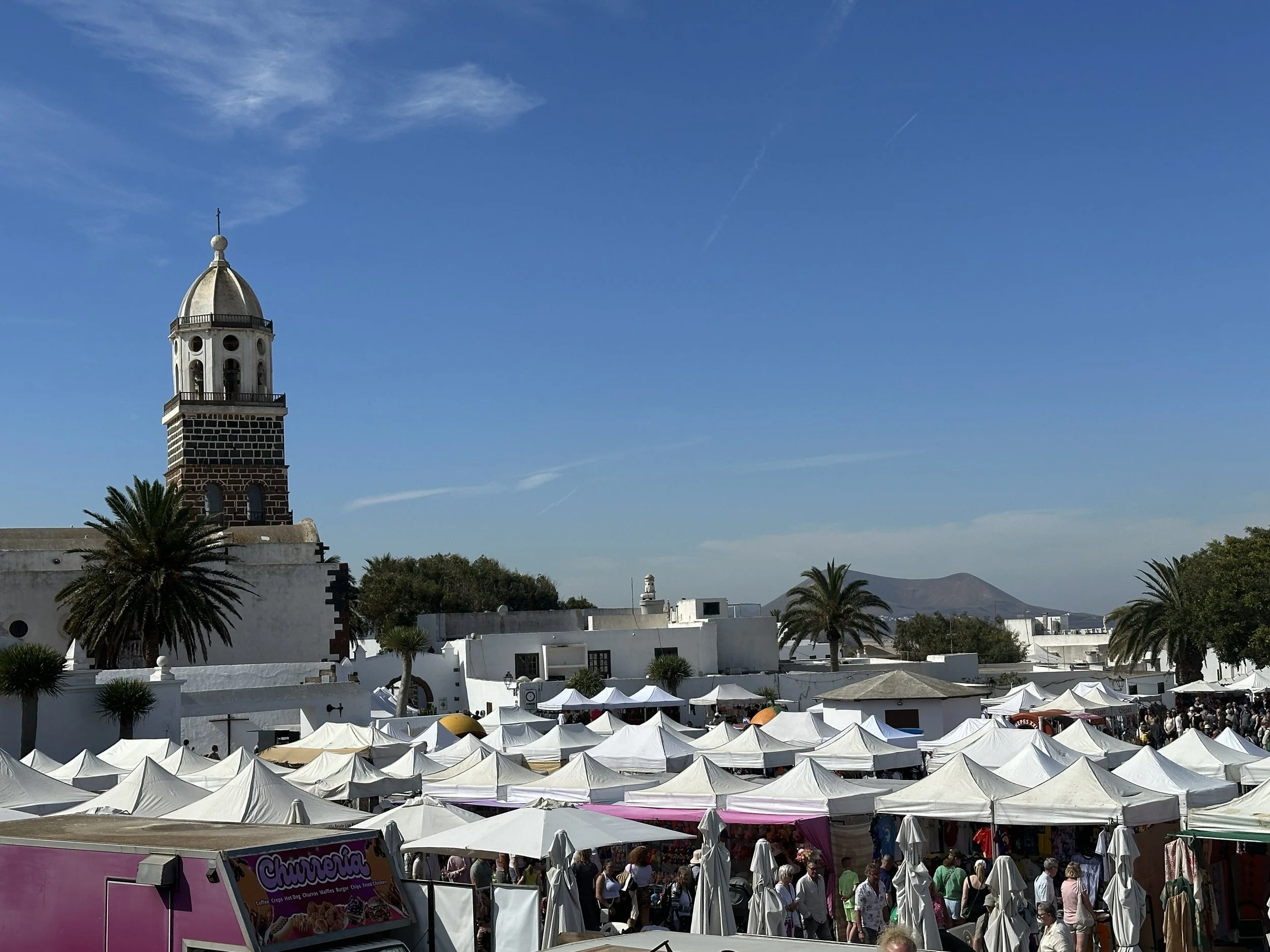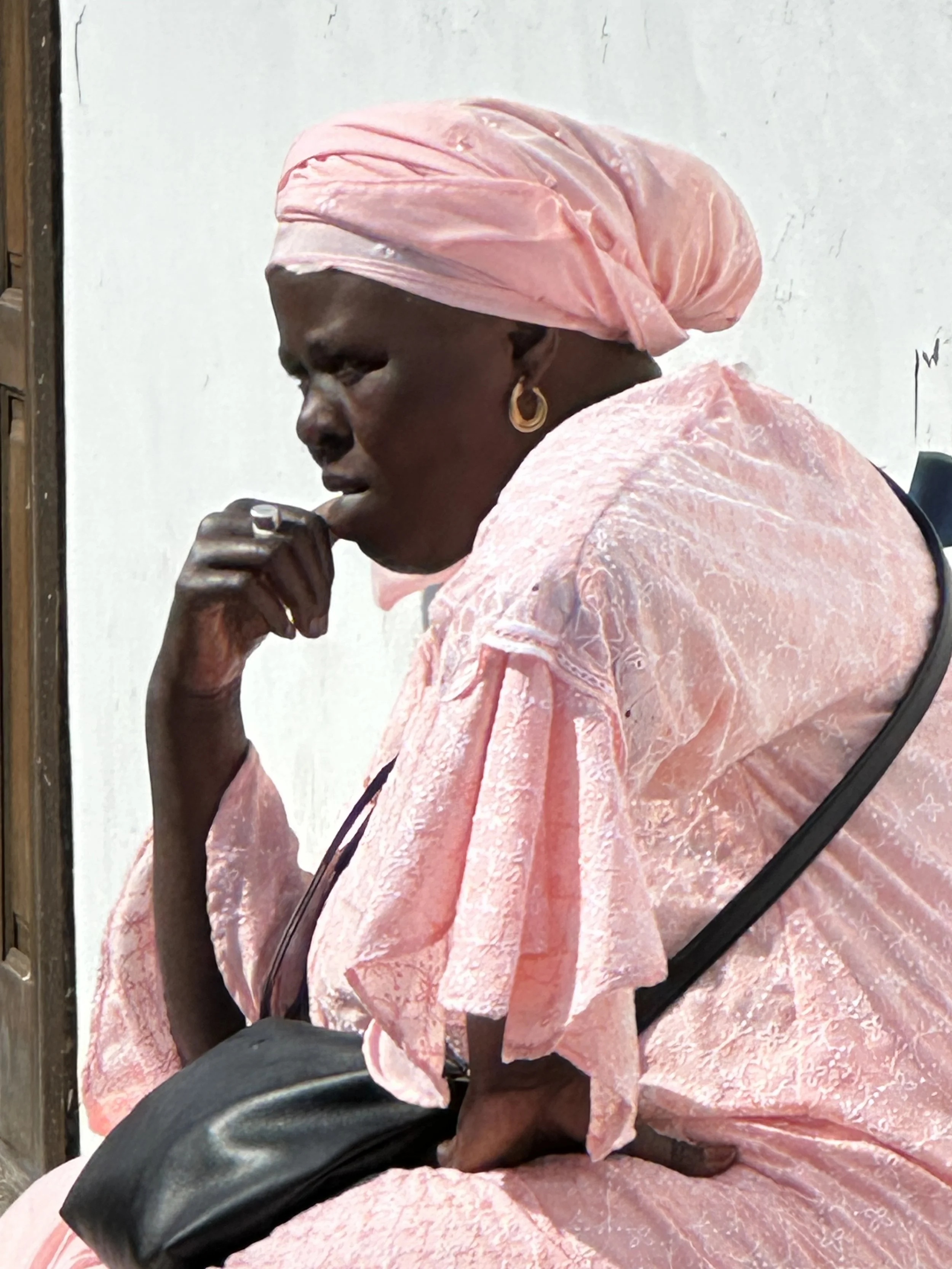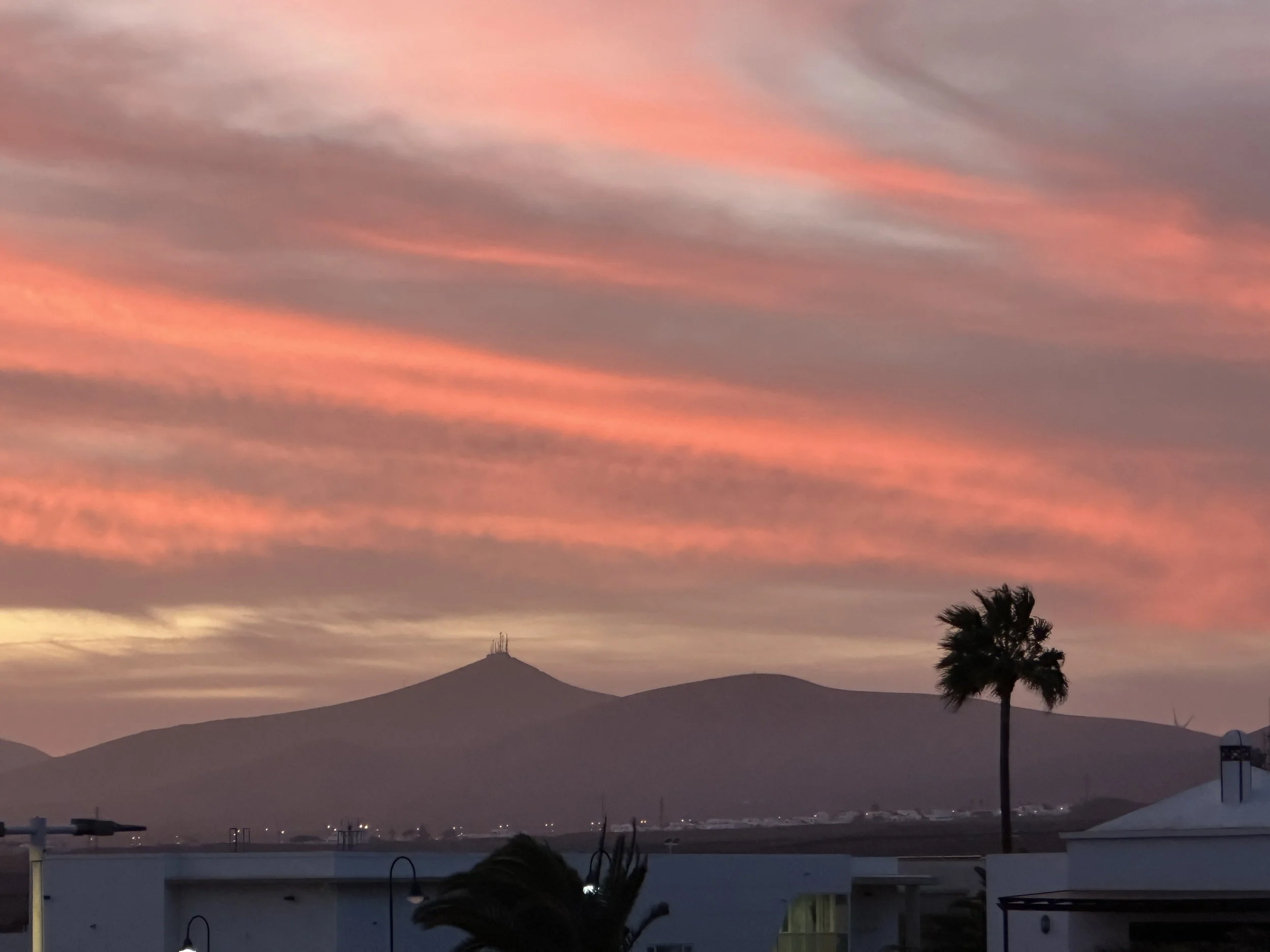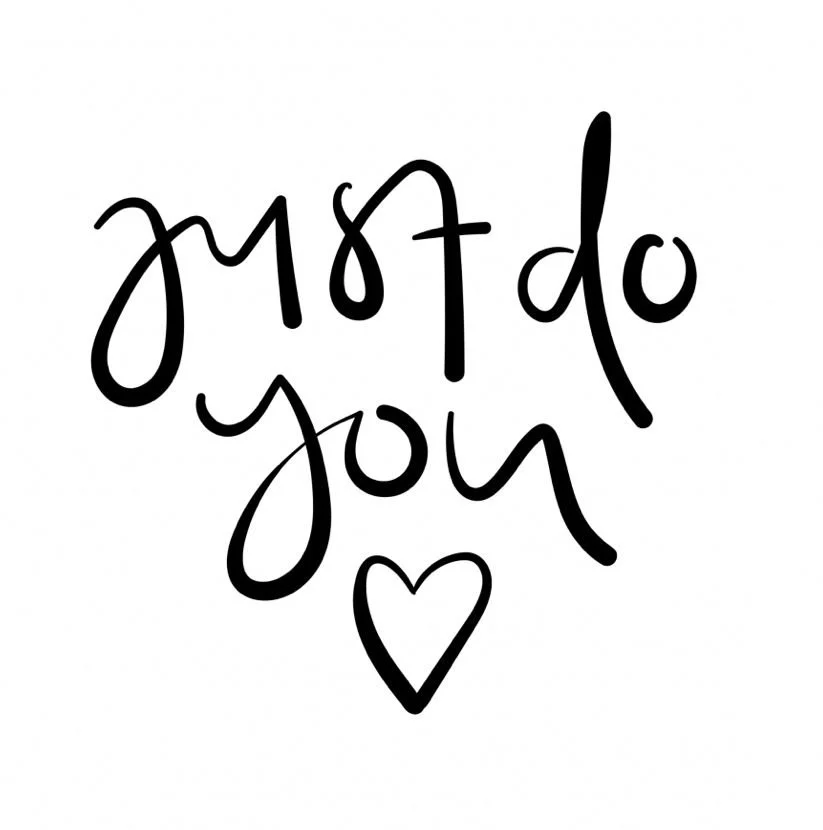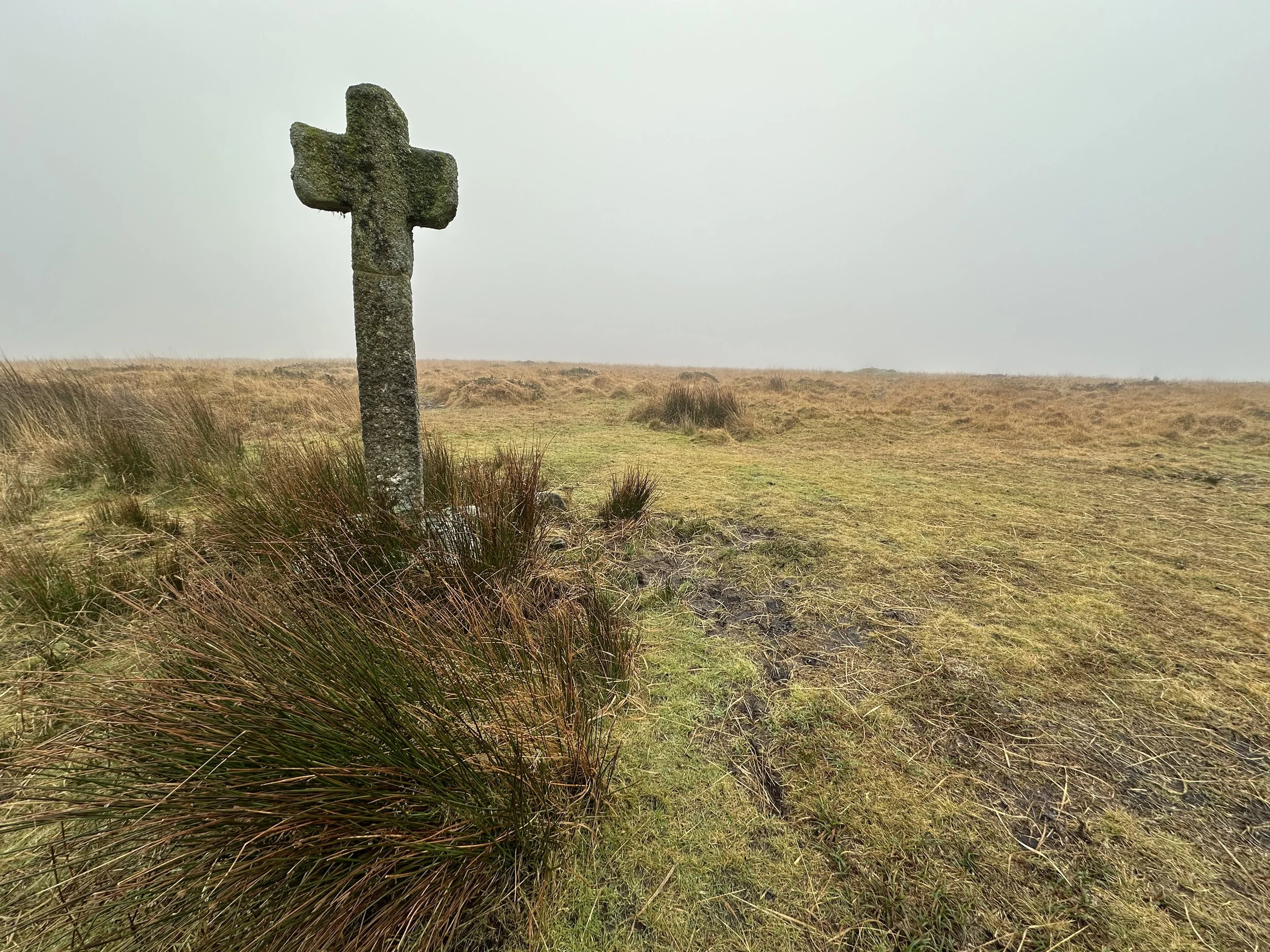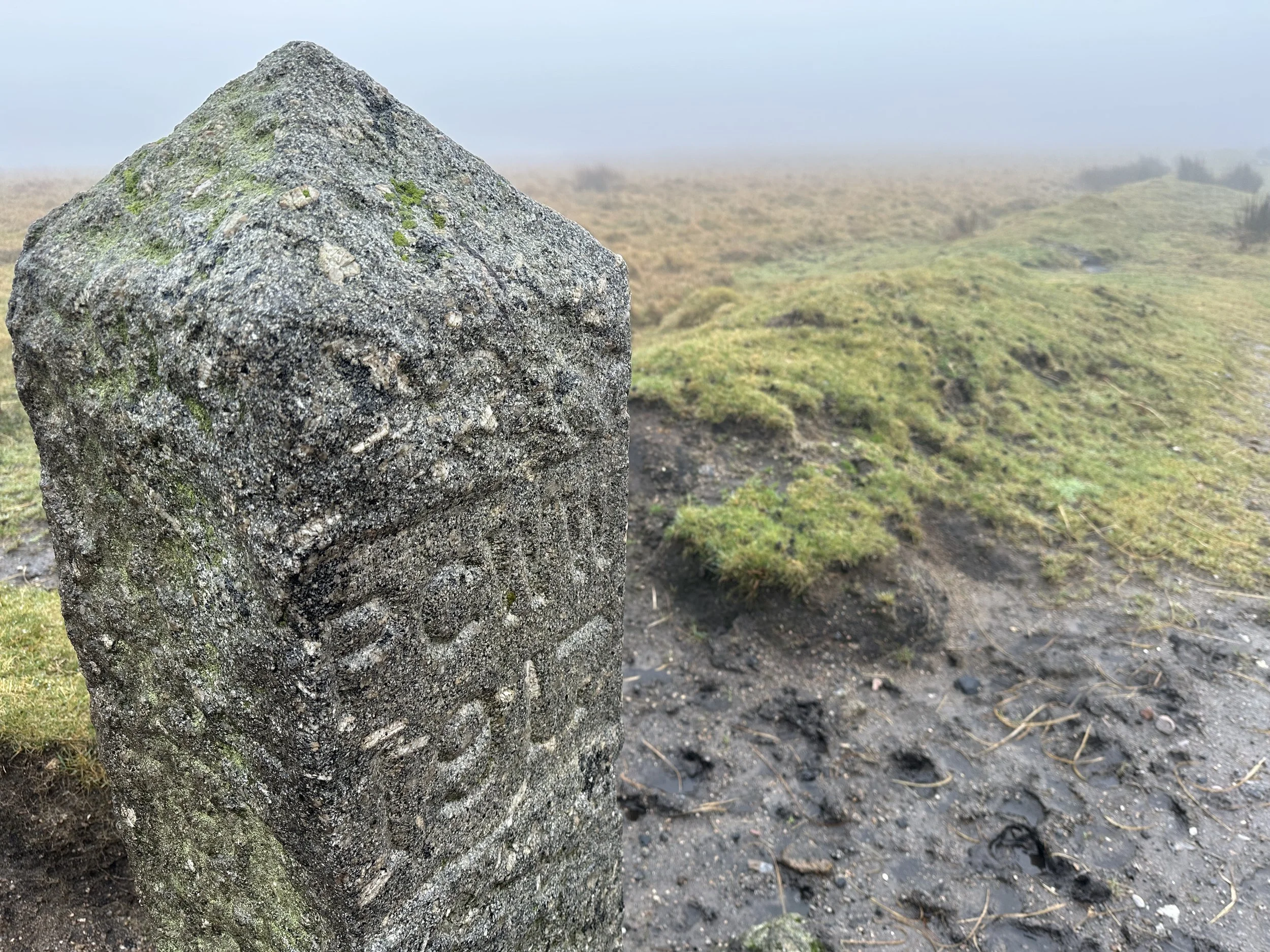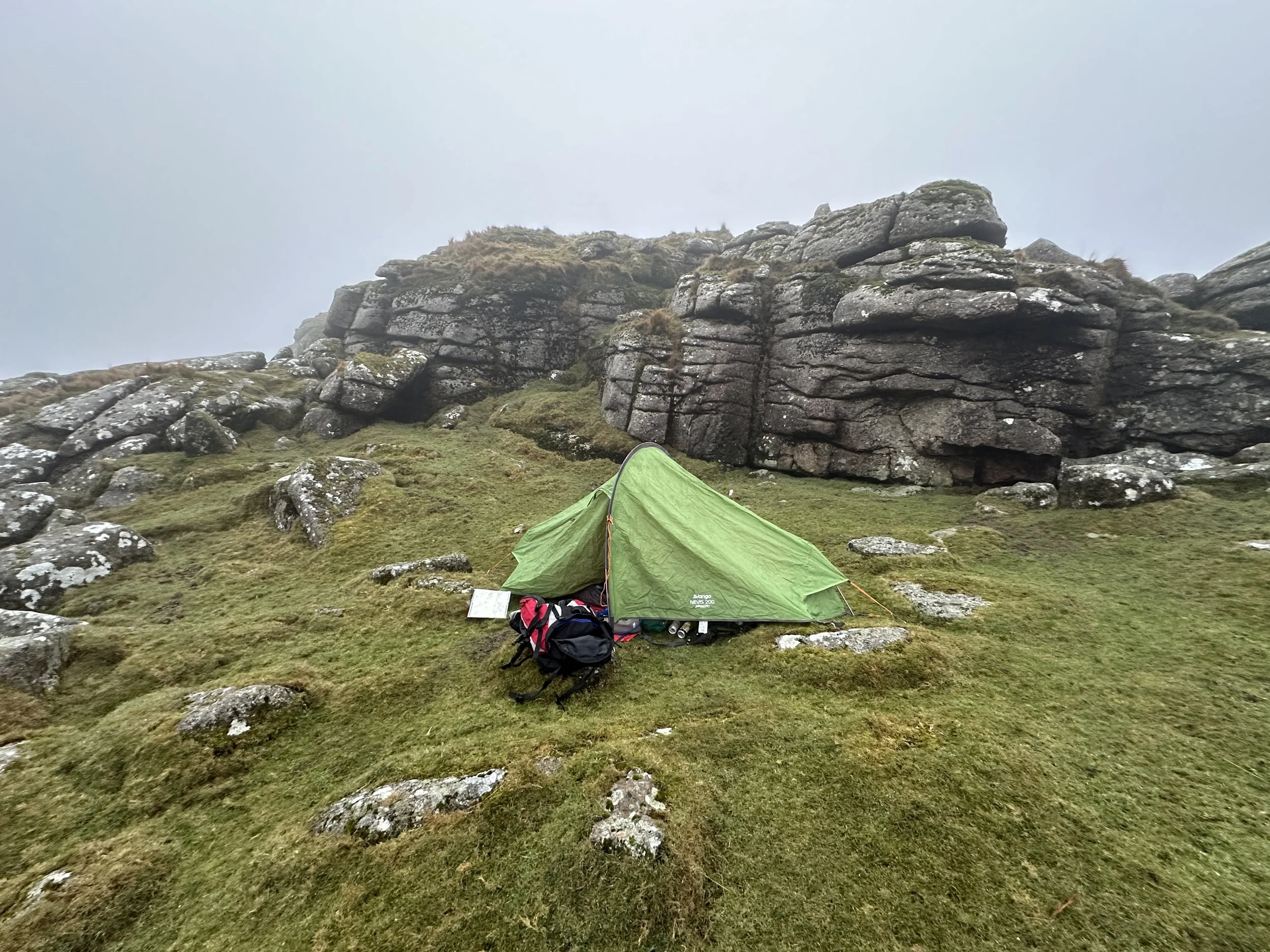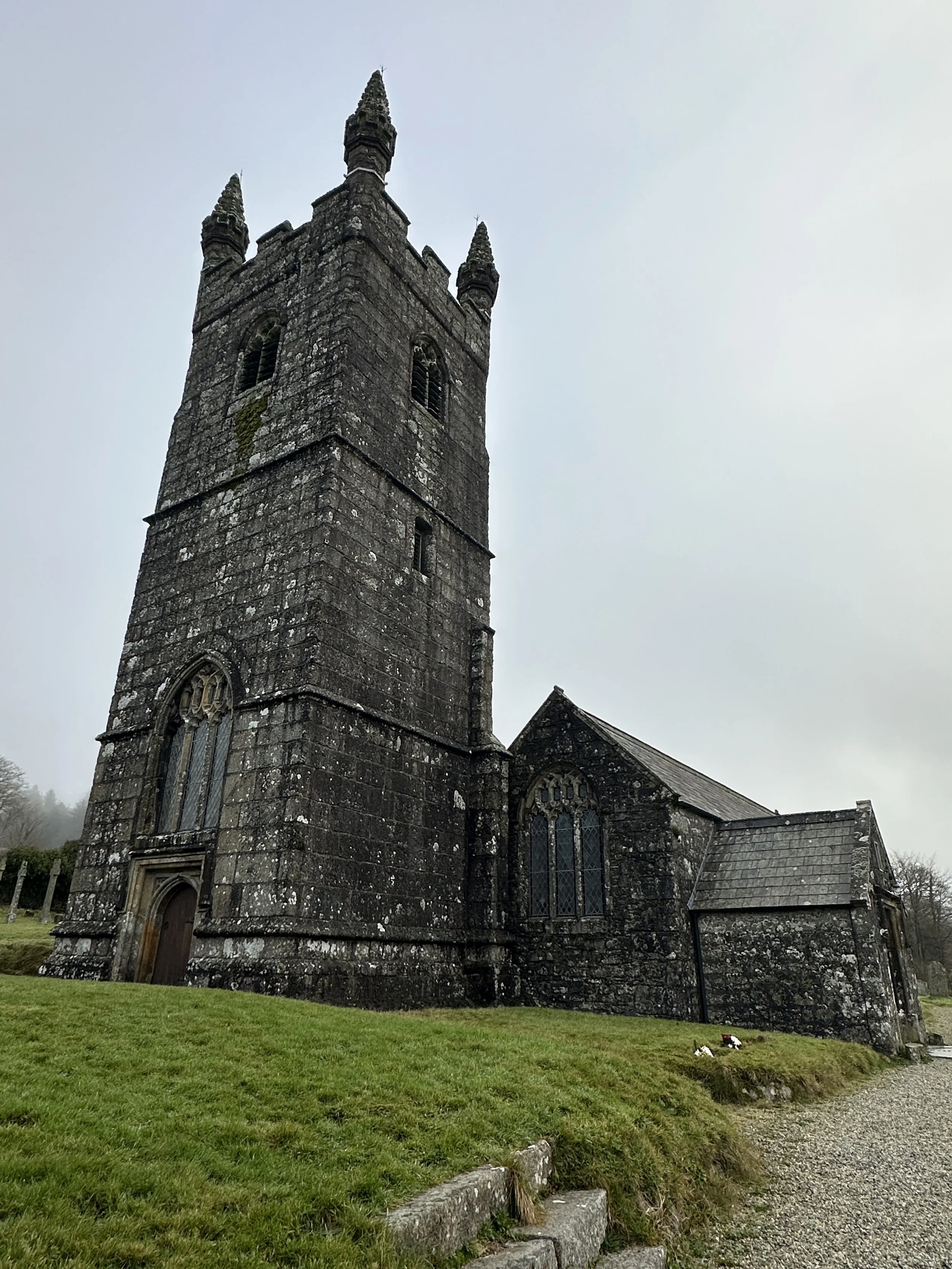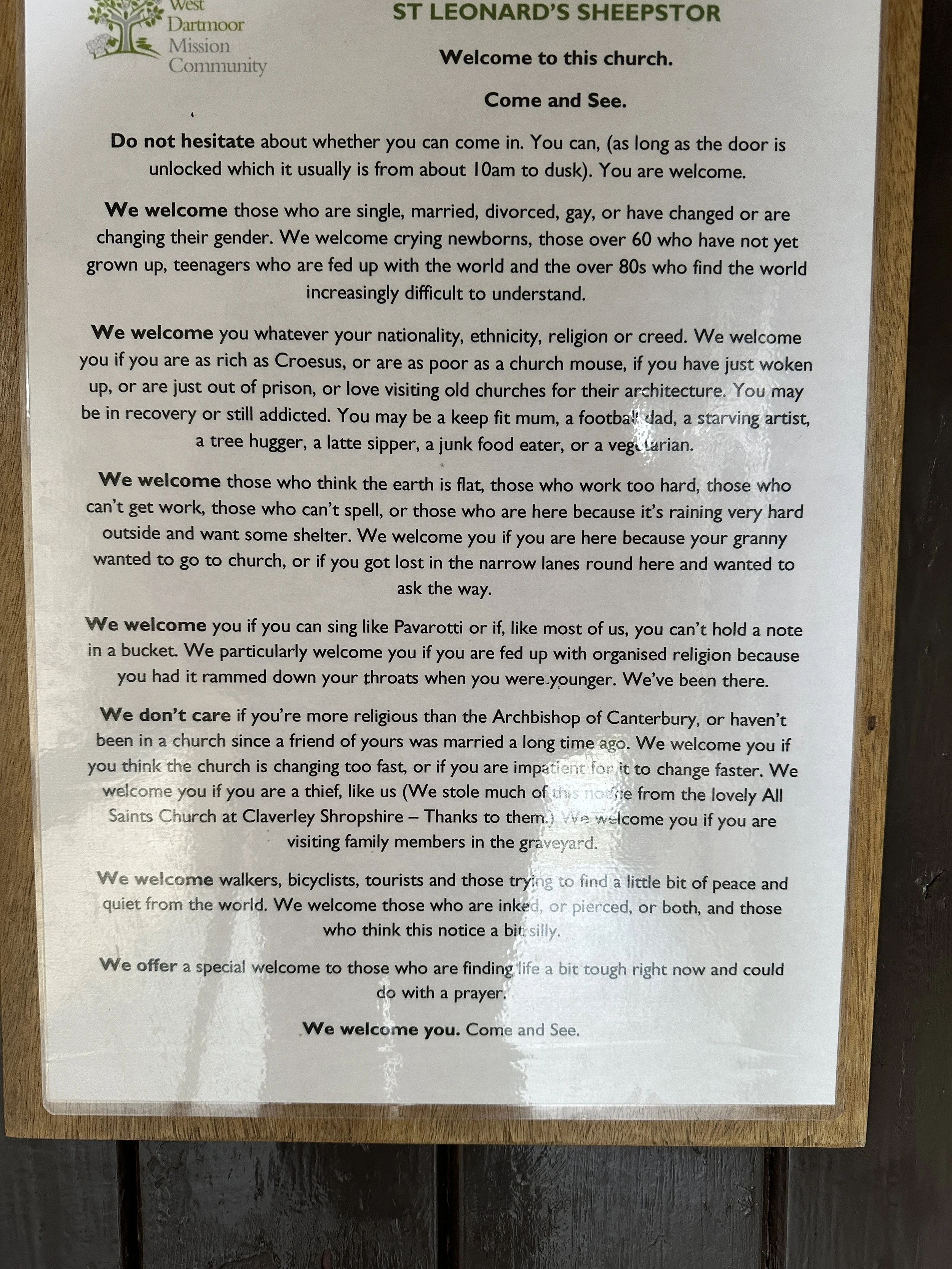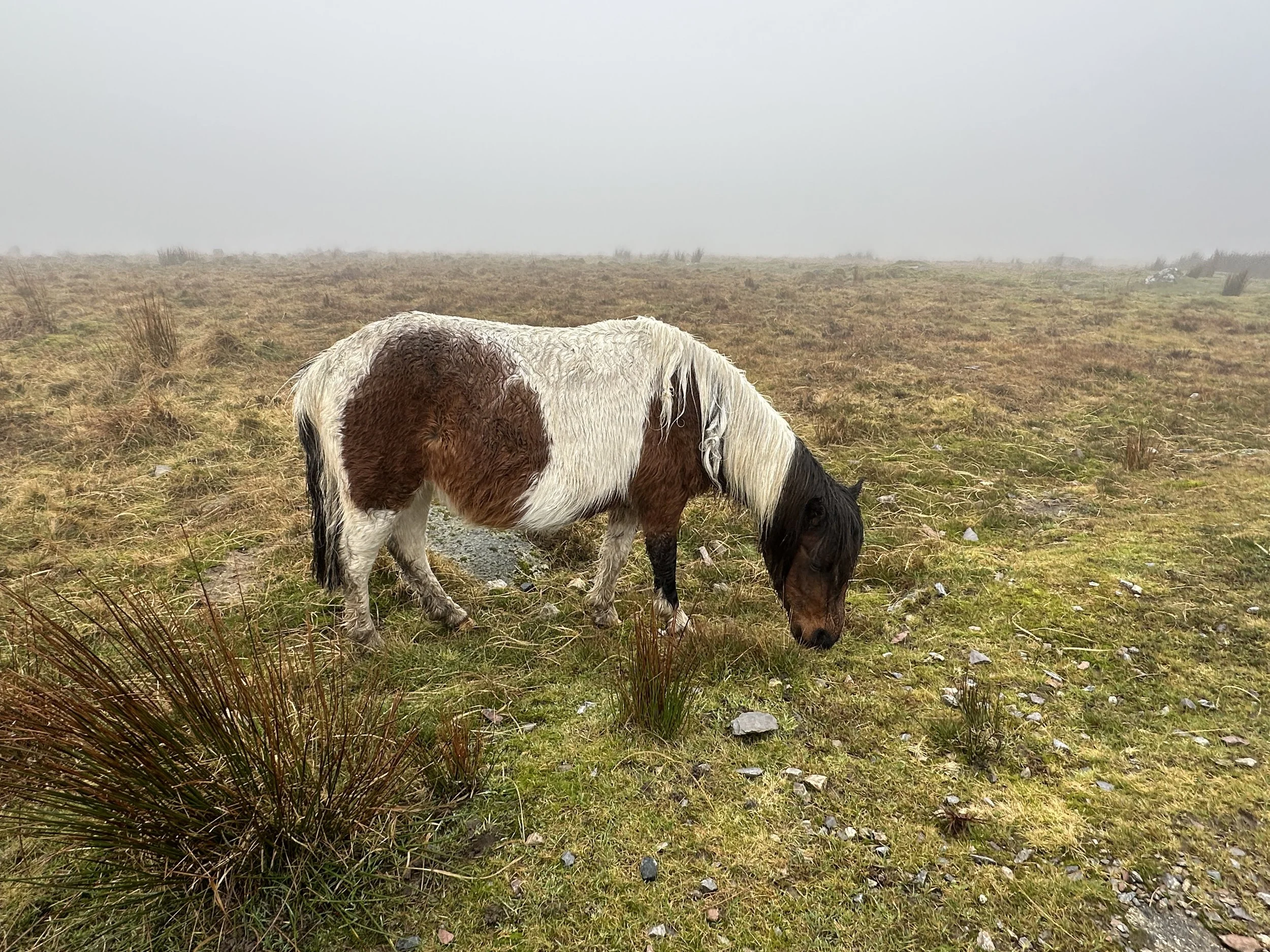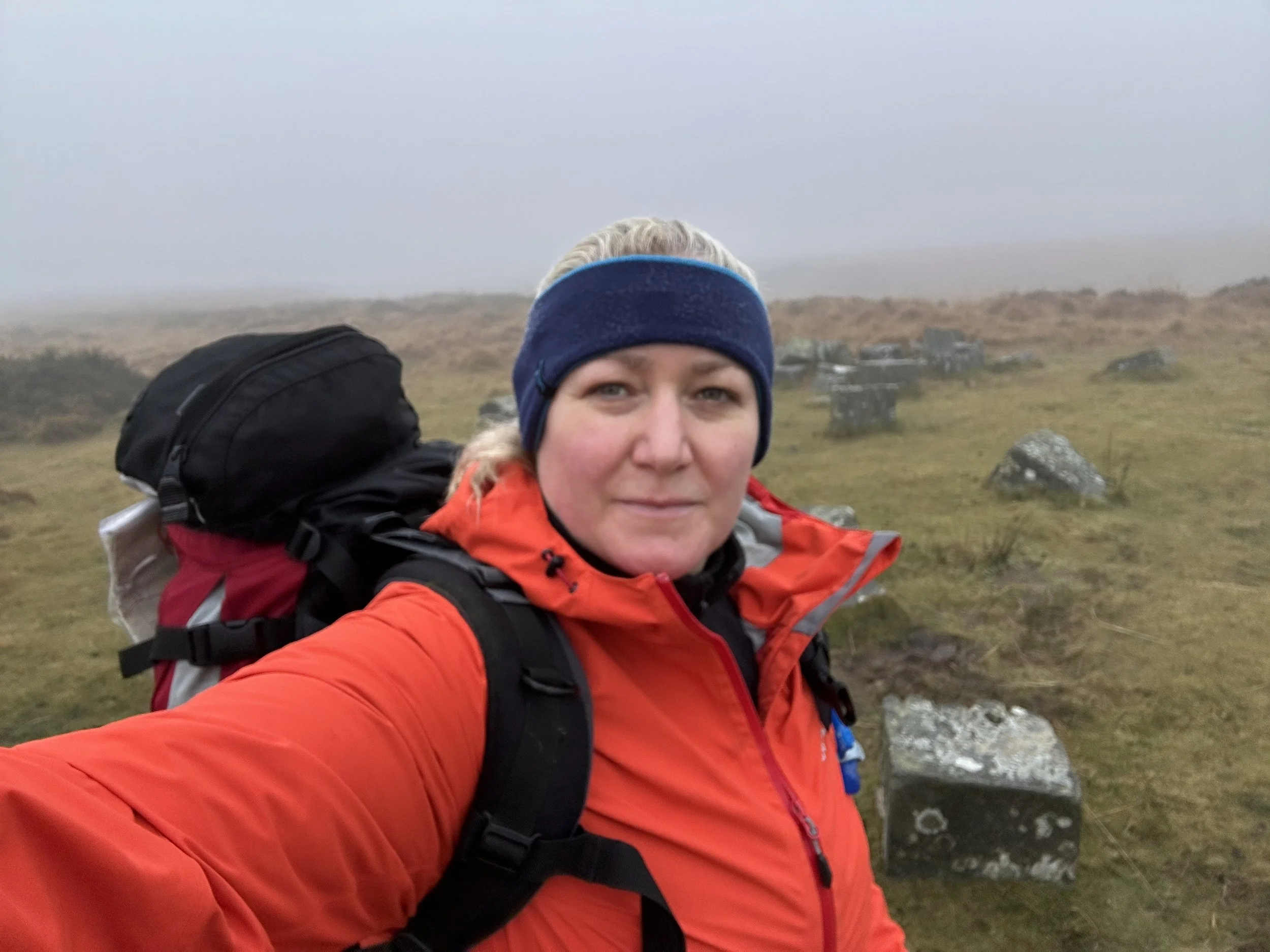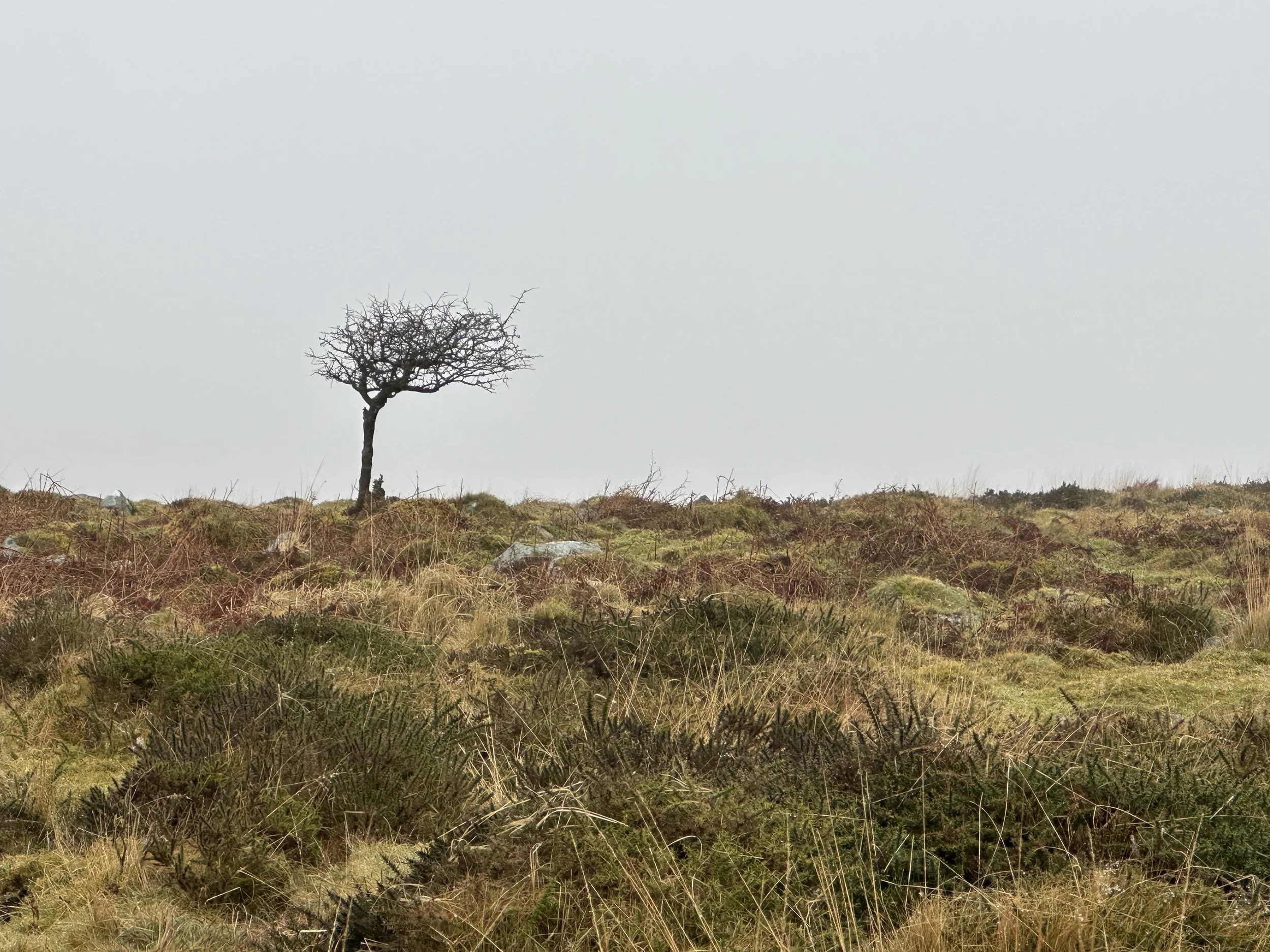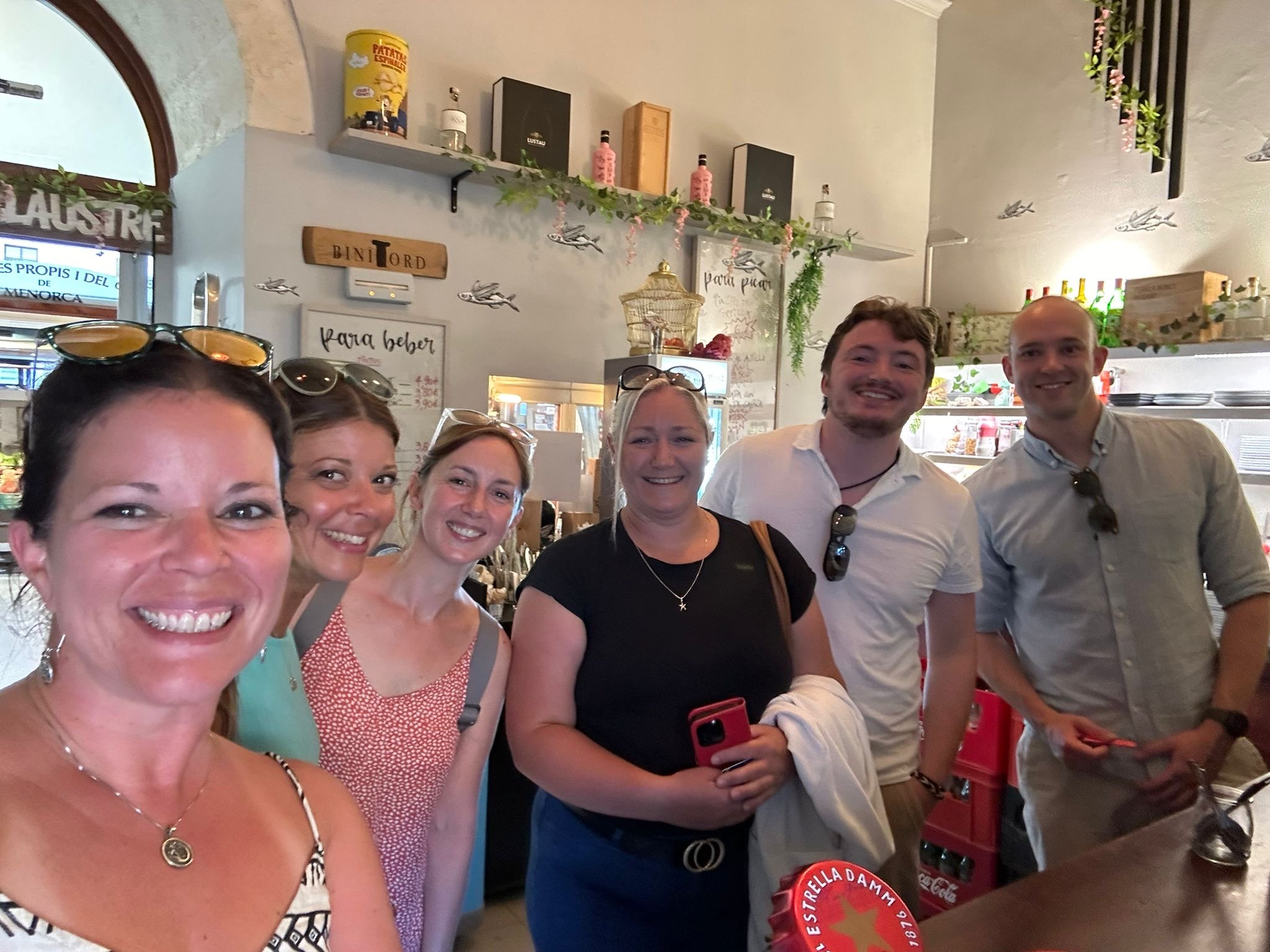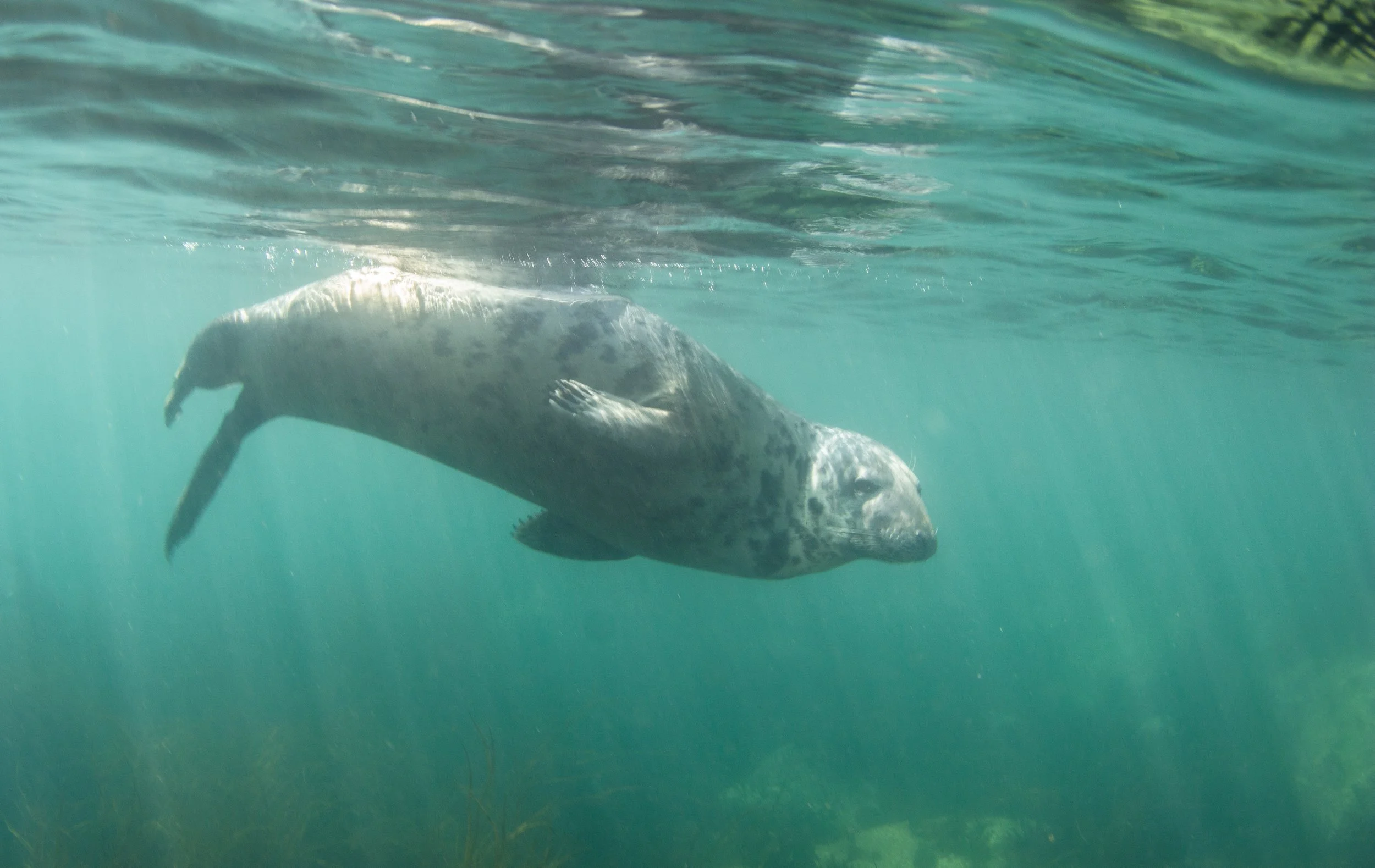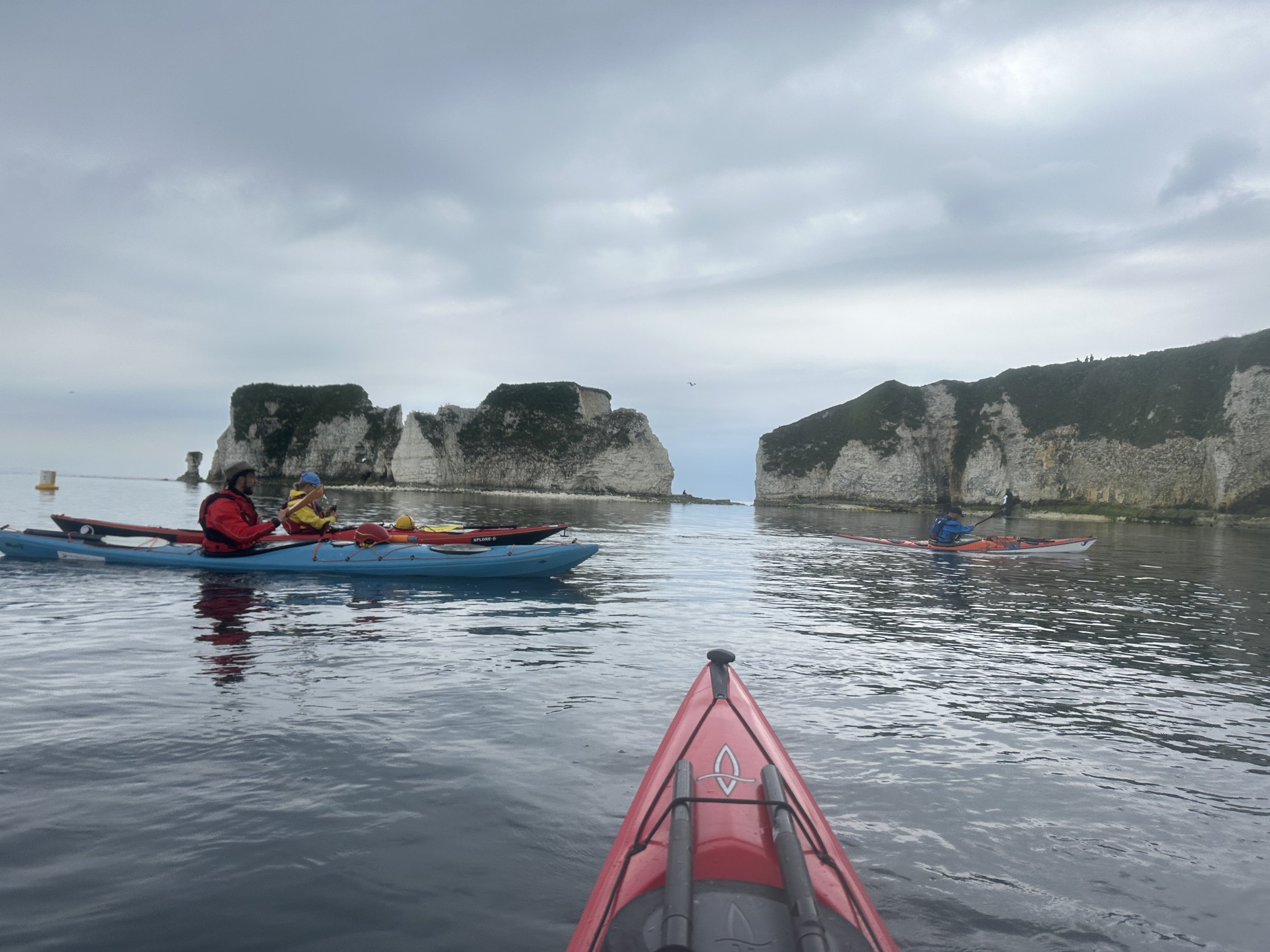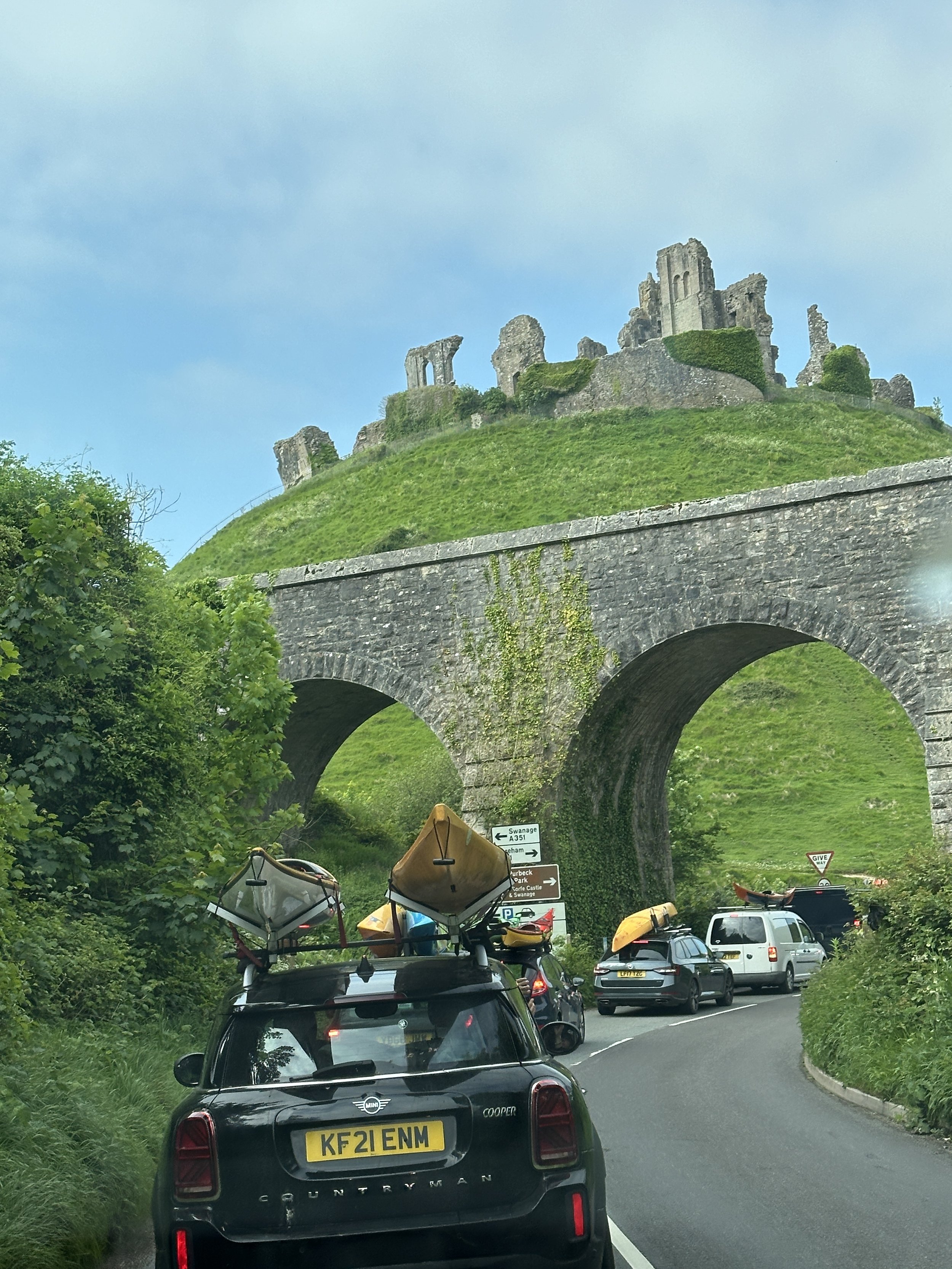Blog Menu
-
March 2026
- Mar 1, 2026 Blog Menu Mar 1, 2026
-
December 2025
- Dec 23, 2025 The overpriced brick session. Dec 23, 2025
- Dec 20, 2025 Blennies & Peatbogs Dec 20, 2025
- Dec 18, 2025 The Surprise Scottish Summer (Part 2) Dec 18, 2025
- Dec 14, 2025 The Surprise Scottish Summer (Part one) Dec 14, 2025
- Dec 7, 2025 Lovely Loire Dec 7, 2025
-
October 2025
- Oct 23, 2025 Lessons Learned Oct 23, 2025
- Oct 20, 2025 Anything is possible. Oct 20, 2025
- Oct 13, 2025 Imposter Syndrome Oct 13, 2025
-
September 2025
- Sep 30, 2025 Dartmoor Sep 30, 2025
- Sep 28, 2025 The crash. Sep 28, 2025
-
December 2024
- Dec 7, 2024 2024 Mash Up Dec 7, 2024
- October 2024
-
August 2024
- Aug 15, 2024 The Alpe Aug 15, 2024
- Aug 2, 2024 Allez Allez Aug 2, 2024
-
July 2024
- Jul 23, 2024 A perfect day Jul 23, 2024
-
May 2024
- May 24, 2024 Ironwoman Part 3 May 24, 2024
- May 24, 2024 Ironwoman Part 2 May 24, 2024
- May 23, 2024 Ironwoman - Part 1 May 23, 2024
- May 6, 2024 The French Connection May 6, 2024
-
January 2024
- Jan 31, 2024 Fearless do Kendal Jan 31, 2024
- Jan 24, 2024 Fearless Jan 24, 2024
-
December 2023
- Dec 27, 2023 Mallorca Part 2 - The Pig. Dec 27, 2023
- Dec 22, 2023 Marvellous Mallorca Part 1 Dec 22, 2023
- Dec 12, 2023 Tri Cheddar Dec 12, 2023
- Dec 9, 2023 Lovely Lanzarote Dec 9, 2023
- Dec 8, 2023 After the showcave, we will go cave diving... Dec 8, 2023
- Dec 8, 2023 Just a little afternoon trip... Dec 8, 2023
- Dec 8, 2023 "...a nice easy flop in a resurgence..." by Richard Walker Dec 8, 2023
- Dec 8, 2023 Ghosts of Kernow Dec 8, 2023
- Dec 8, 2023 Not every donut has a hole in the middle... Dec 8, 2023
- Dec 8, 2023 Who is Betty G? Dec 8, 2023
- Dec 8, 2023 Fast Moving Treacle with Foam On't Top Dec 8, 2023
- Dec 6, 2023 Herault 2014 - Here we come! Dec 6, 2023
- Dec 6, 2023 Magical Mexico Dec 6, 2023
- Dec 6, 2023 Introducing Agnetha Dec 6, 2023
- Dec 6, 2023 Back in the swing Dec 6, 2023
- Dec 6, 2023 D-Day in the Perdreau Dec 6, 2023
- Dec 6, 2023 Disappointment and spiders Dec 6, 2023
- Dec 6, 2023 The monster net Dec 6, 2023
- Dec 6, 2023 Happy Camping Dec 6, 2023
- Dec 5, 2023 Abime de Mas Raynal Dec 5, 2023
- Dec 5, 2023 The church bar Dec 5, 2023
- Dec 5, 2023 Recce Day Dec 5, 2023
- Dec 5, 2023 Someone else's job - isn't it? Dec 5, 2023
- Dec 4, 2023 Caverns Measureless Dec 4, 2023
- Dec 4, 2023 Push [Poŏ SH] - by Rich Walker Dec 4, 2023
- Dec 4, 2023 Cave Diving Group Anniversary Dec 4, 2023
- Dec 4, 2023 The secret cave Dec 4, 2023
- Dec 4, 2023 Birmingham to Kendal Dec 4, 2023
- Dec 4, 2023 The Dark Room Dec 4, 2023
- Dec 4, 2023 Wet Wookey Dec 4, 2023
-
November 2023
- Nov 30, 2023 Sea Doggos Nov 30, 2023
- Nov 30, 2023 Home Comforts Nov 30, 2023
- Nov 30, 2023 Conger Conger Nov 30, 2023
- Nov 30, 2023 A Grotty Sergent Nov 30, 2023
- Nov 30, 2023 To be a Fellow Nov 30, 2023
- Nov 30, 2023 Lockdown Litter - Time to take a stand? Nov 30, 2023
- Nov 26, 2023 Going Bubbleless Nov 26, 2023
- Nov 26, 2023 Winner Winner Chicken Dinner! Nov 26, 2023
- Nov 8, 2023 Autumn Atlantis Nov 8, 2023
- Nov 8, 2023 Perdreau set-up day Nov 8, 2023
- Nov 8, 2023 Into the Blue Nov 8, 2023
- Nov 8, 2023 Sunny Swanage Nov 8, 2023
- Nov 6, 2023 Macro with Mustard Nov 6, 2023
- Nov 6, 2023 Not bad for a sh*thole! Nov 6, 2023
- Nov 6, 2023 National Caving Conference & Thai Cave Rescue Nov 6, 2023
- Nov 6, 2023 Beautiful Babbacombe Nov 6, 2023
- Nov 6, 2023 Pretty Persier Nov 6, 2023
- Nov 5, 2023 Event de Rodel Nov 5, 2023
- Nov 5, 2023 Source du Sorgues - The Picnic Nov 5, 2023
- Nov 5, 2023 The seven hour lunch Nov 5, 2023
- Nov 5, 2023 Amazing Annecy Nov 5, 2023
- Nov 5, 2023 Caves & Wine - What else is there? Nov 5, 2023
- Nov 5, 2023 A Grand Day Out Nov 5, 2023
- Nov 5, 2023 Fool de Lauret - by Rich Walker Nov 5, 2023
- Nov 5, 2023 "Has anyone seen my Eagle?" by Richard Walker Nov 5, 2023
- Nov 1, 2023 The Bloody French Cave Nov 1, 2023
-
October 2023
- Oct 29, 2023 Stunning Sorgues Oct 29, 2023
- Oct 29, 2023 Coudouliere Oct 29, 2023
- Oct 29, 2023 To the end of Garrel - by Rich Walker Oct 29, 2023
- Oct 29, 2023 Rodel Oct 29, 2023
- Oct 28, 2023 Aven de Rocas Oct 28, 2023
- Oct 26, 2023 Grotte Banquier Oct 26, 2023
- Oct 26, 2023 Episode Cevanol Oct 26, 2023
- Oct 26, 2023 L'Esquirol Oct 26, 2023
- Oct 26, 2023 Longer Licanke Oct 26, 2023
- Oct 26, 2023 Gettin' down with the Beeb Oct 26, 2023
- Oct 25, 2023 Every little girl's dream Oct 25, 2023
- Oct 25, 2023 Kerensa Kernow Oct 25, 2023
- Oct 25, 2023 The Epilogue Oct 25, 2023
- Oct 23, 2023 I had just lost Rich Walker... Oct 23, 2023
- Oct 23, 2023 "That was a f***ing epic dive!" Oct 23, 2023
- Oct 23, 2023 We're gonna need more lead... Oct 23, 2023
- Oct 23, 2023 Bambi on Ice Oct 23, 2023
- Oct 23, 2023 Nah, he can't dive... Oct 23, 2023
- Oct 23, 2023 Croatia Calling Oct 23, 2023
- Oct 23, 2023 The Master Cave Oct 23, 2023
- Oct 23, 2023 That's when the fun started... Oct 23, 2023
- Oct 22, 2023 Just a little swim Oct 22, 2023
- Oct 22, 2023 "Puddles up to me knees..." Oct 22, 2023
- Oct 22, 2023 Chain Gang Oct 22, 2023
- Oct 22, 2023 Can I come? Oct 22, 2023
- Oct 22, 2023 Can't ride, won't ride. Oct 22, 2023
- Oct 22, 2023 The Great Weston Oct 22, 2023
- Oct 22, 2023 "I don't want one of your stupid plant pots!" Oct 22, 2023
- Oct 22, 2023 Offshore Life - A Man's World? Oct 22, 2023
- Oct 22, 2023 Life on the Ocean Wave Oct 22, 2023
- Oct 22, 2023 The Woman from Atlantis Oct 22, 2023
- Oct 22, 2023 Beautiful Brighton Oct 22, 2023
- Oct 22, 2023 “Just like a parrot” Oct 22, 2023
- Oct 21, 2023 The Crazy Claymore Oct 21, 2023
- Oct 21, 2023 “You have no idea how much sh!t we are in….” Oct 21, 2023
- Oct 21, 2023 Wild World Oct 21, 2023
- Oct 21, 2023 Manic Media Oct 21, 2023
- Oct 21, 2023 “You need to stop doing that” Oct 21, 2023
- Oct 21, 2023 Largs to Gran Canaria Oct 21, 2023
- Oct 20, 2023 Moody Mull. Oct 20, 2023
- Oct 20, 2023 "You scared the sh!t out of me!" Oct 20, 2023
- Oct 20, 2023 Dare to Tri Oct 20, 2023
- Oct 19, 2023 "Did you see them?" Oct 19, 2023
- Oct 19, 2023 Amazing Annecy Oct 19, 2023
- Oct 19, 2023 "It sounds crazy enough to be fun" Oct 19, 2023
- Oct 19, 2023 "We had all become distracted by the loss of a 5 grand scooter..." Oct 19, 2023
- Oct 18, 2023 A tall order Oct 18, 2023
- Oct 18, 2023 Hebridean Adventure, Part 4 Oct 18, 2023
- Oct 18, 2023 Hebridean Adventure, Part 3 Oct 18, 2023
- Oct 18, 2023 Hebridean Adventure Part 2 Oct 18, 2023
- Oct 18, 2023 Hebridean Adventure, Part 1 Oct 18, 2023
- Oct 17, 2023 The 'Pizza Party' Oct 17, 2023
- Oct 17, 2023 Gourneyrou Oct 17, 2023
- Oct 16, 2023 Gourney-Ras Oct 16, 2023
The overpriced brick session.
Trialling my new Huub wetsuit. Waste of time that was!
I was in two minds whether to even bother writing about this one.
I mean, it was a complete farce, even though there was some level of achievement involved.
I had booked Weymouth Ironman 70.3 (70 miles across 3 different disciplines – a half Ironman distance triathlon) in case, for any reason, I got sick or couldn’t do Tours in France.
It was because of this entry that I tried to get familiar with the Weymouth 90km long bike course, which had a punchy hill about 70% of the way through.
I never made it. I hit mud on the side of the road at about 40km, in December 2024 and crashed. It resulted in a broken rib, torn rotator cuff and frozen shoulder.
I had spent the summer, post MRI scan, trying to line up surgery to have it fixed. The NHS couldn’t be relied upon not to cancel last minute (costing me weeks of salary as I’d have to take time off working at sea and you can’t just take a day here or there – it is at least 2 weeks as per our crew changes, which equated to a month’s salary). The NHS would never compensate me for lost earnings so that was off the table.
I tried to go private in a local hospital and got as far as pre-op assessment when I was informed by email that the orthopaedic surgeon had “left the business with immediate effect”. I don’t know what he did but he left me and many others fairly and squarely in the lurch.
My hunch to just go abroad seemed to be correct. So, I re-engaged with Operations Abroad Worldwide who arranged surgery and a 3-night stay in Denmark for me.
The service was absolutely superb, cheaper than in the UK and most importantly, I could choose the date so I could limit the financial damage and time off work, missing just one trip if recovery went as planned.
I also wanted to time it around the Weymouth Ironman. I had paid for it after all and my running was improving, despite my swimming still being poor due to a dodgy arm. To compensate, I treated myself to a beautiful new (but very pricey) Huub wetsuit as my other one was now too baggy and causing drag. I needed all the help I could get.
I headed down to Weymouth and two old ambulance work friends came along to offer me support, which is the first time I’d ever had anyone show up at any of my races.
I arrived on site near the seafront to register for the race and spent quite a lot of time wandering round and round looking for the athlete village, where there is normally lots of cool stuff going on. It turned out there was none. Just a miserable marquee, one food stall and a shop full of Ironman merchandise. I’d seen more of an impressive set up at a village fete or even a school sports day. It was very disappointing. Luckily, thanks to the race Facebook page, I managed to find someone to put some battle braids in my hair and I was very grateful to Amy, a complete stranger, for this.
I had a practise swim in the sea. It was lumpy for sure and would slow everyone down, but not unsafe in any way and not undoable.
The swim course buoys were not yet out and the swim entry fencing was still dumped on the floor. I was sure they would fix it the next day.
Saturday came and went, the swim buoys were out, but no way was the course 1900m long. It looked to me like it had been shortened. But there was no notification from Ironman.
The forecast was set to improve on the Sunday of the race with calm seas and no wind until at least 10am, long after the swimmers were out of the water.
I kept an eye on Windy.com, which we use offshore and the forecast was looking good for the swim.
We all went for pizza on Portland and met up with my good friend Charlotte who lives there. It was a jovial evening and I was super excited about the race and happily stuffing my face with pizza when…
The message that shocked everyone.
What fresh hell??!!!
I checked my emails immediately and to my horror, it was true. But the forecast was looking absolutely fine and only the bike and the run might be a bit wet and windy but for gods sake…this is an IRONMAN….if you’re not hard enough…
I was incensed with fury, disappointment and disbelief.
All that time, all that money, all that training, suffering, struggling through an injury, a crash as a direct result of entering this race – and it was now going to be a bullshit bike-run time trial.
No ACDC on the beach, no clapping of thousands of people in unison….
The excuse was the weather but that was clearly utter nonsense.
The Sunday morning alarm went off at 04:55.
As predicted by the WEATHER FORECAST there wasn’t a breath of wind and the sea state was like glass.
Sea state on race morning. Weymouth Bay.
Athletes took to the internet to show their displeasure…
Some people simply collected their bikes and went home. I am many things, but I am not a quitter, so this was never on the cards for me.
I would do this, but I was not happy about it.
My coach gave me sensible ‘nothing you can do about it, so get on with it’ vibes.
Luckily, I had a low number so started within the first few bike waves. We set off only seconds apart and were funnelled into a road that was only half closed. Naturally riders were bunched up and immediately got a wagging finger from a marshal on a motorbike for drafting!
I mean seriously!! Fuck off already!
We set off up the first climb which strung riders out a bit and I settled down, trying to keep a rhythm and chucking gels down my neck so I had enough fuel on board to get the half marathon done afterwards.
The bike went well, no crashes for me and we avoided the worst of the weather. I was pleased for getting up the super steep hill and had kept enough in the bank that it didn’t hurt. I was surprised to see blokes getting off bikes and walking up it.
I rolled into transition after 90km and all my friends and my neighbour who had come to see me missed me completely as the Ironman tracker app was about 10 minutes inaccurate.
As I stepped off the bike, both of my inner thighs cramped just above the knee. Great.
I racked my bike, changed into trainers and a dry running top and set off on the soggy run. Within 2 kilometres, my thighs cramped severely. I necked some gels, grabbed electrolytes at every aid station and eventually it subsided so long as I kept moving after a stop for a good stretch.
The rain was relentless and I swung along in my 5 minutes on/1 minute off strategy which worked really well. Not just for me either, but a lady came alongside me and said she’d been using me as a pacer for ages! Well that never happened before!
It was a two-lap course taking in Weymouth seafront which frankly had never looked so revolting. The crowds were seriously hard core to stand out in that foul weather and I felt awful for my friends who were soaked to the skin waiting for their slow mate to crawl round the course.
I met up with a lady towards the end of the first lap and we joined forces and got into a system, her joining in with my 5 on 1 off. The result was that she got a half marathon personal best – and so did I. I dropped away from her as we approached the finish line so that she could have her moment and frankly, dreadful steamy ‘professional’ photos.
It was my best triathlon running performance to date, so I guess I had achieved something. It was also my 2nd fastest 90km on a bike and considering it was officially a rolling course and not a flat one, that counted as a PB too.
The finishers tent was shit.
We were offered a slice of soggy pizza, a cup-a-soup (WTF???) and half a plastic glass of beer.
For my ~£500 entry fee I was feeling mighty pissed off. Even the medal was small!
I got the feeling that this was a half-arsed event and because 900 entrants were first timers, they didn’t know any different. France and Italy were a world apart from this shit show.
I was given a foil banket (I can tell you as a Paramedic that these are crap) and limped out to meet my friends who were drowned to the core.
I had absolutely no motivation to stay any longer and Lisa and Jo helped me and my kit back to the car which was a good kilometre away.
The first message from my coach, Russel Carter (who had been tracking me all day) was “So how was the brick session?”
He got it – and summed it up in one sentence. There was nothing about the whole experience that made me feel like I’d just done an Ironman – not even half of one!
The Ironman brand has always motivated me and my experiences of races abroad had been superb. But as usual, I had been let down by my own damn country.
Athletes took to the internet to express their anger and disappointment. There were also plenty of annoying people trying to defend the decision. The fact is, Ironman have form for making bad decisions. A bad decision the other way resulted in the deaths (indirectly) of two athletes in Ireland. So, you could understand the caution. But that is no excuse for the inability to read a weather forecast. The call could easily have been made on the morning of the race and we would have just stuffed our wetsuits into bags and lined up with our bikes. Many athletes got up early and swam the course anyway, just to prove a point.
The fact that the swim course had never been set up, tells me this decision was made several days earlier based on a moving forecast and they didn’t make a call until everyone had spent extortionate amounts of money (me included) in the Ironman merch store.
Then there were rumours of pollution in the water but again, these were unfounded and never used as an official reason.
I suspect 900 newbies, many of whom admitted online to having never even swum in the sea (how stupid CAN you get?) and a risky forecast was the real reason for the decision but as it was not part of the cancellation policy, they simply went with an old weather forecast.
The bike start was put back an hour, so any notion that it was to improve conditions on the bike was also BS. Many bikes got caught in foul weather far later in the day than they would have, had they swum first.
In my opinion, the solution for Ironman is simple. To enter an Ironman event with a sea swim, athletes must have completed at least one triathlon with a sea swim previously. This could be a sprint, super sprint, Olympic distance, anything. Ideally without drowning or being rescued. Or even ratification from an approved coach.
Patagonman insist on demonstrable capability before allowing entries, so it is not a new idea.
It would also boost support for smaller triathlon events which are currently struggling for entries. To me this is a win-win and something Ironman should be looking at.
Race over with, I took a week to chill out and had a spin down on the watt bike the next day. I was far less broken than in previous races, so my fitness had clearly sky rocketed.
I enjoyed one final weekend with a friend in my sea kayak and catching up with a long-lost family member, before taking a deep breath and flying into Denmark for my shoulder surgery.
Finally – I was going to get this fixed once and for all.
What will 2026 hold? Hint: Roll on Germany…
Blennies & Peatbogs
Tompot Blennie (Parablennius gattorugine) under Swanage Pier. Image © Christine Grosart.
The gorgeous summer continued and it was time to catch up with one of my best diving buddies and friends, Kenni.
Swanage is one of our favourite diving spots and if I’m not mistaken, diving under the pier may well have been my first scuba dive in the sea.
I love going back there and these days take advantage of the easy logistics and shallow water to photograph the critters that inhabit the shelter of the pier.
I flooded my Ikelite underwater camera set up last year on Lundy, whilst making a stupid decision to change lenses at the last minute due to the boat changing the dive plan, and in my hurry, I didn’t put the lens port on properly.
Not only were the camera and expensive lens fried, but also the electronics inside the underwater housing. It was about £1500 of damage, the only saving grace being that I always opted for a relatively cheap camera, in case the worst should happen. I got a little money back from my travel insurance, but it barely covered a new lens.
Anyway, I bit the bullet and decided it was time for an upgrade. With the help of UK Ikelite dealer Nemo Photo and the guys there, I got a brand-new set up and decided to go for a mirrorless camera this time.
The Canon R100 is small, lightweight, again not too heartbreakingly expensive if I trashed it and would do the job for cave photography too. The ISO was by far superior to the 100D I had been using for years, and I finally accepted that my photography had outgrown the 100D.
Kenni and I swam out to the pier and started to get our eye in.
I’m not a fan of diving on a single tank but the pier barely reaches 8 metres in depth and with my dodgy shoulder, it seemed sensible to use a single. The only downside is you then need to lug a tonne of weight with a drysuit to actually sink!
I started to unravel my unwieldy strobes and focus light and focussed on a rock to get the settings right.
Tompot Blennie images straight from the camera and post (minor) edit. Images © Christine Grosart
It takes a while to get your eye in on macro dives. The best stuff typically comes at the end of the dive. Tompot Blennies are pretty much guaranteed under the pier, and most are quite obliging and will sit happily while you photograph them.
I’m a bit old fashioned and something of a purist when it comes to photography. If I need to make more than a few adjustments in Lightoom, then the image isn’t good enough - and I should go back and take it again. I guess that comes from starting with film and learning from some of the best, who fortuitously hang out in my caving circles.
If an image is improved almost beyond recognition then in my view it becomes photo art and simply the ability of the photographer to use a computer package, rather than take a good photo.
Lightbulb Sea Squirts (Clavelina lepadiformis), Cuttlefish (Sepia officinalis) and Common Goby (Pomatoschistus microps) - I think…. Images © Christine Grosart
The trick is to get lower, get closer, get lower again and closer again, whilst all the time watching the animal’s behaviour. Most Tompots will let you get very close as they fancy themselves in the lens port. But one step too far and they are gone. Having good buoyancy and the ability to manoeuvre yourself backwards and sideways without using your hands is a must – you need your hands to hold the camera steady and operate the controls.
Photographers make the worst dive buddies. We pay no attention to our buddies (much) and don’t move much. Once we have found a subject we’ll easily stay there for half an hour in the same spot trying to get the perfect shot.
The Seasearch observer course taught me to slow right down on my dives and how to really see, not just look. It taught me patience and now, even in 1 metre of mucky visibility, I still get something out of a dive, whereas many years ago I would have been bored stiff.
Tompot Blennie (Parablennius gattorugine) under Swanage Pier. Image © Christine Grosart.
After 3 hours underwater, it was time to have a quick shower (or not as the pier shower was once again out of order) and head down to Sidmouth to go and see one of my favourite bands, the Peatbog Faeries. Hailing from the Isle of Skye, this band are fantastic live, and they rounded off a perfect day.
The Surprise Scottish Summer (Part 2)
First view of the Summer Isles
The drive between Inverness and Ullapool can only be described as jaw dropping.
It was the most gloriously hot and sunny day, and everything was vivid green and blue, with dark grey mountains towering over the most incredible, breathtaking scenery.
Once through Ullapool, the road is mostly single lane with frequent passing spots. Instead of travelling along the coast it heads inland around several lochs and passes a stunning sandy beach at Achnahaird. The road then swings west and starts to gradually descend towards the sea when all of a sudden, out of nowhere, a sweeping bend gives way to a view of the entire Summer Isles.
I almost crashed my van and so did the family behind me! We all swung haphazardly into the passing place and whipped out our cameras quickly before heading on down to Port a Bhaigh campsite.
Heading to Sky from the Summer Isles
I had managed to book myself a front row seat right next to the beach and the check in was with a super friendly lady, who made sure I had a superb spot.
There was tonnes of space and nobody was on top of each other. I asked next door, a father and son in a rickety old campervan, if they minded if I fired up a small BBQ.
They didn’t mind at all and we got chatting. They were a bit ‘rough’ I suppose and I was wary of them at first.
Port a Baigh campsite
I had plenty to eat and drink and slept well before waking up to another superb day, perfect for exploring the islands by kayak.
But first, a morning swim was on the cards. I managed 20 minutes in my wetsuit, about 700m which was about as much as I wanted to push my arm, especially with a day of kayaking ahead. Plus, I kept on running into Lion’s Mane jellyfish. They pack quite a punch if they sting you. The further out I went, the more frequent they became, so I calmly swam back to shore and decided that was enough.
My plan was to do a lap of Isle Ristol and round the back of Eilean Mullagrach, but with no tides, good weather and no concrete plans, I decided to see where the mood took me.
I launched and turned south through Old Dorney Harbour. The water here was insanely clear and I could easily see the bottom, as jellyfish of all kinds passed by.
It would have been completely silent but for the screeching sea birds overhead who were going nuts about something (not me I hope!). I so hoped to see an otter, but none were forthcoming. As I headed across the glassy bay between islands I pulled into a rocky gulley and came face to face with an enormous bull seal. My god he was huge!
I back paddled away and he followed me, ducking and diving and popping up behind me.
He had quite a harem of ladies on the rocks who watched us, lazily.
Seal in the Summer Isles
I carried on round the back of a small island called Glas-leac Mor, which was home to a huge seal colony.
The paddle north along the west shore of this island was glassy calm, with the warm sun on my back and the sea was sparkling. Nobody really knew where I was and I didn’t care. This was true freedom. Responsible for only me, with seemingly the whole ocean to myself.
As I turned east towards the mainland, those squalls picked up again and I had a bit of a battering trying to get to a sandy beach on the northern shore of Isle Ristol.
Paddling the Summer Isles. Shot on Insta 360 (carefully!)
I landed and sunbathed here for a bit, taking the opportunity to fly my drone and get some stunning shots of the northern Summer Isles.
As evening was drawing in, I made the short crossing back to the beach and the campsite. I left my boat tied up as I figured I’d paddle here again.
After a shower I returned to my tent to find the ‘rough’ Glaswegian father and son had made a superb BBQ and had made up a plate for me!
It was an array of BBQ chicken, beef, salads, all stuffed into a Greek wrap. I was really touched and grateful and they were simply happy to see the excess of food they had made not go to waste.
That’s how it works up here on campsites in Scotland. Remember my shower/razor incident on Barra? The campsite owners found out about my trip to the local hospital before I even got back to the campsite! Everyone looks out for each other up here as it is so remote and seems to attract like-minded people.
My Strava kayaking route
Such people came into my life the next day.
The wind had picked up significantly and this was definitely not a paddling day.
My new neighbours were trying to turn a huge van awning 180 degrees the other way to shelter from the wind and it was like a scene from Carry on Camping!
One lady, Helen, was in serious danger of taking off like Mary Poppins, while her friend Michele was desperately pinning a huge unruly tarpaulin down by faceplanting on top of it!
Their partners were called Alan and Steve, which I thought was hilarious (Google it) and I couldn’t help but offer to go over and help. What then ensued was one of the funniest few hours I’ve ever experienced. They were fab people and I was soon invited for beer, from which I couldn’t depart as their elderly chihuahua had made herself comfy in my arms and was practically hibernating.
Christine, Helen, Michele
We had a great day and went for a freezing cold dip in the sea in our cozzies, among other nonsense which mainly entailed the men chasing our towels across the beach in the wind.
The next day brought calmer conditions, slightly, but Scotland was still not to be underestimated. Below are three photos from the same spot, only 15 minutes apart!
I had breakfast and launched my kayak again to head this time around the southern summer isles.
Passing through Old Dorney again, I set off to paddle anticlockwise around Tanera Beg and Tanera Mòr.
It was a choppier crossing than 48 hours before but totally safe. I hid in little gulleys and bagged some sea caves and inspected the litter that had blown onto the stoney beach on the southern side of Tanera beg. The southern side was sheltered for the northerly wind but turning north was quite a battle and my arm whined a lot. I took a break in a little harbour at the back of a fish farm and had some lunch. Crossing back to the mainland from the most northerly point was hard work into the wind and the waves concentrated the mind.
The Summer Isles, Scotland. Image: Christine Grosart
I was pretty shocked therefore to come across a family kayaking, with one boat occupied by a father and young child combo in a sit-on-top.
These conditions were in no way appropriate for this. They had no radio, no rescue kit and in shorts and t-shirts seemed blissfully unaware of how quickly the weather can turn, even in summer.
I paddled across their path and asked if they were Ok. Of course they were. They completely missed the point of my question. If the child had fallen in, I’m sure none of them had any clue what to do about it.
Figuring they were not my problem, and stupidity would take care of itself, I continued along the mainland coast back to the entrance of Old Dorney when….
Oh my God, what’s that?!
Silhouetted against the evening sun and sitting quietly in the bay was a scene from Pirates of the Caribbean.
A tall ship takes refuge in the Summer Isles. Image: Christine Grosart
A tall ship, presumably heading to the same Tall Ships race in Aberdeen, as I was, had come into the bay to shelter form a wind that was in the wrong direction to make any more progress.
They had sent a little rib to the shore presumably to get supplies, and I paddled up to the ornate wooden ship and had a chat with one of the crew.
I then headed over to a nearby sandy beach to unpack my drone and get some shots that summed up the beauty of this place. The ship, with it’s tattered looking sails and majestic outline was set against the most incredible backdrop. The sun got lower and the sea sparkled while the colours changed all the time. The battle with the wind was soon forgotten in this haven with a view.
I mooched back through Old Dorney, taking my time as it was so tranquil and beautiful and I also knew this was my last day here.
Tall ship rests in the Summer Isles. Drone: Christine Grosart/DJI Mini 4k
I packed up my kayak, made dinner, chilled with my new friends and got ready for the drive over to the Isle of Skye.
The ferries to the Hebridean Islands were all full, so I had decided to head to Skye, where I had never been.
My boss on the Kestrel, Stu, who seemed to be more excited about my trip than me, sent me a wealth of information on a munro called Sgurr Alasdair. The only trouble was, I was pretty sure I had not packed my hiking gear, having only really set up for a few days kayaking.
One very expensive trip to Ullapool Outdoors later, I was equipped with a pair of Soloman trail shoes. I already owned two decent pairs of hiking boots so really didn’t want to get another. But I didn’t have any trail running shoes so figured I’d give these a go. They were fantastic to be fair.
The view from the Skye Bridge was truly breathtaking and I earmarked it for a future paddling trip. But frustratingly, there was no viewpoint to park my car and take pictures nor fly my drone. I went without.
Drone shot of Glenbrittle and the Cuillin Hills behind. Shot: Christine Grosart (DJI mini 4k)
I found the campsite Stu had recommended to me, at Glenbrittle, and checked in. The lady owner happened to also be a medic and had worked at Iqarus, my first offshore company. A small world indeed. She had upped sticks and set up a life running a campsite between the ocean and the mountains and it was stunning.
The cosy cafe had pizza evenings and the campsite sported new toasty showers – it was a serious step up from the barren camping field with ‘no facilities’ that Stu remembered. It was utter luxury.
I pitched up wherever I wanted, but always a front row seat by the ocean. I couldn’t get over the view. If I faced one way I was looking out to sea. If I turned 180 the other, I was staring up at the intimidating Cuillin Hills and the imposing Sgurr Alasdair, the highest peak on Skye.
Facing north from Glenbrittle
Facing south from Glenbrittle
It was too windy for sea kayaking, so my mind was made up. I would head up to Sgurr Alasdair. With all my triathlon training, how hard could it be?
The gradual rocky path ramp up to Coire Lagan was an absolute delight. The path roughly follows a singing stream with mini waterfalls and navigates some fun lava flow hopping as you enter the middle of the ancient volcano.
Easy going path up to the Cuillin Hills. Image: Christine Grosart
There were a handful of people about, but in the main I was all by myself and it was wonderful. Most folk stopped there to look at the lake, but I was headed up to the top to get a look at the view of the famous Cuillin Ridge. I was pretty sure due to the wind and my lack of helmet, I’d not top out on Sgurr Alasdair itself and opted to aim at a scree slope dead ahead which would land me on the ridge somewhere just east of Sgurr MhicChoinnich.
It was steep. Very steep. I hate scree skiing at the best of times and I leaned into the choss that moved each time I did, trying not to literally get blown off the mountain.
Red line = My route. Blue line = the route I should have taken to Sgurr Alasdair Summit. Image from Google Earth.
It seemed to take ages to get up to the ridge but I finally made it and met another team coming back down. I really should have brought a helmet. The scree slope was absolutely steep enough for decent rocks to unstick at will and whistle through the air. I stayed out of the firing line and kept going, feeling slightly safer the closer I got to the ridge.
A bit of scrambling later (great with my dodgy arm) I came across ‘the’ stone circle and the incredible view Stu had been talking about.
Cuillin Ridge, Skye, Scotland
On top of Skye
It was an incredibly clear day as no clouds of clag could stick around in this wind. I didn’t fancy heading up the next very exposed scramble, so I had some snacks and delayed the inevitable trauma of scree skiing back down again.
It is fair to say I got better at it as time went on. There is no point tensing up and shitting yourself because the mountain is going to move whatever you do, so you may as well go with it.
I chose scree that was big enough to move slightly so as not to trip over it and plummet to my speedy death, but not so small that I caused an unstoppable avalanche.
I concentrated on picking the right sort of scree and managed to get back down to the ‘normal’ track without incident. Once on a proper path I instantly went absolutely flying on a thin layer of chippings which laced the underlying granite. Bastard!
And again!!
Hell fire, I’d come all the way down that terrifying scree ski slope and couldn’t stay upright on a bit of tourist path!
I never go anywhere without my Leki walking poles and they saved my backside on multiple occasions.
The only way is down….Image: Google Earth.
Once back at the lava lake, of course it started to rain. Naturally I had left my goretex coat at home, not needing it for sea kayaking. So, I put on my £20 pac-a-mac that I reluctantly bought in Ullapool and trotted downhill back to the campsite.
The showers were more of steam room when I got in there and I knew I would be sore in the morning and boy was I!
I may well be a triathlete but nothing kicks your arse like a Scottish hill! All it did was make me want more, but I was sorry to have to go. My friends from Port a Baigh had also come over to Skye and we met up in the evening for a good chin wag and some whisky.
Suite in Mal Maison, Aberdeen.
Soon, it was time to go. It is a long old slog back over to Aberdeen from the West coast. For some reason my sat nav decided to take me the ‘scenic route’ which is a fiddly to drive, especially with a sea kayak on the roof, but the views more than made up for it and I was in no hurry.
I rolled into my favourite Scottish Haunt, the Mal Maison Hotel, which I love not only for the superb rooms, food and whisky snug, but the easy parking that can accommodate my car and kayak.
I grabbed some fizzy wine and sank back into the free-standing bath, still sore as hell from my Sgurr excursion.
One steak and chips later and a good bath and I was almost human again.
This was just as well because it was time to go out again!
The next day I had booked to go and see the Tall Ships race in Aberdeen but not only that, I’d wrangled my mates Toni and Gail into coming along to the evening party. The Ministry of Sound Orchestra were doing an outdoors gig and I had been looking forward to it all year.
Of course it was drizzling. But, being mostly populated by people my age who were hard core 90s clubbers, it didn’t matter. We dressed for the occasion, got drunk and had an evening to remember.
The Surprise Scottish Summer (Part one)
Playing with tall ships in the Summer Isles. Heaven unfiltered.
One of the best parts of my job is looking out to sea and feeling the warm sun on my back, the glassy, gentle carpet of the ocean moving ever so slowly. The only ripple is that of the vortex made by the vessel’s thrusters as they move a few degrees to port.
What an incredible day this would be for sea kayaking, I thought.
Luckily for me, I had thought ahead and decided that the month of May would be a good time to drive up to Aberdeen to work, instead of taking the usual flight.
I had chucked some basic camping gear in the car and my sea kayak on the roof, with a view to doing a couple of days paddling on the west coast of Scotland either before or after my trip.
As I drove towards Largs on the west coast, my planned overnight stop, the weather was not at all favourable. It was throwing it down with rain, very windy and the clag spoiled the view of Great Cumbrae island, my planned paddle the next morning.
I rocked up at Largs Yacht Haven, which was a friendly enough spot, allowing campervans to stop overnight without much hassle. It was also an easy launch to the slipway from the car.
Largs was familiar to me as I had once spent several weeks aboard a drilling ship moored there for a time, before sailing down to Gran Canaria. It looked like an idyllic place to paddle for me and a bit more accessible than the stunning Hebridean Islands on the west coast.
But the weather was not to be.
Unperturbed, I ignored at as ‘it didn’t seem that bad’ and launched my boat trying to make the best of the wind and tide on the return journey.
It took me a long time to cross over to the shores of Great Cumbrae, both against tide and wind and it was a miserable crossing. It crossed my mind several times to just quit. But quitting isn’t in my nature and anyway, it would soon get better once I was round the corner and tucked in by Millport.
It didn’t.
As I turned the southwest corner of the island the wind barged me violently into the rocks all the way along the west coast of the island before finally carrying me reluctantly across the path of the Caledonian ferry and some 4 hours and 18 kilometres later, back to the shores of Largs.
It was a miserable trip and my injured arm really struggled with it. There’s a lesson there somewhere. Sometimes you just have to say ‘not today’. One day I might learn.
I headed up to Aberdeen for an early crew change, parking my van at the work office car park. It drew quite a bit of attention with a bright red sea kayak perched on the roof!
I usually work on board a Diving Support Vessel for 4 weeks at a time. But, being the fickle north sea diving industry, things don’t always go to plan.
Departing Seven Kestrel by crew boat.
After a few weeks, a gap in the work schedule meant many of us were, with very little notice, sent home.
For many of us on day rate, this means a significant loss of earnings.
But, always looking for a silver lining, this meant I suddenly had an extra week on my hands – in Scotland, in the most glorious heatwave – and I had my van, kayak and camping kit!
Being holiday season, I couldn’t get a ticket on a single ferry to any of the Hebridean Islands, so I hurriedly worked through my ‘Scottish Sea Kayaking’ book and in combination with Google maps, made a plan of sorts. I would start locally, test my kit and follow the weather.
I had weeks of freedom ahead, no ties and the whole of Scotland at my disposal.
Prior to my trip I had booked some tickets along with first offshore bosses, Toni and Gail, to go to the Tall Ships event in Aberdeen. There was a Ministry of Sound Orchestra concert on the Saturday night and the only thing I needed to do was get back to the east coast for that.
Toni kindly took some parcels for me as my plans evolved. A crew boat approached the Seven Kestrel in the gloriously hot weather, the sea sparkling and I analysed the coastline in front of me that I would soon be exploring in my sea kayak.
We alighted in Macduff and were taken by coach to Aberdeen where I collected my car. Toni greeted me with rather more items than I’d stated (sorry Toni!) and after a quick foray to Asda for food and Decathlon to buy some items I hadn’t brought for a week’s worth of nomad lifestyle, I set off towards Aberdour Beach.
This seemed like a good place to stop for the night. It is an unofficial campervan stopover, and I anticipated it wouldn’t be too busy. How wrong I was!
Aberdour Bay
An entire village of gazebos had set themselves up at the far end of the beach on the grass, so I avoided them and found a decent spot for my van among the others.
I couldn’t resist getting into the clear waters for a swim, so got into my wetsuit and did a quick excursion across the bay. Kids messed around in inflatables; families had a go at (unsuccessfully) standing on SUPs and dogs chased sticks and stones until sunset.
Everyone seemed friendly and I settled in for the night with some wine and a front row seat, sea view.
My first plan was to ‘play it safe’ especially with my dodgy shoulder. I looked at the tides and figured an out and back camping trip was best done from Gardenstown, or ‘Gamrie’ as it’s known. This little harbour was a pleasant little place and I dragged my boat round to the slipway before carrying a night’s worth of camping kit and loading it up while I waited for the nice ladies at the little cafe to create me some breakfast and coffee.
I dutifully paid my harbour launching dues and as I finished prepping my boat I was approached purposefully by a guy.
Here we go. Have I paid? Have I got permission? Let’s harass the woman on her own…
I was so used to this behaviour in England my hackles went straight up.
But no need. This guy just wanted a chin wag and had no clue about harbour dues. He was English but had lived locally in Gamrie for ages. He had also worked offshore for a time. Chatting delayed me setting off, but it was pleasant and a nice half an hour spent given I was spending most of my time alone. I started to relax. I had all the time in the world to enjoy the moment.
Troup Head
I paddled out of the crystal clear, green hued water of the harbour, avoiding children dive bombing from the harbour walls. I headed east and picked up a bit of a head wind. As I crossed the bay, passing the small village of Crovie, I headed for some nice-looking sea caves at the start of Troup Head.
Troup Head is an RSPB reserve. It has the largest Gannet colony on mainland Scotland, along with Puffins (my favourite) Kittiwakes, Guillemots and Razorbills. There are plenty of seals but in my typical ‘wildlife repellent’ style, I didn’t see a single porpoise, Otter or whale.
The sea was sparkling and I could see the bottom. This was an absolute paradise and I just couldn’t believe how lucky I was to have both the weather and the opportunity.
Caves near Crovie, Scotland.
As I rounded Troup head the noise was deafening. Birds of all types screeched and cawed and screamed at each other. Gannets dive bombed in front of me and puffins bobbed about eyeing me warily. The cliffs were plastered from top to bottom with white guano and fluffy gannet and gul chicks peeked out from their lofty nests.
The place was noisy and it stank, but it was amazing.
I paddled in and out of scenic little gullies, dodging the katabatic winds that poured down off the cliffs, whipping up little squalls that grabbed at my paddle and tried to turn my boat around. This was going to be slightly harder work than I expected and was forecast. My arm struggled a bit, and I took refuge in the many little gullies, joined by the odd seal pup.
Snack stop
I pulled into a pretty little cove for a break and a snack then carried on around to Aberdour.
Camping on the beach where I’d stayed the night before didn’t seem like much of an adventure, but I was playing it safe with my arm in case for some reason I wasn’t able to paddle back, at least I was in contact with some sort of civilisation.
It was a tad windy when I arrived and all the decent grassy camping spots had been taken, so I pitched up away from everyone else on the beach. For some reason I thought pitching a tent on a rocky beach would be easy.
About an hour of kite flying later I managed to get my small tent and excruciatingly overpriced MSR tarpaulin up – but it was a struggle. The tent pegs were useless, so I resorted to cave diving tactics and made some wraps round some big boulders. This only worked for a while though as the wind had other ideas and systematically ruined my plan by picking up the tent and the tarp and dragging even the biggest rocks along the beach.
I was treated to a fabulous red sunset that evening, but an almost sleepless night as I wrestled with the tent flapping noisily, pulling at the useless rock anchors.
I would need to come up with a better plan than this in the future if I was going to wild camp around Scotland from my boat. In fact, the only reliable anchor was my boat.
Morning came and the lack of sleep was unwelcome. I packed everything up and dragged the boat back down to the water to launch.
My journey back to Gamrie was significantly quicker as the wind was now mostly behind me, but the squalls still whipped up and made life difficult without any warning. I still shaved an hour off my time heading back over the 12km.
I was exhausted but determined to get on the road to somewhere I had never been before but was excited to visit.
Lovely Loire
Château d’Ussé, Loire, France
I don’t think I’ve been on the Channel Tunnel for at least 20 years. In fact, I feel quite old as I can remember it being built!
I usually travel to France with a van full of diving cylinders, so the Chunnel has never really been an option for me.
This time though, I was travelling extremely light in comparison.
All I had was my bike, my wetsuit, a few outfits and training kit.
Being a caver, I’d never been to the Loire region of France which is pretty devoid of caves but full to the brim with chateaus. Over 300 in fact.
I was on my way to the first Ironman event that had been run in Tours Metropole. It was also the first Ironman event with an indoor finish line, and the organisers had planned a stunning bike route which took in the incredibly ornate Château d’Ussé, which apparently inspired the story of Sleeping Beauty.
The Loire is easily reached in one go from the UK and I rocked up at my hotel which overlooked the river Loire.
Tours Metropole evening vibe
I always try to stay in comfort for Ironman races as I can usually hardly walk the next day and need some degree of comfort. This was never more important when I went down with covid during and after my race in Venice. The thought of being on a campsite or in my van would have been extremely miserable.
I spent the next few days doing some recce shake down rides and inspecting the stunning Château d’Ussé.
I didn’t risk a pre-race swim in the river, which was actually a tributary to the Loire, as I have quite a delicate stomach and didn’t want to get sick so close to the race. My arm since my bike crash was dodgy anyway, so I saw no value in stressing it before the race. I was already 10 minutes off my 1900m swim time due to my injury, so my aim was to just finish before the cut off and go from there.
The night before, I managed to find a hairdresser to do some battle braids. This was a serious test of my French as nobody in this region seemed to speak any English at all. This was followed by a shopping spree for race snacks in the local supermarket which was probably the most epic French supermarket I have ever seen. There was a cheese aisle about half a kilometre long and a ‘boutique de canard’ which was just as well, as foot and mouth disease on the continent had meant a £5000 fine at the port for anyone found importing meats or cheeses from anything with four legs.
But nobody said anything about wine, duck or coffee - so I filled my trolley.
There was a pizza and pasta place in the same complex and many athletes had the same idea. The place was half full of ironman T-shirts stuffing their faces with as many carbs as possible and steering well clear of alcohol.
The worst part about Triathlons is the early start. They usually kick off at 7am, with transition areas closing at 06:30, so most athletes are up and at it trying to force breakfast and coffee down at 04:30.
I always buy some sort of bagel and juice from the supermarket to eat in the car on the way to the races. Hotels are never guaranteed to do breakfast early. Not that I care, as I struggle to eat anything so early in the morning. Since the age of 14 it was ingrained in my soul that horses got fed first, mucked out first (all 6 of them) and one got ridden on the gallops before anyone even thought about breakfast. My body got used to it, so rolling out of bed and eating straight away is a huge struggle for me.
Even now, at work on my ship, I get up and do an hour’s admin and some yoga first before I set foot in the galley.
I nibbled on some dry bagel and a bit of yoghurt and decided to rely on gels, jelly babies and Nutella biscuits for the race.
The swim start was the usual queue of athletes all wearing the same-coloured swim hats. We chucked our flip flops, car keys (those of us with no supporters) and ‘after race’ bags in huge collection bins to find afterwards.
The professional athletes go off first and the rest of us inched our way down a blue carpet towards the river’s edge. We all missed the usual athlete’s prayer and ACDC send off, as we were all queuing behind a huge boat shed. I was a bit disappointed, as that was the best part of Ironman. A surge of swimmers set off up the river on the 1900m Roka sponsored swim course. It is a fantastic sight to see. With my dodgy arm, I seeded myself one group slightly faster than my expected time so that I could draft off anyone who came past me, whilst avoiding those who couldn’t swim. Even with one arm I was better than them and after Venice, knew now to stay well clear of breastrokers and doggy paddlers and those that liked to stop dead at random and ‘meerkat’.
Ironman now let athletes go in groups of 6, several seconds apart. The ‘gates’ are volunteers with outstretched arms. Every few seconds they drop their arms and it’s go!
The start was a floating pontoon, so there were various methods of entry, and I hadn’t really thought mine through. Whilst I can dive, it usually entails a bit of faff putting goggles back straight and pulling my swim cap back on. I opted to sit on the side, slide in and push off the pontoon. I was away.
River swims aren’t as buoyant as the sea, so I was grateful that it was still cold enough to wear wetsuits. I held my own on the swim, got into a nice rhythm down the back straight which went with the gentle current and it wasn’t long at all until we were turning at the last huge yellow buoy and heading back upstream towards the exit. I felt I’d had a good swim, and my damaged shoulder had coped, despite holding me up and adding 10 minutes onto my Venice time.
I got out of the water, refusing assistance as someone tried to help and grab my left arm. Oh no, no thank you….
I trotted along the blue carpet unzipping my wetsuit as I went, slowing only at the marshal’s request to walk across the temporary pontoon which bridged some sort of stinky creek. It was a bit like a bouncy castle and several of us were giggling as we laughed at ourselves doing this ridiculous sport. We trotted down the blue carpeted road almost a kilometre to the Exposition centre and the indoor transition area.
Transition is where you change from one sport to the next. As quickly as possible.
Plenty of athletes had been ahead of me and the bike racking was almost empty.
The indoor hall stank to high heaven of urine as clearly the porta loos weren’t coping and presumably blokes just peed wherever they wanted.
I went straight to my blue bag (B for Bike) and kicked off my wetsuit, flicking aside two ‘man spreaders’ who took up an entire gym bench by themselves, leaving no room for anyone else to get changed.
They moved.
I quickly towel dried my feet, got my socks on, gloves and helmet and stuffed everything back into my bag. I opted to run in just my socks to the bike mount line as I was now using SPD cleats and running in these clippy-cloppy bike shoes was just stupid. I was much quicker without them and put them on just before the mount line. I’m not yet good enough to leave my shoes on the bike and put them on in motion. Over Ironman distances the risk of falling are far greater than the time benefits you gain. Even Lucy Charles-Barclay doesn’t do flying dismounts!
I set off, glad to be on my bike and soon settled down into the aero bars, but my arm couldn’t tolerate them for very long. Once the pain crept in, I’d sit up and have a break. Then go again for a few minutes then repeat. I gain about 2mph extra for the same power output on my aero bars so they are worth the effort, but I just couldn’t make enough use of them when my arm and shoulder didn’t like it.
As the bike went on, I started to fade a little, perhaps through lack of fuelling and perhaps because some sneaky rolling hills crept in towards the end and they made me feel like I had hit a brick wall. I’d gone from an average of 30kmph to feeling like I was crawling.
I rolled back into transition well over my 3-hour target, racked my bike and changed into my running gear.
Running is my worst discipline. If you want to create a racehorse you don’t mate two Shetland Ponies together. But that’s exactly what my parents did, and the result was anything other than an athletic conformation. But it has never stopped me from trying. I’ve always loved sport and it has always transcended keeping my weight down, though clearly it has been lifesaving in that respect.
The heat of the day was in full force, and I made a nutritional mistake of finishing up the race with only water instead of electrolytes. The result was cramp in both feet at the same time if I ran, from 5km out.
After 15km my tank was empty and it was too late to refill it. I limped home and finished with about half an hour to spare. A very disappointing result considering I’d really seen an uptick in my fitness, and I had the experience of one Ironman 70.3 under my belt already.
The finish line was one huge party, with indoor fireworks, everyone with flags and glowsticks and cowbells all up the runway. It was like one big disco!
It was a fantastic atmosphere.
I was given my medal and went straight to the bar to grab some food and a pint. I was somehow adopted by Jersey triathlon club, and it was nice to have people to talk to after the race.
I went back to the runway to grab a flag and see the final finishers over the line which was huge party atmosphere.
Once I’d limped round to transition to collect all my bags and the bike, like buckaroo I staggered back to the car and tried to get changed before heading back inside to watch the awards presentation.
A British lady in her 70s had knocked 2 hours off my time. I was in awe of some of these athletes but in a way, it seemed a bit hopeless. No matter how hard I worked, training on a boat, training alone mostly, travelling to get the weather all through the winter and not being able to swim due to my injury, I was still almost last. Never actually last, but always thereabouts. I decided then that something had to change.
I had already lost 20 kg, but I need to shift another 20.
I could run a half marathon, but I needed to run more and get faster. No two ways about it. I needed to do longer bike rides, which is easier said than done when you only have an hour in the gym on a ship. So, my rides at home would need to increase significantly.
I had been doing everything right, but I couldn’t blame my injury alone. I had been training to finish. To just complete. To be miss average.
But now I wanted to be competitive and something in my brain shifted.
I was back on my bike 2 days later, cruising along the banks of the Loire.
I had enjoyed my time in the region and loved the Tours vibe, with the cosmopolitan bars gently lit along the riverbanks and the Al Fresco restaurants in the town.
Trams and bikes were the way to travel, and the air was fresh and the vibe relaxed. They were clearly very proud to have the Ironman come to town with the tri-dot banners everywhere and the entire exposition centre at our disposal.
There is a full ironman distance race at Tours in 2026, but with such limited training time on my vessel and being not allowed to swim at work, that is going to elude me for a bit until I work out a plan.
Race results.
Lessons Learned
“Live as if you were to die tomorrow. Learn as if you were to live forever.”
Mahatma Gandhi
The author (Christine) patiently observes a trainee conductong a valve drill. Mentors and examiners need to ensure their own solid skills before educating others.
I enjoy organising things.
Especially when others don’t want to, or do less of a good job than I can. Perhaps I should have been an events planner in another life. I love stepping back and watching my plan come together and other people benefitting from the fruits of my labour, whether that be a damn good social, a networking event, a fundraiser or an educational weekend. The latter is what I’m talking about here.
When I joined the CDG some 20 years ago, I heard mutterings about ‘training camps’. These mythical training events had, at the time, gone the same way as the annual AGM dinner for a while… whether through lack of enthusiasm, willingness or know-how to put the work in to run them, they had dwindled to almost nothing.
I decided to pull something out of the ashes and took it upon myself to throw an epic bash when it came to my CDG section’s turn to run the AGM and dinner. After this success, I decided to try my hand at running training events and from around 2008, began setting a standard of sorts for AGMs and training camps, which have now become an annual event, rotating around sections and many agree, extremely beneficial to all those who attend.
As far back as 2009 we were practising underwater stretchers at an event in Derbyshire which I organised in conjunction with Derbyshire Cave Rescue. At the time the concept of moving a diver underwater on a stretcher, using a full-face mask, was snubbed and rubbished by other divers in the group and deemed unlikely to be of any use. Apparently, we were wasting our time.
How things change.
Remember Thailand?
It is not enough to put on food, booze and arrange a date and time. These events are rare and getting CDG members together in one place at one time is very much like herding cats. Once you’ve got them, you have to make the most of every moment.
Make a plan.
Then make a Plan B when things conspire to ruin your original plan.
Get friends on your side. Involve other people, even if you don’t necessarily see eye to eye, but if you have the same common goal and the same genuine desire to keep trainee cave divers alive and out of trouble, then differences need to be put to one side and the job in hand takes priority.
Such an event was arranged in February this year (2025) by the Derbyshire section. The lessons to be learned from these training events are not just the diving skills and diving related theory for the trainees. But also for the organisers, mentors and examiners. If we do not continue learning, then these events lose momentum and it’s not hard for a year to zoom by without one. We need to be passing the baton onto our newer qualified divers to have the confidence and the knowledge to keep aloft of delivering quality training. Articles like this one, which I wrote and is published in the CDG newsletter in the third person, go a long way to helping with this and critical analysis should make sure we simply get better at it each time.
Once word got out about our training weekend, a few members of other sections asked if they could join in. I would never turn a cave diver away from a training event, so we welcomed them.
A new trainee gets to grips with thicker line used in British caves. Image: Christine Grosart
When, where, why and who.
The Derbyshire Section of the CDG hosted a training event in the North, over the weekend of 21-23 February 2025.
Section secretary Jack, set about organising logistics and the base was the Bradford Pothole Club and Capernwray Dive centre in Lancashire.
The reasons for the event were twofold: The Derbyshire Section had received a flurry of interest from four prospective trainees. They had already attended a Derbyshire section meeting, so the next step was to arrange some diving with section Qualified divers and examiners.
The CDG does not have a structured programme as such or guidance for coaching mentors in how to deliver training, both above and underwater. Mentoring and delivering training does not come naturally to everybody, yet there is an expectation of qualified divers to do it. So, the section is actively working towards giving this area attention.
The weekend was an opportunity to tackle both challenges under the guidance of examiners, training officers and experienced mentors.
Productive dive training has a simple format:
- Theory – why we do what we do, and how.
- Dry land drills. These begin with demonstrations, usually worked through in slow time, by the mentor, then handed to the trainee for as many attempts as they wish to master the skill before taking it underwater. Dry land drills offer the opportunity to ask questions, clear up misunderstandings and hone muscle memory of the skill. Dry land drills can be used to test capacity by adding blindfolds and using diving gloves.
- In water consolidation. The mentor gives a demonstration of the skill in water with the trainee observing, before tackling the skill themselves. The skill itself by now should be a formality and the emphasis on the capacity of the trainee to conduct it while maintaining control in the water (buoyancy, trim and positioning) and without disturbing the visibility where possible.
On the Friday evening, divers arrived ready for the first theory lecture of the weekend.
New trainees put through their gas calculations paces by qualified divers
Challenges
Prior to the event, the Derbyshire Section Training Officer laid out a plan for the weekend to achieve the above objectives, subject to alteration depending on QD/Trainee ratios and arrival times on the Friday.
Unfortunately, due to family issues, he was unable to attend the Friday evening session. I continued as planned to conduct the theory and dry land drill session on teaching and conducting a valve drill, with a view to progressing onto gas failure management. Running Friday sessions is clunky as often people will need to travel after work and traffic issues can cause delays. It is best to set a time and stick to it and begin the session with the majority in attendance, rather than delay it for late arrivals and curtail the session. In the end, everyone made the start of the session within 10 minutes.
The water in Capernwray was 5 degrees, so dives were well briefed, and equipment checks done as much as possible on the surface to maximise in-water time which was sensibly kept to 30 minutes.
Surface briefs. Keep them short, concise and to the point - especially in freezing conditions!
What we did
The valve drill is a skill that was demonstrated first using cylinders with regulators on, then each prospective trainee was given the opportunity to try it themselves. The value of the drill is to get divers new to sidemount, used to operating valves, breathing a regulator line down to empty, switching regulators, then re-opening the valve and conducting a flow check to reinstate a fully open status of the cylinders.
This drill can then be introduced underwater and the diver’s capacity increased incrementally by paying attention to neutral buoyancy, trim, staying in one place, remaining in contact with the line and blindfolded.
I then covered simple gas laws, such as Boyles Law, Daltons Law and Henry’s law. The group showed good prior knowledge of these, and we had a great starting point for the weekend ahead.
Further to this session, I showed some carefully selected video clips, to open discussion on the value of control in the water column and with some key points delivered, especially for mentors, on how to identify and rectify problems with the diver’s balance, buoyancy and comfort. This is imperative to master first, before dealing with emergency scenarios and line work in an overhead environment.
Ahead of the first day’s diving on the Saturday morning, the group received notice that the DS training officer would no longer be able to make the weekend at all.
As NS training officer and DS examiner, Ben and myself stepped up to make an adjusted plan for the days diving. The original plan had been that both DS examiners would get to dive with the prospective trainees. Now, only I was available, the plan was altered to maximise efficiency as much as possible. This was supported by DS qualified divers who stepped up to take on supervisory roles.
Following the first dive, feedback was given that was very positive and the divers were deemed good enough to begin some cave diving skills underwater. Ben used the lunch break to conduct a dry land drill for lost line searches and broken lines, which gave the re-shuffled teams an opportunity to begin some cave diving safety skills.
Skills and drills are consolidated on the surface before heading underwater.
Each team had an underwater camera and video feedback was given during the evening, which is particularly valuable when divers are blindfolded during a drill.
In the evening, supper was prepared by the prospective trainees and a large group settled in for an evening lecture by Ben on basic gas management. This included the use and limitations of the thirds rule, group worked examples on gas calculations with uneven starting pressures and different cylinder sizes. This was rounded up with a brief on the Temperature/Pressure phenomenon.
Sunday morning began with a dry land drill, teaching the basics of line laying from Ben. Rob (QD) took a more experienced trainee cave diving and everyone else made their way to Capernwray for day 2.
I had the opportunity to dive with a 3rd prospective trainee and in doing so, the objective of an examiner being able to assess the potential new trainees in open water had almost been achieved.
Other QDs set about mixing and matching divers and conducting lost line and line laying lessons underwater with video feedback. The weather conditions deteriorated alarmingly with extremely high winds causing waves on the quarry lake and making surface conditions worse than underwater.
Divers remained sensible and were concise about the underwater work and ensured they warmed up properly in between dives. Cold divers do not learn!
The occasional guest from other sections showed up to join in as well. Water temp: 6 degrees. Image: Christine Grosart, Canon R100 & Ikelite housing.
Lessons learned – (relates to running the event, not the actual lessons!)
1. Have a plan B. If key personnel are suddenly unable to attend, the event still needs to go ahead, and I am eternally grateful to Ben for stepping in seamlessly to assist and make the weekend flow as if nothing had happened.
2. Set up your classroom and bring it with you. The requested projector did not materialise and so we got lucky on the Friday, that the BPC happened to have one - and a screen. Their whiteboard also came in handy. To avoid lucky escapes in future, we will be purchasing a bunch of section teaching tools that can be easily transported or even posted around the country for training events. As one QD quite rightly said, we need to invest in our trainees. A load of people squished round a laptop is not great for learning.
3. Don’t assume new divers will be prepared for British diving conditions. One diver turned up with an inadequate undersuit for the water temperature and as a result, lost one dive. Also, don’t assume everyone has dived sidemount before. By doing some homework and meeting the prospective trainees first, we were prepared and had a full set of equipment to loan to a diver to get them started in sidemount.
4. Not everyone is born to teach. Some need assistance in their own lesson delivery skills, which is always an ongoing life lesson and to deliver lessons underwater and keep a trainee safe, it is imperative that you have solid diving skills yourself.
Do not involve line work until the basic foundation of diving skills has been consolidated. Divers cannot add value to underwater mentoring if their own basic skills require attention.
5. Delivering theory and dry land practical sessions also requires planning and the educator needs to put time and work into preparing the lesson, especially if it has been some time since they conducted it. I fell foul of this myself when I automatically defaulted back to a different muscle memory during a drill demonstration. I had not prepared enough and did not think I would be alone in delivering the lesson.
The late and great Dr Oliver ‘Cromwell’ Lloyd, who also had a passion for education. Image: Unknown, taken circa 1983 at Wookey Hole.
6. Communication is king. CDG divers typically dive solo and rarely pay any attention to underwater communication. When they do, it is commonly confused and misunderstood. Even in clear, open water and daylight, this was very apparent. To teach and train, communication is essential, and it is really not very difficult to have a 5-minute discussion beforehand with a trainee, on what signals you are likely to use for the session and what they mean. Do a practise run in the car park to ensure that signals are understood. If you find this difficult, pre-write clearly on some wetnotes some instructions and feedback that you can point to. Things like ‘Repeat the skill’, ‘Watch me’ and ‘Now you do it’ are common and easy to articulate underwater. One trainee commenced a valve drill underwater when I asked for a flow check. I didn’t stop him and quickly adapted, letting him complete it. It wasn’t fair to stop him because I had not explained the signals properly and ensured they were understood prior to the dive. There was no point telling him he did the wrong drill, because it was my fault.
7. Give clear and concise feedback in short, manageable chunks. On surfacing from the dive, give a few positive points of feedback first then let them know the areas you will be covering later for improvement – then get out of the water. Cover the finer learning points in detail in the warm and in front of the video, if you have it.
Never say ‘So, how do you think that went?!” It is unhelpful and offers no value. Critical feedback is often hard to take, especially when you have been trying your hardest and don’t know what you don’t know. Conscientious trainees will beat themselves up before you do, so ensure they have some positive encouragement, no matter how hard it may be to find!
Learning to teach can be taught. There are various options for those wanting to improve their techniques, but one that comes highly recommended is: Level 3 Award in Education and Training, which costs around £200. It may be possible to ask your employer to enrol you if your job is aligned…you never know.
The biggest difference and shift in the training during this weekend was the focus on not only the trainees, but the mentors and this is something we would like to continue and improve on.
We requested feedback after the event from the attendees and this is what some of them had to say:
Evening time was well utilised, with a workshop in packing and hauling cylinders in caves, using the vertical cave training facilities atthe Bradford Pothole Club.
F: "The weekend has been fantastic. The mixture of practical scenarios and theory was well balanced. The opportunity to receive immediate feedback following a practical has been great and aided in development.
On Sunday, I was given the chance to experience my first sump dive in a suitable venue. Being able to experience the dive planning, gas calculations, kit selection and the dive itself has been amazing."
S: “The only piece of constructive feedback I have may be quickly resolved once I start actually diving in caves...
The out of water line laying was very useful but knowing what a good or bad belay is in the water wasn't immediately obvious to me.
My supervisors corrected my bad belays or re-laid some line for me in the water, but a few pictures would help me understand what 'good' and 'bad' ones look like in a representative setting. It was obvious once I saw the corrections. I just need to get my eye in...”
M: “As a prospective member, apart from the skills learning and social element, the real positive from my point of view was putting faces to names.
In this case, in the literal sense of getting to know members of the CDG (Derbyshire section in particular) but also in a more general sense. Coming from a diving background, I have long been aware of the CDG, read articles on the website and heard stories.
Despite never having dived a sump, I came to the weekend with some sense of what might be involved, the critical self-reliance, the mentoring model, how CDG approaches diving in UK sump conditions, something of the mindset and the variety of solutions members adopt to overcome common challenges.
To see this first hand, to get involved with members of the section and to even practice key skills in the open water has been really informative. It has confirmed some of what I expected, demystified parts and corrected others. Overall, it has made the prospect of sump diving through the CDG a more tangible, real prospect whilst also provoking thought on how to evaluate, weigh up and mitigate the very serious inherent risks involved.
Overall, it was an excellent weekend and hopefully the CDG will continue holding these for all levels of members involved.”
G (QD): “While it was originally planned to be an event for prospective new DS members, in the end we had prospective members and trainee divers from 3 Sections of the CDG. Christine Grosart (Derbyshire Section Examiner) and Ben Wright (Northern Section Training Officer) both provided excellent evening talks on the Friday & Saturday evenings at the Bradford Pothole Club.
Both days of the practical training sessions were held at Capernwray. On dry land Ben provided an excellent tutorial on search reel techniques. Then QD’s and trainees were split into teams for the underwater training exercises; valve drills, buoyancy, line laying, line following and other practical drills.
I especially benefited from Christine’s advice on buoyancy techniques that have somewhat eluded me for so many years! I feel I remain a lost cause on that topic. (We can work with it – Chris)
All in all, it was an excellent weekend. A special thank you goes to Jack Dewison for organising the weekend and spending much of his time herding the CDG cats.”
New trainee getting to grips with bigger reels and thicker line. Image: Christine Grosart
C: “I spent the weekend at the CDG training weekend. The weekend involved a mix of learning, freezing and a lot of good company.
Each hour of the day was made use of, with evenings spent discussing dive skills and dive goals. Topics were discussed at length, including everything from gas planning to problem solving.
The days were spent in the water at Capernwray where we experienced a whole years’ worth of seasons in a weekend. Saturday, beautiful sunshine and Sunday, torrential rain and 45mph wind. But once under the water it was all the same and all about the drills, each tailored to use in a UK cave. Shutdowns, valve drills, and laying the thickest line I had ever seen.
The weekend was a blast, but the best part was the people. Everyone was welcoming, supportive and up for a laugh. I had once heard that a cave diver sits on a chair with their ego on a shelf behind them, but this weekend couldn't have been further from it. Just nice talks over a shared passion.”
“Tell me and I forget, teach me and I may remember, involve me and I learn.”
Benjamin Franklin
The author
Anything is possible.
Caroline negotiates a waterfall in Swildon’s Hole cave, Mendips. Image: Christine Grosart
“We’re just in the bar, I’m the one in the sparkly top!”
And so she was. Not just a sparkly top, but cowboy boots as well!
Chester Storyhouse was beginning to fill up. Caroline Bramwell and I were two of eighteen women selected to ‘star’ in Louise Minchin’s award-winning book “Fearless: Adventures with Extraordinary Women”.
Natasha, Louise Minchin, Caroline Bramwell
Caroline’s story is extraordinary and I won't spoil it too much here, as she wrote a superb book called ‘Loo rolls to lycra’ as well as featuring in a chapter of ‘Fearless’ where she overcame the rather taboo subject of having a stoma.
To many people, having a stoma is of course lifesaving but in a bittersweet blow can also be life limiting and even life ending. A close family friend of mine was so desperate to have his stoma reversed but he embarked on surgery to do it, with devastating results. He succumbed to septicaemia and passed away.
Caroline was diagnosed with Ulcerative Colitis during her pregnancy with her second child and endured this debilitating illness for four years. As a result, her business collapsed; she became confined to her home and was unable to meet with clients, eventually leading to hospitalisation.
The procedure she underwent was a panproctocolectomy, which involves the complete removal of the bowel and the closure of the rectum—often referred to colloquially as having a 'Barbie butt'. Following this surgery, an ileostomy was formed, meaning the stoma is created from the ileum (the end part of the small intestine). In contrast, a colostomy would be made from the large intestine.
Instead of passing waste into the colon and rectum, waste exits through the stoma and is collected in an external pouch.
Caroline's story was one of such severe pain and debilitation that to have what she calls a ‘bag for life’ was the only way to get her quality of life back. And what a way to do it!
Caroline went from being a self-confessed couch potato, to learning how to swim and embark on a triathlon whirlwind.
She was determined to make sure that she was not limited by the lot that she was given and started testing the boundaries of medicine, which to be honest, were pretty outdated and archaic with regards to what an ostomate can do.
I had featured in Louise Minchin's book “Fearless” for my caving adventures. Caroline's eyes lit up when she found out about this.
“I'd love to do that” she said, but likely saw a look of consternation cross my face. Caroline was used to the medical profession casting doubts on her abilities to do anything other than breathe, now that she had a stoma bag for the rest of her life.
But somehow, she had got lucky. Sitting in front of her was not only a caving instructor but a paramedic and someone who was equally determined not to allow any physical setbacks to stop her achieving her dreams.
“Of course I'll take you caving” I said, not really thinking it through. “How hard could it be?”
Our first attempt was completely thwarted by my crashing my road bike during training for an Ironman. Luckily, as an Ironman triathlete herself, Caroline completely understood and we put the trip back a couple of months until I felt able to navigate a basic caving trip. This was still sketchy, as it turned out that I had a torn rotator cuff.
Just to be on the safe side and also to assist with underground photographs, my caving friend Elaine kindly joined the trip to help us out.
I went through my usual pre-cave briefing that I used as an instructor and it wasn't long before both Caroline and I were far more interested in the caving aspect than the stoma issue. The only thing we needed to consider, was the use of an assisted hand line. Quite often novices need this to help them up the near vertical climbs in the cave when they are not used to that sort of thing. This involves wearing either a caving belt or a harness. Obviously, this poses the risk of sitting on top of Caroline’s stoma. So, we spent the evening trying out different configurations and eventually settled on one that would work.
We packed some medical spares in a waterproof caving pot just in case and Caroline took the precaution of taking Imodium for the trip.
We went through the usual jovialities of kitting up into caving gear and looking like Teletubbies with helmets on. Elaine had the most awesome furry suit covered in sheep!
Elaine in her ‘woolly suit’
Caroline and Elaine chatted incessantly as we walked across the fields to the cave and for a moment, I remembered why I enjoyed being a caving instructor so much. I loved hooking people up to the point that I almost became irrelevant and I take pleasure in matching up my friends from all my different walks of life and activities.
Caroline stared at the entrance of the cave, Swildon’s Hole, with much the same trepidation that Louise Minchin had done. The difference being, Caroline was a little bit more aware of what she was getting into and was as excited as she was nervous.
Caroline sets off on her first excursion underground
I dumped the unwieldy camera box onto Elaine and we slithered our way down the cave, following the water and Caroline took it all in her stride.
It wasn't long before we met the first obstacle - Jacob’s ladder, where I needed to apply a harness and a hand line. Caroline managed this without any bother at all and we set off into the cave, watching her settle in and enjoy the scenery more and more as she went.
I played my usual trick of taking photographs on the way out, as this gives cavers a bit of a break from the uphill climb to the surface. In caving, what goes down has to come up and I always warn novices that as soon as they start to feel a little weary on the inward journey, it is time to turn for home. The outward trip is usually way more energetic.
Elaine climbing a cascade
Caroline stared into the black abyss as she looked down the 20 foot pitch, our turning point. I could see that she was keen to come back another day and perhaps go all the way to the sump. This meant a doubling in distance, time and difficulty of the trip.
We turned tail at this point and headed back, stopping on the odd occasion to have a snack and take some photographs.
Lying face down in a waterfall in the dark, posing for photos, I think Caroline at this point had completely forgotten about her stoma! I think we all had.
We surfaced as darkness started to fall and as we were all wet, it made sense to keep the chill off Caroline by wrapping her in a survival bag.
I can never understand why people carry survival bags but don't use them. The foil ones are useless but the big orange plastic ones make an immediate difference to your temperature, especially walking back across the fields in the wind. I simply dry it off, fold it up and use it another day.
Caroline reported after the trip that she was covered in bruises and aching from head to foot, but that she’d had the most brilliant day and her daughter was keen to give it a go as well. Whilst I may not have been able to convert Louise Minchin into the joys of caving, I had at least had some success in converting this triathlete, despite her medical hurdles to overcome, into being a caver.
Caroline in `Swildon’s Hole. Image: Christine Grosart
Imposter Syndrome
Sunrise Barcelo Lanzarote
Going to Lanzarote for Ironman training is always mixed emotions. I'm usually out there by myself, as nobody seems to have the time, money or the inclination to join me for two weeks training on the volcanic island so early in the year.
I entered two Ironman 70.3 races in 2025. The first being a new one in France, down in the Loire valley in Tours Metropole. This has a river swim and both a flat bike and running course, so I figured this would suit me well.
However, I learned from catching Covid in the days before Ironman Venice that all my training would come to nothing if I didn't have a backup plan. So, on a whim and given that it matched my work rota, I booked Weymouth 70.3 as well.
This one however worried me because the bike course was ‘rolling’ and even though my weight was coming down, it wasn't coming down fast enough to make me competitive on hills on the bike.
In fact, I was seriously concerned that I might not finish and miss all the cut offs. Added to the fact that my swim was desperate after my rotator cuff injury in December, I wasn't leaving myself much room for manoeuvre.
So, off I went to Lanzarote to really kick start my training for the year.
My coach, Russell Carter, sets me a loose training plan depending on the weather and how I'm feeling and availability of the pool etc.
I generally choose to stay at the Barcelo hotel, as it has a 50-metre outdoor pool, it is all inclusive, so I don't have to think about where the next meal is coming from and it has easy access onto the best bike routes on Lanzarote. It is also close enough to the sea for decent sea swim.
La Santa, on the northern part of the island, is the classic training ground for the professionals. An increasing number of athletes now use the Barcelo. It's cheaper and less restrictive over which activities you can choose you don't have to subscribe to any kind of system.
Even so, a 10-day trip at the Barcelo is not cheap, so I have to make the best of every moment there.
The first job is to pick up the hire car, shoehorn my bike bag into the boot and get to the hotel to get the bike built. This usually involves a bit of faff as my hydraulic brake system often has bubbles in it following the flight.
I always get a bit of impostor syndrome when I wheel out my bike for the first time out the front of the hotel, which is riddled with triathletes who are all faster and thinner than I am.
The first time I went to Lanzarote was when I was brand new to using clipless pedals and I sat outside the front of the foyer pretending to be on my phone, until everybody who looked remotely like a cyclist had disappeared. There was no way I was going to have a clip-in fail in front of the semi-professional triathletes!
Several years on, I still get a notion of anxiety and wonder if I deserve to be there or if I fit in with these people. The good news is, I'm not on holiday with these people. Besides, since I had now completed an Ironman 70.3, I had earned my place there. After all I have a coach and everything!
The best way to shake off imposter syndrome I have found is to ‘just do you’. These other people do not matter, they don’t know me and the only person of concern is my coach – and me I guess. It’s hard and takes some practise, but life feels much calmer when you stop comparing. If you want to feel shit about yourself, at least wait until race day results before you do!
I usually have a shortish shakedown ride to test out the bike, tri bars and to get used to riding again in the wind and the heat.
Next, I ventured to the 50-metre pool. It was extremely busy and really intimidating, not least because my left arm wasn't really working. I could just about manage to get to the end of the 50 metres doing a very slow and deliberate crawl. But I knew whatever my injury was, this was too soon. I couldn't even hold a basic yoga move or keep my left arm out to my side by itself. Warrior II pose was more of a dying swan.
Swimming would just have to wait. I concentrated on my cycling and running, all the while trying to ignore my shoulder.
14km run
One thing on my list that I'd yet to try was the classic climb up Tabayesco. I've reached the observatory from the other side of the island but never the classic climb from the East Coast. It was fairly shallow but prolonged and I thoroughly enjoyed it.
As I neared the top with the cafe almost in sight, I caught up with the lady who had been dropped by her cycling group and was now walking the final section, pushing her bike, in tears.
I knew exactly how she felt and I reduced my cadence, trying really hard not to catch up with her and pass her, as I know from experience that this would have completely destroyed her.
She reached the top, where a member of her group was waiting for her. She looked absolutely finished so I pulled up behind her and gave her a big hug and a ‘well done ma’am’.
She burst into tears again, trembling with exhaustion. It looked to me that she was on the same journey that I had been on, and I was only too happy to pay forward some kindness.
The section of coastal road, just southeast of Órzola, is one of My most favourite parts of Lanzarote. To one side you have the azure ocean, only separated from the road by the crumbles of lava. On the other side, a huge lava field truncated by the odd volcano. The road passes by Jameos del Agua, which I visited on this occasion. I was spoiled with a fantastic five course meal and ended up having to get a taxi home because the waiters seemed to have a never-ending supply of wine.
The evening was finished off with some traditional life Spanish music in the acoustics of the huge lava tube chamber.
Despite my malfunctioning shoulder, I hit an awful lot of personal records on the bike and even managed my fastest 10 kilometre run to date. But swimming was still painfully slow and it was still a mystery as to what I had actually done.
Dartmoor
It is a pretty miserable way to spend the winter, stuck indoors, with the wind and the rain lashing at the windows. Having fallen off my bike, with an injured arm, I was pretty limited as to what I could do. But, in typical Christine style, given my legs were still working and cabin fever was most definitely setting in, I needed an adventure.
Sometimes, something just goes off in my head, and I have to get out of the house. I grabbed a map, a rucksack, my lightweight camping gear, a stove and some snacks, then hopped in the car and headed straight for Devon.
I'm hugely into wild camping at the moment, albeit mostly from my sea kayak. But sea kayaking wasn't really an option as I could barely lift and hold my arm for a few seconds. I decided to head out to Dartmoor. I have quite a history with Dartmoor, having done the Ten Tors two years running as a child. It is a magical, mythical place. There are a few places that I'd never been or at least could not remember visiting. I had avoided Burrator Reservoir as it's something of a tourist trap. I don't think I'd ever been to Crazy Well Pool either. So, I created a little route that took in all of these sites and set off walking from Princetown.
It was a foggy, murky morning. I'd recently bought myself some Shokz headphones, mainly for swimming training. They were the perfect accompaniment to my morning’s walk. And I decided to scare myself silly by listening to the audio book of The Hound of the Baskervilles, which I had not read since I was a child. It was seriously atmospheric, listening to the words of Sir Arthur Conan Doyle, complete with sound effects of the howling hound, as I trudged into the thick mist across the silent moor.
I will forever be grateful that I was taught the old school way of navigation. I'm super comfortable whipping out a map and compass to pick my way through the fog. When I was training with my school friends on the moor, we didn't have mobile phones back then. GPS devices were in their infancy, and we weren't allowed to use them in any case.
Nowadays, we are spoiled with Google Maps, Komoot, Strava and all manner of walking apps, not to mention my Garmin trustily strapped to my wrist as if it were part of my body. We are spoilt for choice as to which navigational aid to use. But the only one I ever truly trusted was my map and compass, which I would pore over obsessively, checking out contour lines, rocky features and trying to figure out if the pile of rocks looming ahead was the Tor I was looking for…or perhaps it was the next one.
My shoulder didn't seem to mind carrying a rucksack. I always use walking poles when I'm out in the hills or on the moor. They're great for stability, save me from tripping over when I'm top heavy and they're great for testing the depth of bogs and rivers.
The first day I only covered 13 kilometres, which was pretty pathetic in comparison to the distances I was doing in training for Ten Tors, where often we would cover up to 20 miles a day.
Crazy Well Pool
The weather was dank and a little bit grizzly, but I was just delighted to be out and doing something in the outdoors. I visited Crazy Well Pool and then carried on to Burrator Reservoir. Both were annoyingly busy, so I headed away from the road up towards Sheepstor, which seemed a reasonable place, off the beaten path to spend the night.
I'm one of these sad people who get really excited about camping kit. I love trying new camping meals, the latest camping gear and trying out various ways of keeping warm during the night.
In the Ten Tors of 1996, there was heavy snowfall and high winds all across the moor. I woke up in the middle of the night to an enormous slab of snow that had dumped itself in the entrance of our tent. Luckily, we had made really good progress and we're already on our way back up the moor towards Okehampton when, unknowing to us, the event had been called off. It took everything we had to finish the event, and we completed it in good time and received our medals. The rivers had burst their banks and, in an attempt, to jump one of them I become completely submerged. I think everybody was on the brink of hyperthermia and many of the children that year we're either airlifted off the moor by Chinook helicopters or simply could not be rescued and were forced to spend another night up on the Tors with the Army.
Cozying up for the night on Sheepstor during a relatively mild winter was a bit of a doddle in comparison. Not only that, but I was older, wiser and had a significantly better kit!
I put up a few social media posts sharing my little womble and was a little disappointed in a few folk, who seemed horrified that I was sleeping out by myself. It really was the easiest and nondescript overnight camp that I think I’d ever done, but somehow it filled them with utter terror on my behalf.
Perhaps it just takes a lot more to convert excitement to fear for me, but at no point did it cross my mind that anything I was doing was in any way unsafe. There didn't seem to be any logic to what they were saying. “But what if something happens to you, what if you get injured, what if you get ill?”
Wow. If I lived my life by all those ‘what ifs’ I would be sitting on my sofa right now wrapped in a serious amount of cotton wool.
There's something about being self-reliant, well organised, planning for all eventualities and leaning on all my experience, that means that the likelihood of any of their fears coming to fruition is extremely unlikely.
And in any case if they did, I would have done everything in my power to sort myself out before requesting help. I’m a Paramedic, after all…
What it did show me was that there is a huge spectrum of what people consider to be acceptable risk and what they consider an adventure to be. I'm loathe to call this weekend an adventure because honestly, it was just an easy walk with a little bit of camping.
In my world, I think the word ‘adventure’ was even a little bit extravagant. But to some people the concept of going out onto the moor camping alone was just a step too far. I tried not to let it annoy me and spoil my weekend and reminded myself that this was a reflection on them and their lives - not mine.
At about 2:00 in the morning I heard some voices.
What the actual hell?!
I come all the way up here into the back of beyond to be alone and yet here we are - people!
The voices passed very close to my tent and then faded as they went around the edge of the Tor. There was the rustling sound of tent material and then silence.
When I woke in the morning, I had a mooch about and bumped into two young lads who arrived very late at night ready to start climbing in the morning. We exchanged pleasantries over coffee, and they set about trying to climb the extremely greasy, lichen covered granite. I pulled a face; rather them than me and I packed up my tent ready for the second phase of my walk.
On the way down from my camp, I bumped into a very pleasant gentleman walking his spaniels. We had a long and pleasant chat which culminated in him enthusiastically telling me about a sign on the church door, down in the village of Sheepstor.
I almost didn't bother going but it was such a short deviation that I popped up to the pretty little church to take a look.
There was nobody around and the whole place was dead. I walked up to the church door and found the sign that he was talking about which, no word of a lie, actually moved me to tears.
I'm not a religious person and as I've got older, I do feel a little resentful at the amount of time I was forced to spend at church concerts, sitting on a hard floor in my primary school singing hymns instead of learning maths, where I struggle, and going to confirmation classes, which was a complete waste of my childhood.
The sign was so moving that I was almost tempted to push the door and go inside. But I just couldn't bring myself to do it. So, I turned my back, walked away and continued on my journey, thinking about everything that sign meant.
I covered about 15 kilometres more, working my way back around Kings Tor back into Princetown. It was hard going under foot mostly on the old railway lines and my feet were definitely starting to feel the lack of walking over the years.
The dark shapes of Dartmoor ponies came out of the gloom and disappeared back into the mist along with the occasional highland cow and dog walkers, who didn't seem to stray very far from Princetown. As I approached my car, the soggy blues and pinks of Christmas lights in the drizzle greeted me. I had hoped for golden, crisp, frosty mornings and blue skies, but they seem to be a thing of the past in England now.
I promised myself that I wouldn't leave it so long next time and given that Dartmoor is barely 2 hours away from home, there really isn't an excuse not to visit more often.
The crash.
I lay crumpled on the tarmac, waiting for the inevitable flood of pain to come over me.
My bike lay some 20 metres or so further down the road, having carried on under its own steam.
As I hit the ground, I heard a rib crack and thought to myself “Don’t worry, just a rib...they don’t take too long…could have been worse…”.
My head and neck was fine as I tucked and rolled, just how I had learned on racehorses. But I had never come off on unforgiving tarmac before.
It really hurt. I didn’t bounce or slide. Just bang, smack, straight into the middle of the road.
I couldn’t move.
I looked frantically round behind me. I was relieved that I wasn’t on a sharp bend and just prayed that anyone coming along behind me could see me in time and wouldn’t finish me off.
---------------
I wasn’t entirely sure how to follow 2024….but on 15th December I made sure that I wouldn’t be able to.
Last year was a whirlwind of training camps in Lanzarote, Mallorca and France. I did my first Ironman triathlon in Venice, then an Olympic distance triathlon in Annecy. I went paragliding, climbed Sa Calobra and Alpe D’Huez, had a week’s kayak camping in Menorca, circumnavigated Portland by kayak, dived with seals on Lundy, saw the Peatbog Faeries live, rode in a velodrome for the first time and loved it!
Devastatingly, I lost my beloved Uncle Phil and was heartbroken, but it taught me as if I needed telling, to make the best of every day and make every moment count.
How right I was to do all that because, on 15th December, it all changed.
How it started….
A landrover soon came along with an elderly gentleman who got out to see if I was Ok. He didn’t say much and didn’t really know what to do. I told him not to try and get me up as I was still very much winded but nodded in the direction of my bike. He walked over to pick up Orro and place it on the side of the road.
He stood over me not really knowing what to say or do. It really sucks being a Paramedic on the wrong side of needing help.
Soon afterwards, a car coming the other way slowed down and stopped. A couple got out of the car. Their names were Mike and Andrea. They had been Christmas shopping and their car boot was full of swag. They were both extremely kind and made sure that nobody else ran me over while Andrea tried desperately to get me up off the floor. She managed it and I got myself over to the side of the road.
It was then that my breathing became more and more difficult. I concentrated on making sure I exhaled so that I didn't build up CO2 but I could already feel the panic rising. What the hell had I done?
Sensing that I was no longer in control of my own injury, Mike did absolutely the right thing and called an ambulance. Unfortunately, he didn't have the insight that I did of the ambulance service and the crumbling NHS at wintertime. I already knew there would be no vehicles available and guess what - there weren't. The irony wasn't lost on me. I had spent 20 years as a Frontline Paramedic for the NHS and when I needed them for once in my life, I was left literally on the side of the road struggling for breath.
Mike didn't have space in the car for my bike, so he jogged up and down the road looking for somewhere to leave it and eventually found a kind lady from a local stable yard who said she would take it for me and look after it. Something for which I'll be internally grateful. Mike and Andrea then insisted on taking me to hospital themselves.
I sat in the front seat for the short journey to Dorchester hospital trying to make light conversation, but all the while struggling for breath and clutching my left arm.
They dropped me at A&E and I was very quickly seen by a Doctor and sent for an X-ray. I didn't know who to call, but it made sense to call my coach Russell Carter, as he knew I was practising on the Weymouth Ironman bike course and would soon be wondering why I hadn't finished.
How it ended…
I had two Ironman races in my sights this year; one in France, a lovely flat course in the Loire valley. The other was in my home country, just down the road in Weymouth, Dorset. This one was worrying me as the bike was a so-called ‘rolling’ course. Weight is a huge disadvantage when it comes to climbing on a bike and I was still heavy, so even making the cut-offs would be a huge challenge. But it was one that I was determined to meet.
In preparation, I decided to go out on the course and practise it to see how long it would take me. Riding on British roads in the winter is always a risk. I wasn't speeding. I wasn't going fast at all, but fast enough for it to do some serious damage when I clipped some mud at the side of the road and went hurtling down the tarmac.
Russell was far more organized than I was. Straight away he told me to call Dave Brock. He is the secretary of the Cave Diving Group. He lives in Dorchester and Russell was in no doubt that he would help me. I rang Dave somewhat incoherently and, being a cyclist himself, he didn't really need me to finish my sentence. “Get your X-ray, tell me where your bike is, I'll go and get your bike and then I'll come and get you”.
Several hours later, I was given a pain patch that fell off; some paracetamol and ibuprofen and was dismissed from the hospital with a broken rib, query punctured lung (they weren’t sure) and nobody checked my arm.
Dave was waiting for me and drove me and my bike back to my car which was parked in Weymouth. Of course, he was concerned about me driving home but I just wanted to get home before I stiffened up and was unable to. My breathing had improved but the biggest problem seemed to be my left arm.
Determined to continue training, I mostly ignored the pain and carried on working through it. I figured with time it would get better by itself and it did gradually improve. The only thing that seemed to aggravate it was swimming.
Several months later the pain on the outside of my humerus wasn't getting any better. I had it X-rayed and it was clear, so then I went for an MRI. This showed quite a significant tear of the supraspinatus tendon, part of the rotator cuff. I mulled over my options, but despite a very slow and gradual improvement, my full range of movement still evaded me. I became extremely picky about the activities I undertook and was very cautious about sticking my neck out too far. Cycling and running seemed to be fine but swimming was painful and I didn't trust my arm enough to do any significant caving trips. In fact, I only managed one very small trip surrounded by friends who could help.
I had to accept the fact that at some point I would need to have this tendon surgically repaired - something I dreaded and was actually terrified of.
As I write this in September 2025, my left arm is in a sling five days post surgery, which went really well. It will be a long road to recovery but with the hope that I will get full movement back in my arm, or at least, the best part of it.
While waiting for surgery, along with all the pitfalls that come with arranging dates around my work, I made the best of my summer despite the limited movement in my arm. Many people would have had me sit on the sofa doing nothing all year, but as you would have gathered by now, that is just not me. I'm not here to sit there and do nothing. People who would have me do that are not my friends. What friends wish me to be miserable?
So, I dug deep and made the best of it.
2024 Mash Up
2024 left me gobsmacked. So many things I’ve always wanted to do, a bucket list of joy and so devastatingly interrupted by the passing of my Uncle Phil. I needed sport more than ever to keep me going.
Sitting around doing nothing is not a good way to recover from loss.
Not for me, anyway.
I trained in #lanzarote and #mallorca , climbed #sacalobra (again) completed my first #ironman 70.3 in Venice (when sick!) raced #annecy #triathlon olympic distance, went paragliding over #lakeannecy climbed #alpedhuez for real, learned to fly a drone @djiglobal sea kayaked the length of #menorca camping on sandy beaches with just the best people @muchbetteradventures raced Weymouth 10k, circumnavigated #portland by kayak with @channeleventsuk and saw a dolphin, learned to roll my kayak (work in progress) Dived with #lundy seals and bought some shares in racehorses!! I don’t think I’ve been caving or cave diving once, but there is more to life and I’ll get back to it when the mood takes me.
People keep trying to get me to slow down. Why would you do that? I like my life how it is. Why would I want to slow down? Life is too short, so make the best of it now. It’s not a dress rehearsal....
The beach
Paddling the south coast of Menorca. Image: Karetta Expeditions.
I love sea kayaking.
I really only got into paddle sport properly when I was persuaded to race the Devizes Westminster marathon in 2009. I trained solid for 2 years in a racing K2, burning up the canals and waterways of Dorset and Wiltshire. We were finishing mid division in the warmup races and doing really well. Then disaster struck. 4 weeks before the race I suffered a herniated disc in my back, which rendered me unable to walk, or even sit in a car. It was almost career ending. I sold all my kayaks (I had 5 in my garden at one point!) and vowed never to set foot in one ever again.
Racing K2 in 2008
Time passes and after almost a decade, my back started to heal. I was still nervous of it but missed being in a kayak.
I didn’t think I could ever cope with a tippy racing boat again, but during covid I needed a new passion to get into the outdoors. I watched a video on social media of a friend of mine and his wife, paddling in Scotland with crystal waters and surrounded by peace and serenity.
The beauty of sea kayaking is that it is not competitive, so you can take it at your own pace and as much or as little as you choose. I figured if my back wasn’t feeling it, I just wouldn’t need to go. I bought 2 second hand, barely used Dagger Stratos kayaks for little over £1000 and have had nothing but fun and adventures with them ever since.
I’ve paddled in Dorset, Cornwall and the Outer Hebrides – but never anywhere particularly warm
Circumnavigating Mull, Scotland, in my Dagger Stratos.
I kept seeing adverts popping up on social media for ‘Much Better Adventures’. I generally ignored them. I was quite capable of organising and running my own kayaking adventures and was loathe to use a guide.
The thing is, I very often end up going alone. I bought two sea kayaks so I could take my friends out, but they lacked the time to progress their skills and experience, so I couldn’t take them very far.
My mates just don’t have the spare time, cash or freedom to just drop everything, up sticks when the weather comes good and set off to any corner of the UK for an adventure.
With no ties and 6 months of the year off, I could do this. But inevitably it means it is a solo venture.
I missed company of like-minded people. So, I signed up for a 4-day camping and kayaking trip in Menorca. It promised a leisurely few days on the water, camping on sandy beaches, sunsets and excellent guides who make your food and take care of the housekeeping.
It sounded a bit easy compared to the sort of thing I’m used to, but I decided that, given the tough few years I’d had, I’d give myself a break and let someone else take the weight off for a change.
Going on holiday with strangers is not really my cup of tea, but I figured a good guide would keep everyone in check and if anyone annoyed me, I’d just go and get in the sea and swim or paddle away from them.
I need not have had any of these worries at all.
From the outset we created a WhatsApp group and on the first night, having checked into our own hotels, a gang of us met up in Mahon, Menorca, for supper and some wine. We mooched around the bustling market as dusk fell and the vibe was good.
It was a mix of people, some from as far away as America, some with kayaking experience and some with none. It didn’t matter, we’d be well looked after.
In the morning the minibus picked us up and took us to the depot, where we would be given dry bags and set about packing. Travel light and go minimal was the order of the day.
I was seizing the opportunity to try out stuff I hadn’t had the opportunity to until now, such as dry shampoo and seeing of my solar panelled power bank actually worked…
Packing seemed to take ages, and it was well past lunchtime when we finally made our way to the kayaks that were waiting for us at the eastern, southerly end of the island.
There we met our guides Lucas and Jan, who walked everyone through a lengthy explanation of how to paddle a sea kayak. We had decent boats and paddles and loads of storage space, mainly owing to the ginormous double kayak which acted as the ‘hospital’ boat. It also contained lots of food, water and camping equipment and weighed a tonne. It turned out to be a godsend for one lady who was terribly seasick. Once in the more stable boat and plied with a cocktail of drugs, she overcame it and enjoyed the rest of the trip, much to our relief.
We finally got out on the water and very soon we were forced to settle into Menorca time. Nothing was hurried and dinner time wasn’t until around 9:30pm.
We paddled gently for around an hour in glassy, calm conditions before stopping for a late lunch at a busy, sandy beach. We had ample opportunity to lay about, swim, and eat lunch. It was a lesson in slowing down and enjoying the vibe, but it took several of us a day or two to adjust to this new pace of life.
The plan each night was to put our tarpaulins up as dusk fell. The beaches were therefore cleared of people, and we would have them to ourselves.
We arrived at our first overnight stop of the trip, a secluded sandy cove, and set up our tarpaulin wigwams and groundsheets. Thermarests were provided but most of us brought our own sleeping bags.
Sand. It just gets everywhere. There is nothing more irritating than gritty sand in the bottom of your sleeping bag. The humidity overnight added to the issue, to ensure that the sand stuck to everything, and our bags never really dried out throughout the whole trip.
This aside, we were treated to some super starry nights from under our canvas, complete with shooting stars and arguments about whether or not it was Orion.
“That’s Orion, there…”
“No that’s Ursula major. Or is it minor…?”
“That’s the Scorpion isn’t it?”
“No, it’s the saucepan, look there’s the handle”
“I’ll get my app”
“What’s that noise?”
“It’s my app….it plays music when you use it…I can’t turn it off”
“Look, I told you that was Orion…”
“Oh look a shooting star!”
“Make a wish…”
It was like being on a school camp again. And we loved it! We woke early to a cool sunrise. It took some adjustment to realise we were not against any tides or the clock. We could have a leisurely wake up, without being hurried. I did some yoga on the beach at sunrise, which frankly is something you only ever see on Instagram and never do for real!
We were starting to live the dream.
Each day, we made our way along the south coast of Menorca, stopping for long, leisurely lunches with sea swimming, sunny snoozes and bobbing about, chatting in the water. We went snorkelling, I had a chance to practise my self-rescue skills and on the odd occasion we snuck off to a beach bar in the evening, feeling guilty, but not for long, for making the expedition less of an expedition by joining civilisation.
We worked out that we were all on a well-deserved break and opted to make it easy, rather than harder than it needed to be.
I managed to sneak some early morning drone shots of the camp one day and these really did the trip justice. We were treated to warm, clear waters, rocky cliffs, sea caves and pine forests as we made our way along the entire length of Menorca.
The sea state picked up over the last few days, but the gang coped with it really well and nobody took a dunking. We were starting to get the hang of things and eating simply, enjoying the local produce that Lucas fed us from the never-ending Tardis of the giant double kayak.
All too soon it was over. We pulled into a rocky beach with swanky beach bar and emptied the boats, piling kit into Ikea bags ready to be taken back to the depot.
We were all a bit sun burnt, desperate to shower in fresh water and we all took turns to stand under the beach hose pipe to get the salt off our skin.
We all sat and drank cold beers, half pleased to be back to some normality but half sulking that it was over.
We all decided to meet up that evening for one final supper at a pizza place. I grabbed my hire car ready for the rest of my trip, as I was staying on for a few more days on the island. Then we had supper and said our final goodbyes.
I cannot recommend Much Better Adventures and Karetta Expeditions highly enough. On my final day I booked a sea kayak rolling lesson with Lucas and progressed a lot. Karetta were friendly, professional and highly skilled. I’d been a caving instructor myself for 10 years, so was able to see the way things were run from a slightly different angle. I could not fault the guys and wouldn’t hesitate to use them again.
Lundy
Arrival on Lundy Island
I live only a few hours’ drive from the North Devon coast. It is shameful therefore that in my 20 or so years of diving, I had never visited the island of Lundy.
But perhaps not that shameful.
Lundy is a small island, only 3 miles long, that sits 10 nautical miles off the North Devon coast. Day trippers sail on the regular ferry MS Oldenburg from Ilfracombe to visit the protected and preserved island, which is home to puffins and seals, one campsite, a pub and 3 lighthouses.
Lundy is protected under a Marine Conservation Zone designation as well as a Marine protected area and the reefs surrounding the island are a strict ‘no take’ zone. This has allowed the underwater flora and fauna to flourish.
Dive boat for the weekend
Situated where the Atlantic meets the Bristol Channel, big seas meet a large tidal range and consequently, boat rides to Lundy can be ‘bracing’.
It is for this reason every trip I have ever attempted has been ‘blown out’. There just wasn’t a safe weather window for the dive boat to transit.
So, after a Facebook message from a diving friend, making an attempt at a trip in August – seal pup season – I thought I’d have another shot. As the date approached, the weather forecast deteriorated and I envisaged yet another failure at trying to get to Lundy Island.
It turned out that the Friday was a no-go. But Saturday and Sunday looked promising, if a little wild.
Whilst we would be too late for the puffins, it was optimal time for last year’s seal pups to come out to play.
On board with Kirsty Andrews, top drawer underwater photographer.
I drove down to Ilfracombe the evening before to stay with a friend, Caroline Bramwell, who has competed in Ironman distance races with a stoma. She also featured in Louise Minchin’s ‘Fearless’ and it was great to catch up with her and spend an evening overlooking the harbour, putting the world to rights.
The next morning the heavens opened. Sideways rain greeted us as we tried to get our cars as close to the boat as possible to unload diving cylinders, camping kit and tonnes of camera equipment.
Boat loaded and cars parked up for the weekend, among throngs of anorak clad tourists, we set off towards an island that we couldn’t even see.
Bone dry diving with my trusty Santi Elite drysuit
As soon as we left the harbour, we knew it would be a rough ride. The catamaran took off out of the water as we battled waves all the way out to the island and it only really settled after 90 minutes of not being able to stand up.
Divers hunkered down with looks of concentration on their faces as they tried not to throw up.
As we arrived, whilst still windy, the island looked wild, with blue skies and turquoise waters. We passed all the camping gear up onto the jetty and it was loaded into a landrover to be taken up the steep hill to the campsite, where we would be staying later.
Now it was time to dive.
Smiling for the camera. Image: Christine Grosart. Camera: Canon EOS 100D, Ikelite housing and strobes.
As the boat swung round and chugged into a sheltered bay, there they were. Waiting. You could almost see them tapping their watches; “Where have you been?”
The Lundy seals were in full chorus and at the sight of the dive boat, they flopped their way ungracefully off the sloping rocks and into the water to bob about, and wait.
We kitted up, cameras checked, buddy checks done and in our own leisurely time owing to no tides, we jumped off the boat and into the turquoise, clear, cool water.
Image: Christine Grosart. Camera: Canon EOS 100D, Ikelite housing and strobes.
“Don’t go looking for them….they will find you” was the instruction, along with general seal encounter etiquette.
“And if the come up and cuddle you….don’t cuddle them back!” Apparently, they can be covered in all sorts of bugs and nasties.
Seals are endangered and their behaviour suggests they know it. It wasn’t long before we caught glimpses of large, white and grey bodies flashing past as they sussed us out.
They are behind you - always behind you - as this is where they feel most on control. If you turn around to make eye contact, they vanish, quick as a flash.
Knowing this, I decided to experiment with my relatively new toy, an underwater housing for my Insta 360 camera.
My buddy Matt and I went through our pre dive checks and jumped into the inviting dark blue-green water.
My buddy, Matt
Dark round heads popped up and howling could be heard from the beach. You could almost see the seals tapping their watches and telling each other “The divers are here!”
We swam slowly towards the rocks, staying pretty shallow and fiddling with our cameras, getting the settings right, making sure the strobes were firing. I unravelled my selfie sick for the insta 360 and filmed a little bit of us swimming just to check it was all working. There was no sign of any seals just yet.
When I got back home and checked the footage, swinging the camera view around to look behind me, there were three seals quietly following us the whole time!
Image: Christine Grosart. Camera: Canon EOS 100D, Ikelite housing and strobes.
It wasn’t long before they started to get more inquisitive and flashes of large white and dark grey bodies shot past us. We milled about, not really sure what to do or where to go as we were now pretty much up against the rocks where the waves broke the shore below the tall cliffs towering above.
Then, it began.
Whilst I was looking the other way, a turned my head back and came face to face with a large, whiskery head. He was sniffing out my camera housing, able to see a reflection of his head in the port.
As soon as he’d been there, he was gone.
This game of cat and mouse continued for the next hour. I tend not to move much in the eater and can hang motionless without moving my fins at all. The seals seemed to love this as they could swim up behind me, grab my fins and hug them with theirs whilst having a good chew of the rubber, my ankles and my drysuit pocket!
Image: Christine Grosart. Camera: Canon EOS 100D, Ikelite housing and strobes.
While this was going on, my buddies would get the opportunity to get some great photos while the seal was falling in love with my fins.
The downside for me was that this was all going on behind me and I wasn’t getting much in the way of photos! I used my insta 360 on the stick to film the shenanigans going on but eventually I put it away and chanced my arm at some stills.
These depend entirely on the seals. It is a matter of patience, being in the right place at the right time, the seals mood and the settings on your camera being ready for the photo that presents itself.
Image: Christine Grosart. Camera: Canon EOS 100D, Ikelite housing and strobes.
Seals love admiring themselves in the dome port of your camera. In reality, they probably think it is another seal that looks just like them!
This presents great photo opportunities but also puts the fragile and easily scratched dome ports at risk – teeth and claws come out as they try to investigate. I didn’t want to spend my next few months polishing scratches out of acrylic, so I flicked them away when they got too ‘chewy’.
After a wonderful morning of playing with seals, we had a leisurely lunch and went on a dive around a reef pinnacle. I had the wrong lens for macro shots so mooched about a bit, trying to remember the names of the various squidge I was looking at from my Seasearch lessons.
We pulled into the pier and had some fun hauling cylinders up onto land. I think next time I’ll take my perfectly good caving rope and hauling system!
We opted to walk up to the campsite and we were treated to a stunning view as well as a puffy PFO test!
It was really quite windy and as beer time approached, there was some fun to be had putting up tents and blowing up air beds. I don’t know how I do it, but I always seem to end up on trips with people equally as bonkers as me!
The pub on Lundy fortuitously feeds the locals and those who work on the island, so despite being the only one and therefore a captive audience, the food was very good, the booze reasonably priced and the staff and service was excellent.
We made the best of it, interspersed with a very windy walk to watch the sunset from one of the lighthouses, before returning to the pub.
The next morning we all managed to grab a coffee and breakfast roll from the pub which was most welcome, before eating it on the walk back down to the boat.
Luckily the tide was in, which made loading the cylinders a bit less necky.
Off we went for seal round 2.
They were there again, waiting for us to sort out gear out. They seemed a little keener this time, already in the water with lots of howling going on.
Their heads bobbed patiently while we tested our cameras, did our pre dive checks and stepped into the water.
As we approached the rocks, the familiar tugs on our fins began.
I assumed the position and got mauled while Matt and Daryl this time, who wanted to hang out with us, got their cameras in position.
It wasn’t long before the seals started to get the upper hand. They had worked out that if they got really close, the divers didn’t know what to do and fell over backwards, rendering them completely helpless like a turtle on its back.
The mauling began.
Mugged by seals. Images: Matt Emmerson
One rolled me over and I lost balance, my double 12s twinset pulling me onto my back. Now, fins up and fully exposed, the seal took the opportunity to just get a mouthful of whatever he could. Camera, drysuit pockets, bit of hood, glove…
My buddies were insanely helpful, getting right in with their cameras to film this loss of fabulousness, whilst I completely failed to right myself for laughing and flooding my mask.
Daryl thought this was hysterical, until the seal turned its attention to him and, whilst on his back trying to get the classic Snell’s window seal silhouette, he instead got a good humping and was left abandoned in the weed!
The seals were definitely more boisterous and were having serious fun at our expense.
Image: Christine Grosart. Camera: Canon EOS 100D, Ikelite housing and strobes.
Being only a few metres deep and with tonnes of gas, we had all the time in the world – and it seemed to stand still.
It is an amazing privilege to be approached by wildlife who just want to play and interact with you. The seals are not fed by humans, they simply seek out play with their curiosity.
In the afternoon, we set off on another reef dive but in my hurry to swap lenses, I didn’t quite put the dome port on the housing properly and flooded my camera and lens.
This was pretty devastating and despite my insurance covering some of it, this worked out to be an expensive mistake.
Fortunately, a brilliant outfit called Nemo Photo who now deal in Ikelite and underwater camera gear in the UK, have been very helpful and I have a new camera set up coming very soon, treating myself to an upgrade.
I can’t wait to get it into the water!
The Lundy Gang
The Alpe
Orro bike part way up Alpe D’Huez, France.
The Alpe
I sat at the dinner table, staring at my small plate of white fish, a little rice and some lettuce. I was too tired to start eating it, pushing around my plate instead.
“That’s a proper fucking climb!” My mate and colleague said, slightly outraged and surprised at what I’d just done.
“I know…” I said, picking at the fish.
“How long did it take you?” he asked.
“Fucking ages!” I replied.
As luck would have it, I was down in Annecy competing in an Olympic distance triathlon and had some time to kill afterwards. Alpe D’huez was only a few hours drive away.
I booked a campsite at Bourg D’Oisans which was conveniently right at the start of the famous climb.
Lake Annecy from the air. Shot on Insta 360 camera.
But, not before I took to the air and went paragliding in Annecy – something I had always wanted to do ever since I started visiting France as an adult in my early twenties.
Wherever you go in the French mountains, you see colourful canopies, dots in the sky, circling the thermals and gently, like leaves falling from a tree, spiralling slowly down to earth to land in some field somewhere.
In my youth I simply couldn’t afford it. Other times, I just ran out of time or couldn’t motivate the people I was with to come with me.
Free of all ties, I booked myself onto a tandem flight. Just 20 minutes, in case I didn’t like it!
View from the best seat in the house. Lake Annecy. Flights by Takamaka.
I rocked up at the flight school and a few of us piled into a minibus, packed out with parachutes and harnesses and our pilots.
We drove up the Col de Forclaz, which is one of the highest points above Lake Annecy. It looked like a half decent cycling climb until the hair pins ramped up to a ridiculous gradient and I thought better if it. We climbed higher and higher.
As we walked to the take-off ramp, the views were spectacular, and the height made you feel a bit dizzy.
My pilot was Mitch and he spoke better English than I did French. He was good looking, smoot and impressed that I worked offshore. We chatted easily and he fitted me out on my harness and helmet. We didn’t faff at all. There was no time to even think, really. I felt a tug of the parachute behind me and we took a few awkward steps back.
Then very quickly, those words again: “Allez allez, go, go, go….”
We ran a few strides then whooomph! We were up in the air very quickly. I wasn’t really ‘in’ my seat, so he quickly showed me how to lift myself into the seat properly and get comfy. He’d kindly allowed me to bring my Insta 360 camera and I started filming the incredible views as we flew up and down the tree line chatting and laughing.
Eventually we crossed the lake and after he’d let me have a go at steering, he was keen to show off his aerobatic skills.
I’m up for pretty much anything and away we went. After three big swoops where my stomach almost fell out, I had to stop. I was the kid who clung to the top of a death slide, hating that ‘dropping’ feeling. I hate roller coasters and theme parks and it’s the reason I won’t do a bungee jump or jump from a plane.
It might have been easier if I’d known what to expect or was controlling the chute myself, but either way, I decided to park the aerobatics for another day.
We had a gentle landing. “Just stand up” he said. I did, and that was it.
Encroyable!
I had also recently bought a mini drone and had lots of fun learning to fly it. I was looking forward to getting some classic shots of the Alpes.
It was a wonderful way to round off my week in Annecy and to be honest, I didn’t really want to pack up and leave, but I had plans and set off to Bourg D’Oisans.
The mountains got bigger and I could see snow on top of some of them. Then I saw some road signs ‘Alpe D’Huez’. I couldn’t believe I was really here.
Chateau Duingt, Lake Annecy. Shot with DJI Mini 4k Drone.
The campsite wasn’t as posh as the one in Annecy, but it had everything you needed and a pool, which I wasted no time jumping into. As I relaxed on the sunlounger, I could see, rising above me, the first few bends of the Alpe D’Huez before the road disappeared out of sight into the mountains. The first few bends are the steepest, averaging about 10% and it looked intimidating from my seat by the pool.
I knew I could climb it, but I also knew that real climbs are also much, much harder in real life than on the Watt bike indoor trainer.
Still recovering from the Annecy Triathlon, I decided to give myself another rest day and go for the climb on the Friday.
View from my van
Instead, I took a gentle womble around a flat route by the river to find places to fly my drone and, as ever, it turned into a complete epic!
It started out fine, passing stunning glacial lakes with unreal turquoise colours and little picnic areas. It was beautiful but I didn’t feel confident flying my drone around people, so I moved on a bit.
A little further along I found an empty parking place which was quiet. I launched the drone and captured some amazing shots of glacial lakes, rivers and mountains.
I rode on along the river and the track became covered in several places with deep sand. I wobbled to a halt and ended up ‘hike a bike’ on and off for quite a few kilometers.
Bourg D’Oisans valley. Shot by DJI Mini 4k Drone
Bourg D’Oisans valley. Shot by DJI Mini 4k Drone
Then, to my horror, I really was stopped in my tracks as the road just ended! It had been swept away by the river which crashed past in front of me.
Nope!
This meant going a little off piste and following a track mostly covered in deep sand and then a grassy path with rocks in it.
Orro Venturi does not like grass, nor lumpy tracks and I completely agree.
I ended up carrying Orro most of the way back to tarmac, boulder hopping yet another dry riverbed, sans road that had collapsed.
Back on terra firma and bumped into some Americans who had been up Alpe D’Huez that morning and were looking for an easy route to do in the afternoon.
I diverted them away from my hike-a-bike trail and they were super grateful.
I chose a Friday to go up the Alpe. Weather looked sunny but not baking hot, so blue skies were promised and I guessed there would be far fewer cyclists midweek.
After breakfast and lots of nervous faffing, I set off on the very short lead-in to the start of the climb, which was pretty much round the corner from the campsite. Not much of a warmup then.
As I started plodding up the first few bends, the steepest of the route, it became apparent that a Friday was a bad idea.
Lorry after lorry came trundling past, belching out black stinking smoke and it was relentless. There seemed to be some sort of quarry works going on up in Huez and heavy plant and vehicles passed at regular intervals.
They were respectful and clearly used to cyclists and I never felt in any danger. It just spoiled the experience somewhat.
A few other cyclists plodded by in their own time not going crazily faster than me. One set off just behind me but never passed until I stopped briefly for a breather on bend 19.
I kept plodding and the heat of the day set in. Fuelled by jelly babies, Nutella biscuits and water with dioralyte, I enjoyed the views as the hairpin bends offered views of the snow-capped Alpes. It was quite humbling to see that some of the lower bends were adorned with very high mesh fencing. These were clearly designed to catch cyclists who descend too quickly and risk plummeting off the edge of the mountain, literally.
Each of the 21 famous bends on the climb has a plaque naming previous winners of the Tour De France stage involving the Alpe.
The Alpe D’Huez climb ends at 1860 metres altitude, climbing from Bourg D’Oisans cyclists ascend 1143 metres elevation, over 14.5km distance.
The average gradient is 7.9% and the maximum, 14%.
The first landmark was the pretty church, Saint-Ferréol, on a sweeping left-hand bend 7 with a stunning mountain backdrop. There are also some facilities opposite, with fresh water to refill bidons, toilettes and recycling bins.
Climbing ever higher, you pass through a small village which gives some respite as the gradient backs off for a short while. It then picks up again as you head into the upper bends, with a little more shade and luckily, during lunchtime the road was quieter as the lorry drivers took their siesta.
Saint-Ferréol church, bend 7. Image: DJI Mini 4K drone (Christine Grosart)
I passed beneath the ski lift station, as if I needed any reminding how high I was. Just 3km to go then….
This is where the cowbells start and the marmots begin chirping. I’m not fast enough to outride the flies that seem to go for slow moving cyclists, as a refreshing change to the cattle that graze the higher slopes.
There were a few stings in the tail on the last part of the climb and I finally finished conveniantly close to a bar that was something of an anticlimax after such a classic ride.
I had a pint of lager and messaged my friend who had got me into cycling 3 years ago. I spotted some guys standing on what looked to be a podium that had been set up for anyone to have their photos taken.
Some nice ladies from New Zealand obliged and we had a laugh as I enjoyed the moment. What I was really looking forward to was the descent. Mostly facing the right way on the way down to enjoy the mountain views and with a dry road, I went as fast as I dared without needing the cyclist-catcher nets.
On top of the world
I chilled out the next day in the pool and the bar, with a quick drive up to the Alpe to shoot some video with my drone and do some jersey shopping. I rounded the day with a fabulous steak frites and rosé wine in Bourg D’Oisans, watching the world go by.
I didn’t really have any plans after that, but didn’t want to waste a day. Despite an upset tummy, I decided to cycle in the evening up Col D’Ornan. Not steep but quite long, I ignored the thunderstorm warnings and set off. Thunderstorms were usually short lived. Except this one.
A few hundred metres from the Col I couldn’t take any more. It had been steadily raining and now it was a steady, torrential downpour. Thunder clapped, water cascaded down the road and I still had quite a long descent home. It had set in for the evening. I decided that as I was alone and out on a limb, with hypothermia a reality, I’d head home. I was trashed and didn’t feel an sense of achievement at all. Lesson learned. But probably not…
Allez Allez
If I ever hear those words again, I think I’ll scream!
Orro on Lovers Bridge, Annecy.
June in France is meant to be warm, glorious weather with balmy evenings in the bar.
Sure, up in the mountains you can get the odd rumble of thunder and dramatic flash of lightening with some refreshing downpours, but it’s normally all ok by the morning.
The early heat of the sun lifts the dampness into low hanging clouds until they disperse and reveal another blue sky and sun-drenched day in this beautiful country.
But oh no, not today. Not on the day of the Olympic distance triathlon I had been training for since last August!
My first visit to Lake Annecy was after a caving expedition to the Dent De Crolles cave system in the Chartreuse. I fell in love with the warm, turquoise, clear lake surrounded by snow-capped mountains and the chilled, cosmopolitan vibe.
I returned again in 2022 to start dipping my toe into the world of triathlon and it was the most stunning place to train. With an (almost) pan flat cycling and running circuit of the lake, mountains surrounding the lake to get the climbing legs going and the fresh, clear water to get used to open water swimming – it was perfect.
I cycled up my first Col, the Col de Leschaux and was hooked.
I wondered if there was a triathlon in the area and sure enough, an Olympic distance triathlon was held each June.
This comprised a 1500m swim, finishing just beyond the classic ‘Lovers Bridge’, followed by a 40km bike which included Col de Leschaux (11.8km long/ 3.7% average / 8% max) and then a pan flat 10km run.
I set off in my van which is really a car, to Dover and it felt unusually empty with just athletics gear, a driveaway tent and my bike. I planned to stop in the champagne region of Epernay where the Municipale campsite is friendly and a safe place to stop over for a night. I arrived in good time, enough time to go for a run along the river and canal that threads its way through the Marne.
I don’t know how, but I got completely lost and ended up doing a very hot and scenic 7km. Turns out you cannot cross locks on canals like you can in the UK as they were well barriered off with large gabions.
After my ordeal, I spent the evening in the golden hour drinking a pint by the river.
The next day I loaded the van with food, wine, and pretty much all the amazing things you find in French supermarkets and drove a further 5 or so hours to Annecy. I settled in, did a quick spin on the bike and a swim in the lake and I was ready for the triathlon.
I drove into Annecy to register the day before and despite a parking nightmare, this proved a good move as the heavens opened while I was there and getting soaked and risking the bike wouldn’t have been a clever move.
The children’s race was on the Saturday, and I felt sorry for the little mites as they swam, cycled and ran their hearts out only to be met with horrible weather. They finished their races, shivering and teeth chattering, not really knowing what they had just accomplished – some were very small! Their parents yelled encouragement from the sidelines like their lives depended on it.
I smiled and felt happy for them. My mother wouldn’t even turn up for school sports day, never mind take me to anything like this.
As it turned out, the bike distance in the grown-ups’ race was more like 47km and to complicate matters, the two transition areas for bike and run were in 2 different locations! It was logistically a bit fiddly.
Mountains obscured by clouds and rain. Could have been any field in England…
I had originally booked a large apartment overlooking the lake, very close to town, thinking that camping would be too hard if I was too broken following the race. But given that it was half the distance of the Ironman 70.3, and I was infinitely fitter, plus parking threatened to be a nightmare and expensive, I opted for a very nice campsite instead down in Sevrier, close to where I had stayed before. It was right on the cycle way and short waddle to the lake for swimming.
More importantly, the campsite barrier would open for me in the morning. You have to be careful with French campsites, as often they forbid vehicle movement before 7am and locked electric gates to enforce this.
That’s a big problem if you need to be up and away before 6am for race day.
Thankfully camping L’Aloua were accommodating, and the facilities were superb.
The morning of race day was grey and drizzly. This progressed to a proper downpour. As I pumped up my bike tyres the visibility reduced so much that the mountains surrounding the lake were completely obscured by low cloud and torrential rain.
The French didn’t give a monkeys.
It wasn’t particularly cold, but rain capes and brollies came out and competitors squelched barefooted through the mud into transition.
I started to set up transition in a state of disappointment. All that time, all that training and it had come to this. My forté is descending but now I’d had to go super slowly on the wet, greasy roads to avoid crashing.
The lake had never looked so uninviting.
I racked my bike, wrapped my cycling gear in a towel hoping it would stay mostly dry and put my running gear into a bag which would be taken by the race volunteers to Transition 2 about a kilometre away for the run later.
I sat on the back bumper of my van, trying to shelter under the boot lid as I put on my wetsuit. People dressed in plastic bags wandered past and nothing was dry anymore.
We all walked slowly to the water’s edge after what seemed an eternity, waiting for the briefing. The rain had started to subside, crowds began gathering on the promenade and muddied lawns that grace the beachfront of Annecy. We gingerly stepped into the water to flush our suits, get our faces wet and fiddle with our swimming goggles. A few of us dove into the shallow, crystal-clear water and all of a sudden, the weather didn’t matter. The mountains began to appear again, and steam rose off every bit of tarmac that was wet. There was no sun, but the downpour was giving us a reprieve.
The starter arrived on a large pedalo with his loud haler. This was a mass start, but they did separate the men from the women.
“Les hommes, à droite…. Les femmes, à gauche!!!”
This didn’t help at all, as all it meant was, thousands of athletes of various speeds and abilities were destined to converge at the first, right-handed buoy before setting off across the lake into the funnel under ‘Lovers Bridge’.
This was my first mass start for the swim. I figured if I started near the front, I would be among the faster and therefore better, swimmers.
Oh, how wrong can you be!!
“Trois, deux, un…….Alleeeeeezzzzz”
Everyone threw themselves into the water and a mud churning, washing machine which resembled charge of the light brigade, ensued.
It was little more than aquatic self-defence!
First off, starting to swim was a mistake. We were being kicked in the face by people running through the silt, as the water was still really only waist deep.
I felt that I was wasting energy fighting a losing battle trying to swim beautifully amongst this chaos of all the running, staggering, falling and flapping. I stood up, defogged my goggles and got jogging until the water got deeper and people started to actually swim.
The damage was done.
I’m a reasonable swimmer, with no fear of water but my heart rate had spiked in the maelstrom, and I struggled to get it back under control.
I had also committed the cardinal sin of triathlon – I had done something new on race day. I’d switched sports bras and gone for my training bra which I use for running, to keep my assets under control!
However, I’d never swum in this sports bra, and it immediately felt tight, and I felt short of breath and tight chested. I’d never felt like that in the water before and I had to work hard to ignore everyone around me – quite difficult when you are being kicked and punched from all sides – and slow down.
I moved to the outside of the pack to get some clearer water, but it didn’t work. Some bloke, who had clearly never considered sighting, was zig zagging wildly across the pack of swimmers. He crossed diagonally in front of me no less than 3 times, both ways, and even worse, he was still going about the same speed so there was no escaping him.
I couldn’t go any faster and to slow down and lose him would spoil my own race.
The next time he crossed me he stopped me dead, and I had to bob upright to avoid another mowing down. I instinctively gave him a good hard kick to push him back in a straight line. He was completely oblivious and continued zig zagging and flapping his way wildly to the entrance of the canal, where I finally lost him.
As we entered the canal the water became shallower. I swam as much as I could, worried about cutting myself on any glass or other nasties that might be at the bottom in the thick, gloopy mud. The water turned an opaque grey, and I tried hard not to swallow any of it. We were soon at the carpeted steps and whisked onto the muddy grass by the volunteers to go and find our bikes. I pulled my wetsuit off, tucked my hat, ear plugs and goggles into a sleeve and tried to dry my feet. For distances longer than sprint I prefer to wear socks for the bike and the run. Getting wet socks on in a hurry is always stressful so I decided not to hurry. Once on, I put my cycling shoes on, then gloves, then helmet, then number belt and finally my shades – not that I needed them today!
I trotted in the slippery mud with my bike to the mount line. We set off on a fairly flat run through Annecy, lined with cheering crowds as well as holiday makers who were oblivious to a race happening, and stepped out in front of cyclists at fairly regular intervals.
Orro on Lovers Bridge, Annecy on a gentle lap of the lake after the triathlon.
It wasn’t a closed road event and whilst I got some speed up on my tri bars setting off towards Sevrier, the start of the climbing, several white vans belching black smoke decided they were going to hopscotch the riders and then brake. I decided to keep my momentum and passed both them, and the other riders in the middle of the road where I had both visibility and a clear path. It worked out to be the safest thing to do.
Leaving the carnage behind, I picked off a few more riders and felt good.
I had to make hay while the sun shone (or not) because I knew these riders would all, one by one, pass me again as we started the ascent of Col De Leschaux. And sure enough, they did.
I was heavier than most of them and putting out significantly more power than they had to in order to achieve the same thing.
There is a reason why the pro peloton looks almost emaciated. It doesn’t matter how fit or strong you are – if you are heavy, you will suck on climbs.
Despite a personal record time climbing the Col, I was left with only a few stragglers behind me. All I could do now was descend like a demon and whilst I probably wouldn’t make up the time I’d lost, I definitely couldn’t afford to dawdle. There were cut off times at various parts of the race although I’m not sure how much they were enforced. I seemed to be clear of them.
The rain had stopped, and the roads were not awash as badly as I had expected. I didn’t hang about. I took it steady on the bends but otherwise, went full gas downhill on the aero bars and punched through the irritating further climbs that spattered the remainder of the route.
We rolled back into a strange industrial estate and found a different transition area set up in a school yard. I racked my bike and swapped my cycling shoes for running shoes. I left my helmet and replaced it with my running visor and shades. As I set off at an extremely uncomfortable trot for the 10km run, I was horrified to find that the first kilometre was straight up a sharp hill, alongside traffic belching out fumes and spraying us with puddles. It was horrid and not the idyllic and flat run I’d expected along the shores of Lake Annecy. This was shortly followed by an extremely steep, cobbled descent and some very fiddly turns through the pavements of Annecy, including an underpass stinking of urine.
I didn’t feel like I was going well, despite all my training and I walked a little to try and sort my legs out and get my heart rate down. I had worked very hard on the bike and used a lot of energy which I needed for the run. I had been trying to buy myself time for the run and now I needed every minute of it. It turned out that the bike was several kilometres longer than advertised and much longer than an ‘Olympic Distance triathlon should be.
The run finally found it’s route out along the promenade, and I suddenly realised it was going to be 3 laps. This didn’t match the course that was in the athlete’s guide, which was out and back.
I hate multi-lap runs. Psychologically it is wretched, as you pass the finish line twice, or three times in this case, but cannot go down that finishing chute until the end. You also pass the same spectators who witness your struggle several times over.
At 4km I bonked. And not in a good way!
Like a car running out of petrol, I had run out of fuel, and it was instant. With all the breathless climbing and super-fast descending, I hadn’t taken on anywhere near as many calories as I needed. My little aerodynamic food pouch on the bike still had plenty of items in it that I should have eaten. I had nothing with me on the run.
I stopped at the aid station and grabbed a banana and a piece of cake. I don’t like either, but I was in trouble. I drank some water and set off again, the fire stoked, and was able to keep jogging.
By the time I got to 7km the same thing happened again and I stopped at the same aid station, again. This was definitely not how to do it.
I limped home the final 3km and felt nothing but exhaustion and disappointment at the end.
The atmosphere had been fantastic, with my French being good enough to understand what people were shouting and I was able to converse back. I enjoyed the idea of the event but didn’t particularly enjoy the event itself.
I’m still learning about long course triathlon, nutrition and of course, having to train on a ship 6 months of the year, unable to swim, has its challenges too.
But it’s easy to look at the negatives, especially if you are a fierce self critic like me. There were so many positives about this event, as it was the one I had wanted for so long.
In 2020 I learned to ride a bike and only 2 years ago couldn’t use clip in peddles. I hadn’t swum in open water in a wetsuit and couldn’t bilateral breathe until 18 months ago. My running always halted at 5km with back spasms and calf injuries, all of which had now subsided, thanks to learning new running techniques from my friends. I hadn’t used tri bars on a bike until January this year. I had achieved a lot and built the base for a lot of success in the future. I was strong for sure, but as ever, let down by my weight on the bike and run which I had struggled with ever since I was a child, wanting to be a jockey.
With everything I needed to be competitive in place, I just needed to shift those dead kilograms – easier said than done, but it will happen. Never again do I want to see people flying past me up the Col de Leschaux.
It goes without saying that I would never had got there without the daily support and hard work of my coach, fellow cave diver and 10 x Ironman, Russell Carter. I have an awful lot to thank him for. And importantly, our 100% finish record remains intact.
A perfect day
Last year I took part in my first open water swim triathlon - in Minehead, of all places.
The day before, Channel Events, a nonprofit outfit headed up by an enthusiastic team who just love sport and the outdoors and encouraging newcomers to get involved, laid on a practise day.
I was introduced to the brown, rather chilly Bristol Channel and with kind guidance and advice I was coaxed into the water and was swimming front crawl in my brand-new wetsuit, as if I’d been doing it all my life.
Dan Brice, who runs Channel Events, found out I was a sea kayaker and gave me the heads up on an event he runs every year.
‘Springboard into Summer’ is a chilled event, organised for reasonably experienced paddlers with guides to keep the show together. There were BBQs, guest speakers, camping and sea kayaking along the Dorset Coast. As soon as registration opened, I signed up, delighted that it did not clash with my work rota.
The date came around and I loaded my sea kayak onto the roof, packed the car full of camping kit and set off down to Burnbake campsite in Poole.
I was super excited and motivated by the promise of a circumnavigation of the Isle of Portland. I knew it was possible in a sea kayak, but having dived there for over 20 years, I was acutely aware of strong currents, short slack times and rough seas that Portland Bill was notorious for.
I decided to get back into the swing of sea kayaking on the Saturday by signing up for the Old Harry Rocks to Swanage trip. We were treated to calm, warm, balmy weather and the sea state was like glass. I had never seen Old Harry Rocks in such calm waters and as we lined our boats up on the sandy beach just along from the chain ferry to Poole, I knew we were in for a good day.
I was delighted to find I was paddling with Nienka. She was a triathlete and part of a small group of volunteers who gave me my confidence in my first wetsuited open water sea swim in Minehead the day before the triathlon there.
The sea was so calm we could play around in little rock hopping tunnels, go through arches and sea caves and enjoy a close up view that you definitely don’t get when you’re diving the area. We paddled across the bay to Swanage and stopped for an ice cream and lunch with a super friendly group of like-minded people, who loved the ocean, paddling and being outdoors.
We weaved our way back through the chalk stacks and archways, enjoying idyllic conditions. Once back at the beach, Nienka and I needed no persuading to get into our cozzies and go for a swim off the beach.
The water was chilly but it was wonderful to be swimming in clear, calm water in the UK and a rare treat for me. I spend half my year at sea but I’m not allowed to swim in it.
The evening was spent sitting around a campfire, enjoying a BBQ and some beers and a guest speaker talking about his long distance adventures.
The next morning I had signed up to the lap of Portland, as had pretty much everybody else!
We set off on the hour drive to Chesil beach and dragged our boats up onto the pebbles. A few of us had some fun seal launching onto the water and we set off on a slightly overcast morning towards the Bill.
It was a real privilege to get so close to the coastline, when normally I’m far out on a dive boat zooming past. The nooks and crannies, caverns, archways, crystal clear water with a green hue, were so pretty and inviting and I relished every moment of it.
The sun all the while was trying to appear and once round the bill, where a seal joined us at Pulpit Rock, it came out and gave us a glorious afternoon of warm sunshine and sparkly water.
We pulled into Church Ope Cove for lunch and basked in the sunshine. I couldn’t resist another swim in the glassy, clear sea. This really was the perfect day.
We continued the journey in glorious sunshine back through Portland harbour and were treated to the local dolphin putting on a display.
Time stood still and all our plans of getting away home at this time and that time were just forgotten. Days like this are becoming rarer and rarer and we all wanted to absorb every minute of it.
Sea kayaking is the most wonderful sport and allows people of all levels, ages and abilities to access beautiful parts of our coastline where larger craft cannot. It is a silent sport which causes no pollution to the environment and paddlers tend to be very environmentally aware.
Whether you are joining friends for the day, going on a solo adventure or a multi day camping trip, or even a daring long distance expedition, it really is the most wonderful way to see our winderful coast. As we passed Portland Bill a dive boat I knew passed us and not for one moment did I wish I was on it. My love of the ocean goes way beyond just diving in it and the purchase of my two Dagger Stratos boats are some of the best impulse buys I ever made!
I cannot thank Dan and his Channel Events volunteers enough for laying on such a great event. I’ve made new paddling friends and hope to be able to head out on the sea with them again in the near future.
Ironwoman Part 3
I felt fit, but my lungs had other ideas.
The lady marshall held her arms out to create a barrier for my group of 6. Every time an athlete ran into the water her shoulders got hit as they barged past her. She just smiled and propped herself back up for the next 6.
I mouthed ‘Thank you’ – these volunteers do an amazing job and have a very long day. She smiled and gave me a fist bump before the count down.
3…2…1…
She lowered her arms and I trotted off down the sandy beach into the sea. As soon as it got to hip height, I started to swim.
The water thankfully wasn’t cold enough to take your breath away and I settled in steadily towards the first buoy.
Well, I was off.
I tried to find a reliable strong swimmer to draft but honestly, it was carnage. Most people in my pen couldn’t actually swim very well. One guy was doing backstroke which apparently is legal – but because he couldn’t see where he was going, he zigzagged all over the place, going just fast enough that I couldn’t get past him.
Another woman kept stopping every couple of minutes to ‘meerkat’ and doggy paddle then set off again, carving everyone else behind her up. As the swimmers got more strung out, I found some feet to follow but they didn’t stay straight, and it was more of a hindrance than a help.
I decided to stay wide at the final few buoys as the ones who couldn’t swim decided to use the buoys as a safety float and there was some significant congestion to go around.
Despite this, I found some free water and concentrated on having a clean exit.
The guys at Channel Events who had got me started in sea swimming, advised that as soon as your fingers touch the sand, it’s time to stand up.
I waited for that first touch of the sand then got up to waddle out of the sea. 44 minutes. Considering I was trying not to get out of breath and start coughing, I was happy with that. I was well inside the swim cut off too.
Swim exit. One job done.
Deciding that playing it safe was the order of the day, I walked to transition as did many others. I took off my goggles, swim hat, ear plugs and unzipped my wetsuit as I went.
So far so good.
I went straight to my blue bag and kicked off my wetsuit. Grabbing a towel I tried to dab my feet dry and pulled on my cycling socks, pre-loaded with talcum powder to make them easier to get on.
Cycling gear on, I stuffed my swimming gear back into the blue bag and shovelled down half a sandwich and stuffed some goodies in my jersey pocket. I trotted off to find my bike.
“Lane C, just past the parking sign on the right”. I found Orro and popped my bike computer on before wheeling her to the mount line. I was delighted to see others taking their time and not running. I’d learned my lesson about getting out of breath in T1 at the start of the bike. I wouldn’t let that happen again.
I hopped onto Orro and set off, starting the eating and drinking early. My plan was a 3-hour bike. This would leave me lots of time in the bank for the run, which I already knew would be a disaster.
I tried to reach 30kmph without getting out of breath and trying to keep my heart rate down. I rested on my tri bars and tried to settle down. The first 3rd went well and was quite quick. I soon found that any time I tried to put any power down my lungs protested.
As the bike went on, I just felt weaker and weaker as whatever I had started to really get hold of me.
Despite this, I didn’t stop until my planned wee stop at the final aid station which had porta loos likely to be less busy than transition.
I pulled in and the marshalls held my bike while I sorted myself out. My legs felt like jelly and I still had 20km of cycling and a half marathon to go!
I had timed my fluids so that I had just one small water bottle remaining. This was to save some weight in the last 20km. When I came out of the porta loo, a young volunteer with a big grin informed me he’d filled all my water bottles.
Bless him.
I thanked him, got back on the bike and when I was out of sight, poured 3 of them away. He meant well.
The last 20km was on rough tarmac and into a headwind. Drafting isn’t allowed on the bike part of a triathlon and getting too close to another competitor can lead to a disqualification. So, we sat and suffered, taking the full brunt of the wind. I started to flag but kept the peddles turning and concentrated on saving my legs as much as I could for the run.
I got off Orro at the dismount line and thanks to my recent loo stop, my legs weren’t too bad. My 3-hour bike was 3 hours 38. It was a 90km personal best for me, but I was fuming. On any other day I’d have smashed 3 hours.
I racked Orro in disgust and set off to my red bag. Helmet off, jersey off, cycling shoes off. I changed into running socks which was a good plan as I didn’t have a single blister afterwards. Trainers on, sun visor on, shades back on. I always leave my cycling gloves on to make wiping my nose easier!
Cycling gear got stuffed back into the blue bag and I put on my camelback which had some nutrition and was part filled with water.
This turned out to be a godsend. The sun was out and it was getting quite hot. The aid stations only offered small cups of water and cola. The ability to swig off my camelback whenever I wanted was a huge comfort.
My plan of running 07:30 minutes, walk 03:30 minutes went out of the window pretty early on. My lungs and throat were audibly wheezing and if I even began to get out of breath, the coughing started.
This was damage limitation now. My 7 hours was gone. I just had to finish and even that was looking necky at one stage.
I jogged when I could and walked when I couldn’t.
The run was three laps and psychologically this was awful. As time went on, more and more people finished and just assumed I was on my final lap. One guy shouted “Come on, only 2km to go”. Bless him. He was completely unaware that I actually had another 9km to go!!
The assumption must have been that I was just fat and slow. Nobody knew I was sick as well!
It was the worst feeling in the world.
As I passed the car park for the final time with 7km remaining ahead of me, I did consider just walking to the car and driving home in disgust.
It took all the strength I had to keep going in just an attempt to finish. I jogged when I could and walked when I couldn’t – and repeat.
I kept an eye on the clock and made sure I was always in a position to finish within the cut off time of 8 hours 30 minutes. Beyond that, I would be listed as ‘DNF’ or ‘Did Not Finish’.
Over my dead body was I going to do all that, only to be listed as not finishing!
I jogged when I could, walked when I couldn’t….
I was really starting to feel quite ill.
Pain is only temporary.
You only have to do this once.
I started to worry about getting back to the car and the hotel. I didn’t think I’d be able to collect my bike. Would they sell it if I didn’t go and get it? Could I afford another Orro if I just left it there? It would save packing it for the flight home…
If only my ‘friend’ who said she’d come and support me had actually turned up. If only my family cared. If only my Uncle was still here…
Thoughts whirred around in my head and I tried to block out the comments from people as I passed them. They had no clue.
The finish was in sight. I was going to make it, albeit my aim to have a 7 in front of my finish time had gone. But only just.
As I turned into the red carpet, I managed a jog. The finish line marshalls were amazing and I ran through a Mexican wave of arms and lots of cheering.
The tears came immediately, and they kindly waited for me to gather myself before presenting me with my medal.
People I didn’t even know came up to say well done and all the way back, during my VERY slow walk back to transition to collect Orro, people high fived and clapped.
Now I was barely able to speak. My voice was hoarse and my cough worsened.
I loaded the car which was trashed and drove the 10 minutes back to the hotel.
On arrival they had already reserved me a table and I feasted on all my favourite things hurriedly, before I could no longer taste them.
Scallops, steak and champagne later, I was ready to turn in.
The next morning was like the black death in my room. I wouldn’t let the cleaner in in case she caught whatever I had, so she just posted boxes of tissues through the door and said to call if I needed anything.
Hotel Atlantico, Jesolo are just the best.
I desperately wanted to look round Venice so after some rest and when my cough had cleared up, I headed to the water taxi stop.
Venice was even more incredible than I imagined, and I couldn’t have picked a better venue for my first Ironman.
Almost 3 weeks on, I’m back into training but my lungs are still struggling and I feel weak. With Annecy Olympic distance triathlon (half a half Ironman) looming, I’m desperate to maintain and even increase my fitness, but it will be one day at a time.
I cannot thank those people – they know who they are – for taking time out of their personal lives to support me, coach me teach me, advise me and inspire me.
I apologise now to anyone I have forgotten.
In alphabetical order…
Adam Raines Sports Massage
Andy Sparrow
Caroline Bramwell
Caroline Lance Sports Massage
Cath Pendleton
Dan Brice & the Channel Events volunteers
Ed Collins
Hotel Atlantico
Jason PDQ cycling
Jayme Fraioli Harper
Joan Woodward
Kelli Coxhead
Lisa Page
Louise Minchin
Mark Julier
Maxine Bateman
Mendip Cycling Club
Michele Reed
Mint Cycle Works, Priddy
Nienke Hensbroek
Paul Duckworth
Redd Rises
Russel Carter
Sheena Warman
Steph Dwyer
West Country Triathletes
Click here for a flavour of the day.
https://www.facebook.com/share/v/EGoou5ofe7eq4pJC/?mibextid=KsPBc6
Ironwoman Part 2
Training at work is unique. Running on a treadmill on a moving boat is an art form. Seven Kestrel is 125 metres long and 24 metres wide. There are not many places you can go. You can’t pop back to land when you fancy and the amount of mileage you can clock up in a day, mostly spent at the computer, is very limited.
The boat is always moving, even in the calmest of weather. The diving bells are up and down, the 120 tonne crane is always busily leaning over the side, lifting and lowering things and the ship’s heading changes regularly.
In rough weather, despite being quite stable, the vessel lifts, rolls and heaves and sometimes the bang of a wave against your porthole makes you jump out of your skin.
Seven Kestrel working at a windfarm. Image: Subsea 7
Russel and I use Training Peaks combined with Strava to track my progress. We converse mainly over WhatsApp which is the offshore communication channel of choice. Our schedule has to work around weather, port calls when the medic (me) is super busy, and crew change days which move multiple times over one week.
The great thing about having a coach is they do all the number crunching for you. It wasn’t long before Russel got the measure of what I could and could not do and he was soon dialled in to giving me training sessions that were spot on. Hard enough to get me fit and faster and stronger, but not so hard that I couldn’t finish them.
Jesolo 70:3 came around and I’d planned the whole thing meticulously to perfection. The hotel was superb and had a nice spa to relax in. I rented a car so I could get about easily and run up and down to the Ironman village for registration and shopping.
Oh my word – shopping!
There were so many lovely things in the Ironman village I had to restrain myself from buying all of it!
Registration was painless and I took the time to write a little note for my uncle Phil who I’d lost only a few weeks before. He was basically the Dad I never had.
I was going to miss his funeral. But I’m certain he wouldn’t have wanted me to throw away all that hard work on his account. I knew he’d be watching and behind me all the way.
I popped my wetsuit on and walked down the pristine sandy beach to the water’s edge. It wasn’t as cold as expected and the waves had gone away as the weather started to settle. I didn’t really feel like I had much energy, so I just did a slow 400m swim and got out.
Russel said I was likely to feel sluggish during tapering week, so I put it down to that. Then I went and changed by the car and jumped on my bike.
My Orro venturi went beautifully with her new tyres and tune up at the Ironman village. The Italian traffic though was a little scary, so I bailed early and ran for safety back to the car.
The evening was spent packing the Ironman specific bags for transition.
Transition is considered the fourth discipline of triathlon. It is where the athlete switches from one discipline to the next, dumping swimming gear for the bike and then the bike for running gear. There are two transitions; T1 is from swim to bike and T2 is from bike to run.
For the professionals, races can be won or lost in transition. In regular triathlons, your bike, trainers, helmet, shades, cycling shoes, towel, race belt which holds your race number, all reside in a neat pile under your bike which is ‘racked’ on your numbered station, usually hanging on a scaffold railing among hundreds of other bikes.
At Ironman events, things are done slightly differently, otherwise the transition area would look like a burglary at a jumble sale.
Athletes are given coloured and numbered bags: Blue for Bike, Red for Run. They hold all your equipment you need for the next phase of the race.
Transition opens the day before the race and athletes started to congregate at the entrance to the two huge transition areas.
Blue bags are hung on pegs with your corresponding race number and the same for the blue bag rack. They started to fill up, with 2800 athletes taking part. I racked Orro on number 721.
I planned to walk the triathlon routes the next morning as it would look very different once all the bikes had been racked. It is imperative that athletes remember how to find their bikes or you could be in transition a lot longer than planned!
My next job was to go and find some food. I don’t have a sweet tooth and anything sugary or sticky will go untouched, so planning my nutrition for something useful to me that I would actually eat, always proves difficult. A mouthful of sandwich and focaccia seemed the way to go, along with some dried papaya, mini pizza crisp breads and tasteless carb powder for one of my water bottles.
I cut everything up into bite size pieces and put them in ziplock bags ready to stuff into my cycling jersey and transition bags on race morning.
As I walked round transition, I felt lethargic and had developed a dry cough. It seemed to come out of nowhere and initially I just put it down to the hotter climate. As the day went on, my voice changed and the coughing became more regular. I started to feel wheezy in my upper chest. I prayed it was an allergy of some sort but deep down I knew I was getting sick.
I forced a pizza down the night before the race but didn’t really want it and couldn’t really taste it. I drank full fat coke in an attempt to stifle my cough, but it didn’t work. I headed to bed early, struggling to get to sleep as I kept on coughing.
I woke the day of the race before my 5am alarm. The hotel Atlantico Jesolo amazingly had laid on breakfast super early for the athletes and the volunteers staying there.
I was still coughing. I just didn’t know what to do. I had to get on that start line in the hope that this was all a fuss about nothing. Better to start and not finish than to not start and find out it was just an allergy.
I stashed my food in transition, checked my bike tyres and changed into my wetsuit. Any bubbly excitement was killed by the incessant cough and generally feeling rubbish.
The party atmosphere was electric, and I desperately wanted to enjoy it, but I stood in the heat of the swim pen knowing full well I was getting sicker by the minute.
I figured I could only really die on the swim, so planned to get that part over and done with and the rest would be just academic.
For various reasons, the traditional spectacle of a mass start had been curbed to staggered starts. Swimmers were initially divided into ‘pens’ according to their swim speeds and then let go 6 at a time, 10 seconds apart.
Marshalls held the swimmers back and we were standing around in the heat for a long time as 2800 athletes started the swim, 6 at a time.
I should have started in a faster pen, but knowing I was sick I decided to play it safe and go in the slowest group.
That was a mistake.
As I got closer to the start line, we filtered into lanes on the sand. I felt quite emotional at this point. I was on the start line of an Ironman 70.3. This was real.
In a few seconds I would start swimming and would not let up racing for another 7 or so hours.
https://www.instagram.com/reel/C6mDHmIitMx/?igsh=c2hhN2k5eXJ0aDd5
Ironwoman - Part 1
“Everybody put your hands in the aaiiiiiirrrrrrr!!”
The tannoy boomed across Jesolo Lido beach, Venice, Italy as 2800 athletes dressed in wetsuits and wearing yellow swim caps, raised their arms in unison.
Stomp stomp clap - stomp stomp clap…it went on.
I wanted to join the party, I so badly wanted to join.
Instead, I stared into the abyss, knowing I was doomed to failure. I had started coughing the day before the Ironman 70:3 triathlon race – a dry, hacking cough and I’d started to feel ‘achy’ and just not right.
I’m in that lot somewhere….
My voice had gone hoarse, and I was getting breathless doing nothing, with my heart rate refusing to budge from 106. It was normally 56 at rest, owing to the 8 months of intensive training I’d done for this very moment.
Now, I was staring out to sea, looking for the distance between jet skis in case I needed to hail one for help. This was not how it was meant to be and the situation I had dreaded.
Ironman is probably the best-known brand of triathlon. Triathlon is a multisport competition, beginning with a swim, followed up by a bike course then finishing up with a run. In between each discipline is the process of ‘transition’ where the athletes must switch between sports, and this is all done against the clock as well and is included in the total time. Practising putting your socks on, with wet feet quickly, is a thing!
Triathlons have varying distances. From super sprints which are very short with only a few hundred metres of swimming, 20 or so km or cycling and a 3-5km run at the end. Then there is the extreme end such as the holy grail of the ‘full’ Ironman, which is:
Swim: 2.4 miles (3.9 km)
Bike: 112 miles (180.2 km)
Run: 26.2 miles (42.2 km) or, a full marathon.
In total, a full Ironman Triathlon covers 140.6 miles (226.3 km).
Given I work on a ship at sea 6 months of the year, a full Ironman wasn’t realistically achievable. Despite being surrounded by the ocean, it is not permitted to swim. It’s probably not the best idea to hop off a North Sea dive vessel into 160m of water with 6 thrusters going, saturation divers and ROVs in the water and currents running…besides, it would be considered a suicide attempt, and definitely career-ending.
Despite this, you can’t explain this to folk at home who just say, “Can’t you just swim off the boat?”
No, I cannot. And that is why.
My office, Dive Support Vessel - Seven Kestrel, working at a previous office, the Claymore platform, North Sea. Taken from another previous office, Boka Atlantis.
So, swim training is limited for me. I only get so much time I can reasonably spend in the gym and the gym on board is also limited. Some days, you cannot go in due to bad weather and some days other people will be using the equipment you need, and your time window has passed.
When I get home, I have to run my house and do adulting things, plus try to make time to see friends that I miss when I’m away so much. It can be a lonely existence just training all the time without having any social time with people I know. Most of them are at work midweek when I’m off on shore leave.
So, it is not as idyllic as it sounds.
I figured a half Ironman, or an Ironman 70:3 was achievable and still quite a challenge.
I was aiming at an Olympic (standard) distance triathlon (Swim 1500m, Ride 35.5km, Run 10km) in my favourite spot Lake Annecy, France, but was worried about getting registered and getting a slot. I got itchy feet and wanted an interim challenge.
It was as if Facebook read my mind. A Venice-Jesolo Ironman 70:3 advert popped up. A pan flat course for both the bike and run seemed idyllic. Without blinking, I signed up.
Then I told my coach.
Russel Carter is a legend in cave diving circles. Understated, but hard core, his mantra is well known within the Cave Diving Group of Great Britain: “If you weren’t hard enough, you shouldn’t have come!”
A significant support diver in the expeditions in the 1990s in the Doux de Coly, France, Russel moved on to Ironman triathlon and didn’t do that by half either, finishing no less than 10 full distance Ironman races. Some of these were on particularly tough courses, such as Lanzarote and Mallorca.
Russel Carter racing Ironman Barcelona. He’s in there somewhere!
He had been following my progress as I dabbled in sprint triathlon over the last few years and was always on hand to offer advice or check in on how I was doing. It was no surprise then that when I asked, as a level 3 triathlon coach, if he’d like to coach me to Annecy. Of course, he agreed on the proviso that I kept his 100% finisher record intact.
A half Ironman wasn’t on the table. Now we were going to have to get down to work.
An Ironman 70:3 is basically half the full Ironman distance. I guess it suited me, being little miss average. Always the bridesmaid, never the bride. Good enough, but never the best.
Given I’d limped round sprint distance triathlons finishing in the bottom 20 with no real clue about how to train for multi-sport, this would be a proper challenge.
I’d held an amateur jockey’s license in my 20s, riding in 3-mile steeplechases and raced kayak marathon, finishing mid-divison – and I won the high jump on school sports day and 2nd in the 400 metres! I was on the school netball team – always goal attack, never goal shooter even though I scored the most goals…and I was in the hockey team and went to ‘away’ school competitions. So, I wasn’t a complete slacker at sport. I considered this an achievement, given I was not blessed with athletic genes, or the sort of parents who come to watch me compete. Neither of them turned up to my first horse race.
My second race on board Clashbridane.
But athletics was another game altogether.
I mean, why be crap at one sport when you can be crap at three?
I grew up knowing how to ride a racehorse but couldn’t ride a bike. Everything I did was in the shadow of an absent father and an uninterested, unsupportive mother who said no to anything that cost money or involved any effort on her part, such as getting out of bed early or driving anywhere.
Triathlon is not a cheap sport. I could only embark on it once I had learned to ride a bike in 2020. Plus, I had to get myself a decent job to be able to be able afford it.
I spent the deep winter and early spring taking myself away on solo training camps in between my work rotation, first to Lanzarote then to Mallorca. The sea was calm and warm enough to swim in and the cycling is world class. The running through the volcanic landscape in Lanzarote was preferable to the streets of Alcudia in Mallorca, but I kept on increasing the mileage under the daily watchful eye of Russel.



